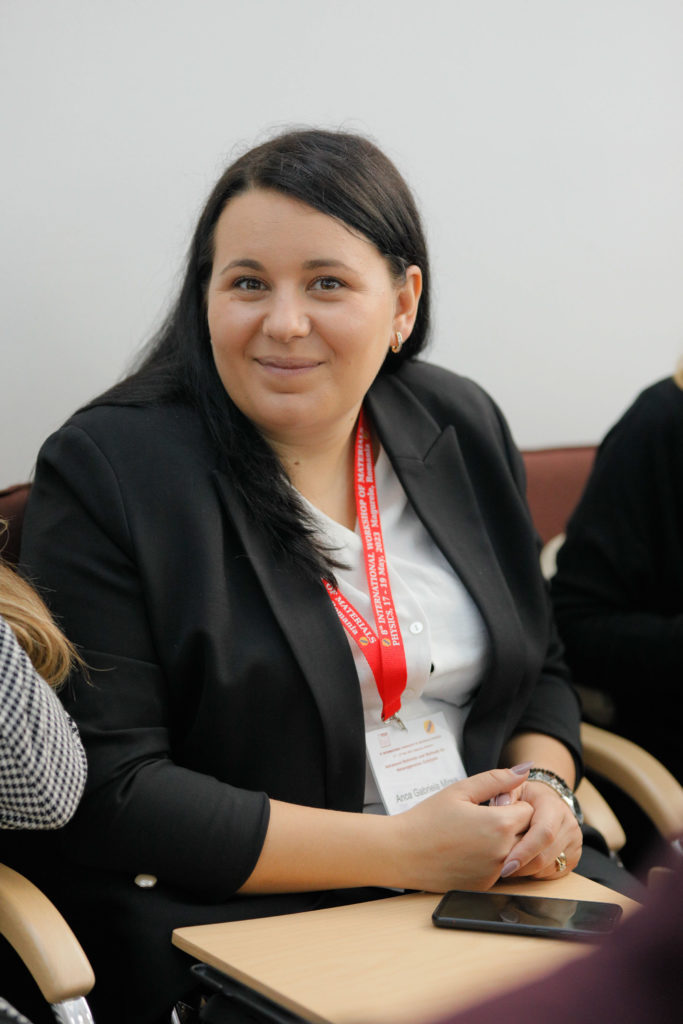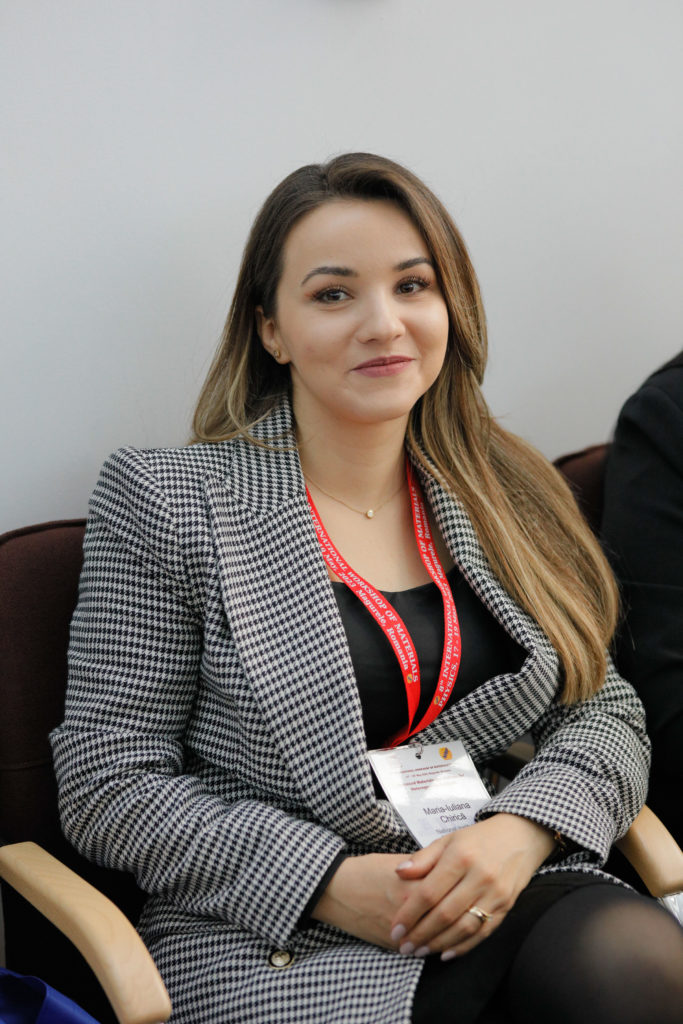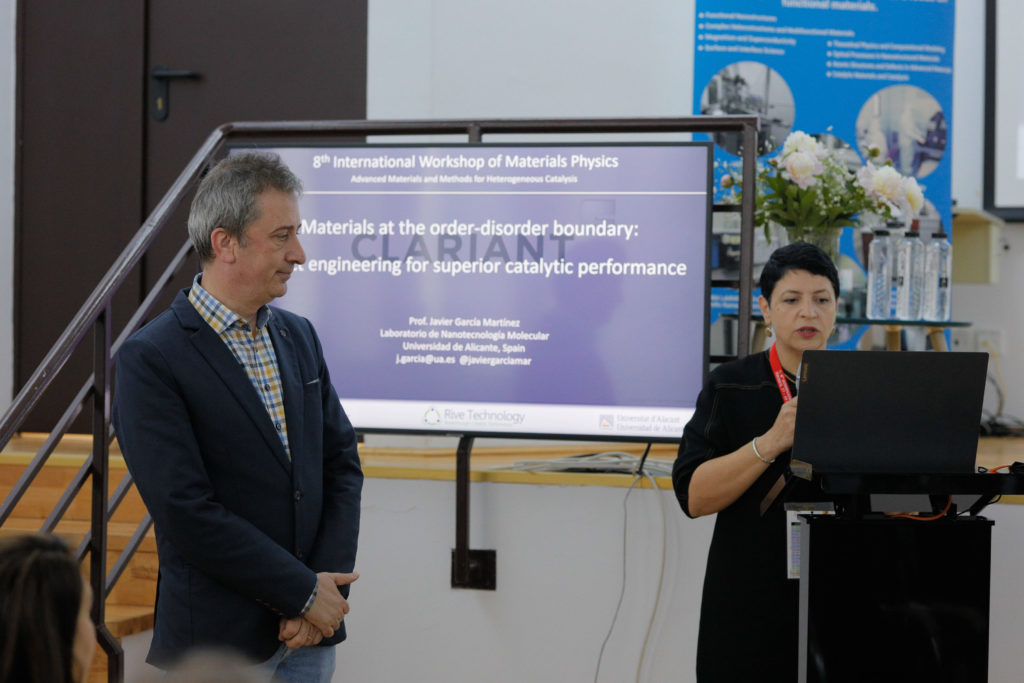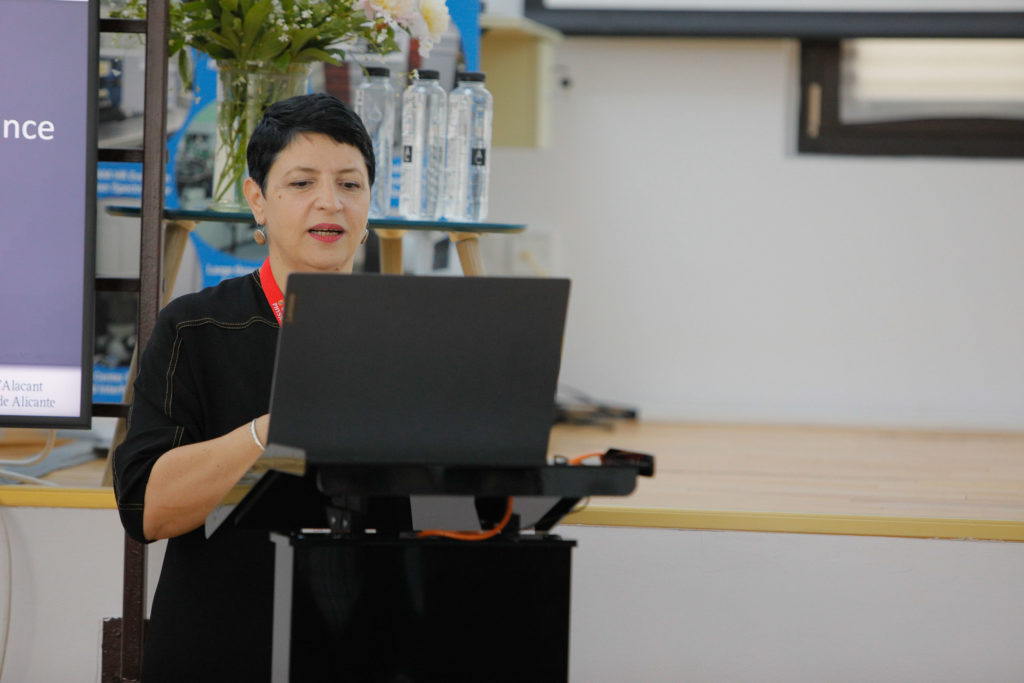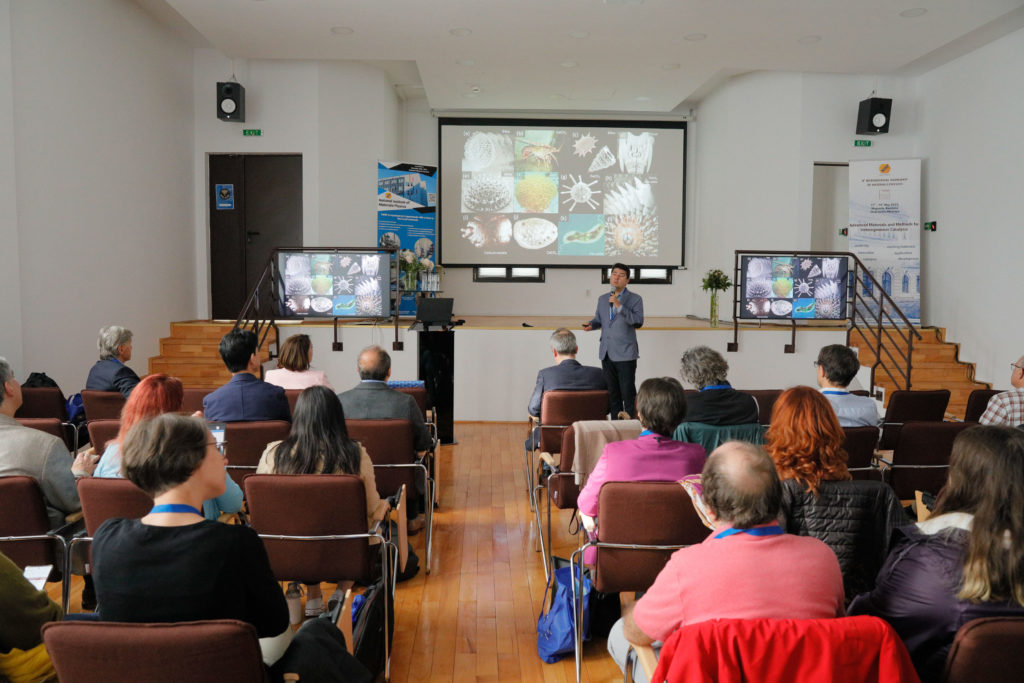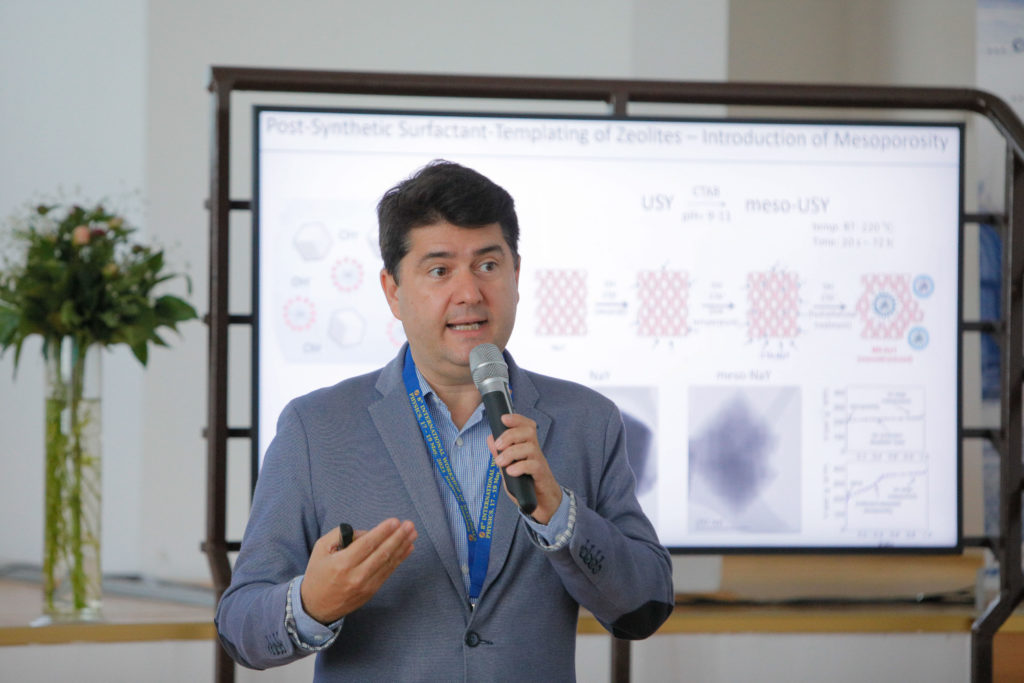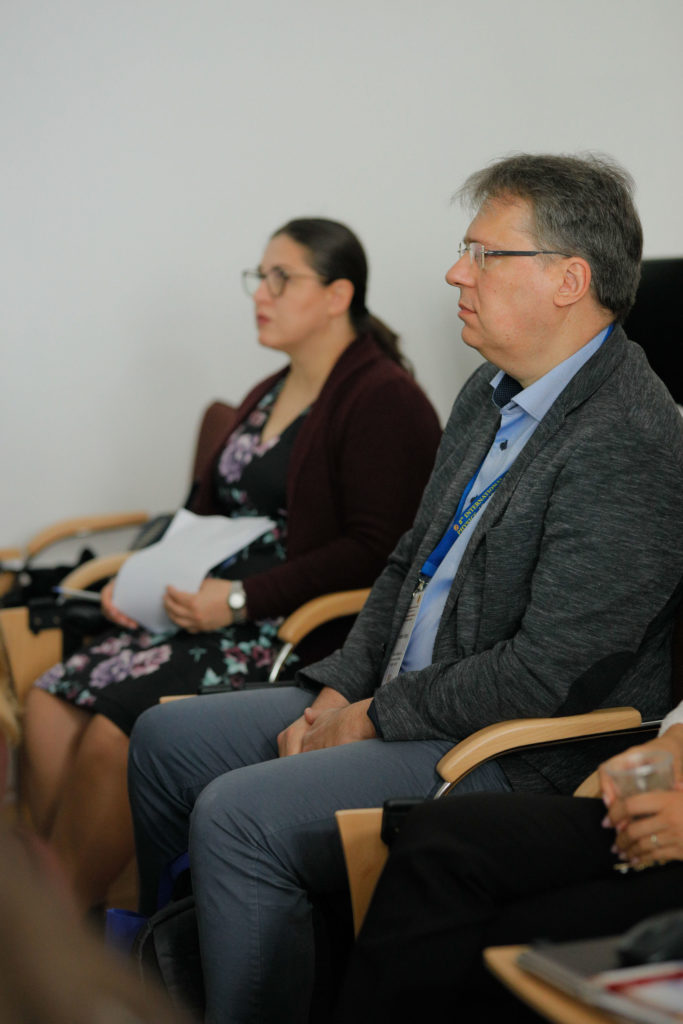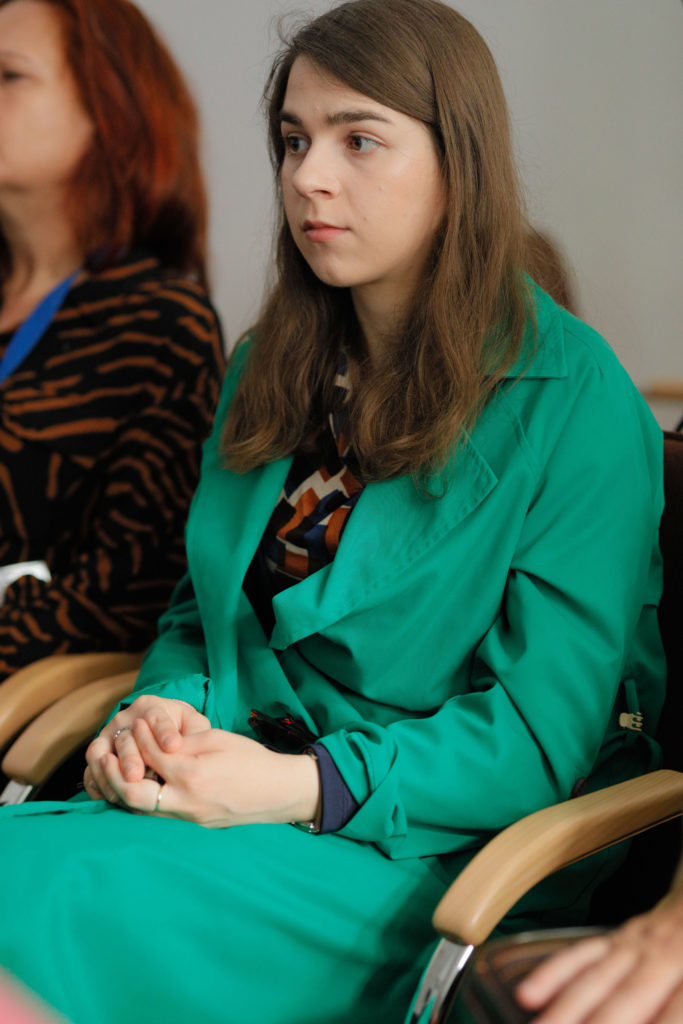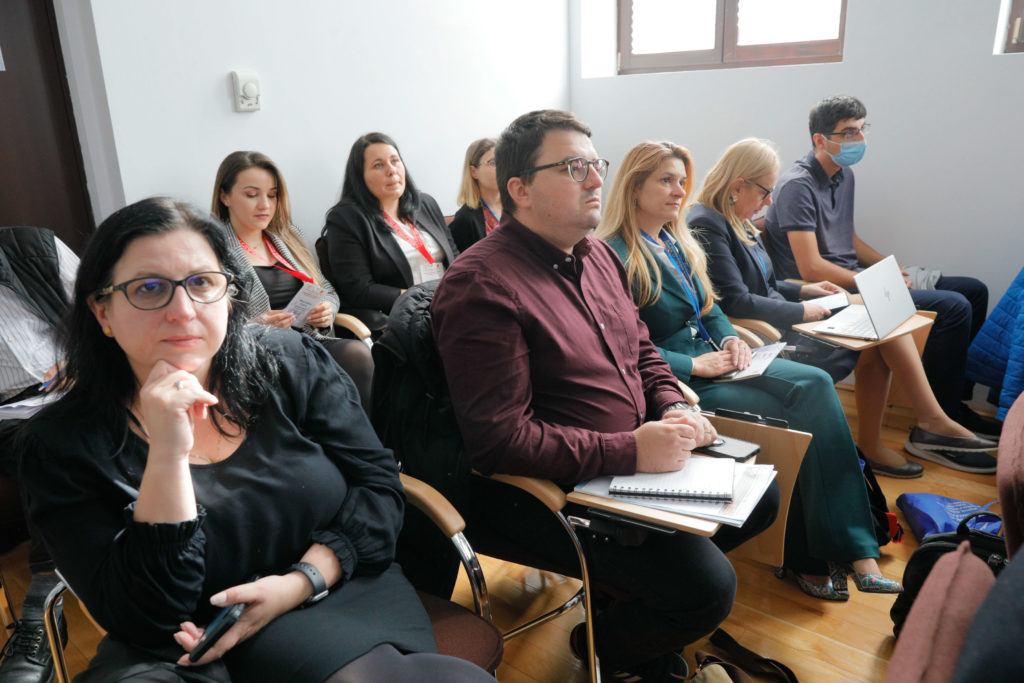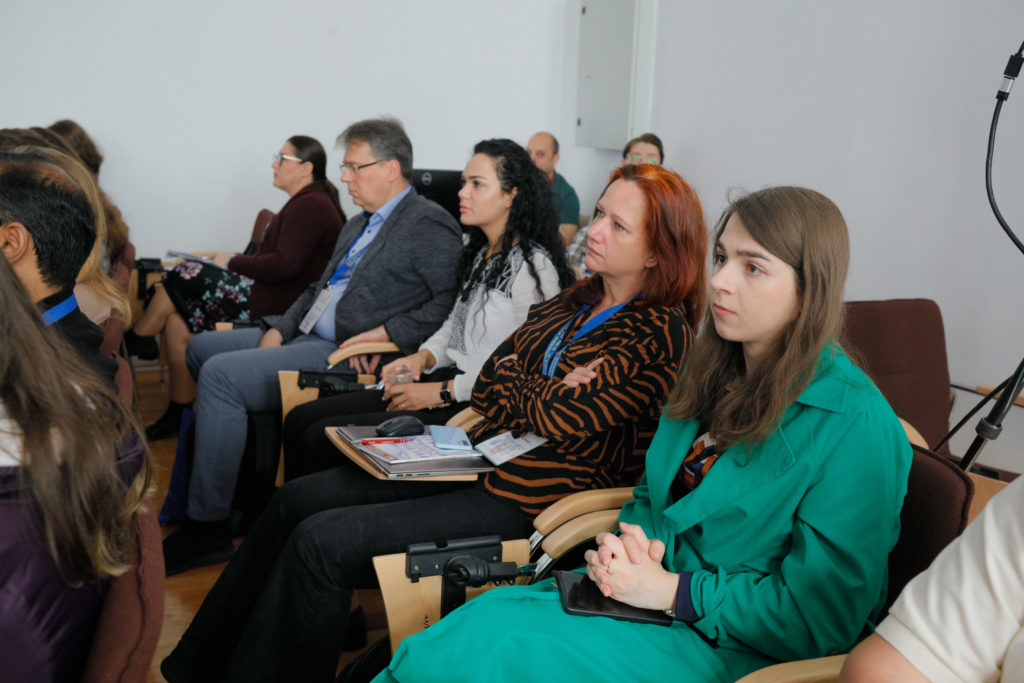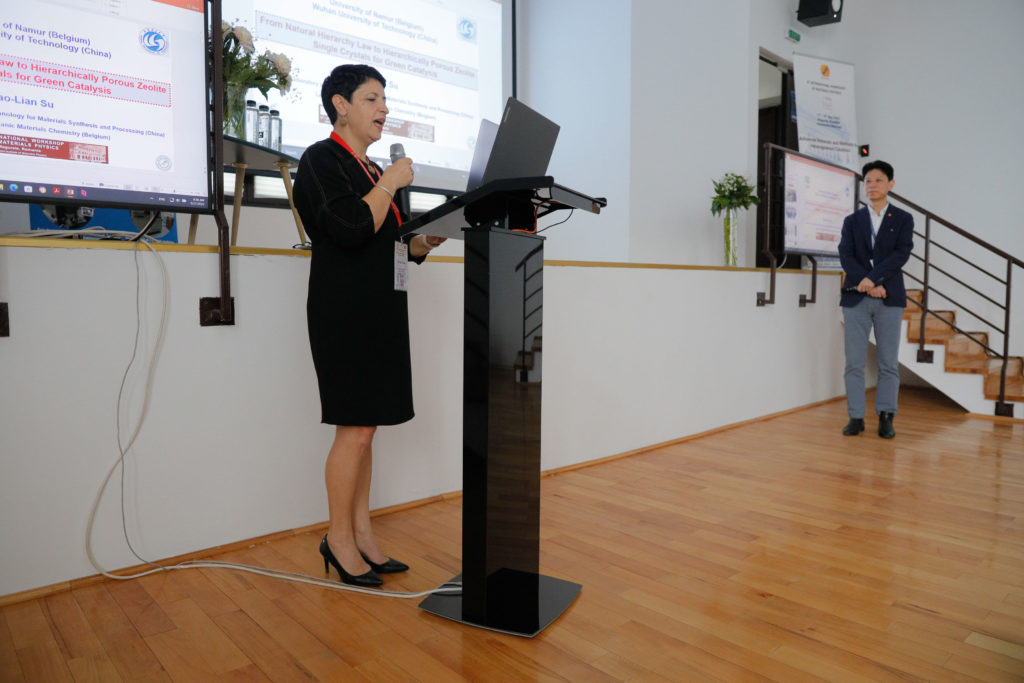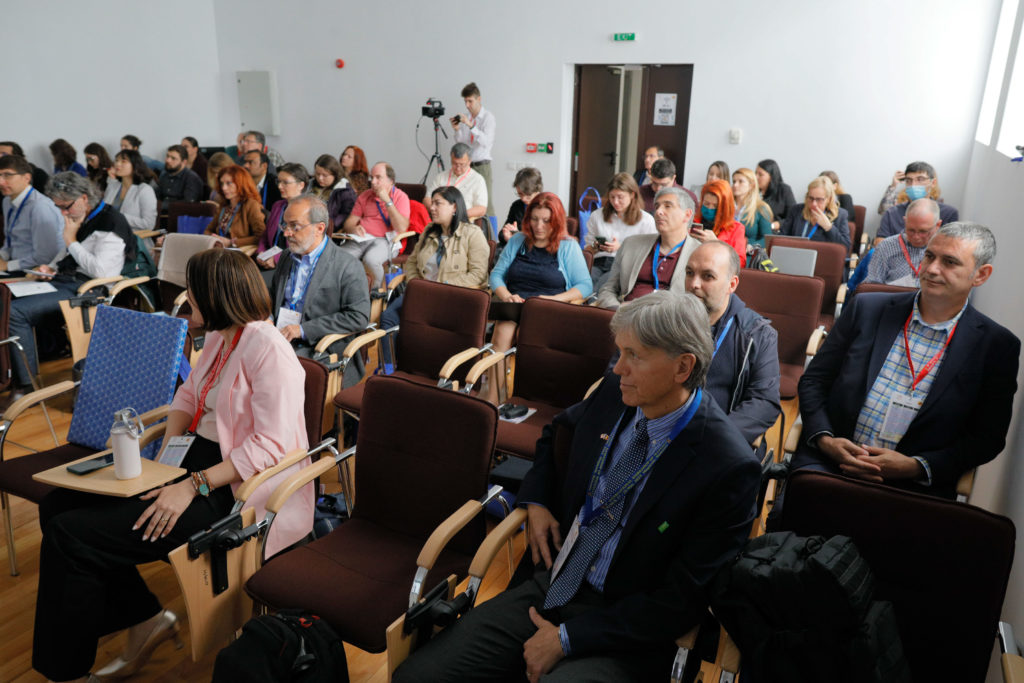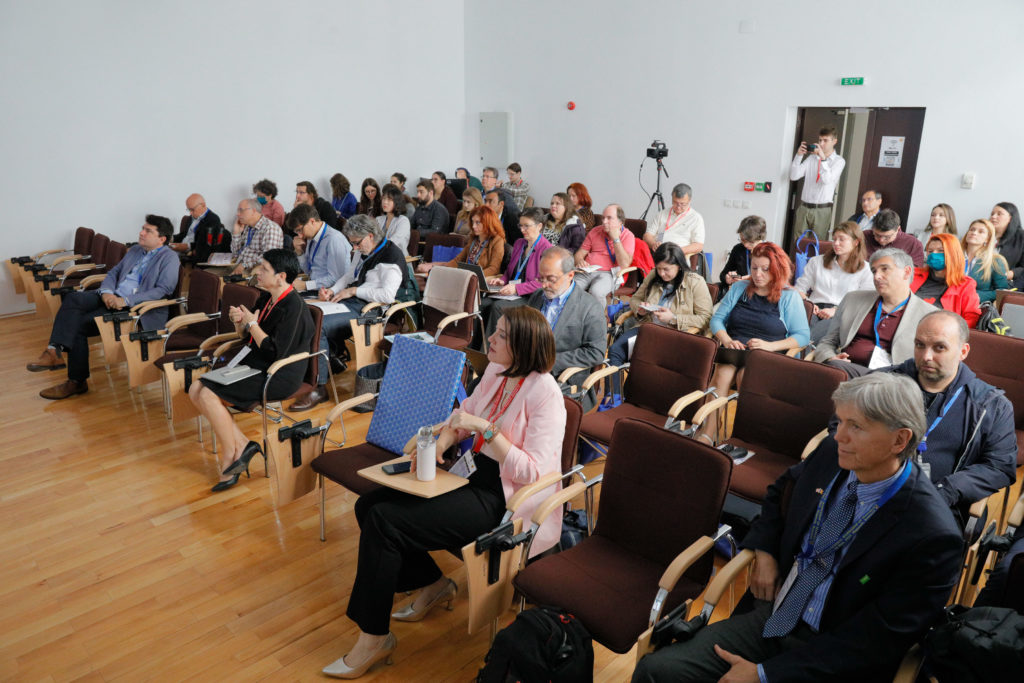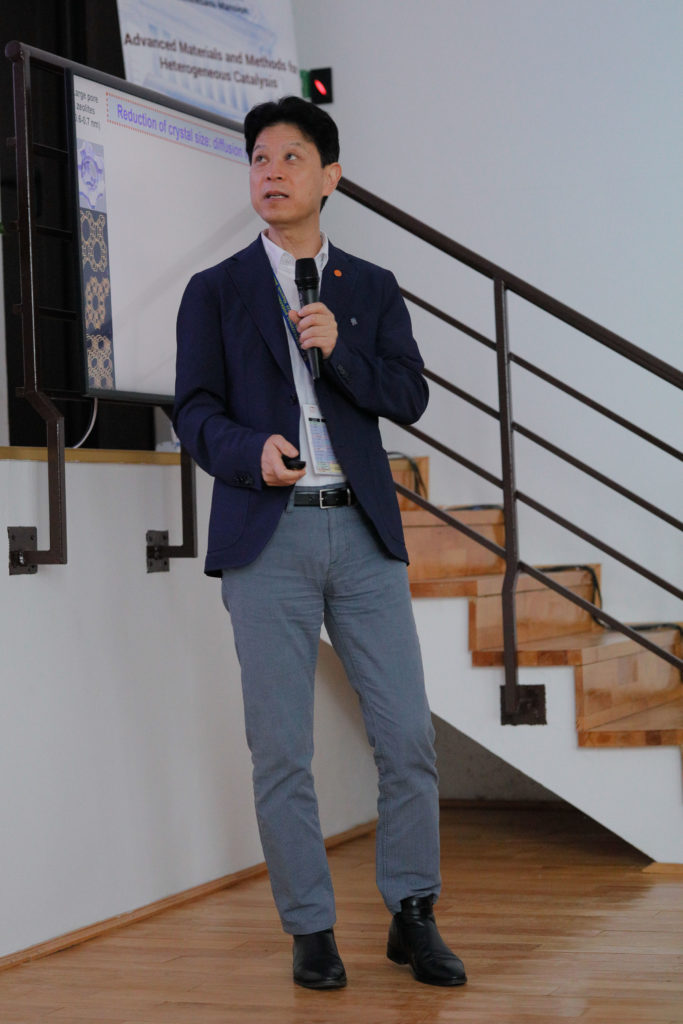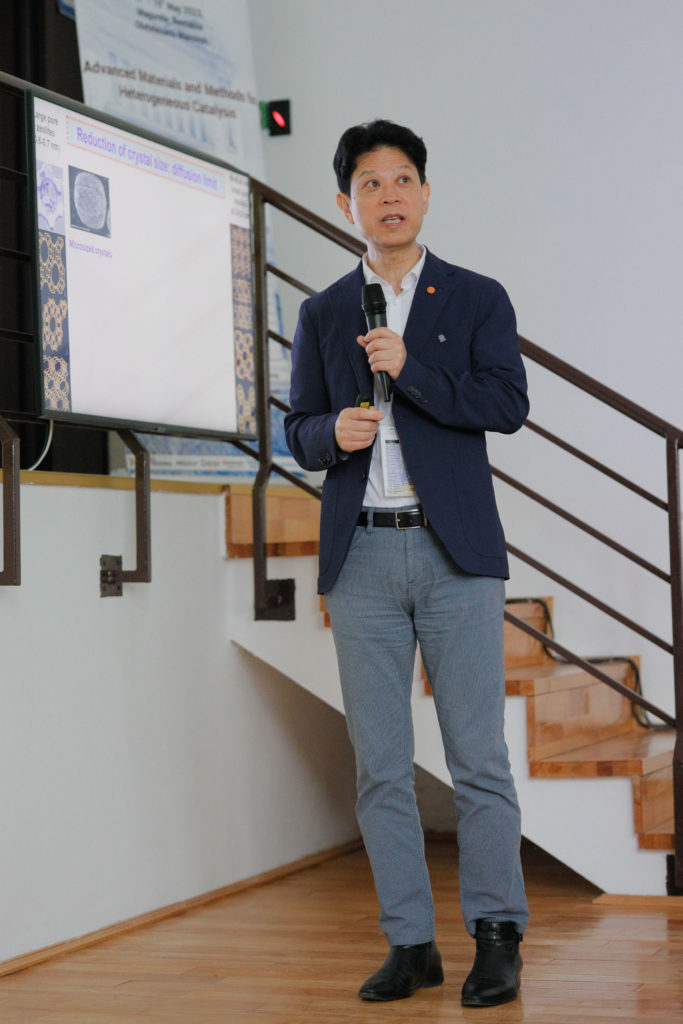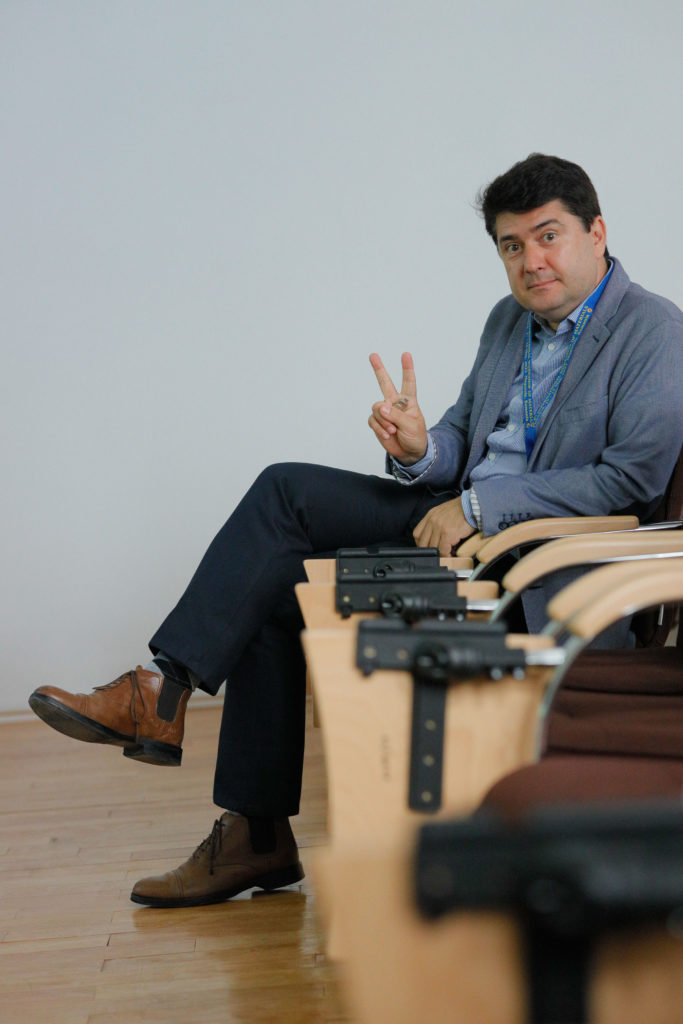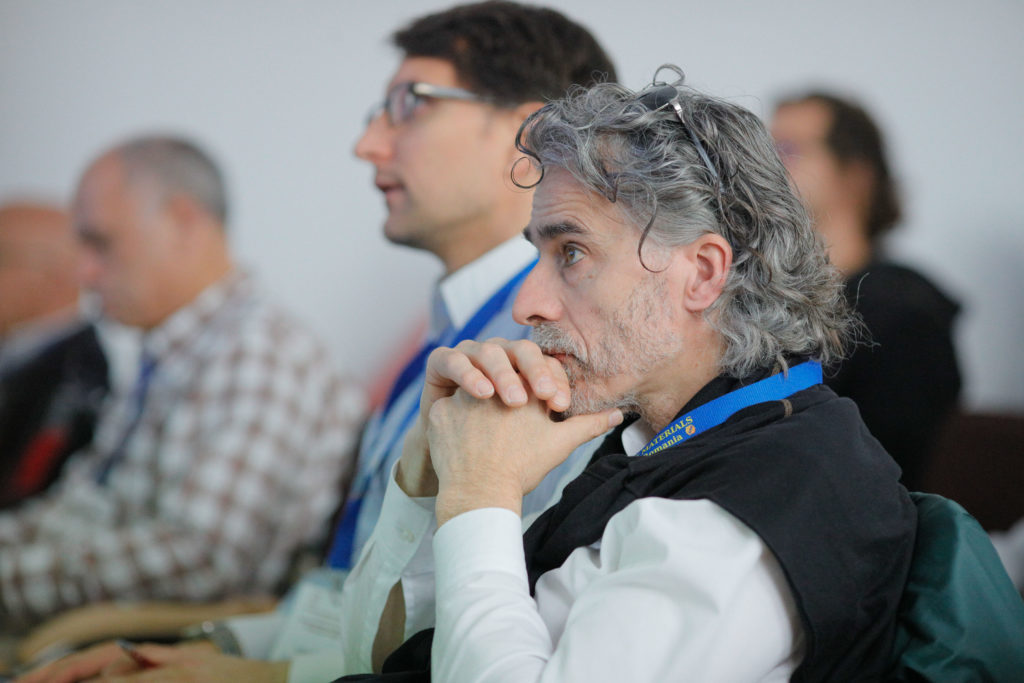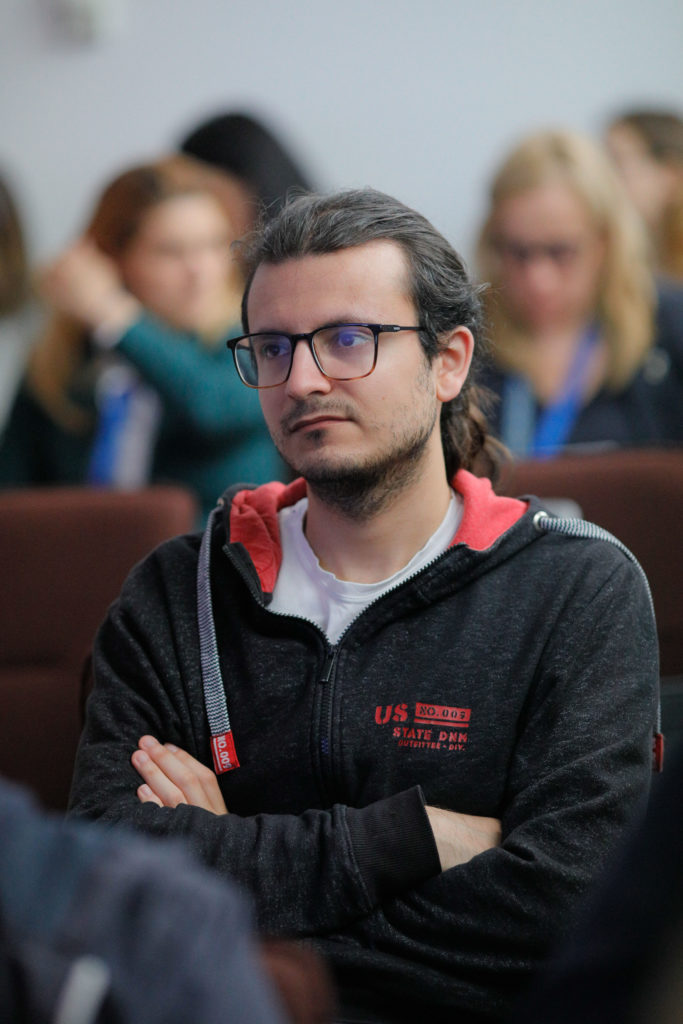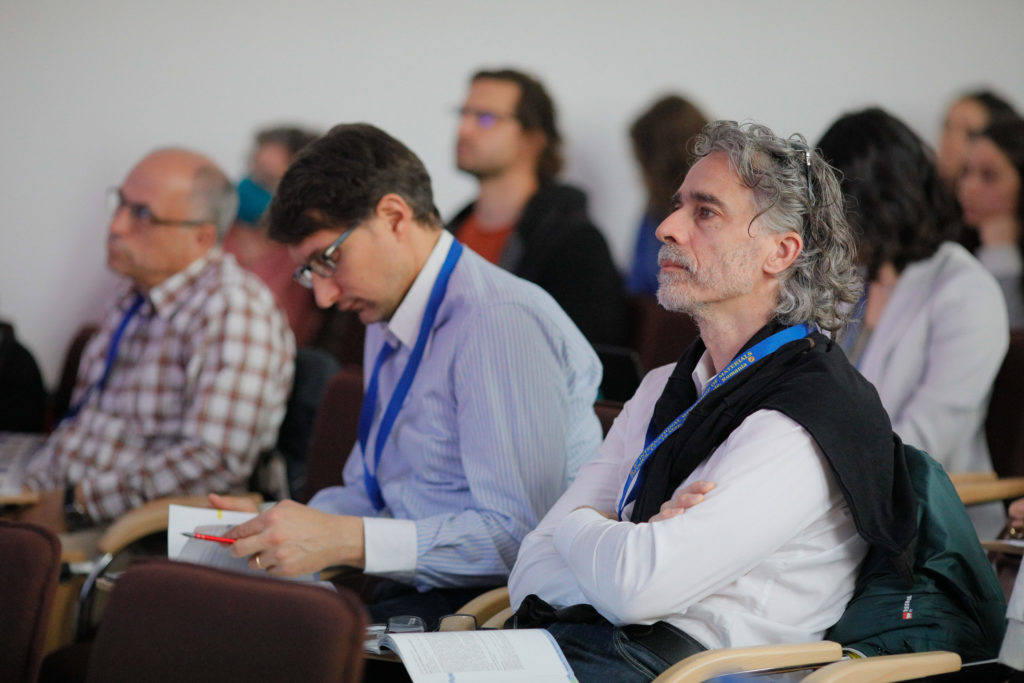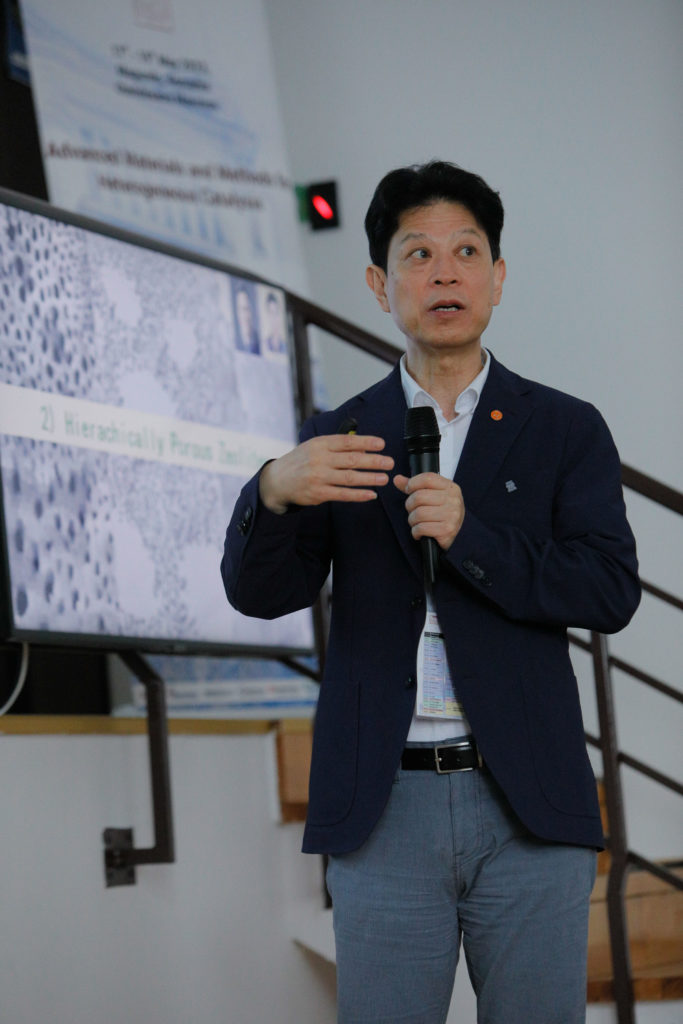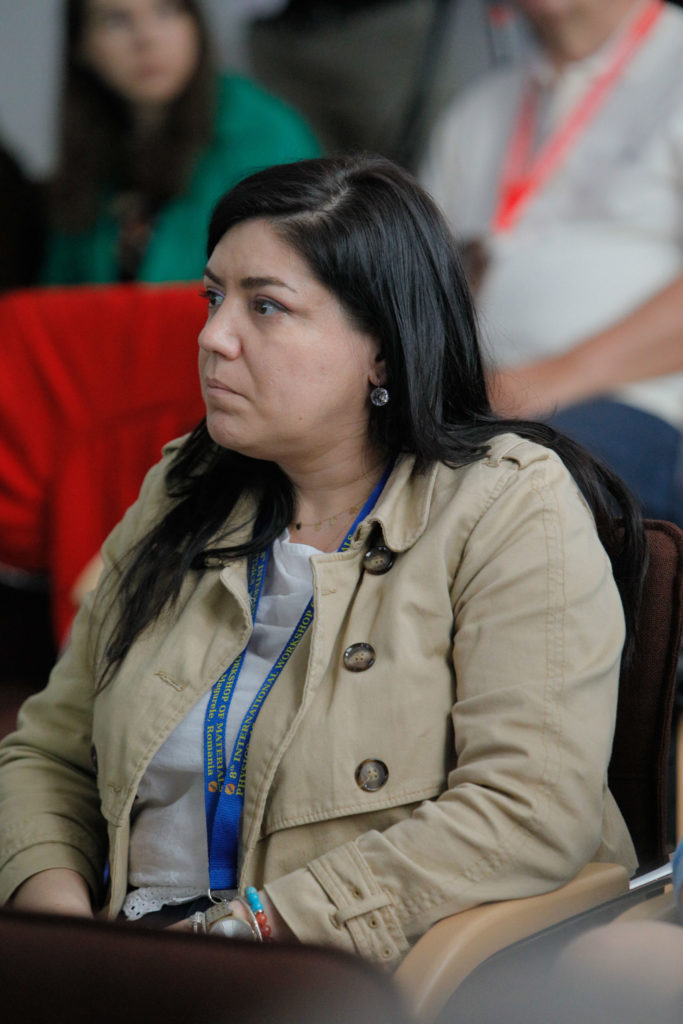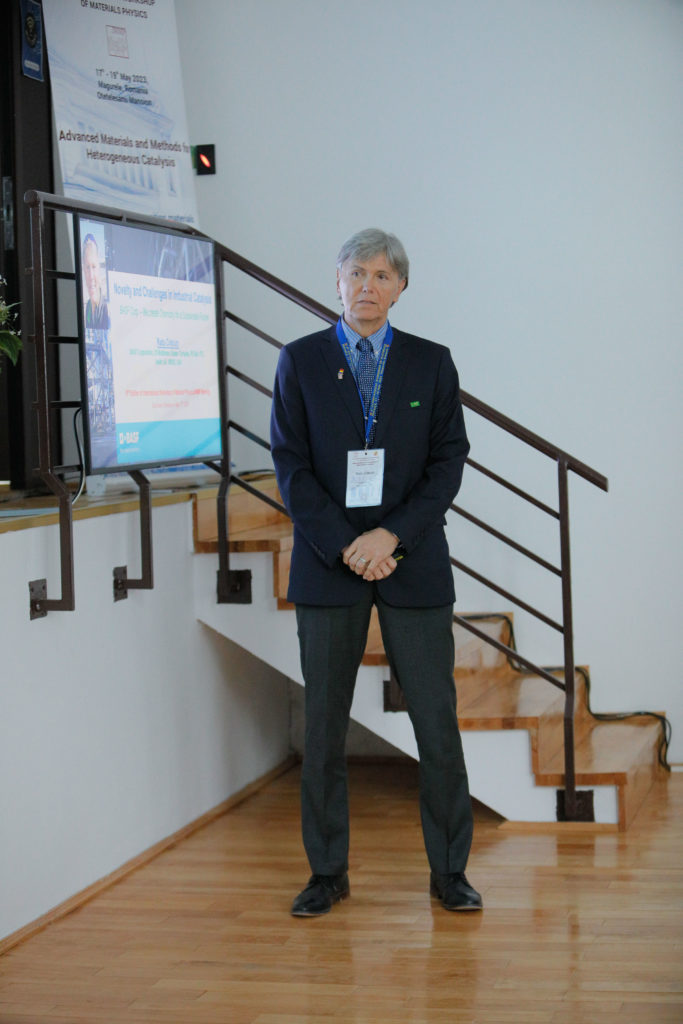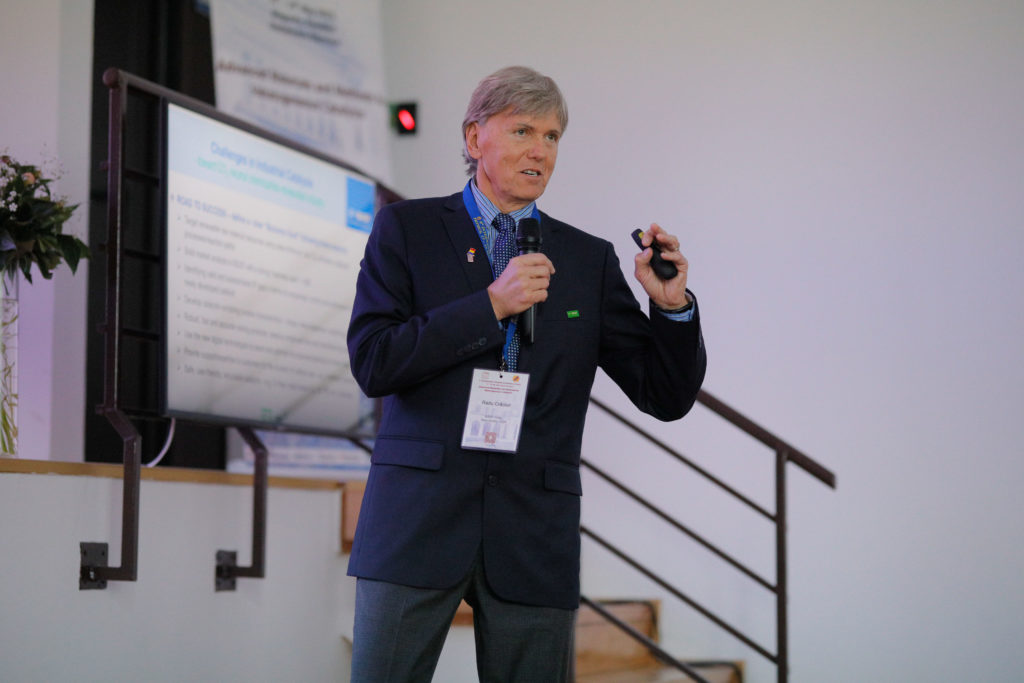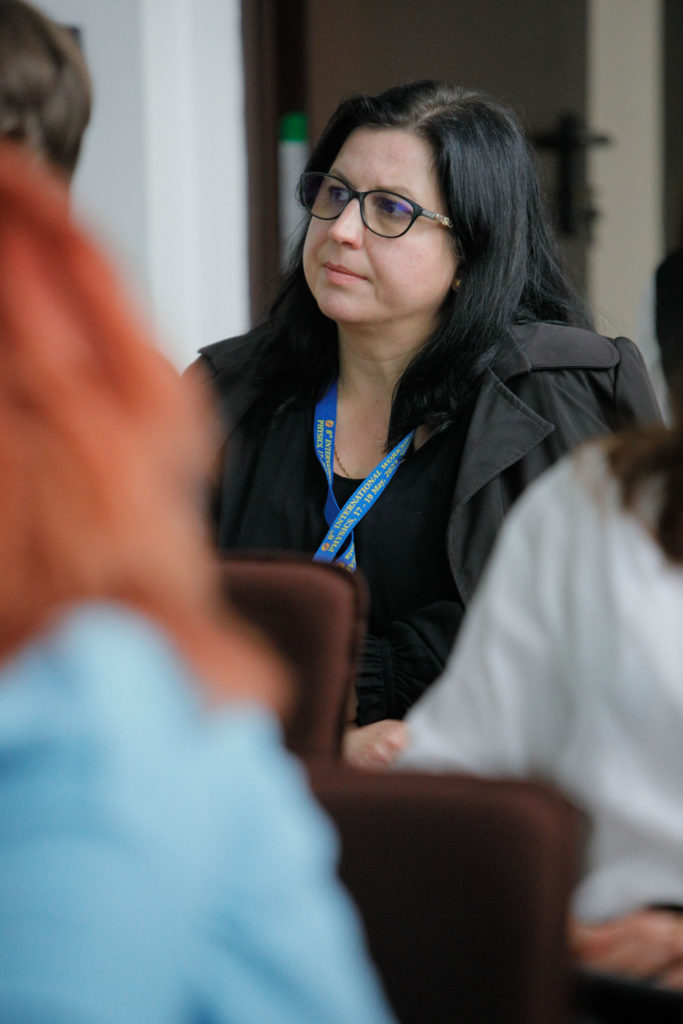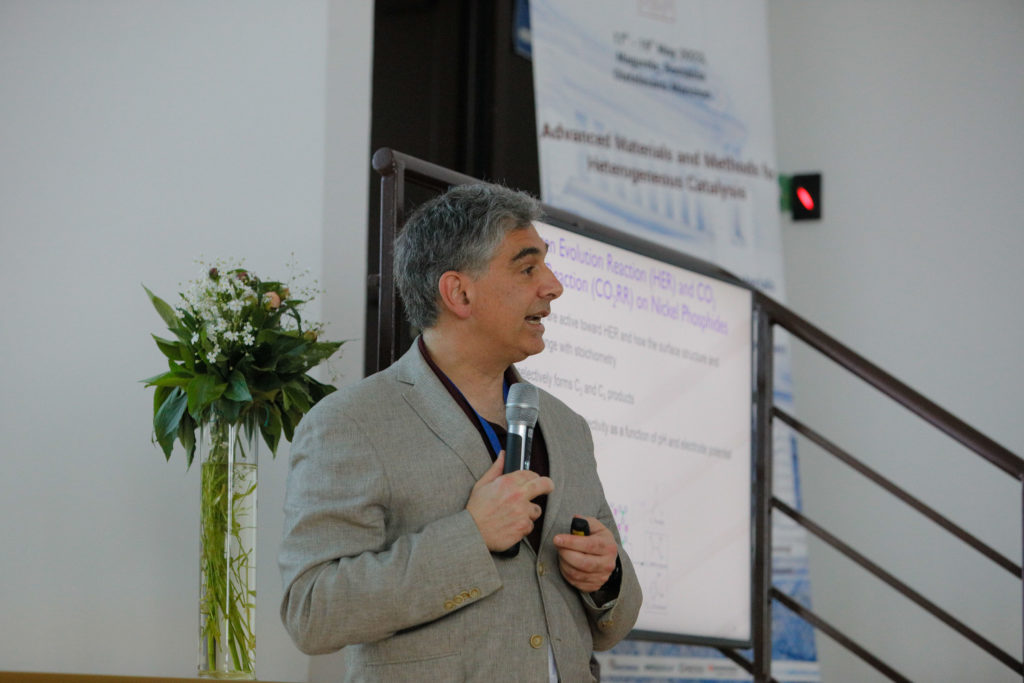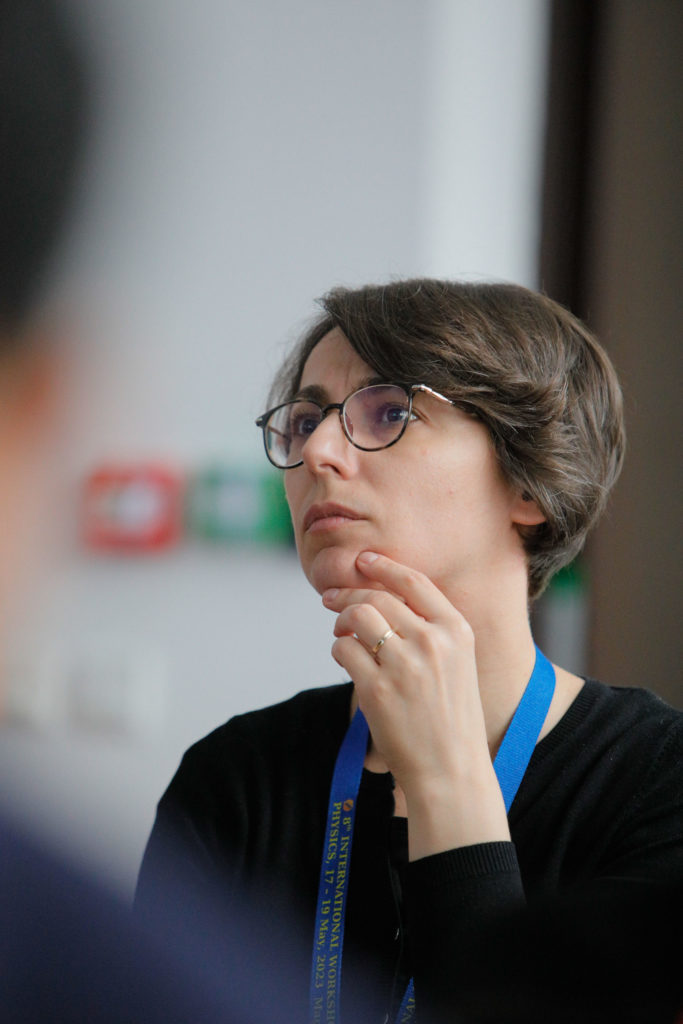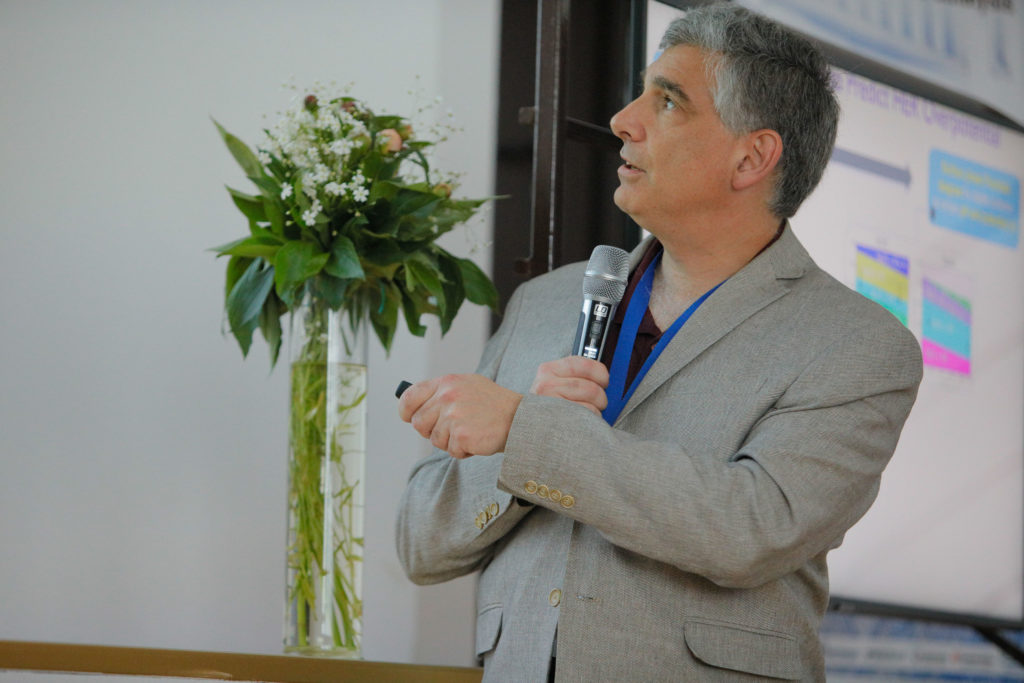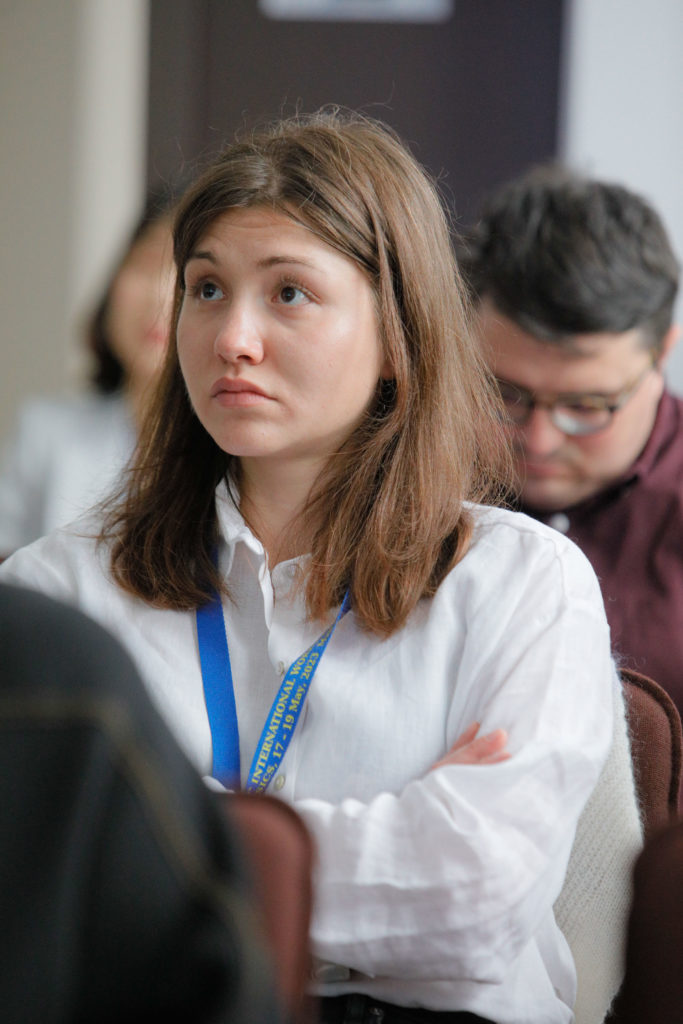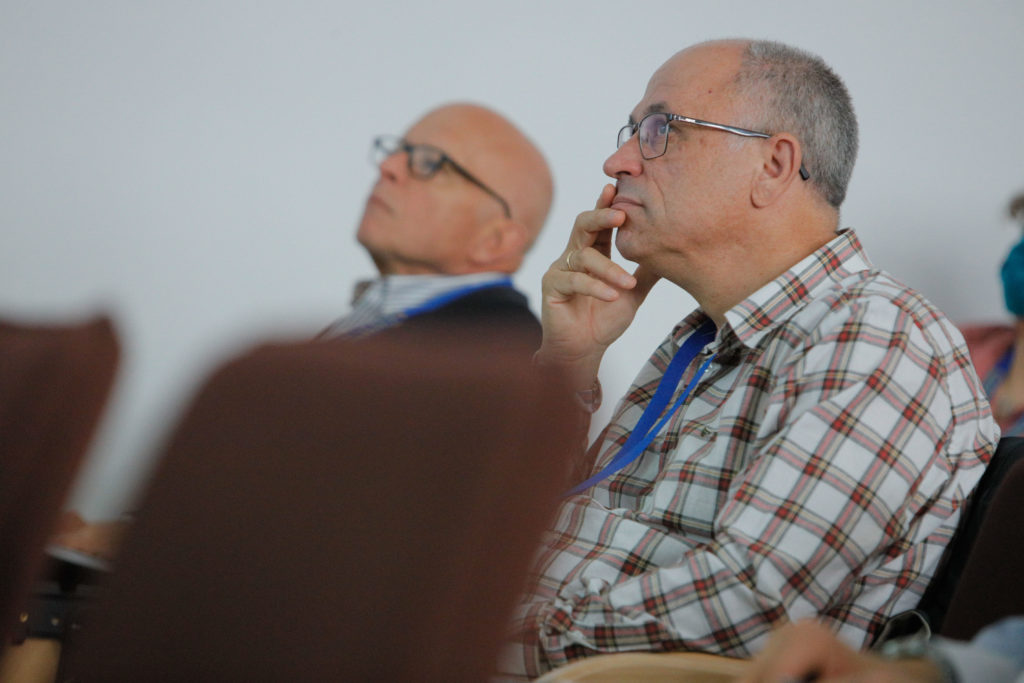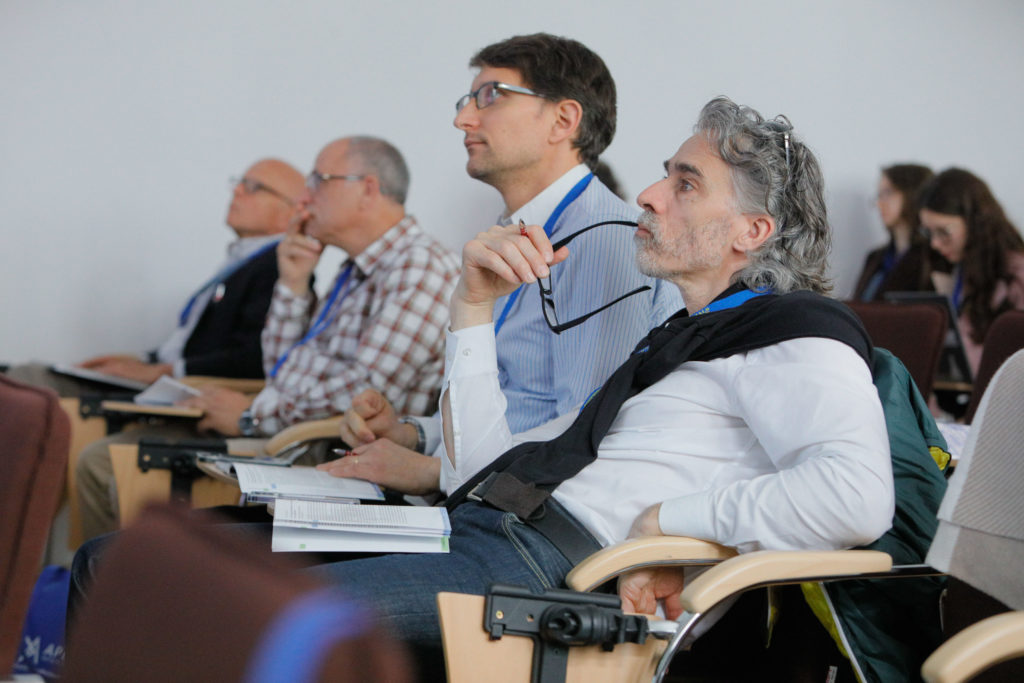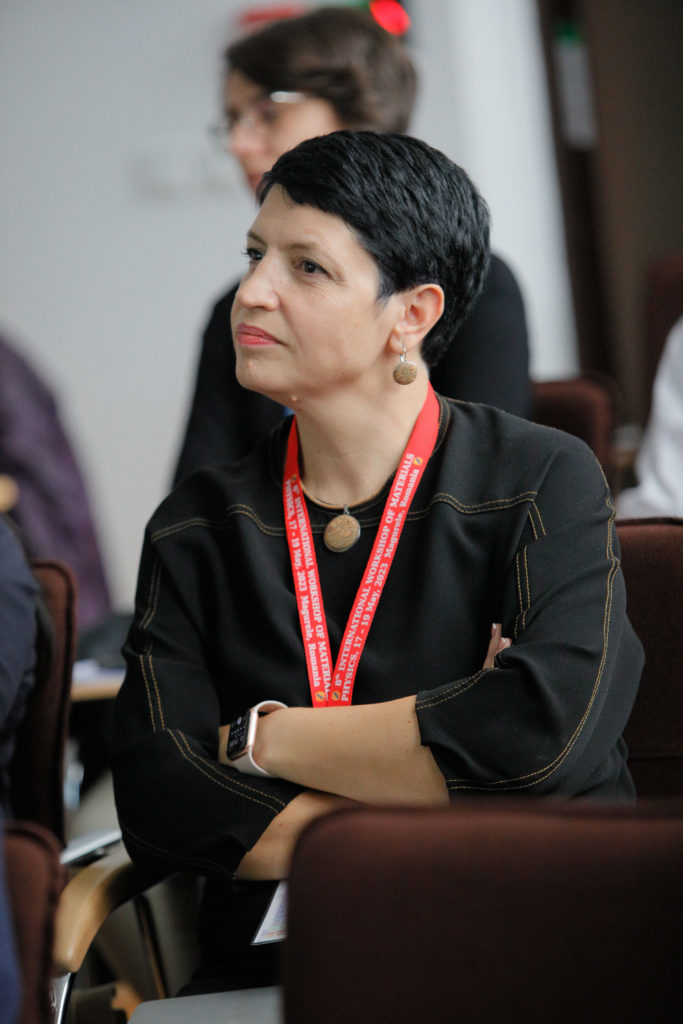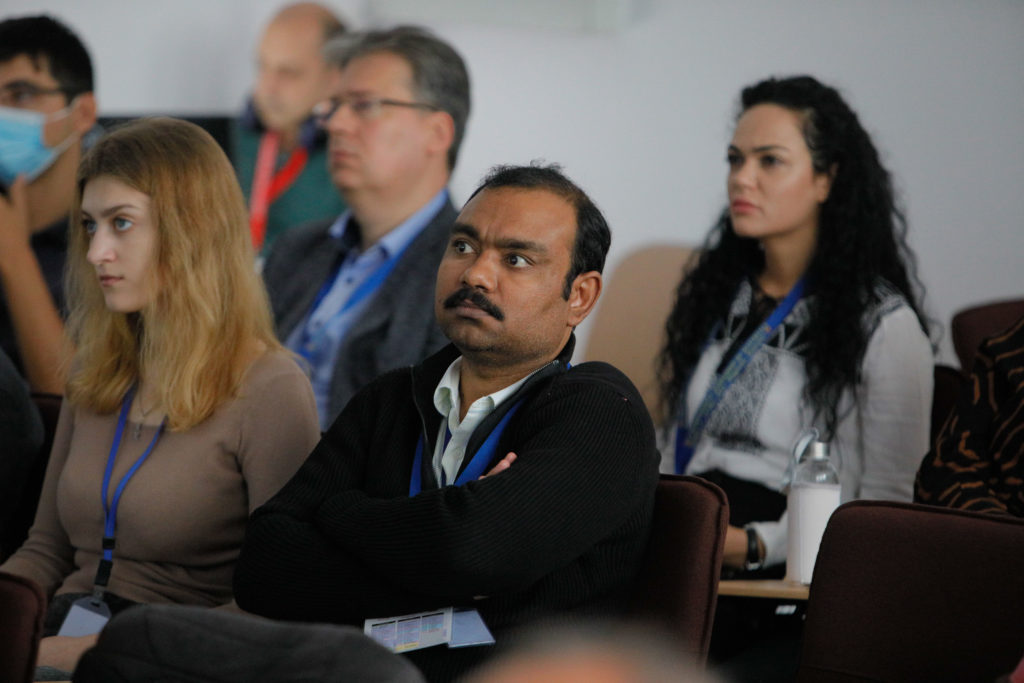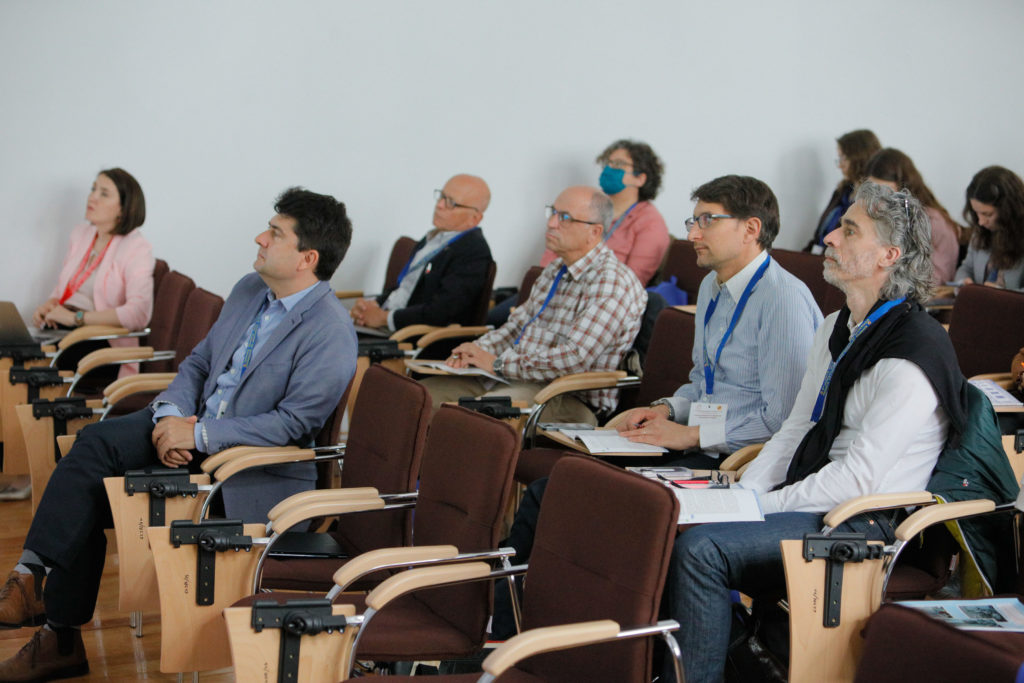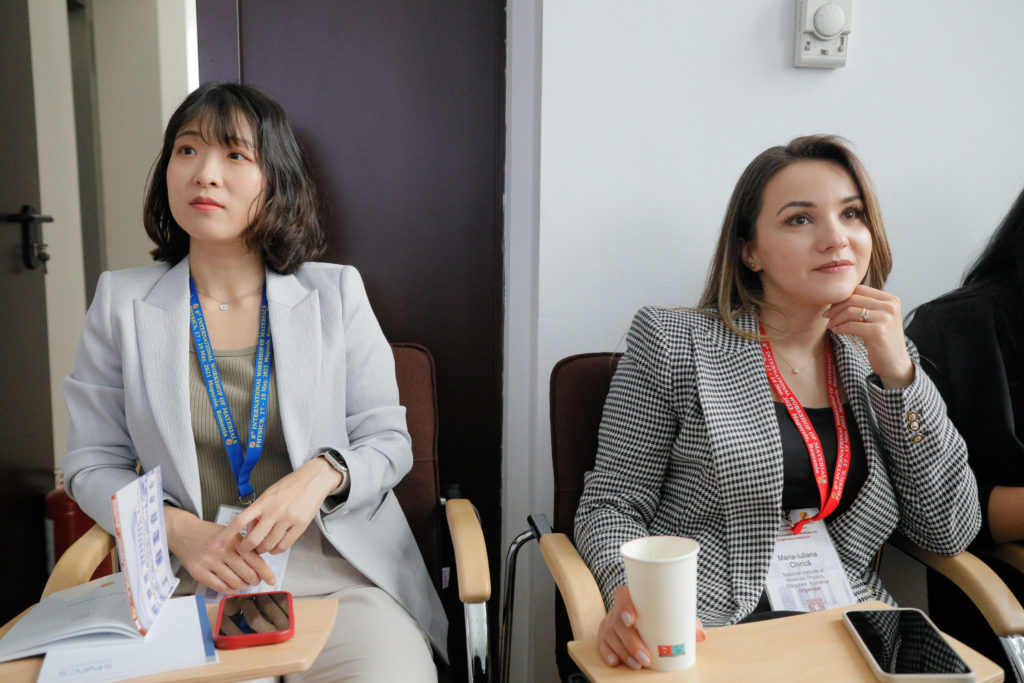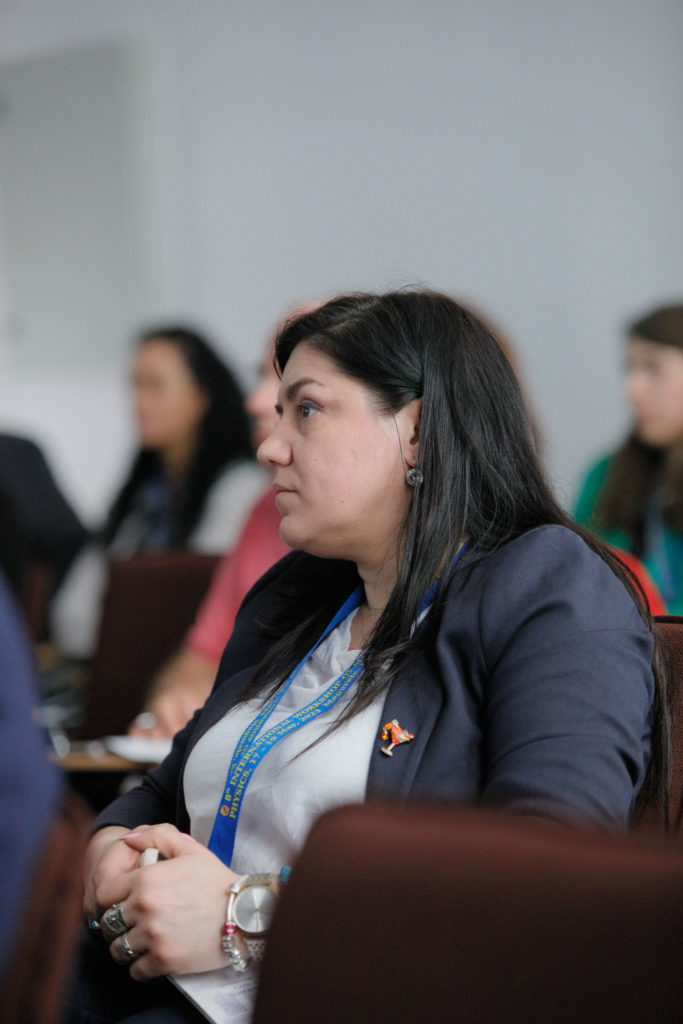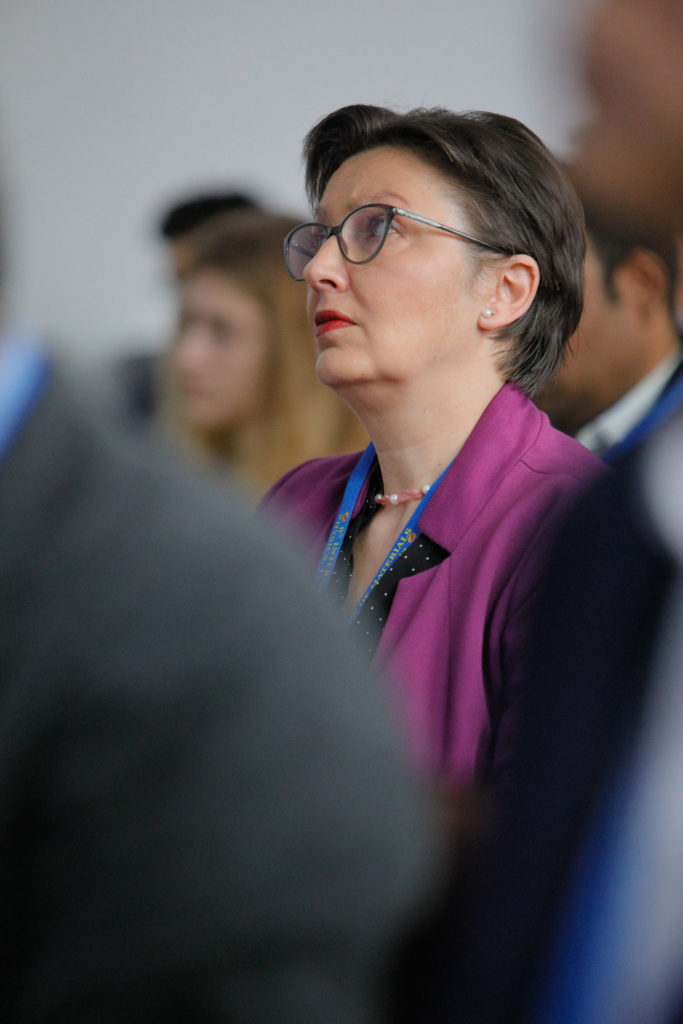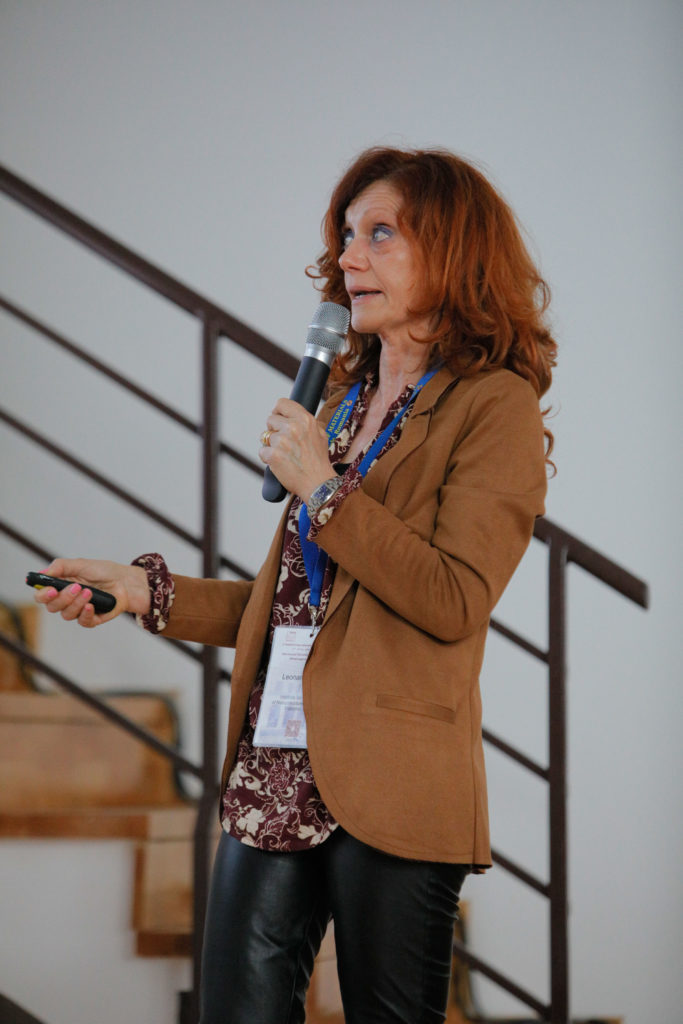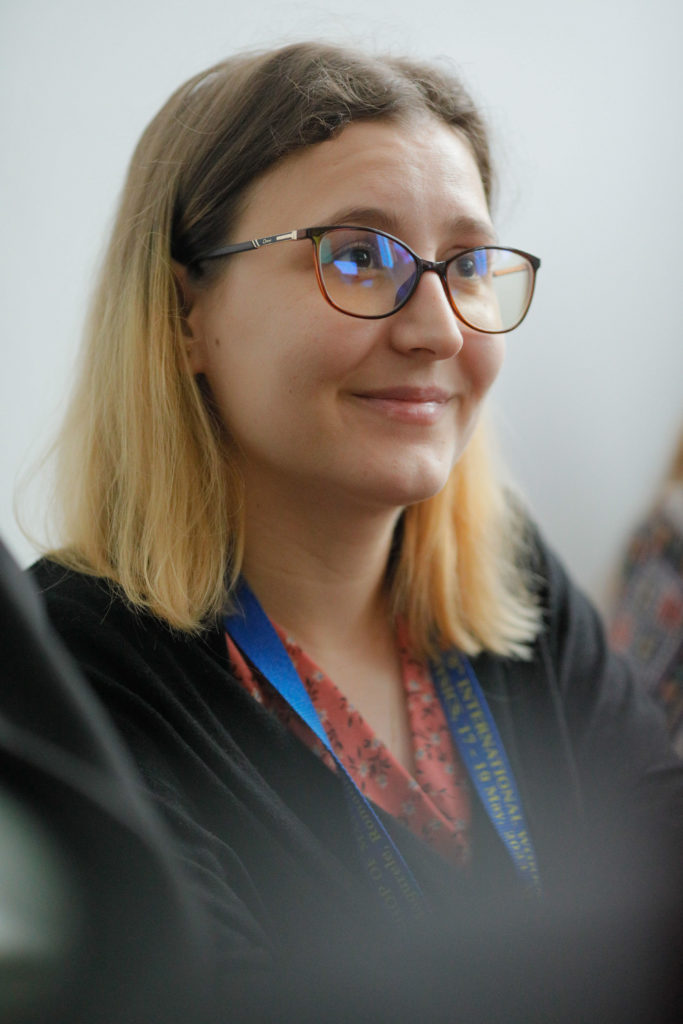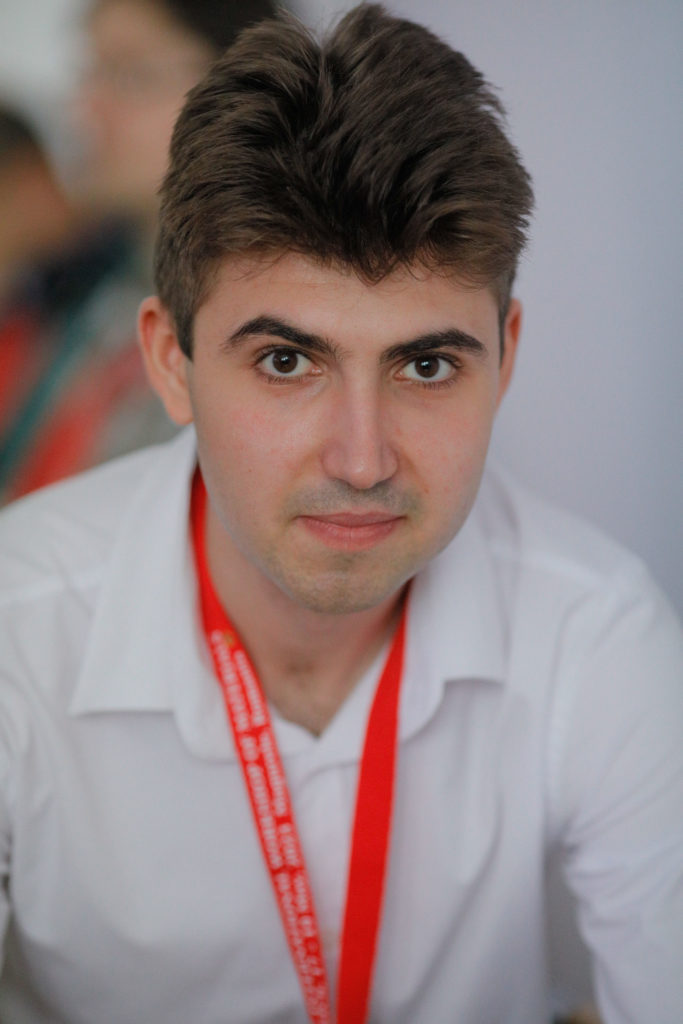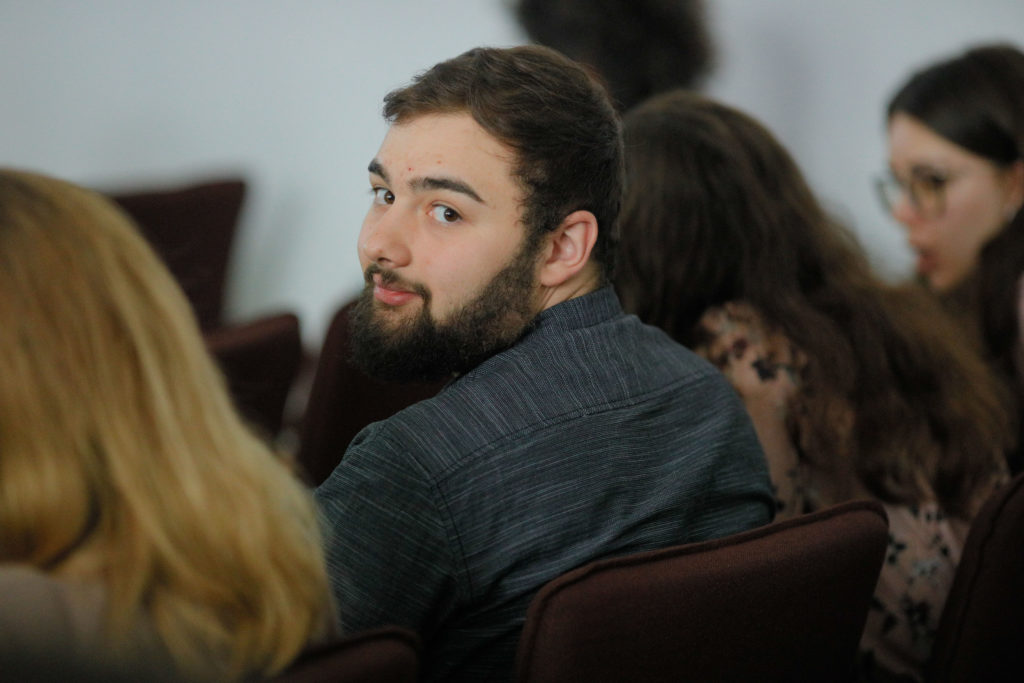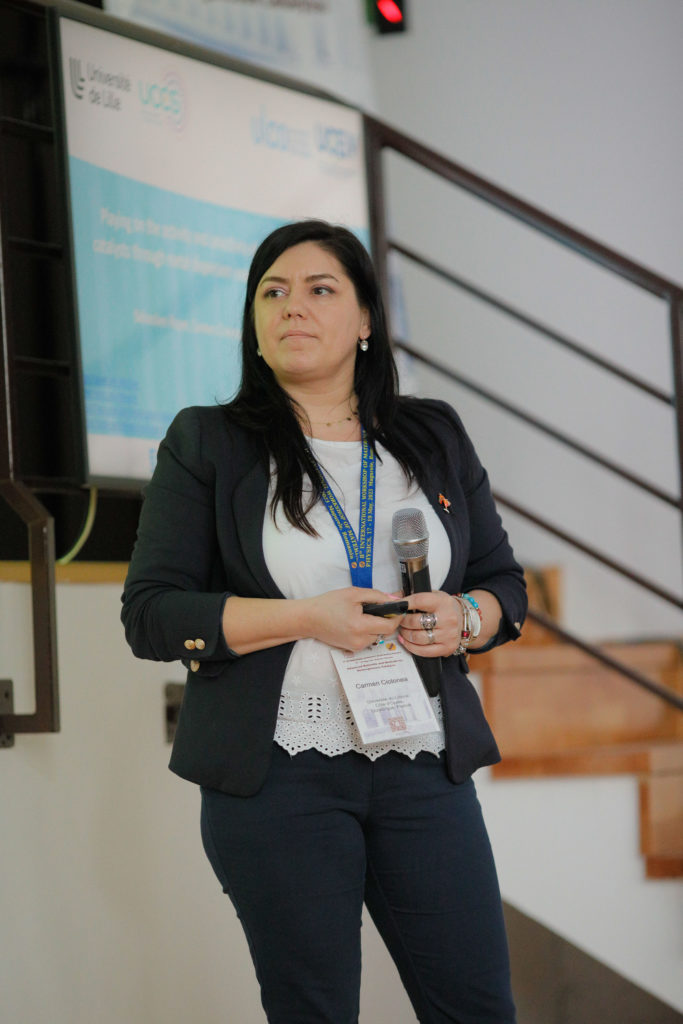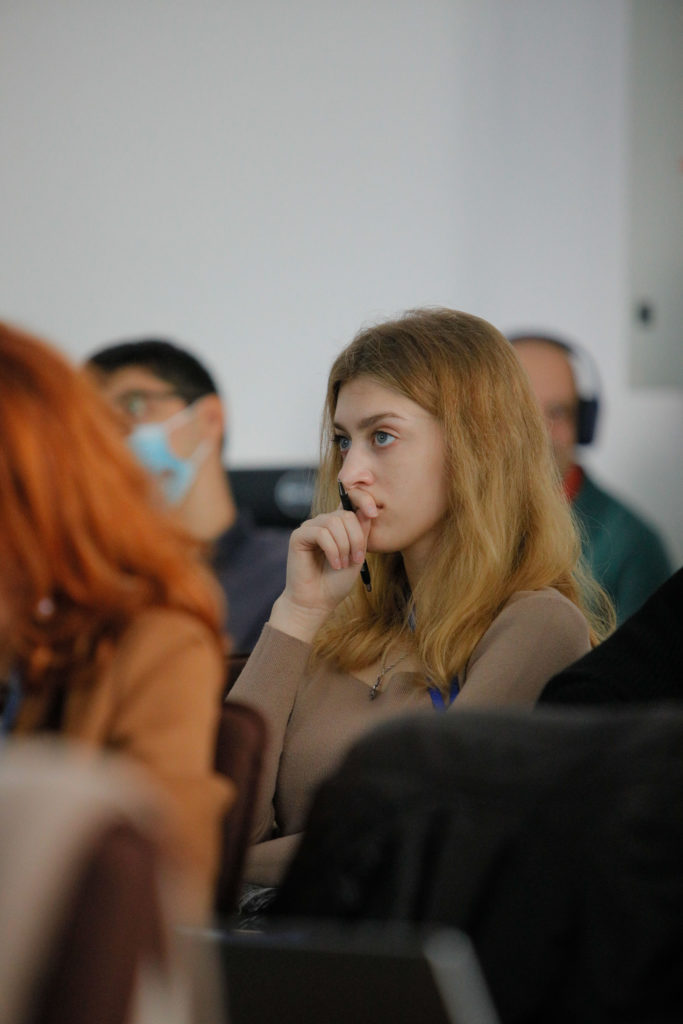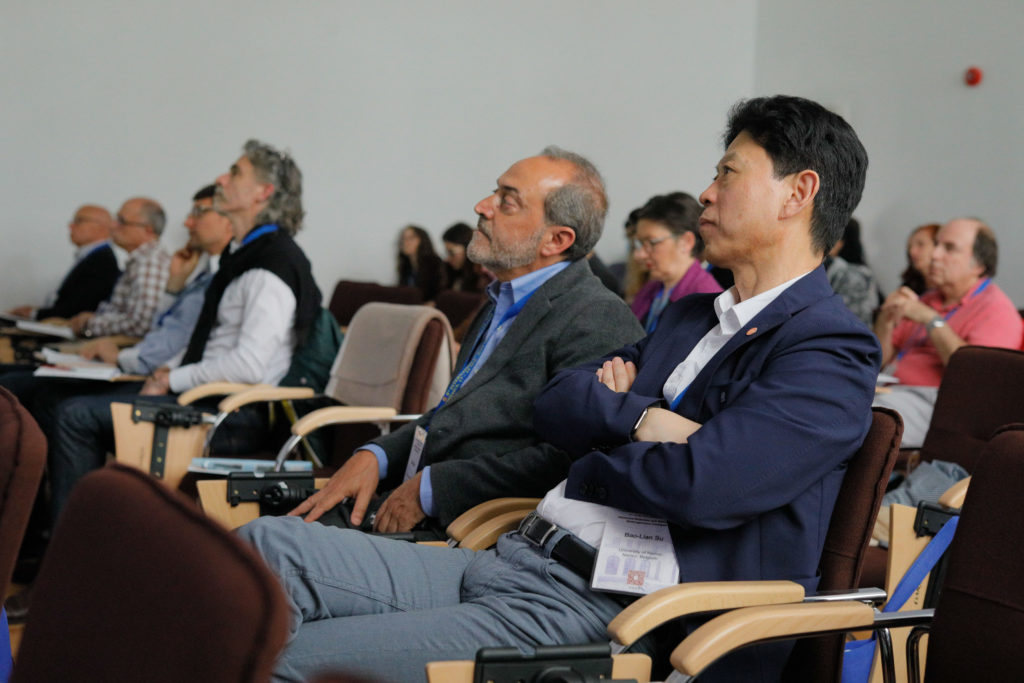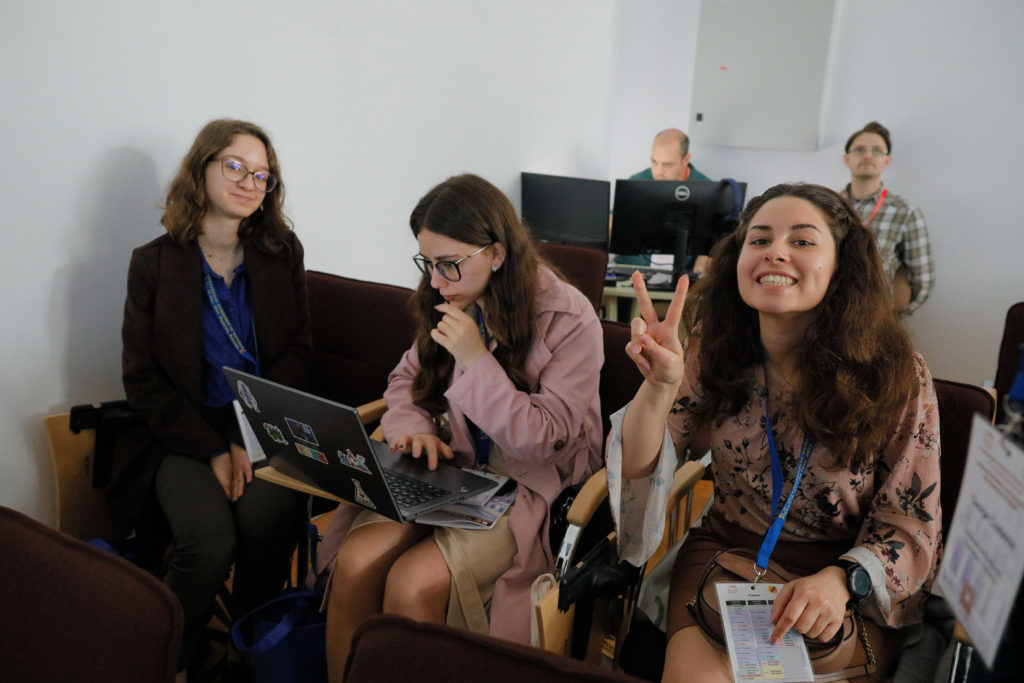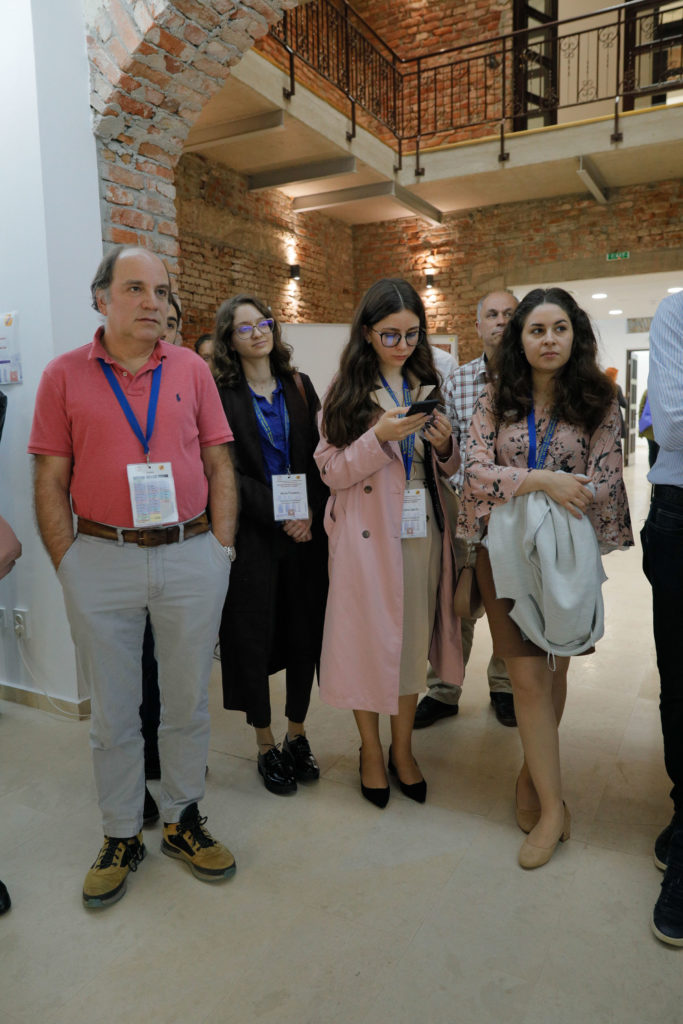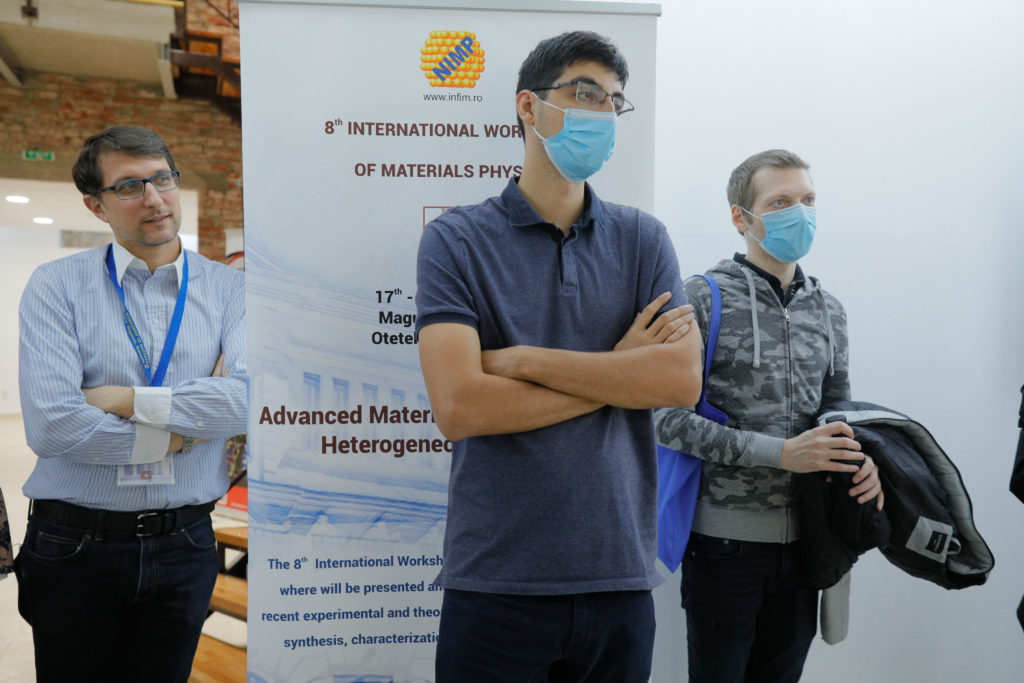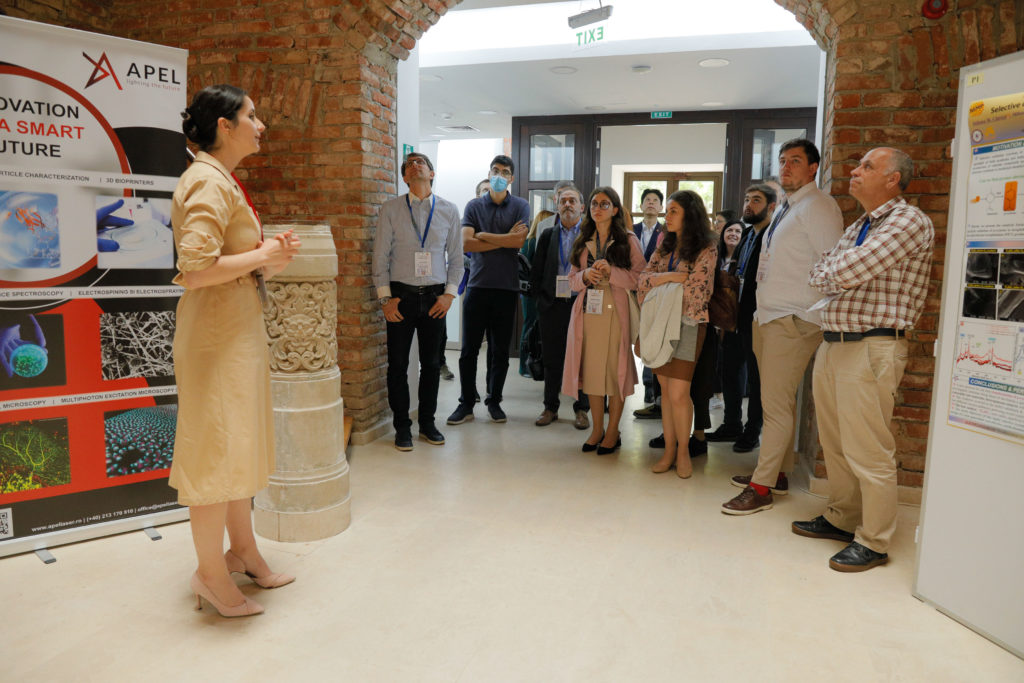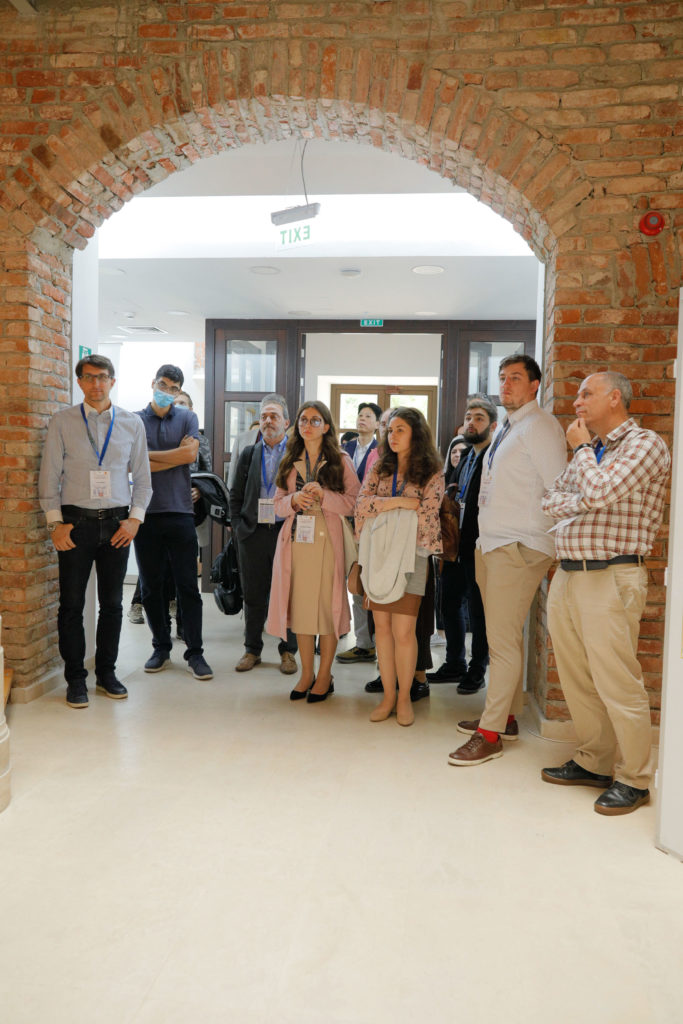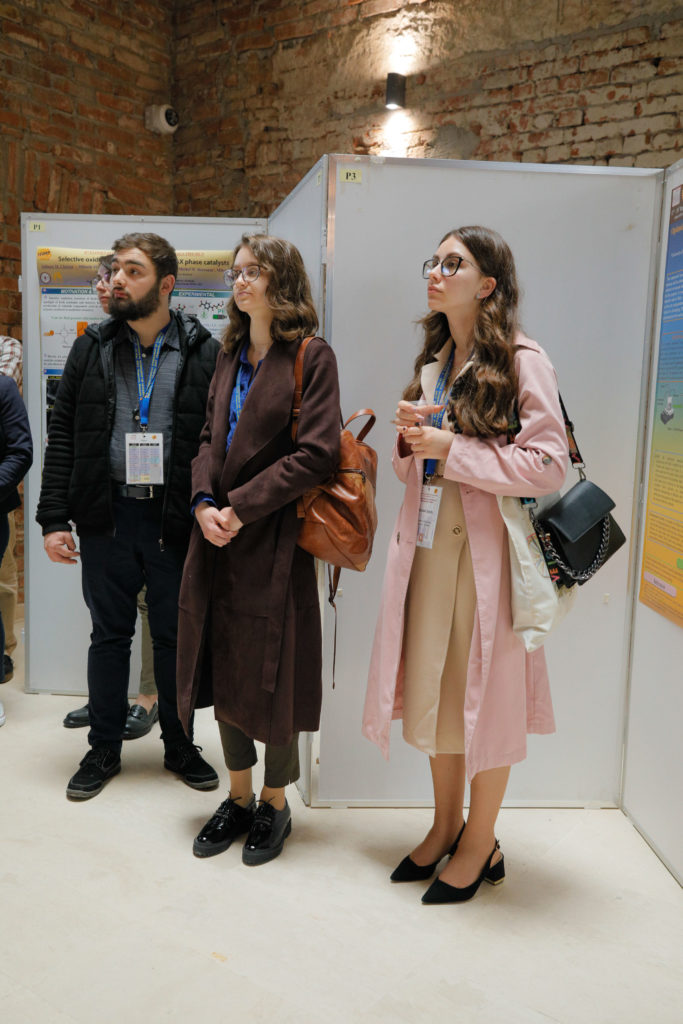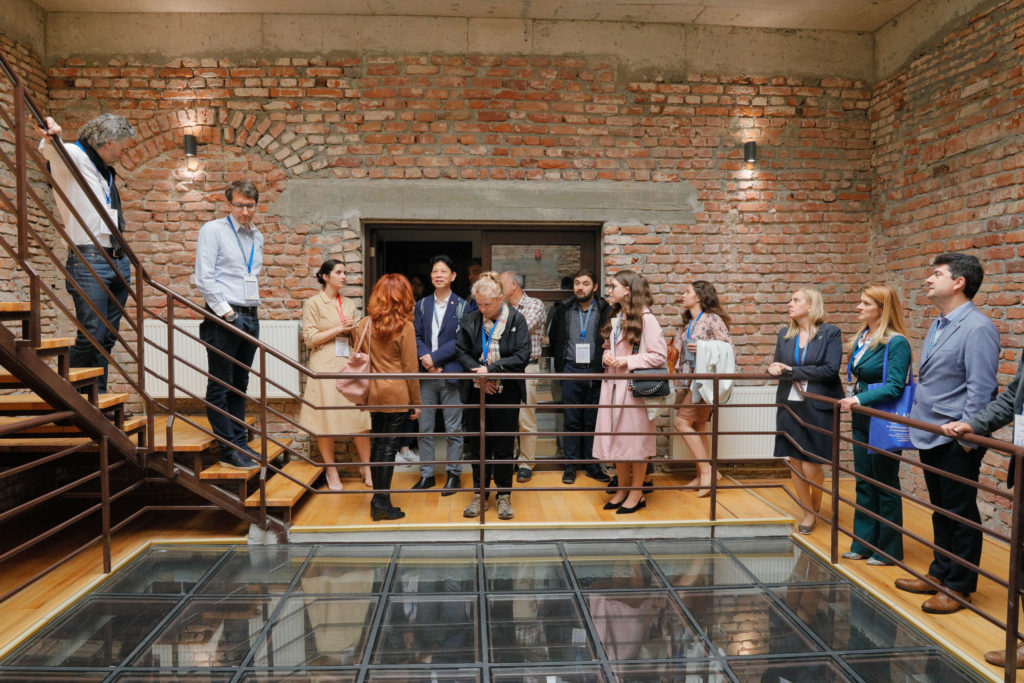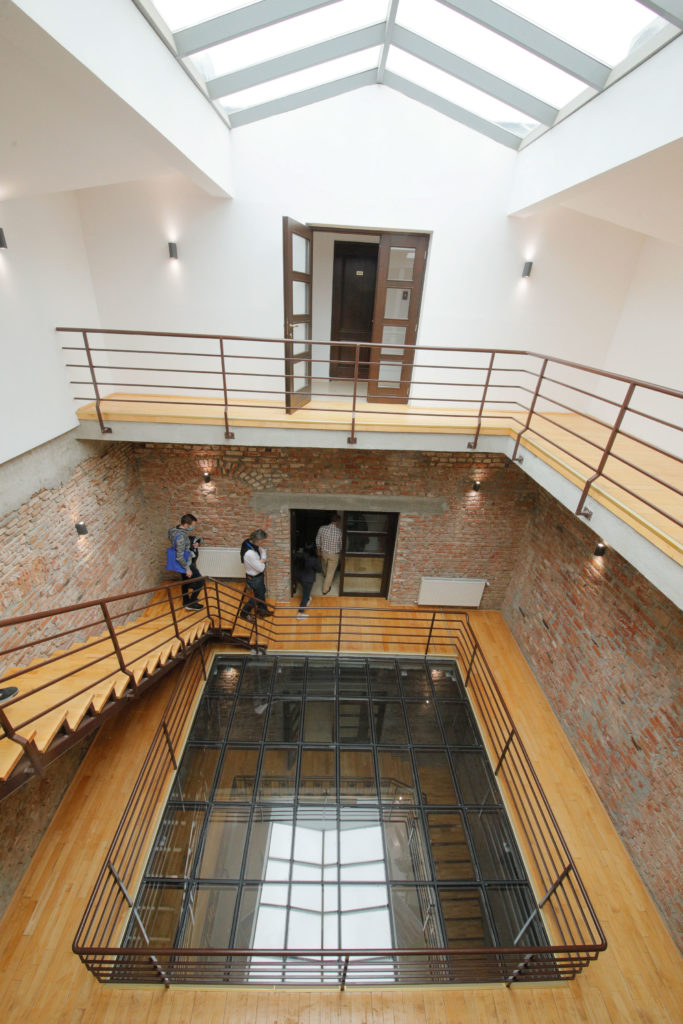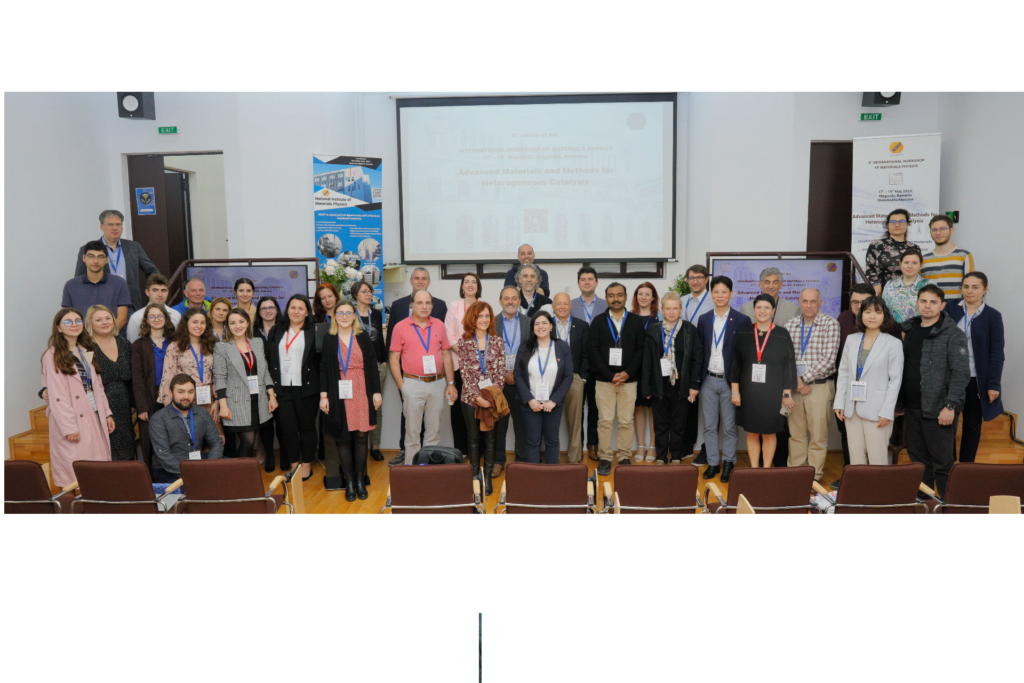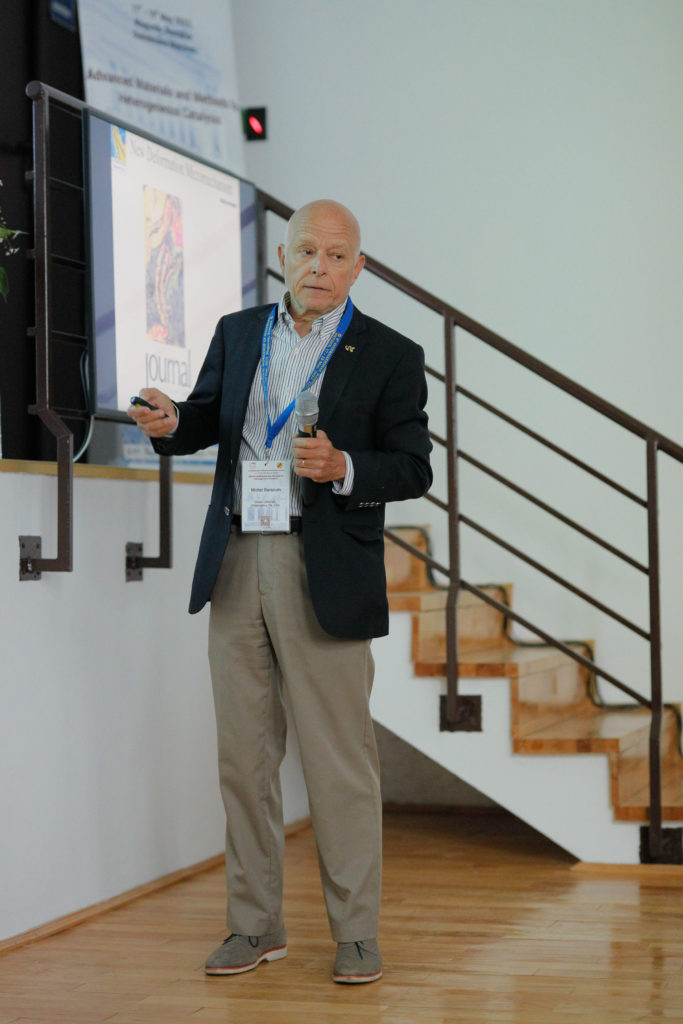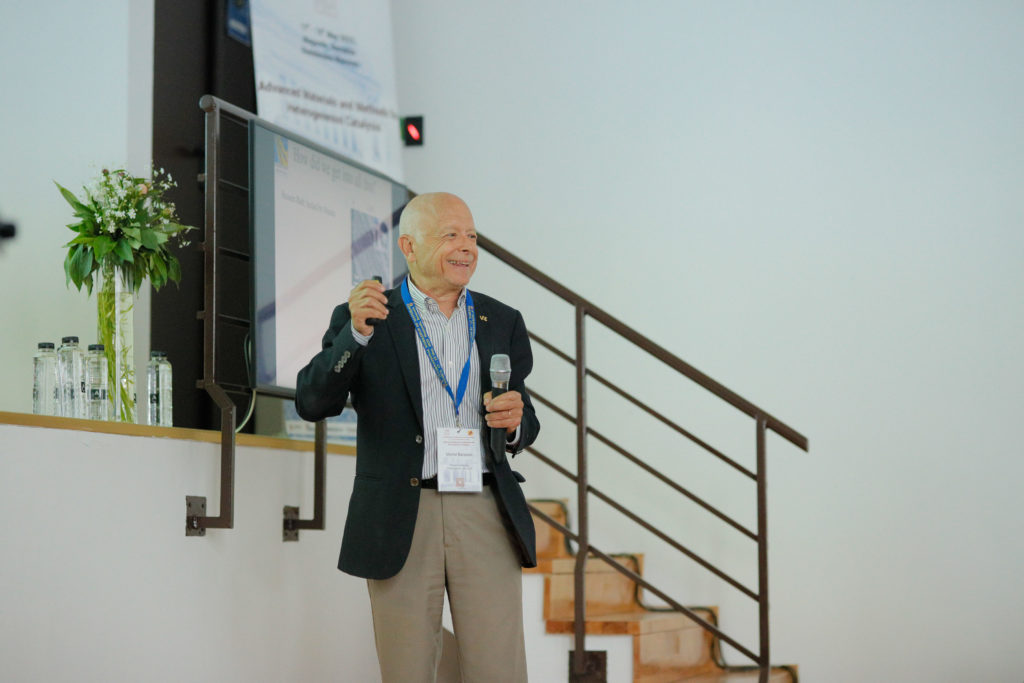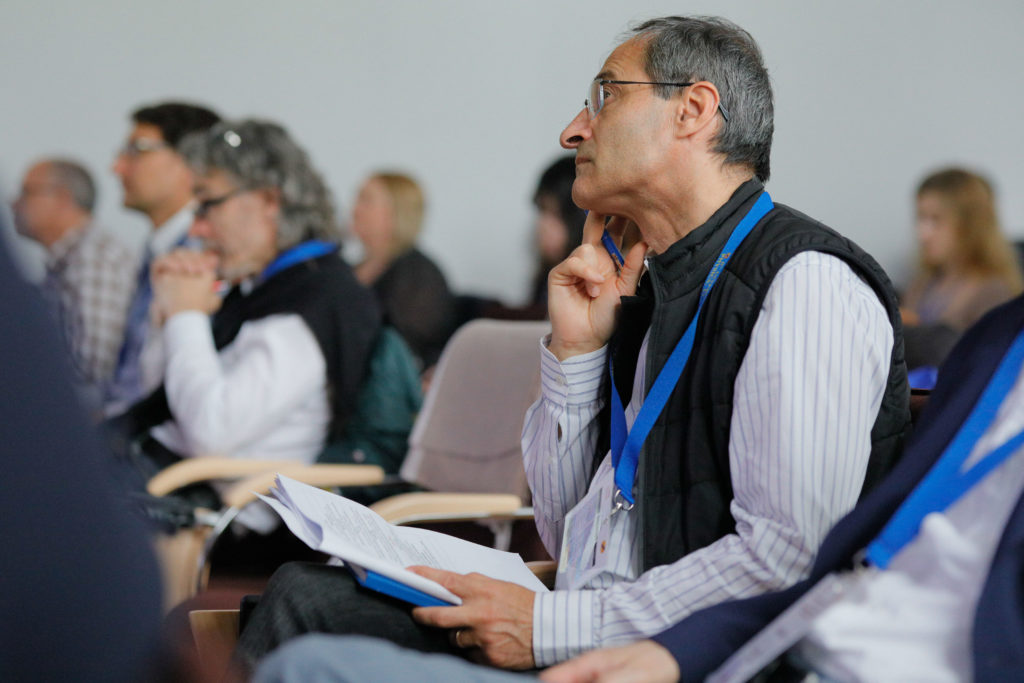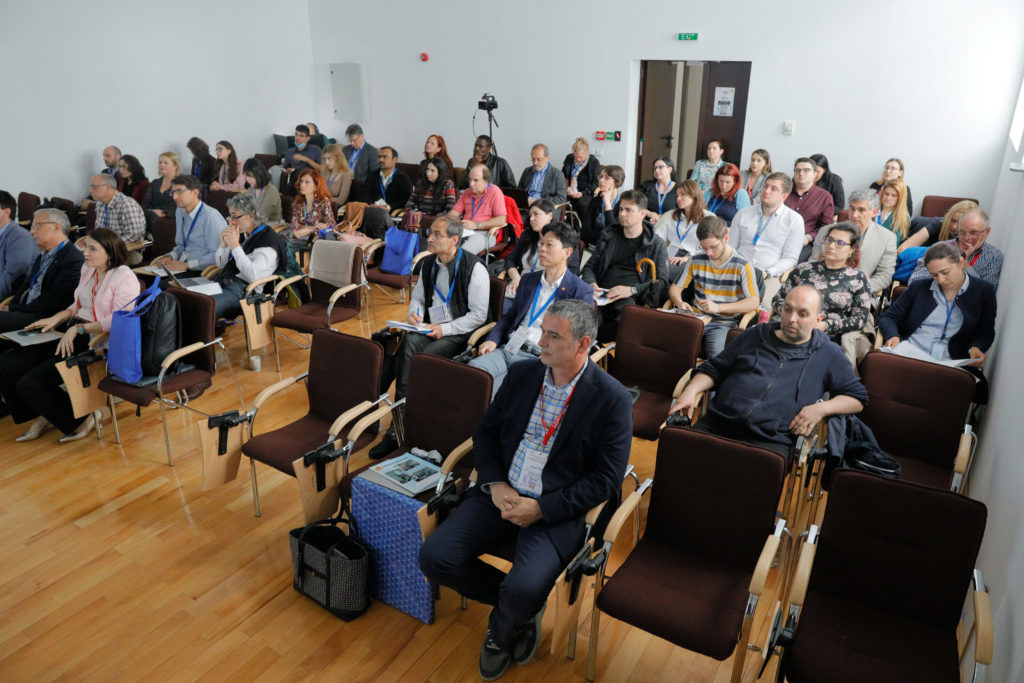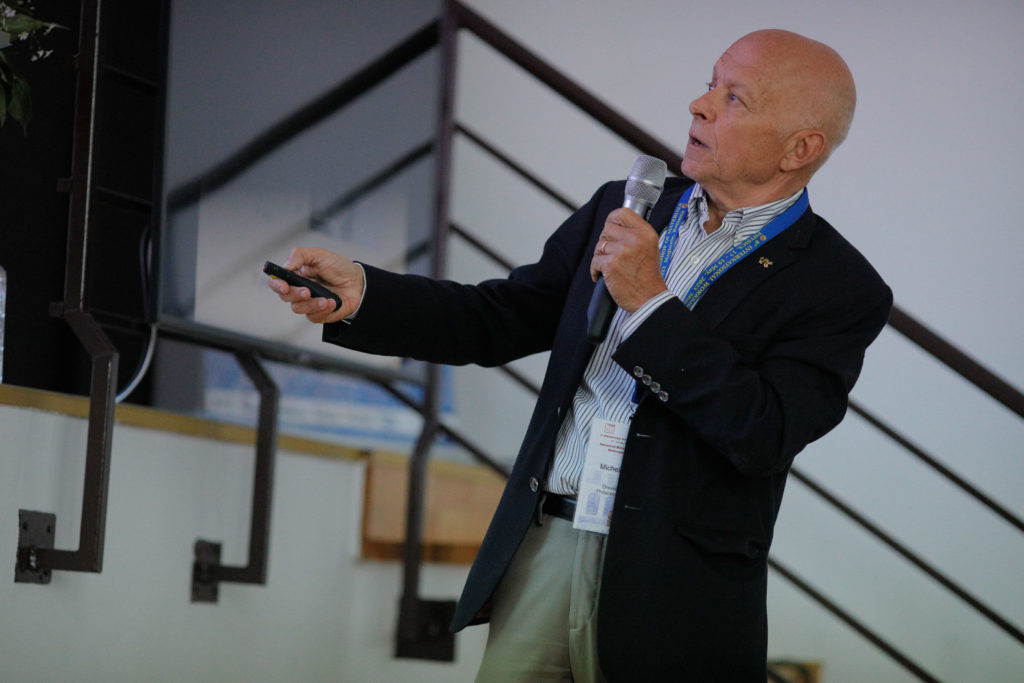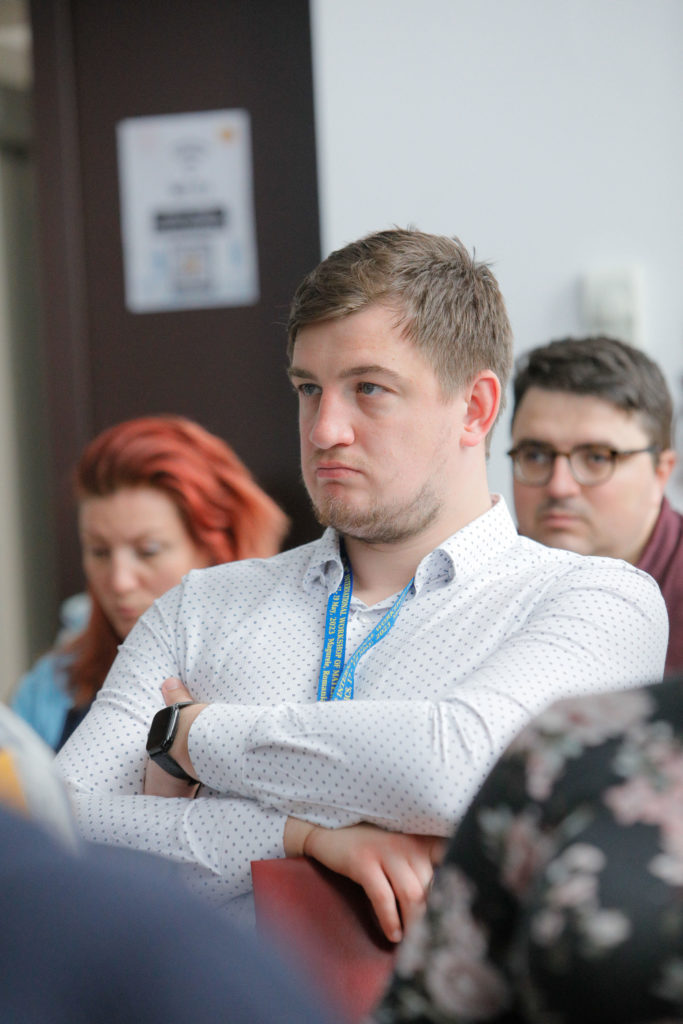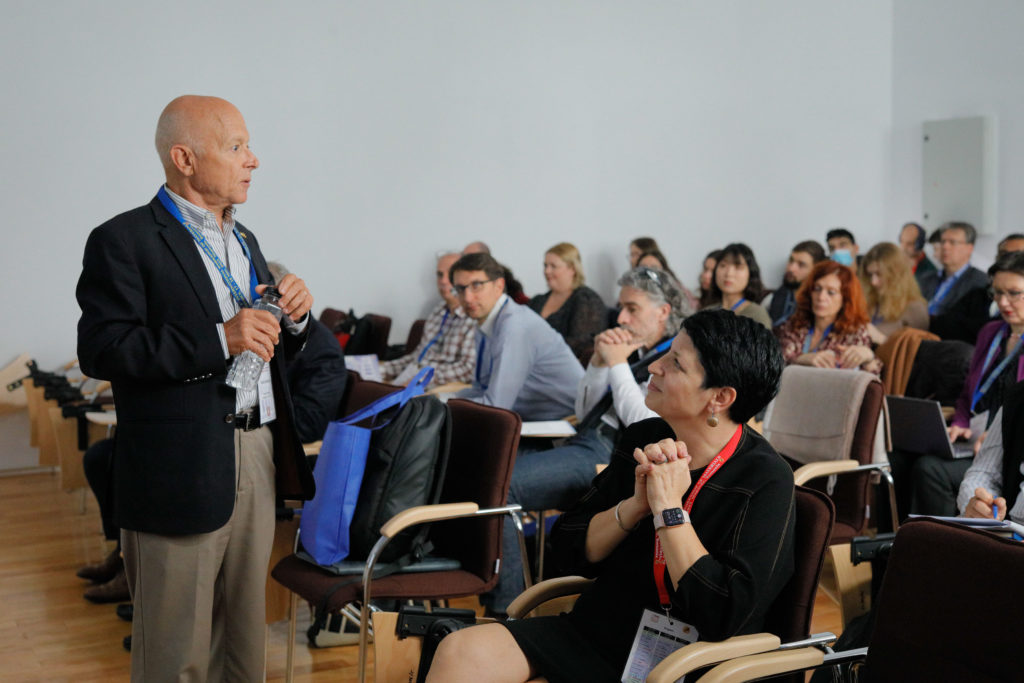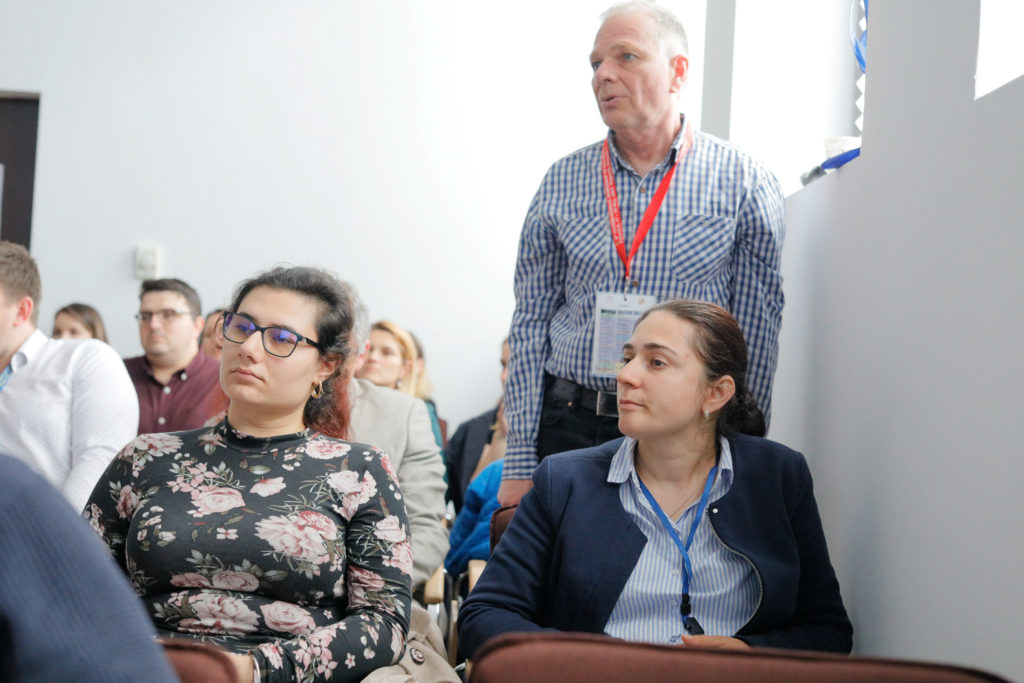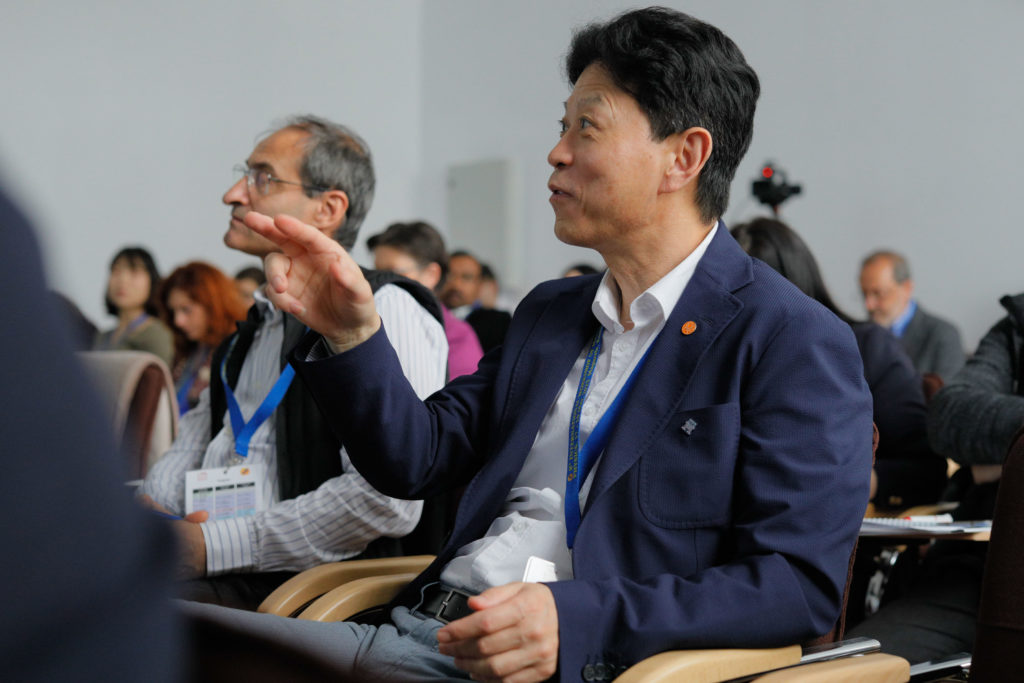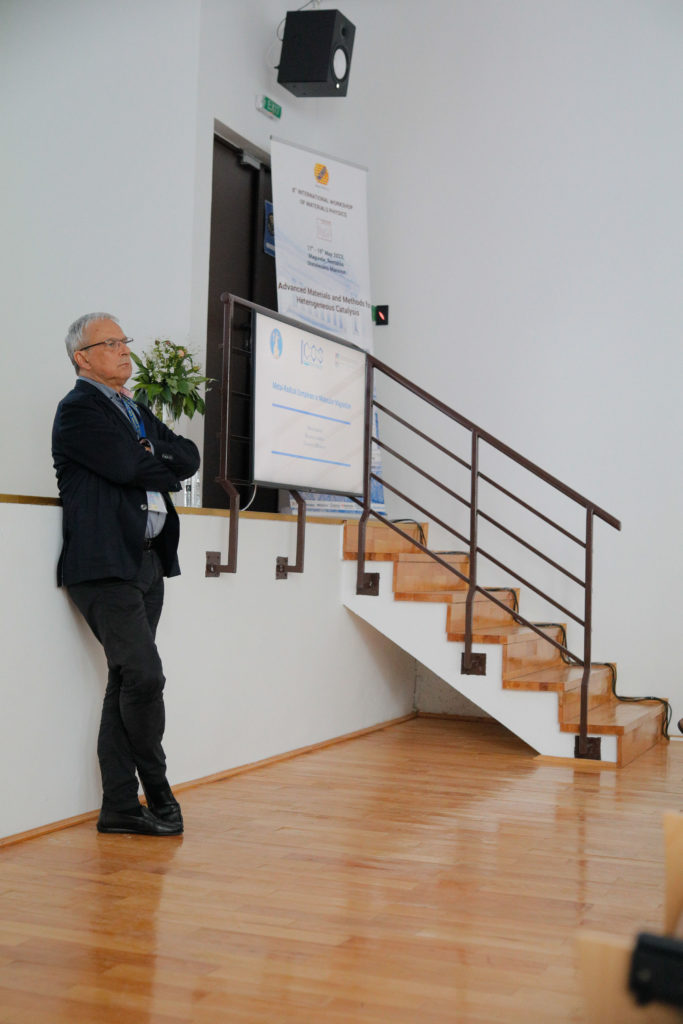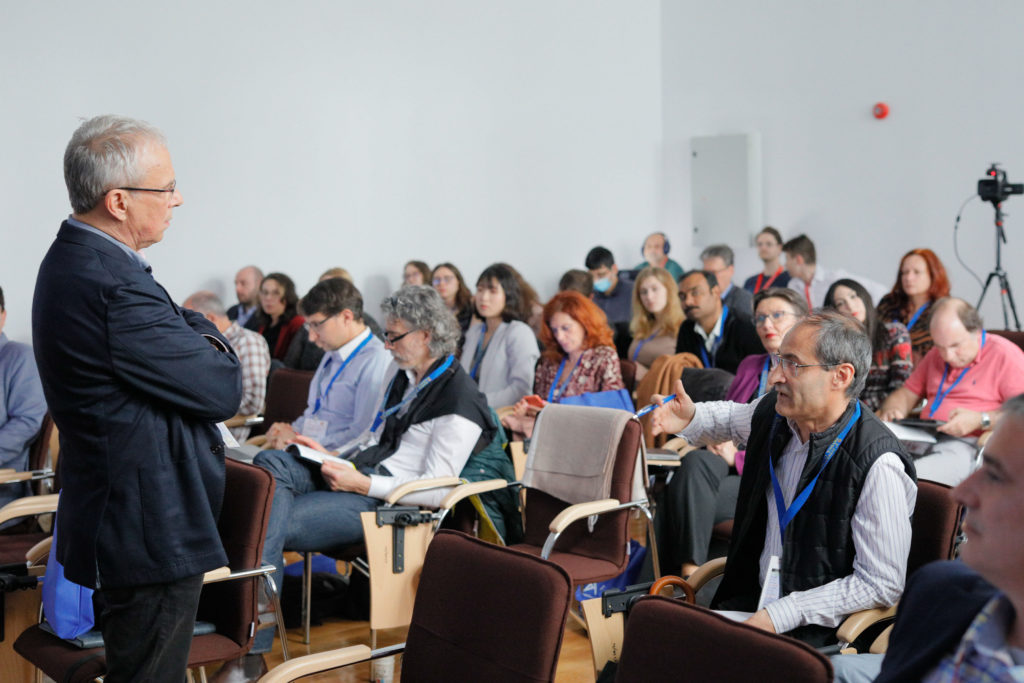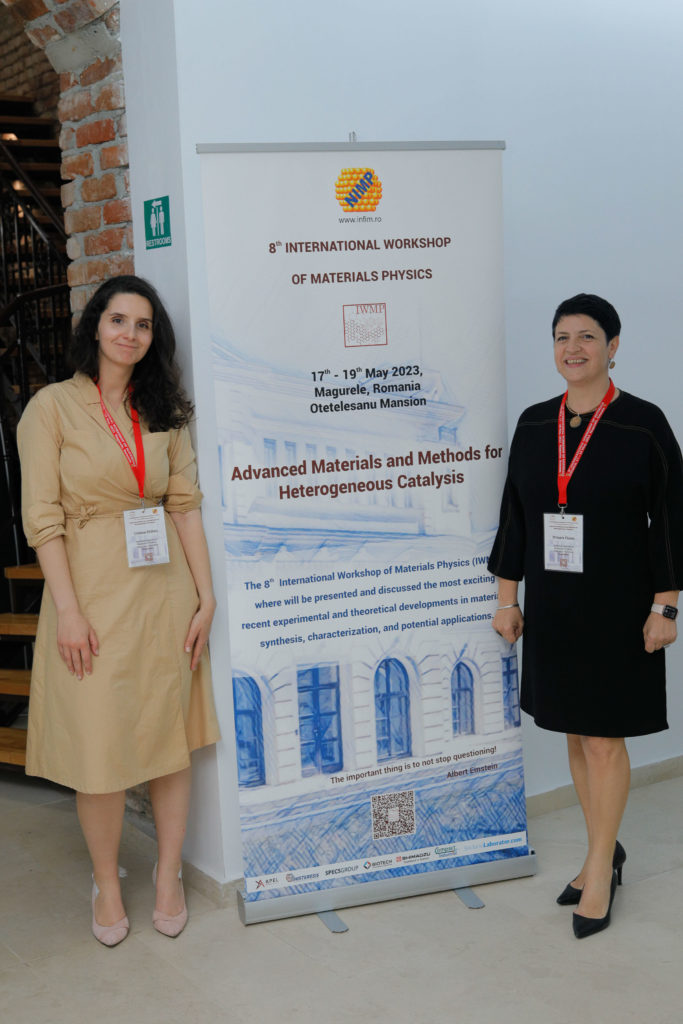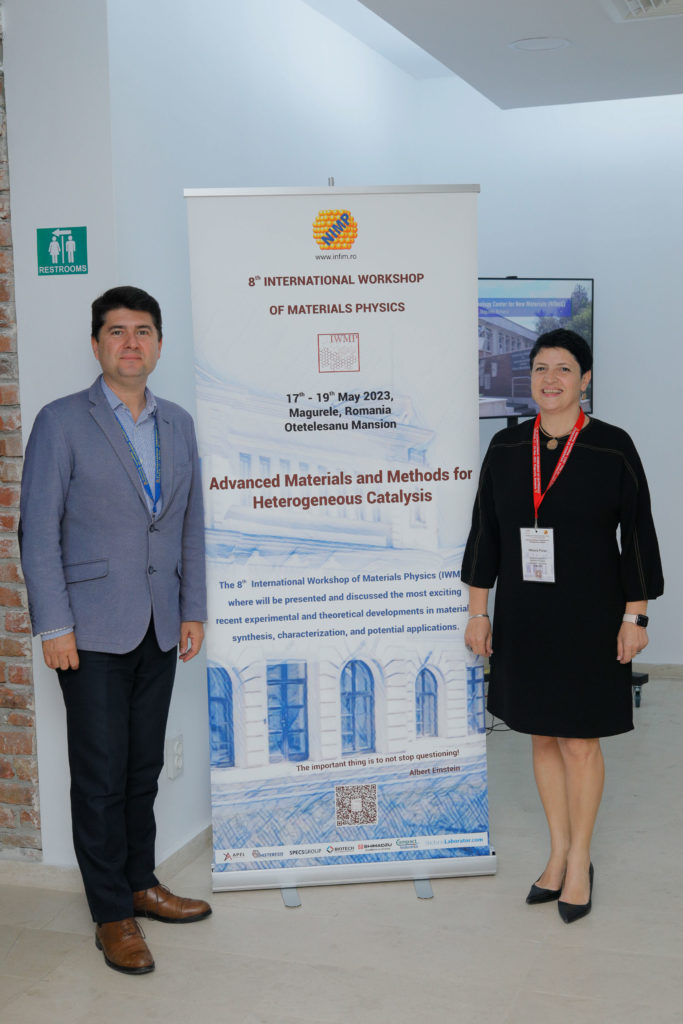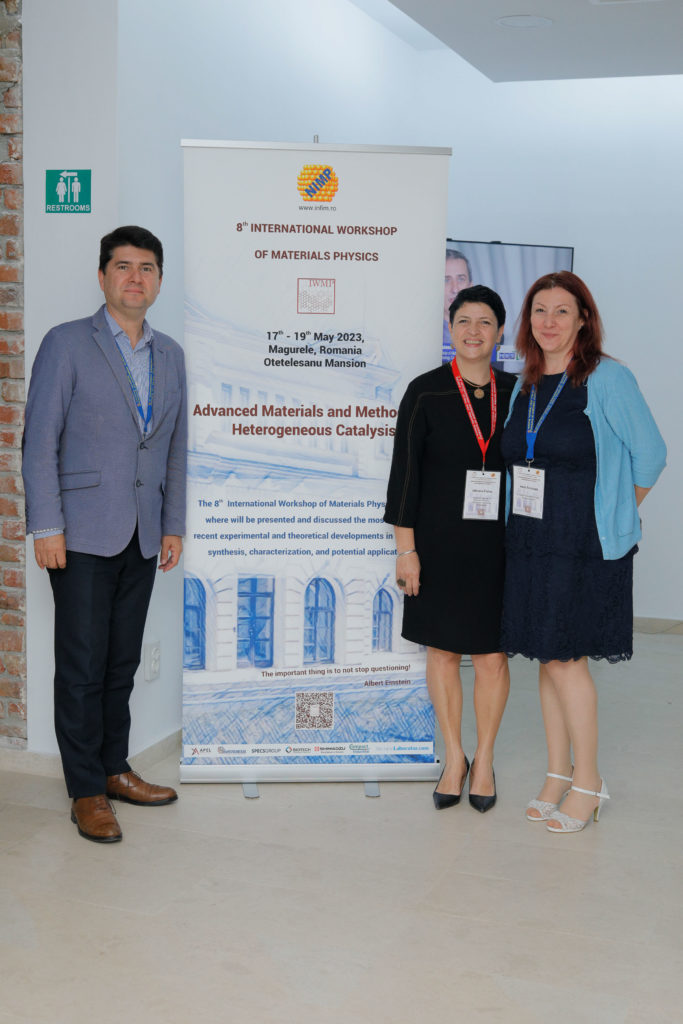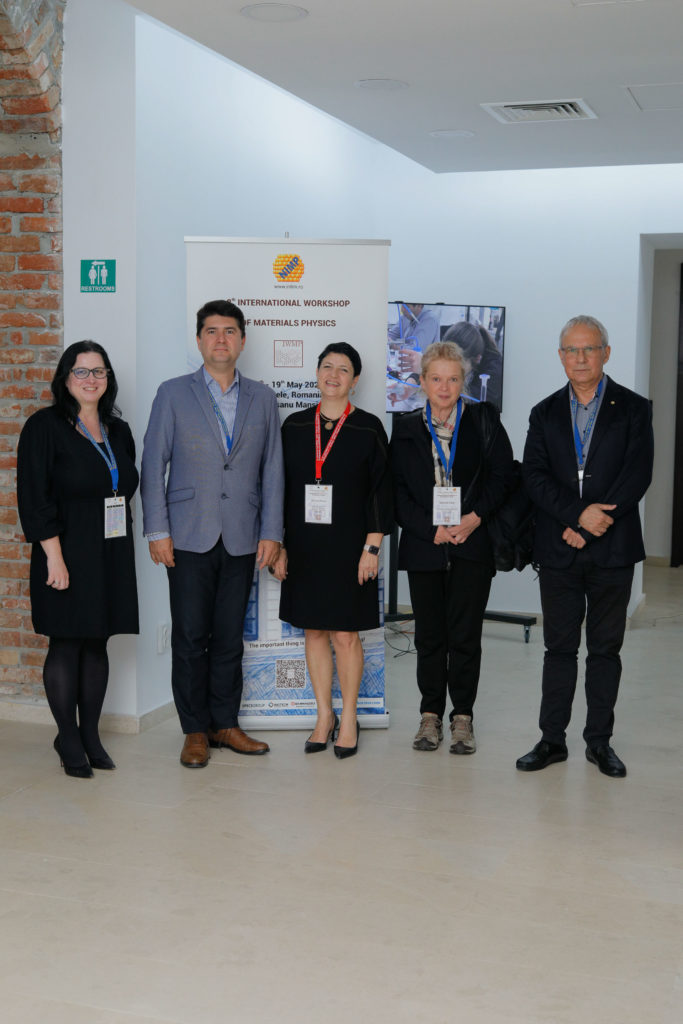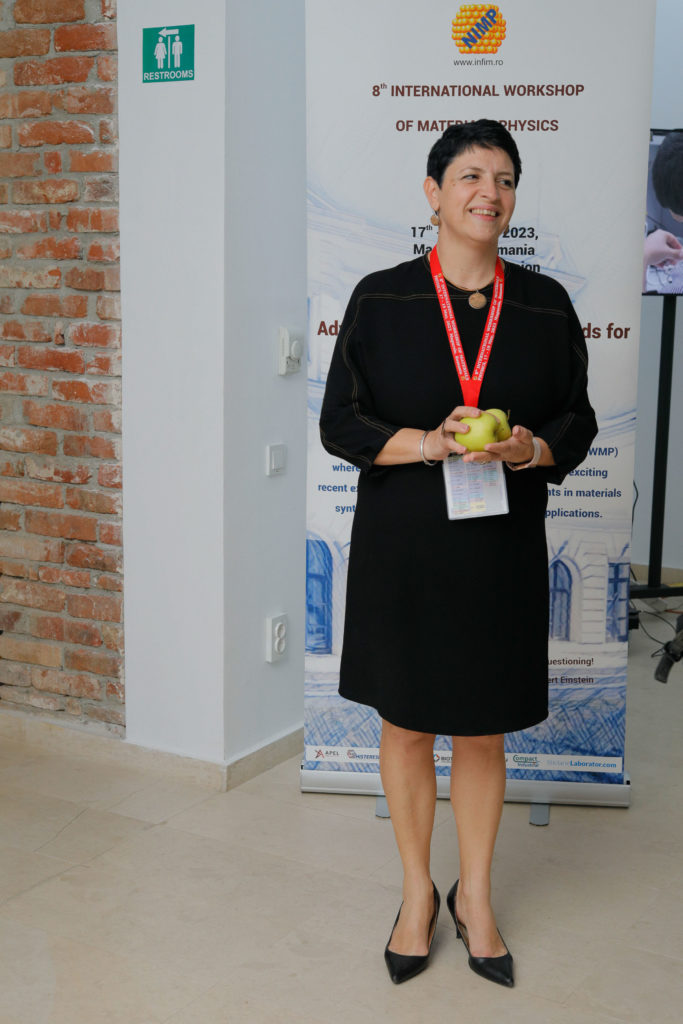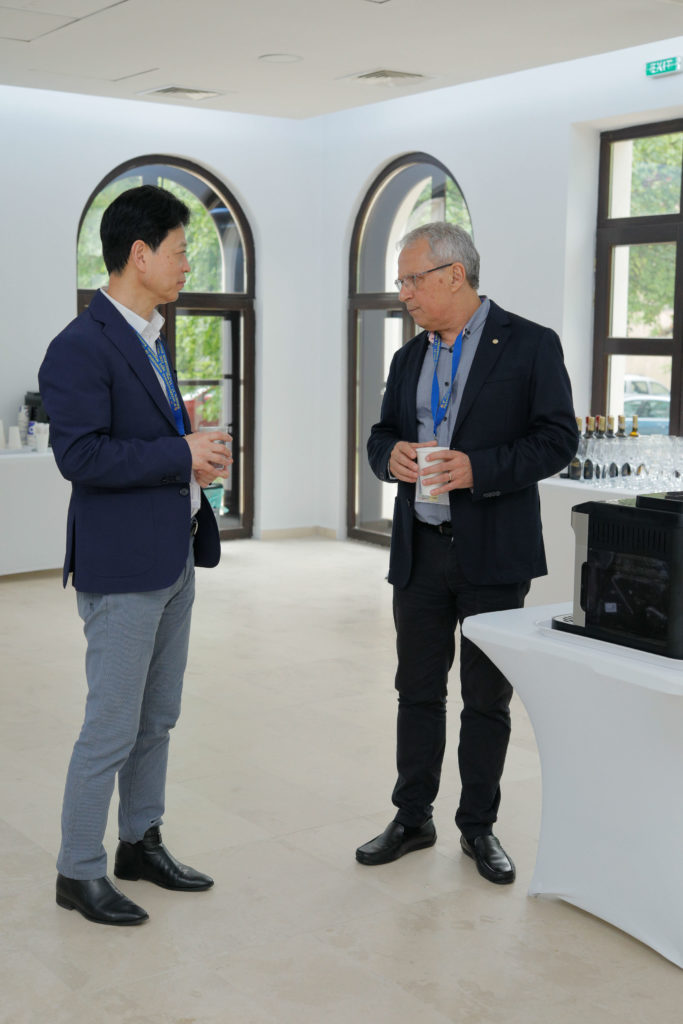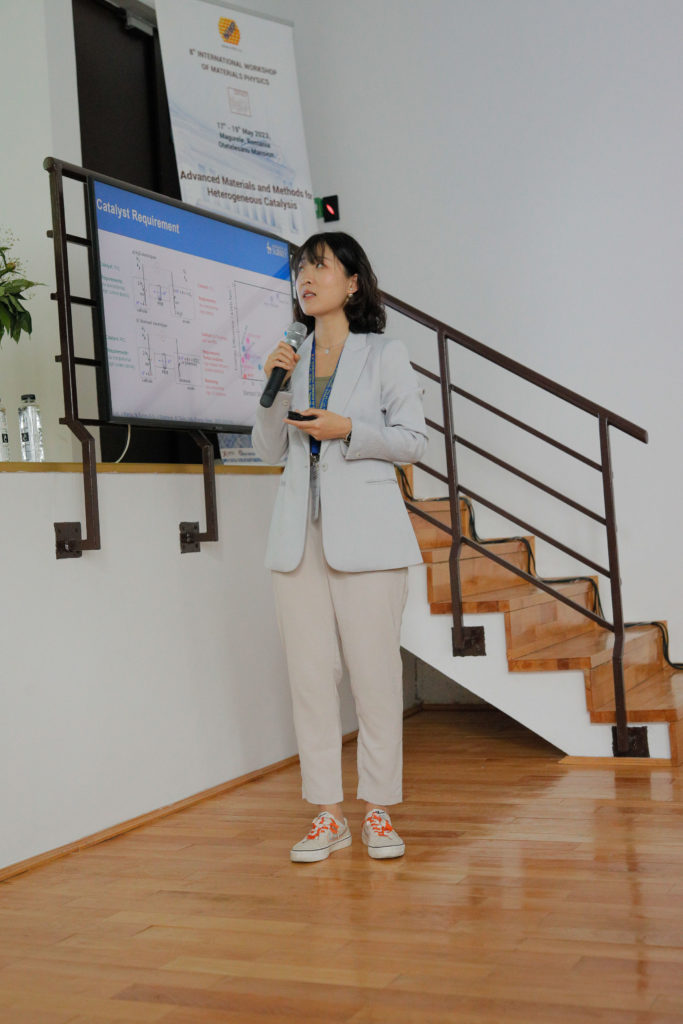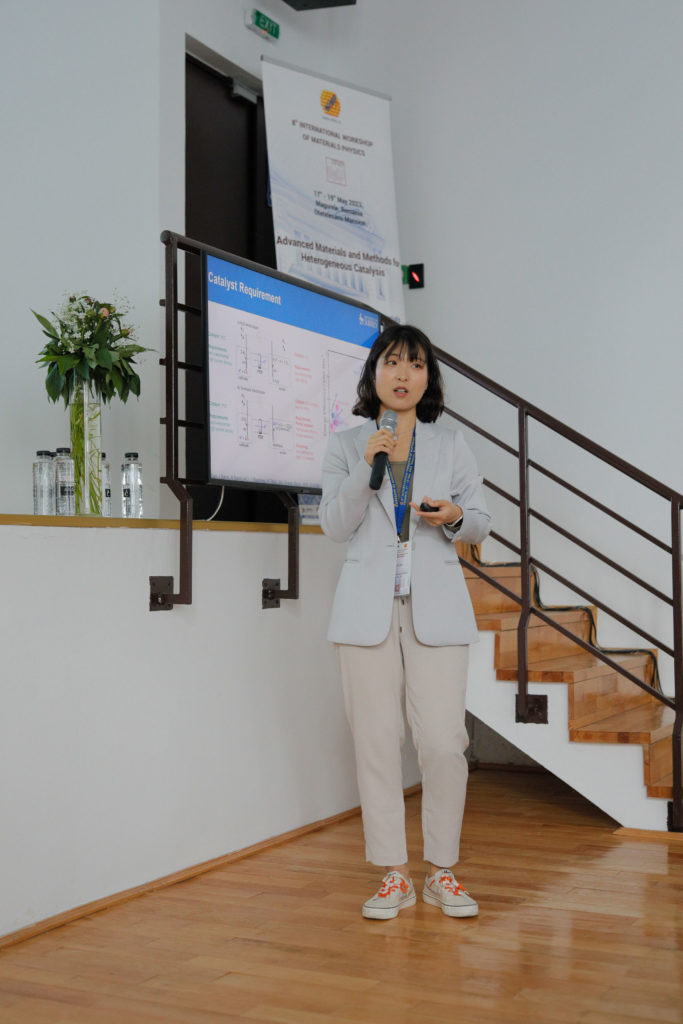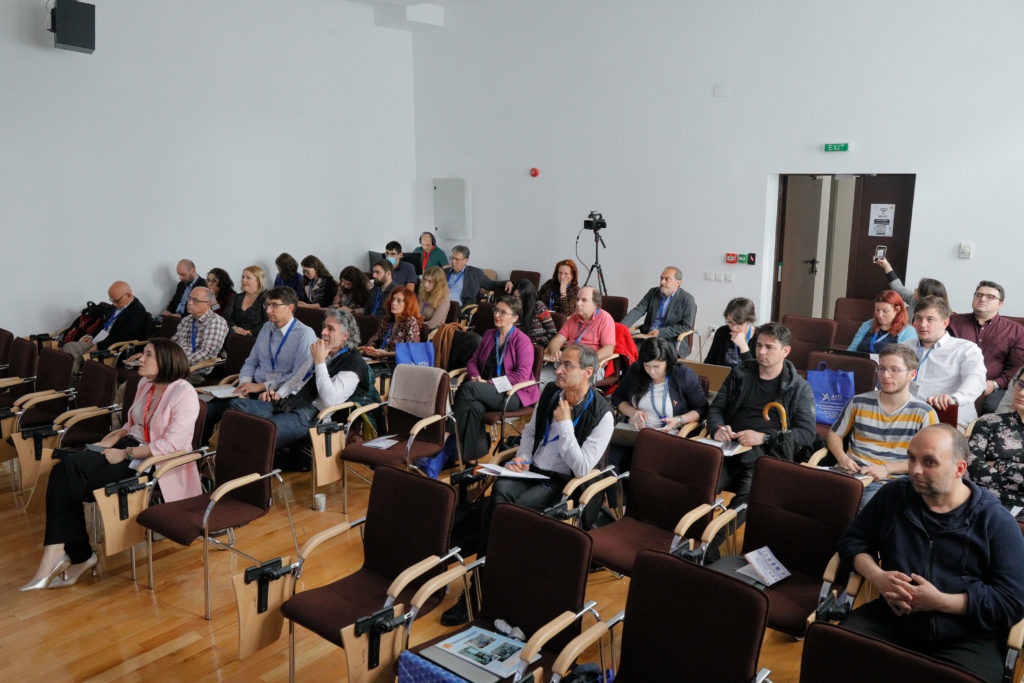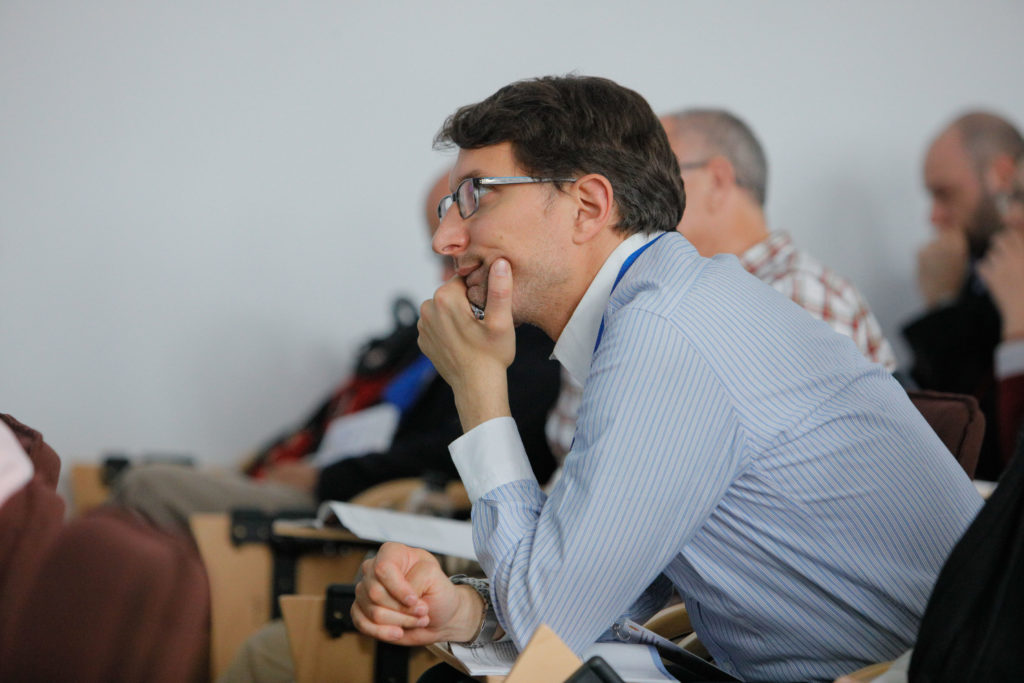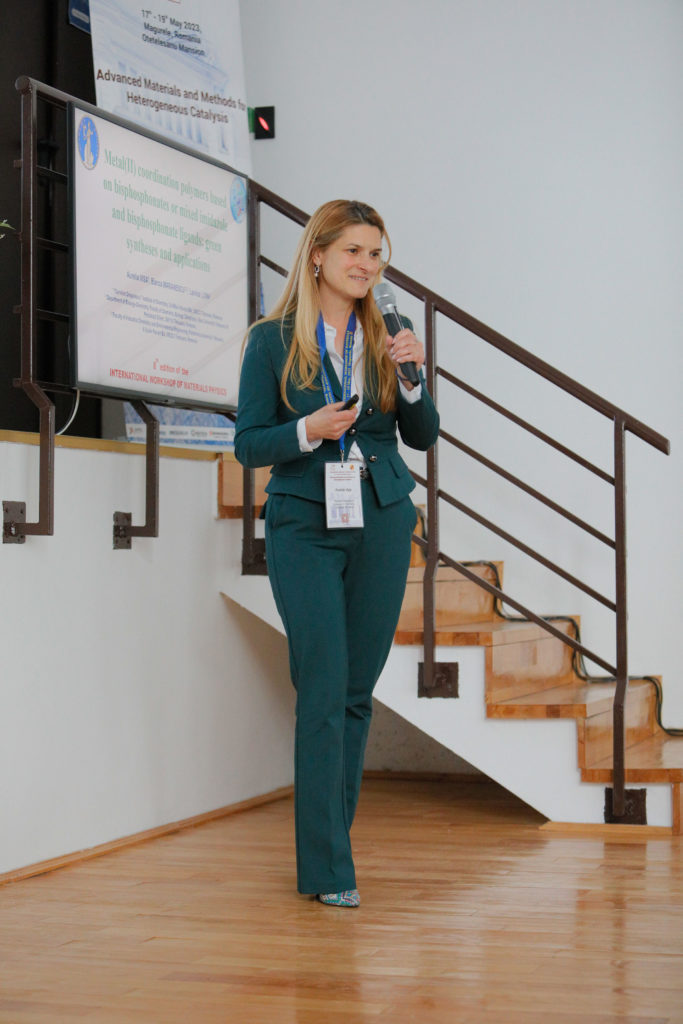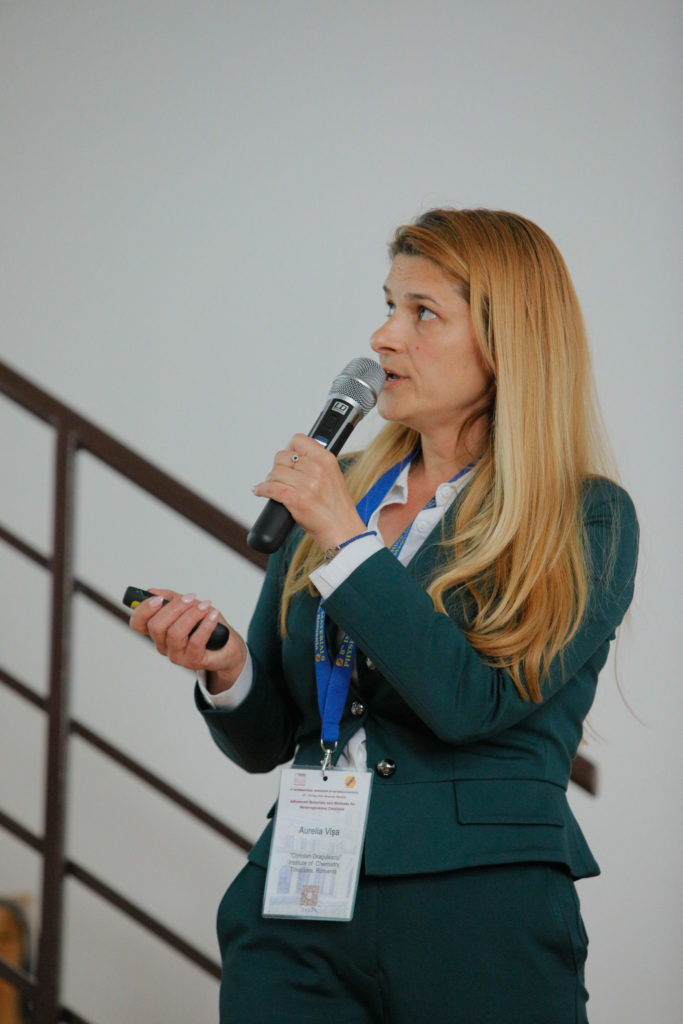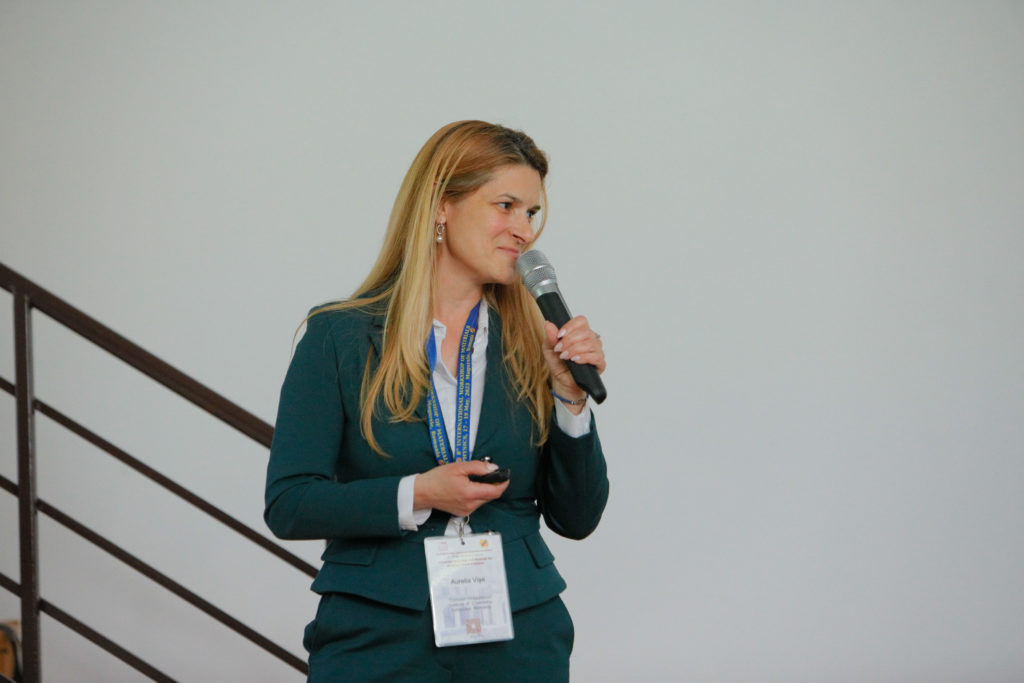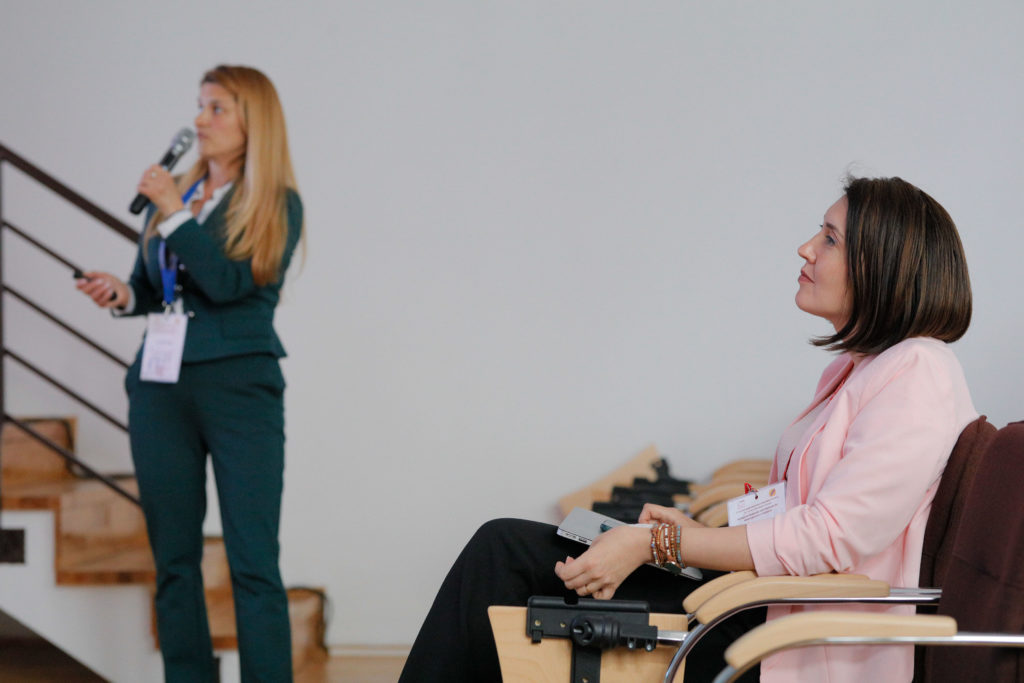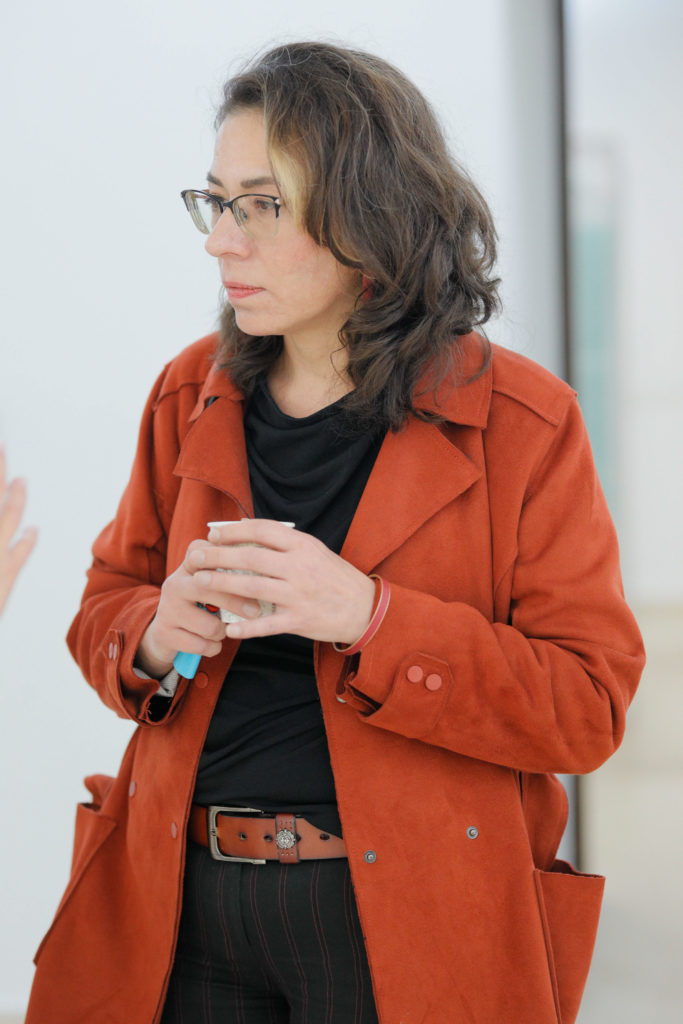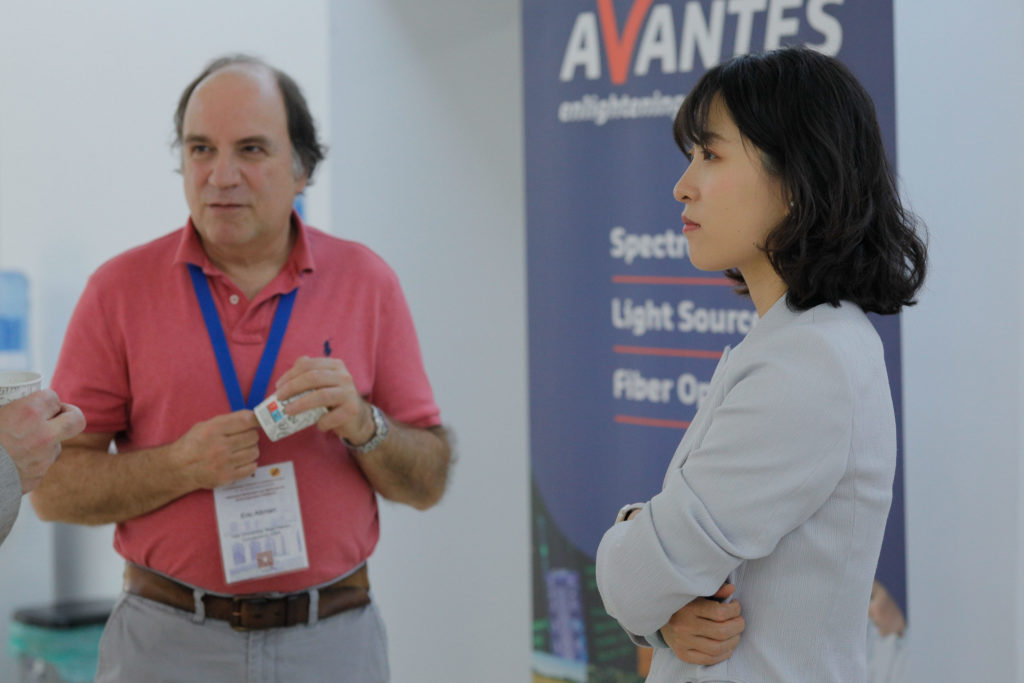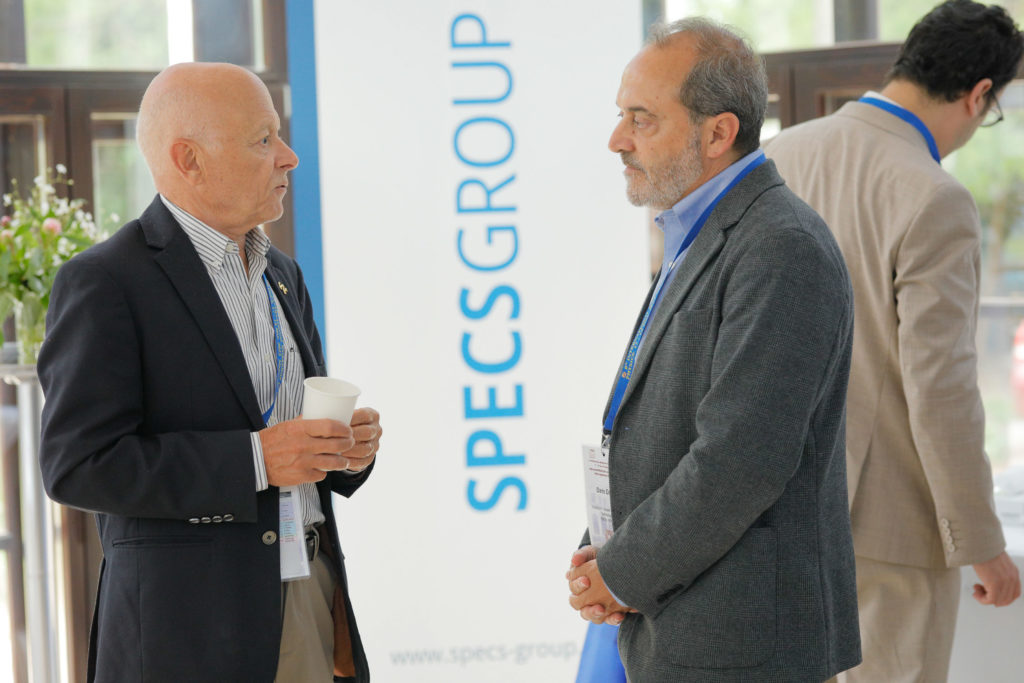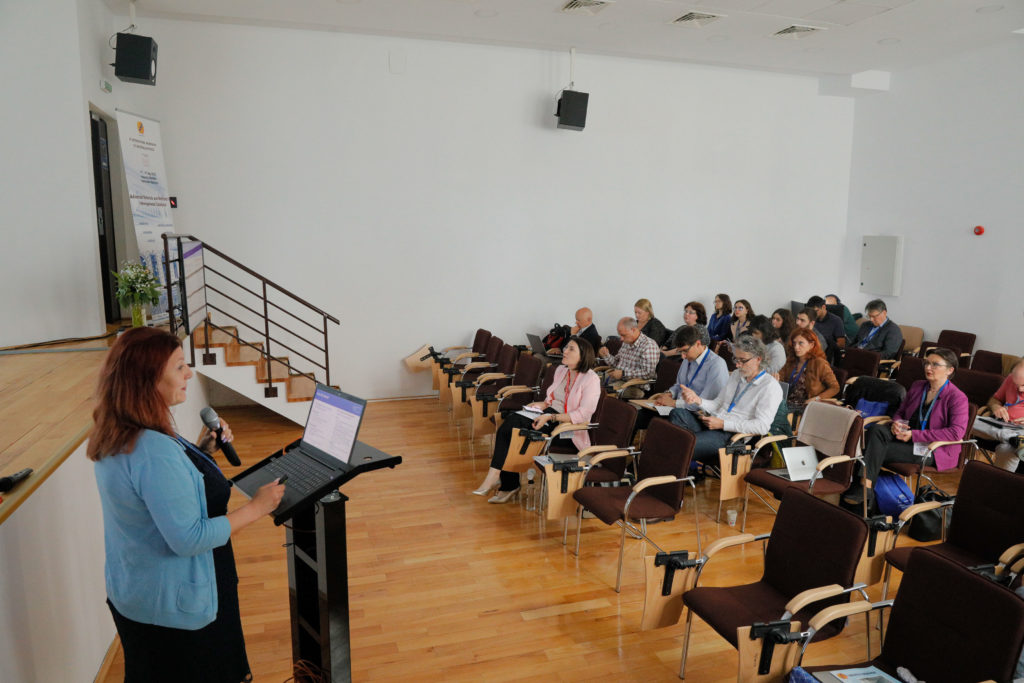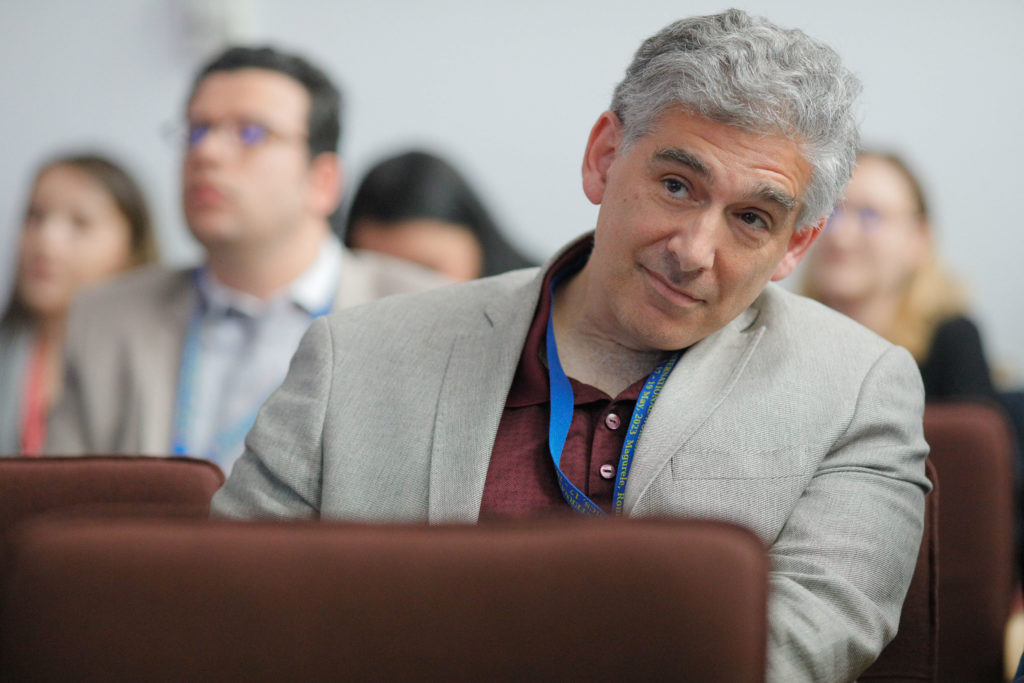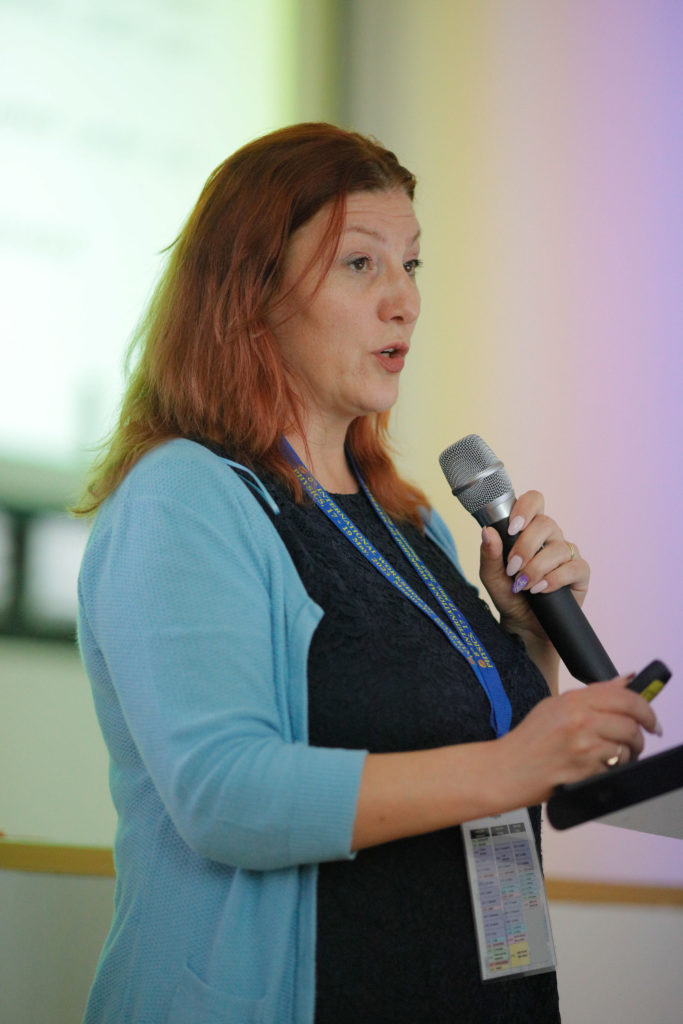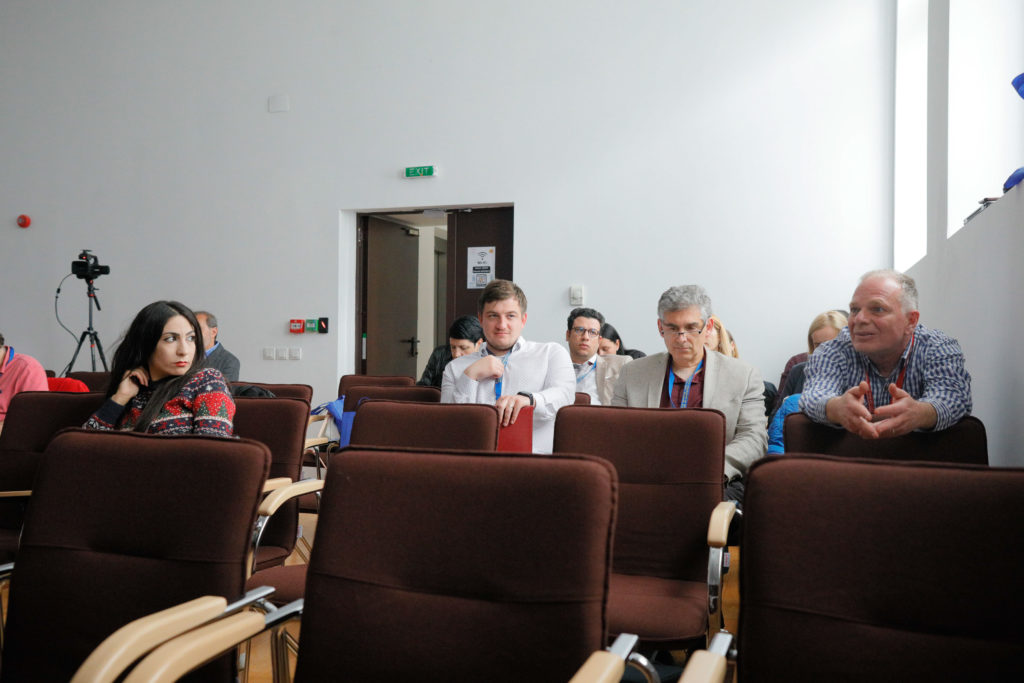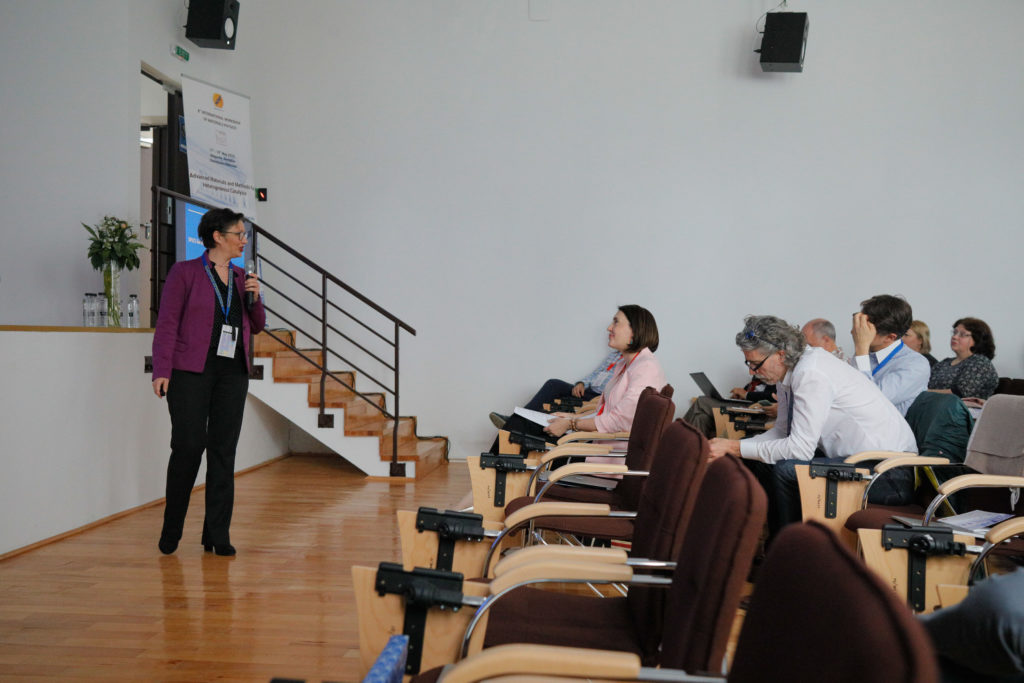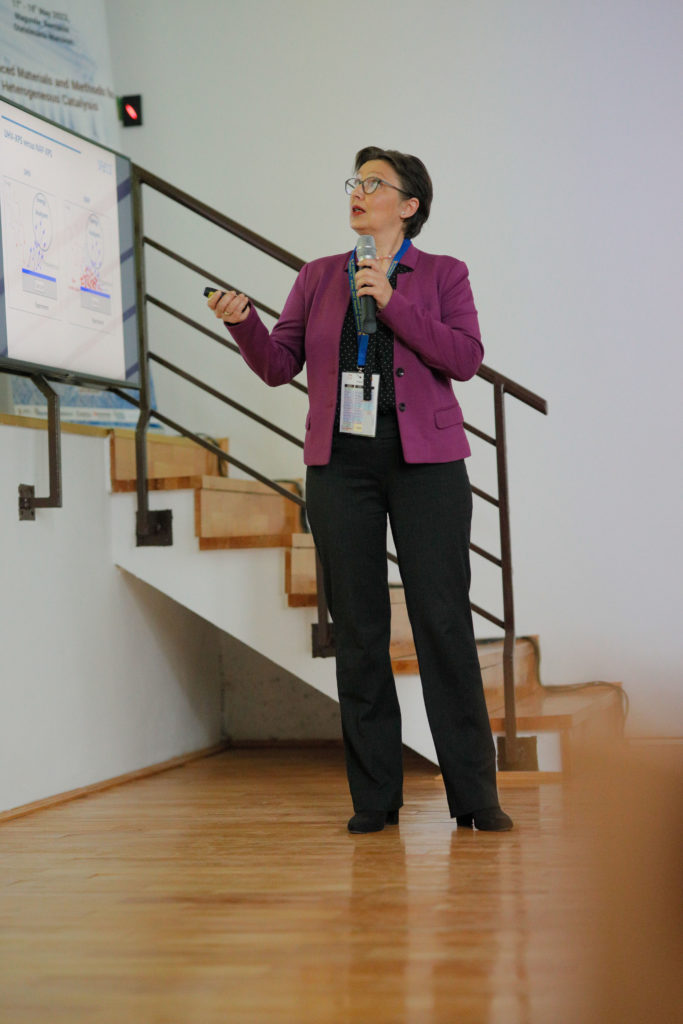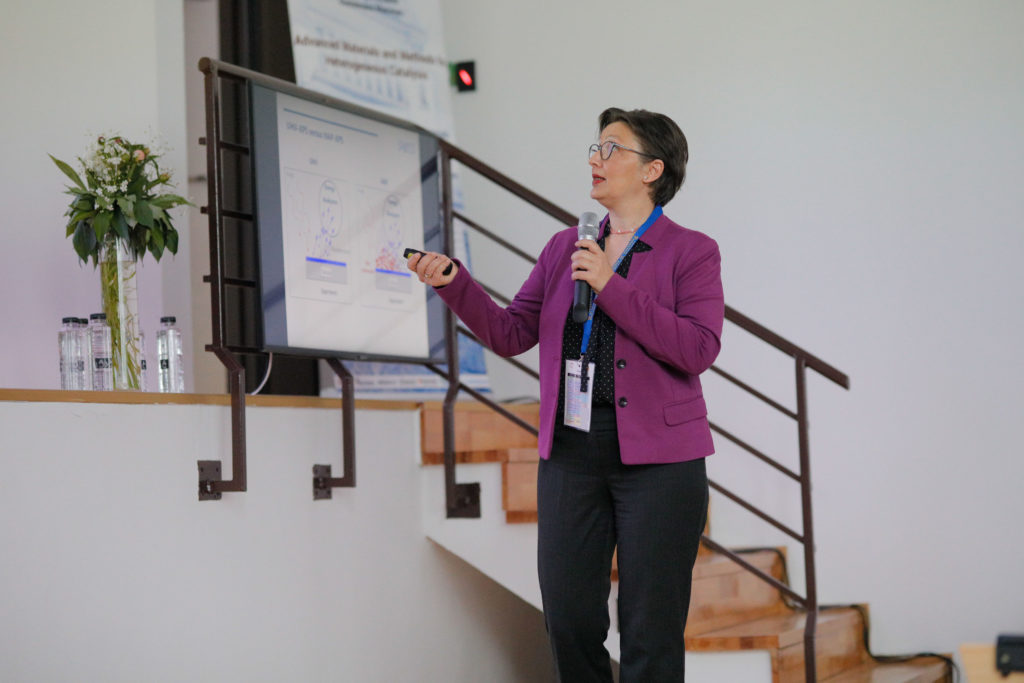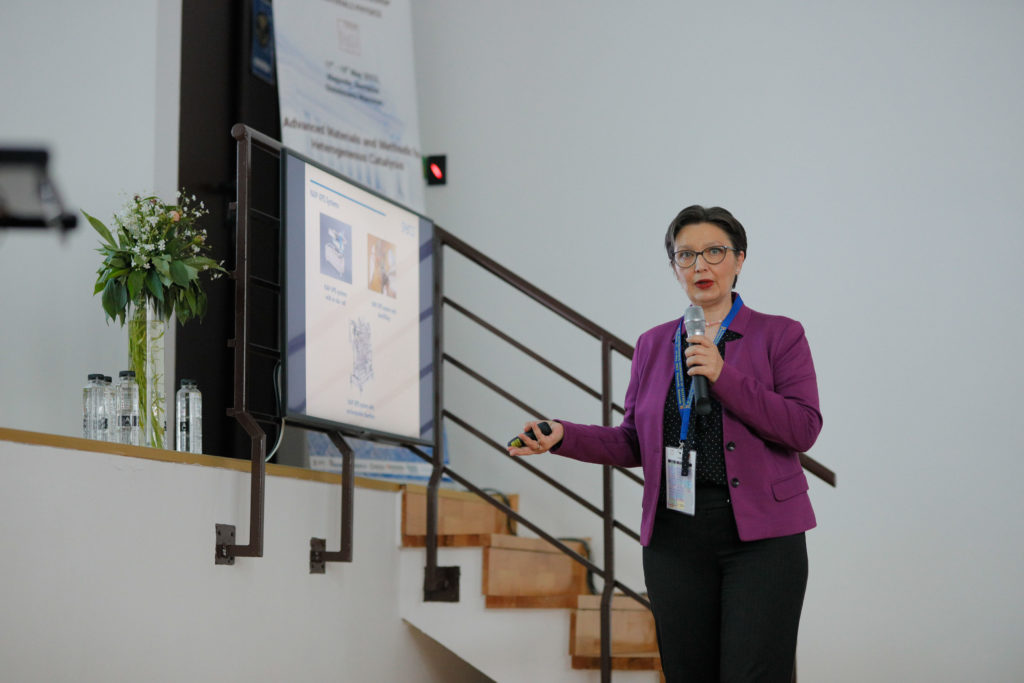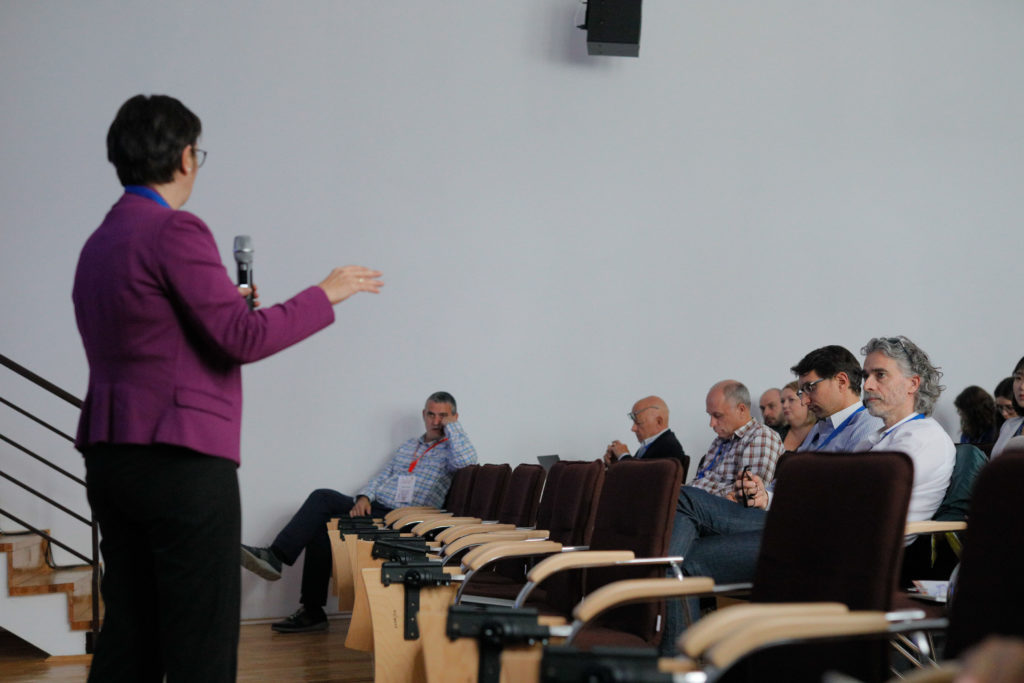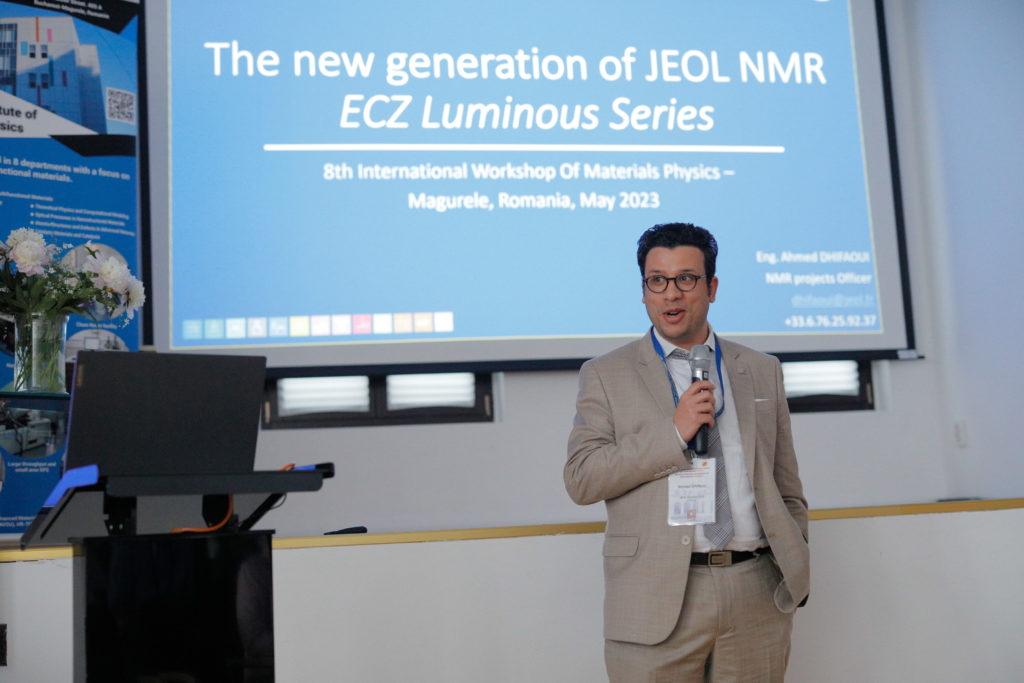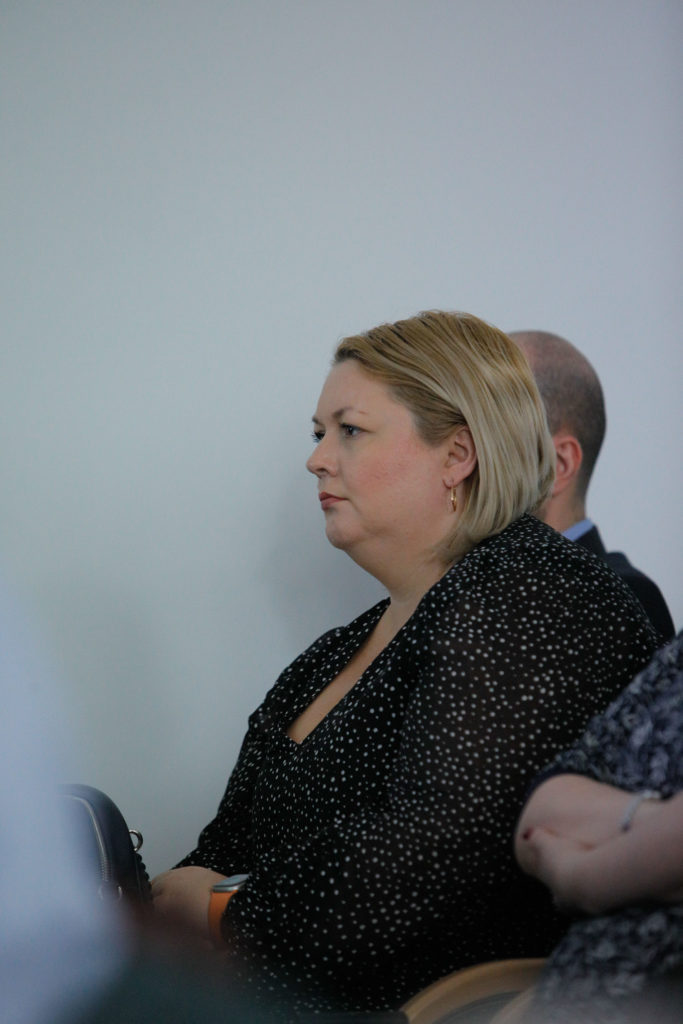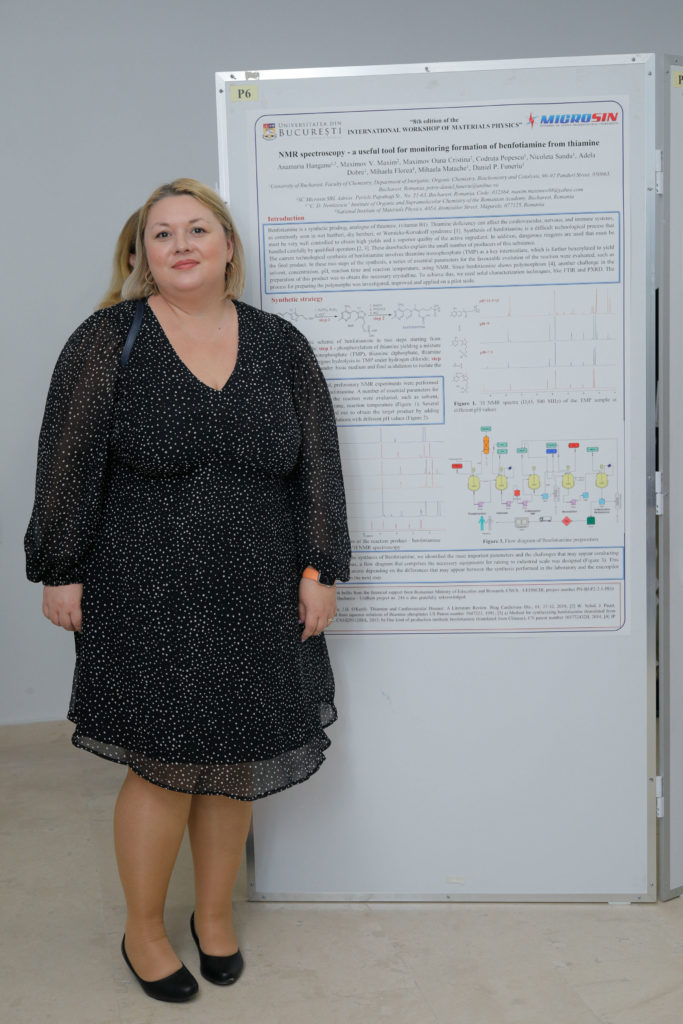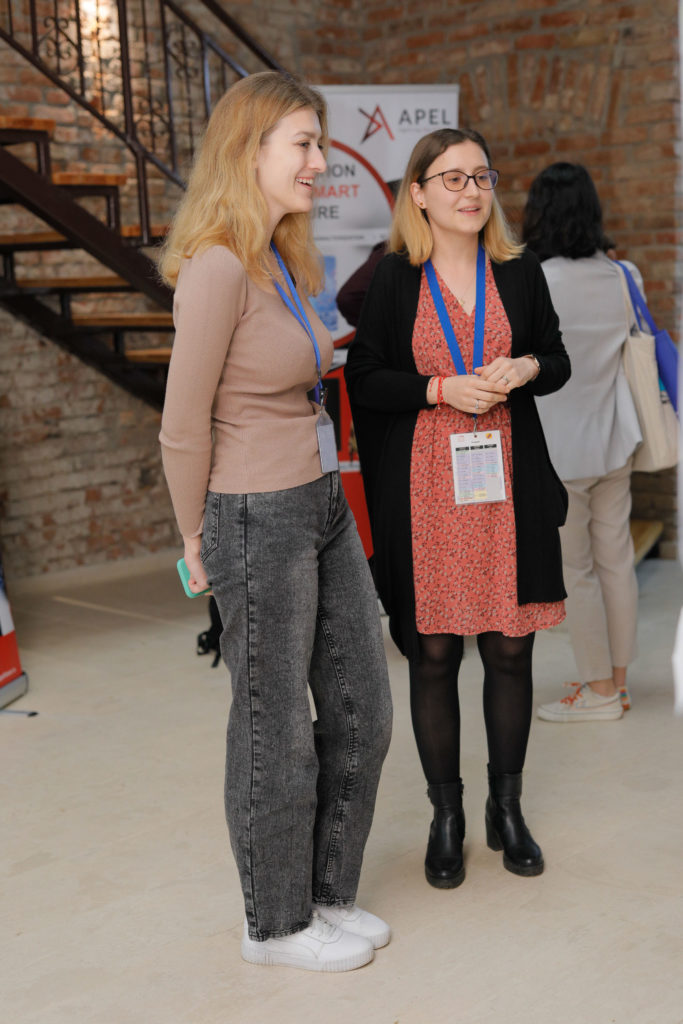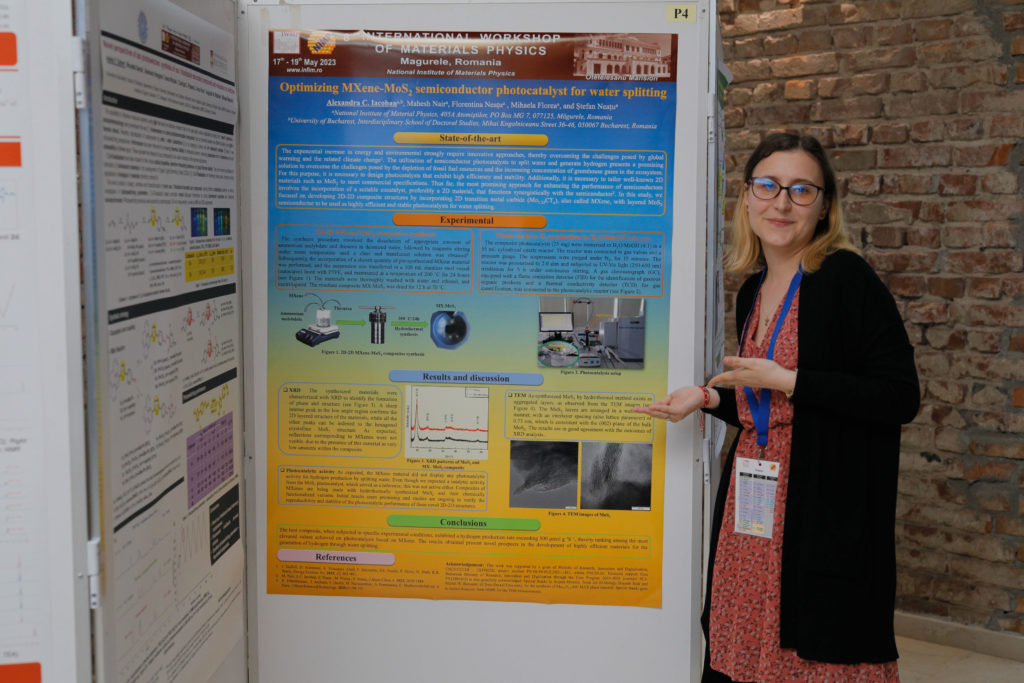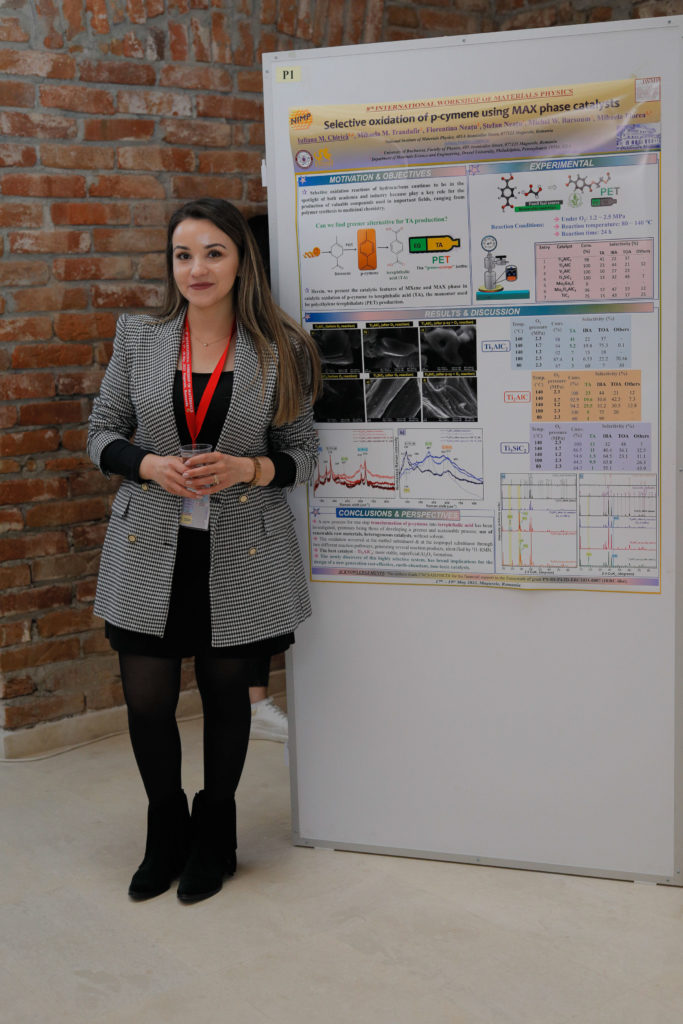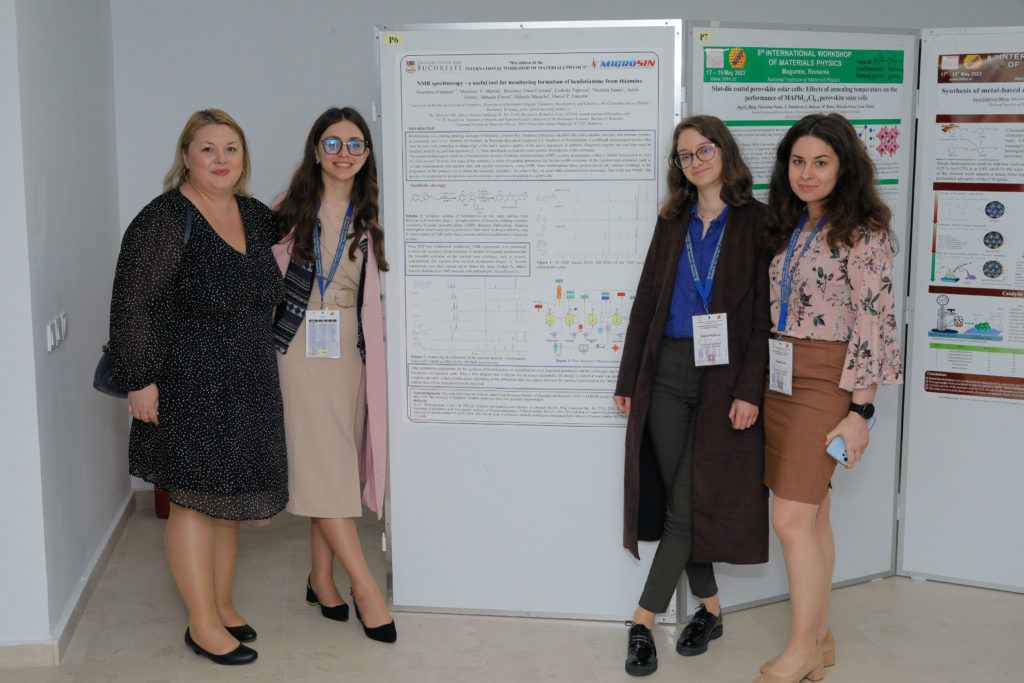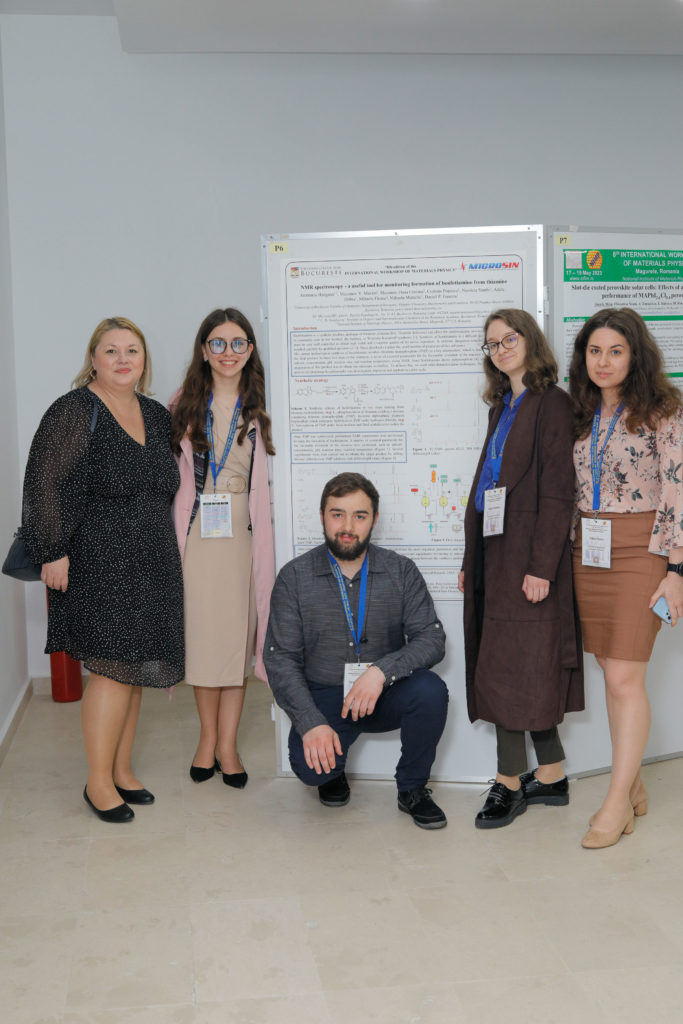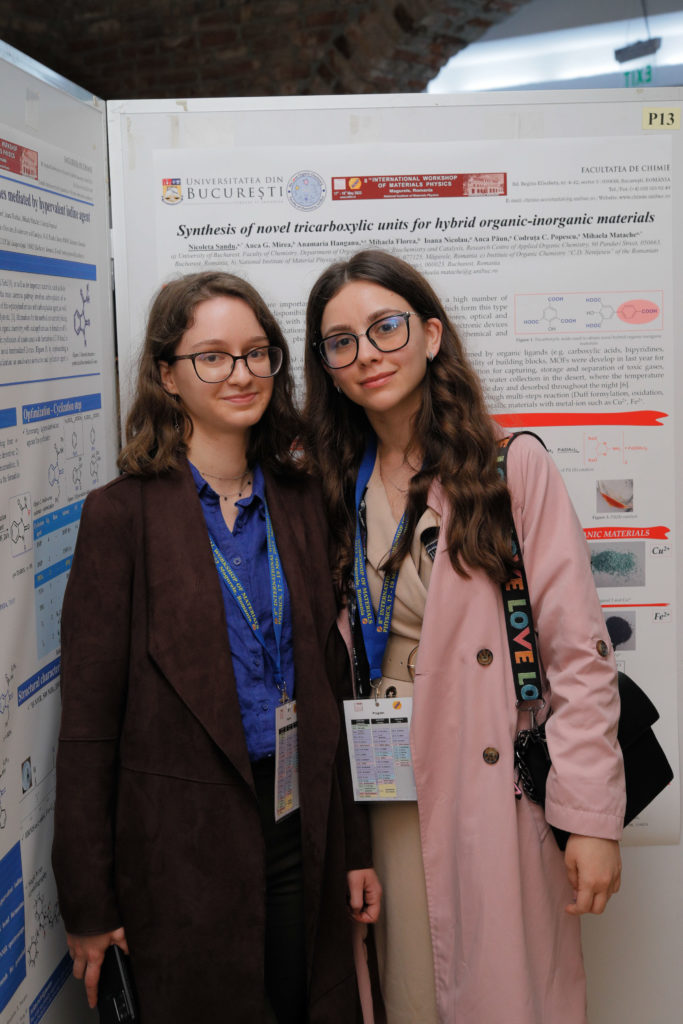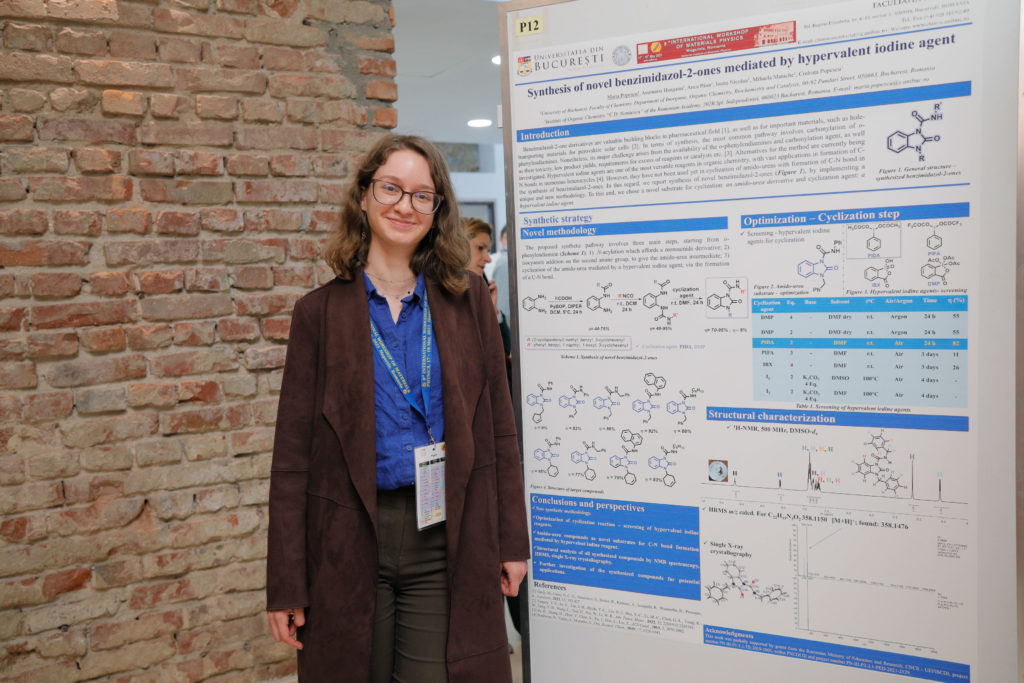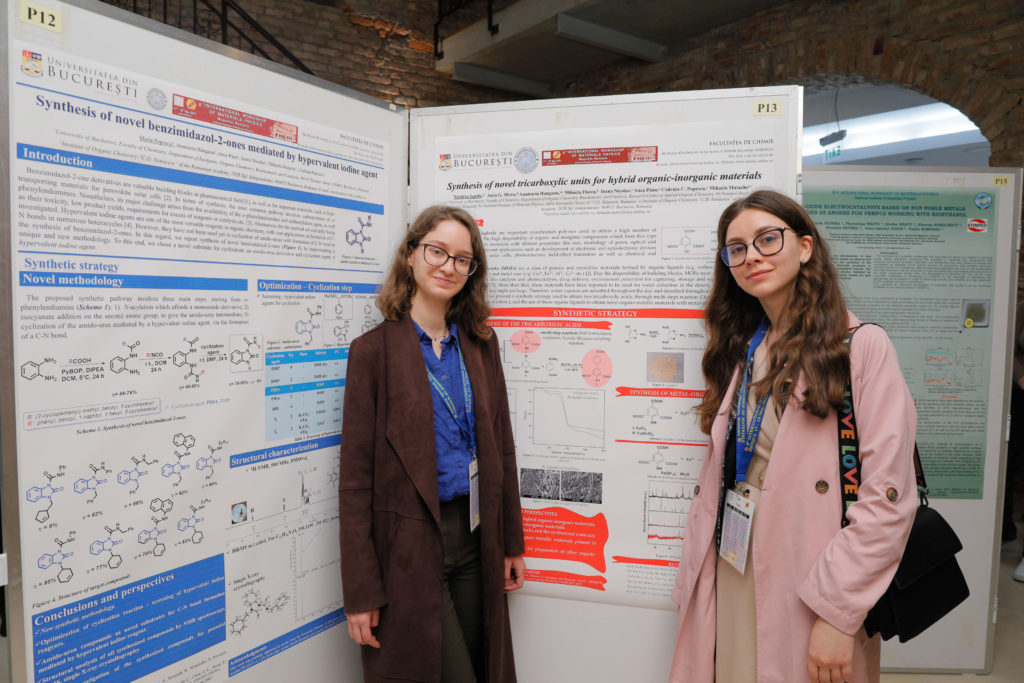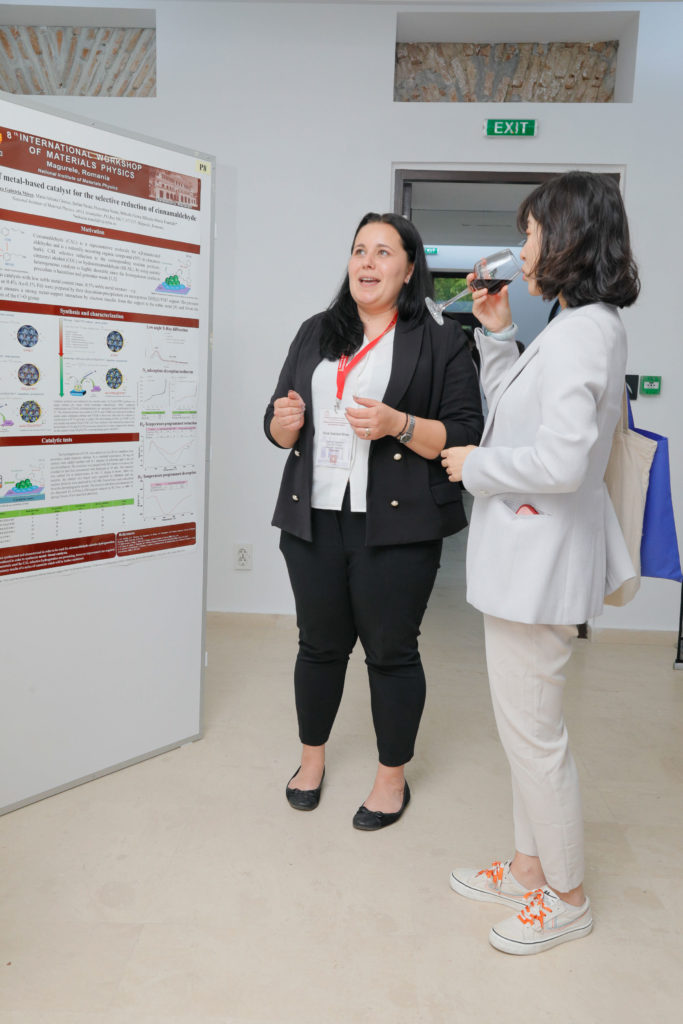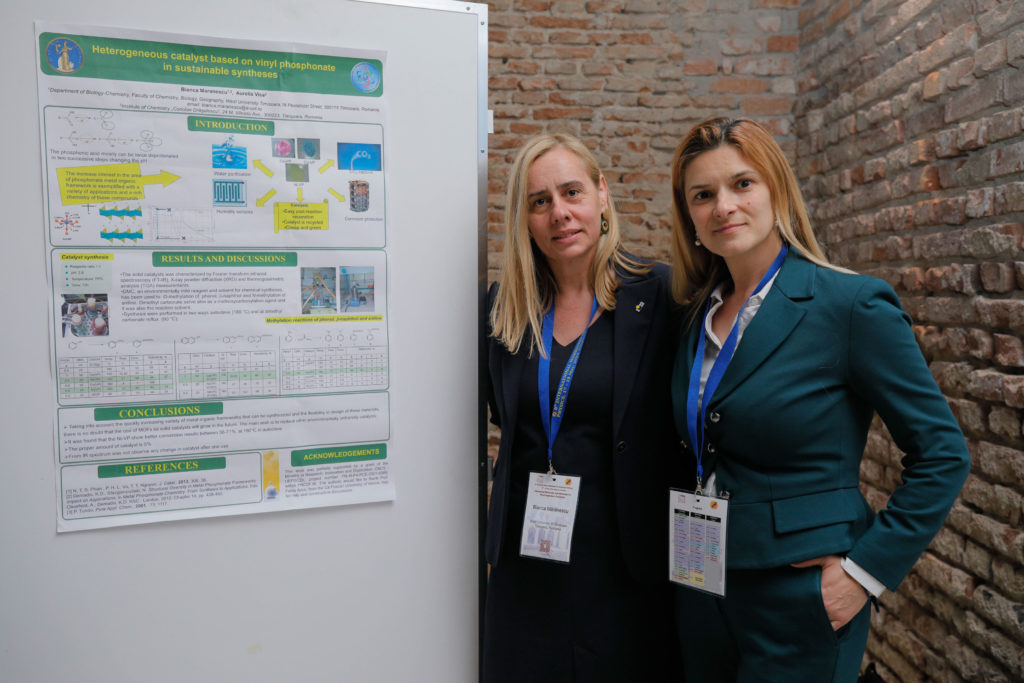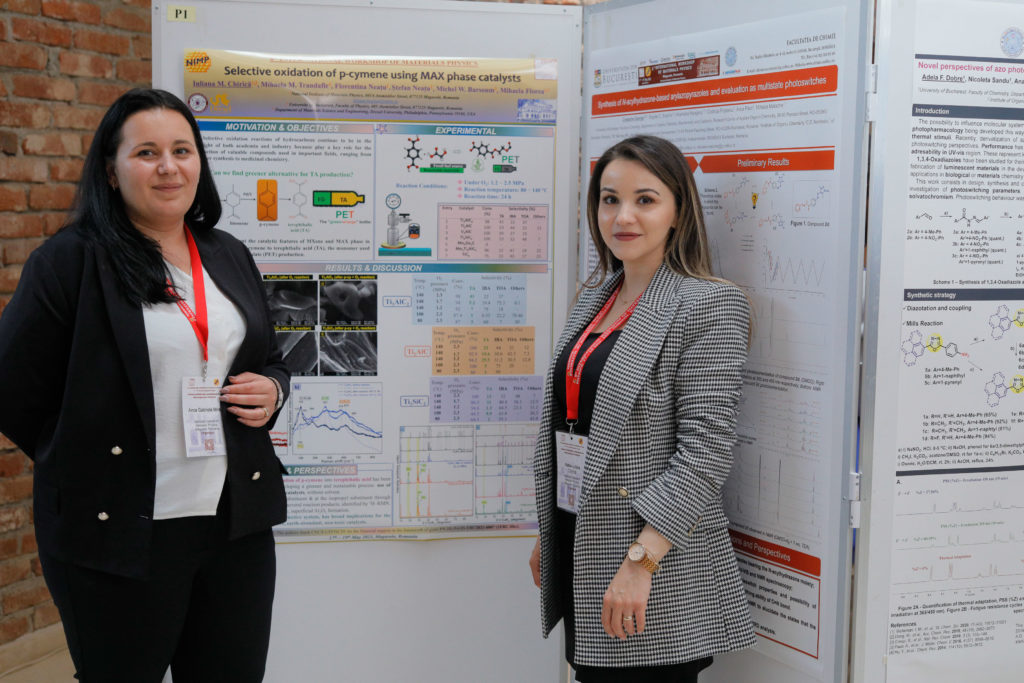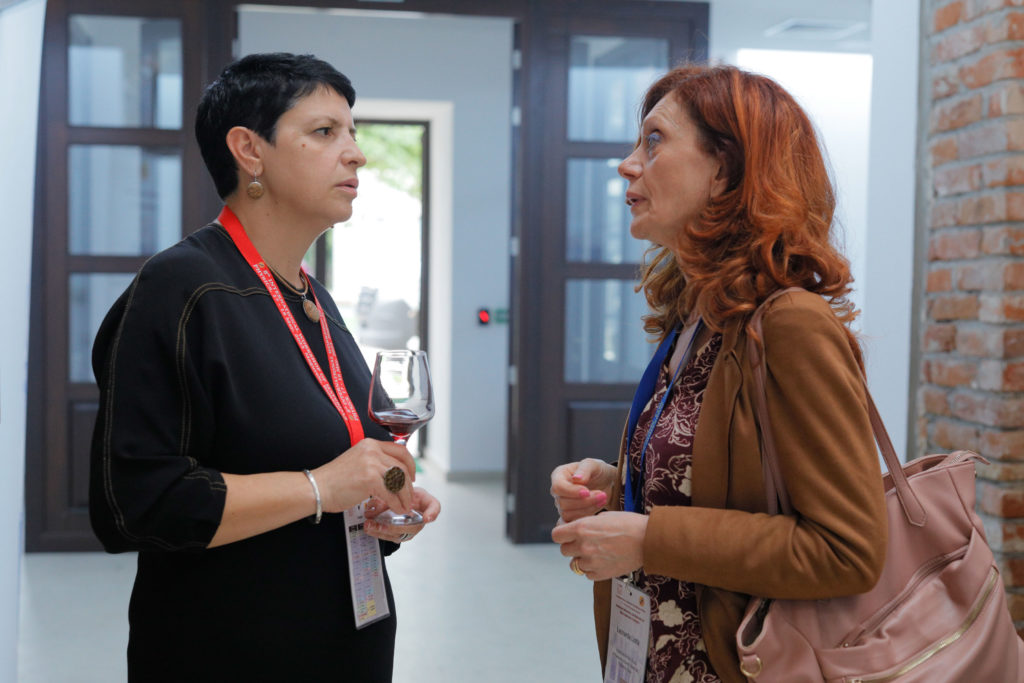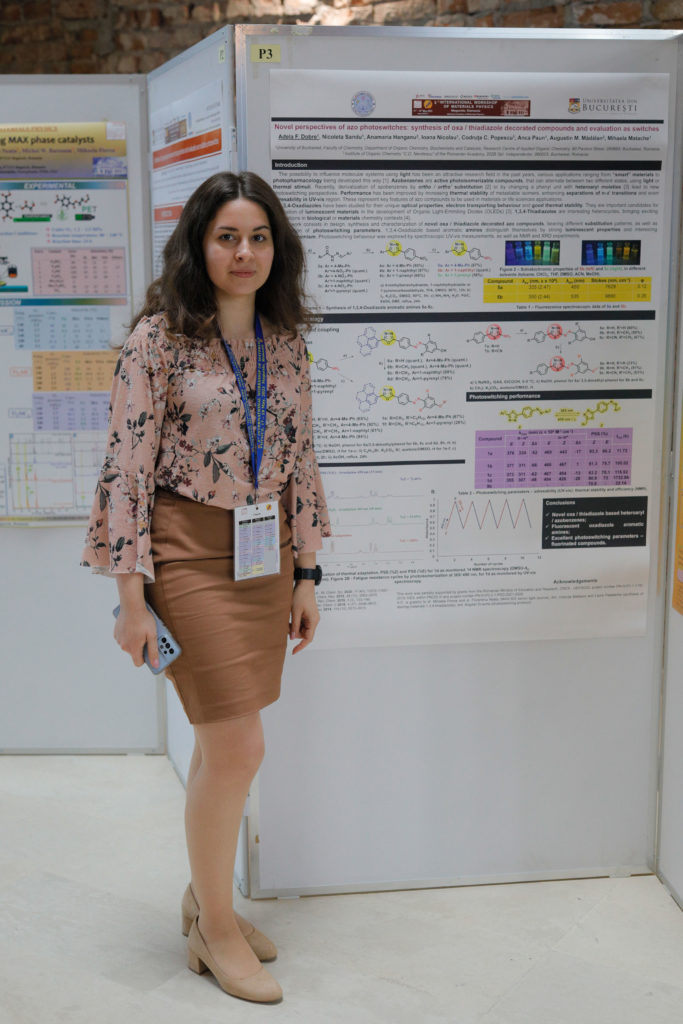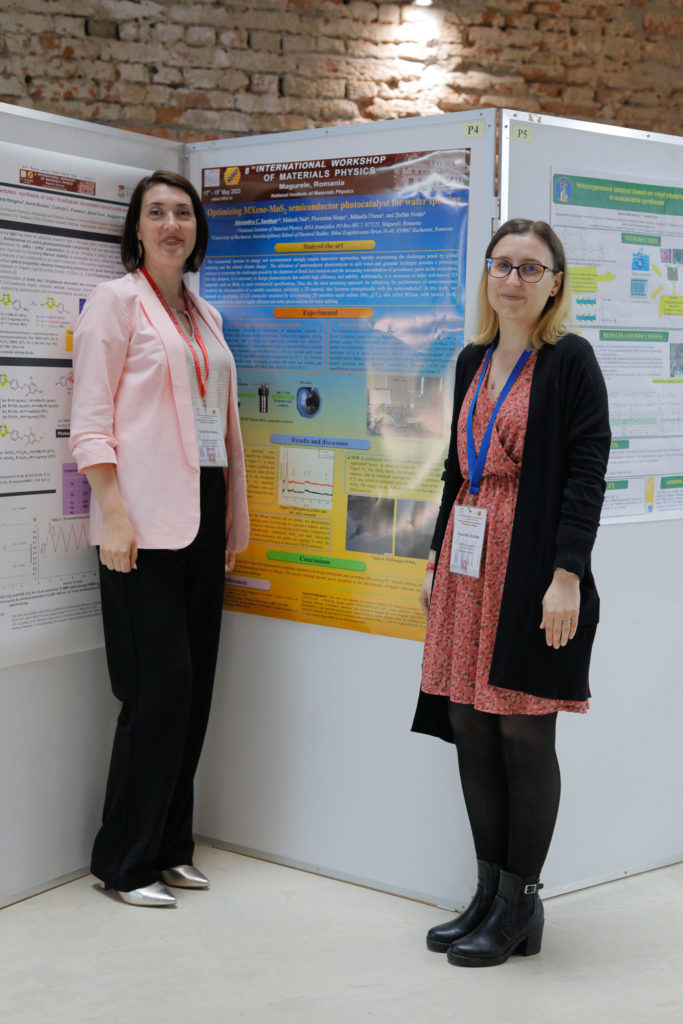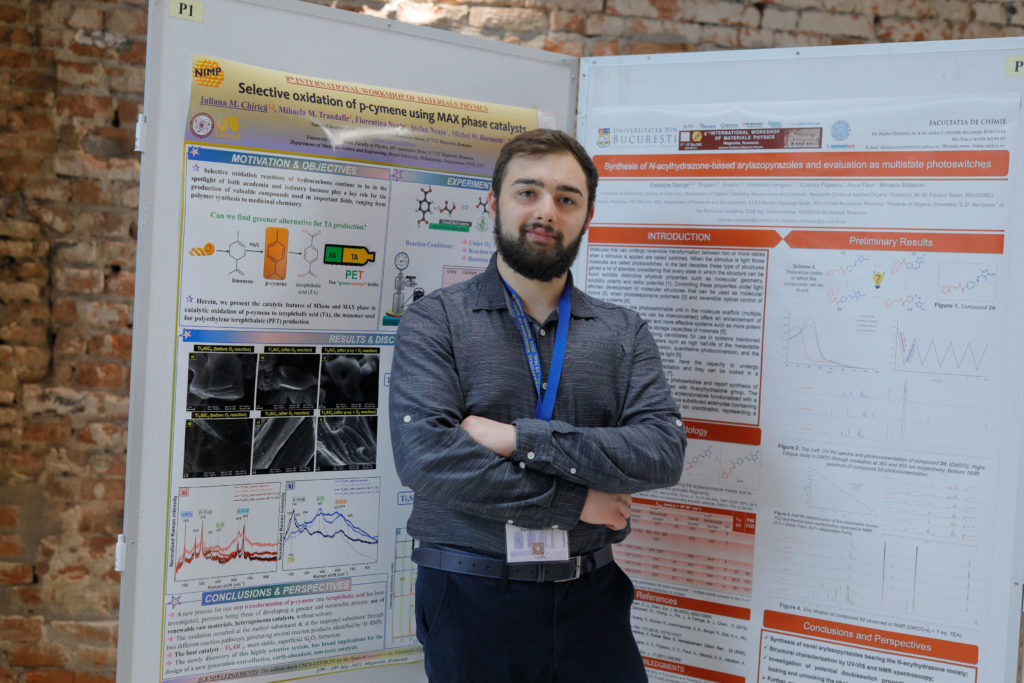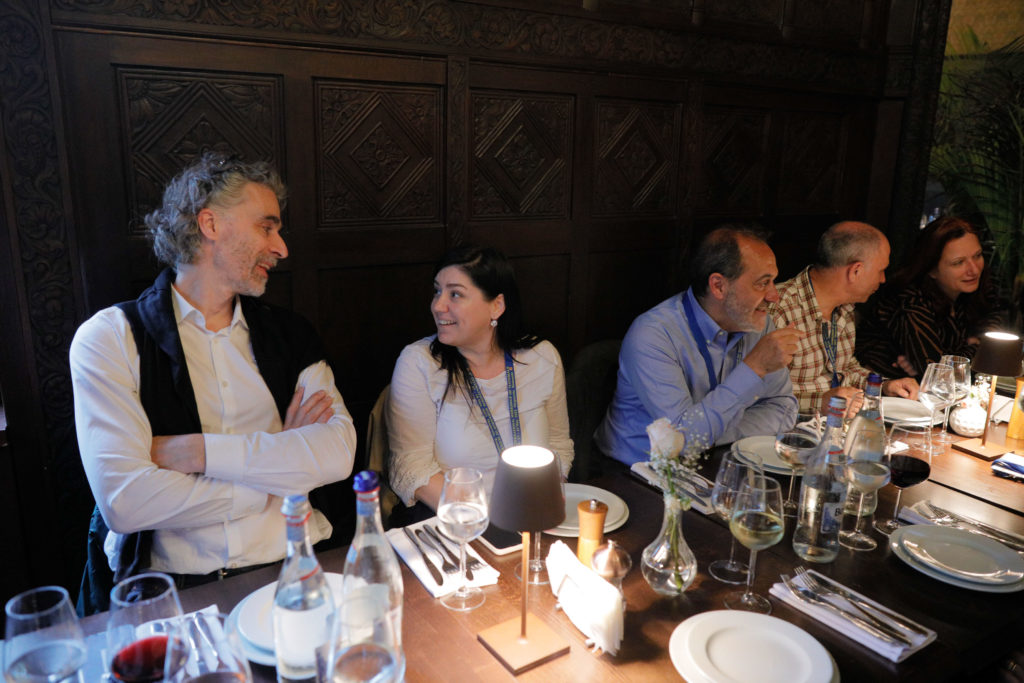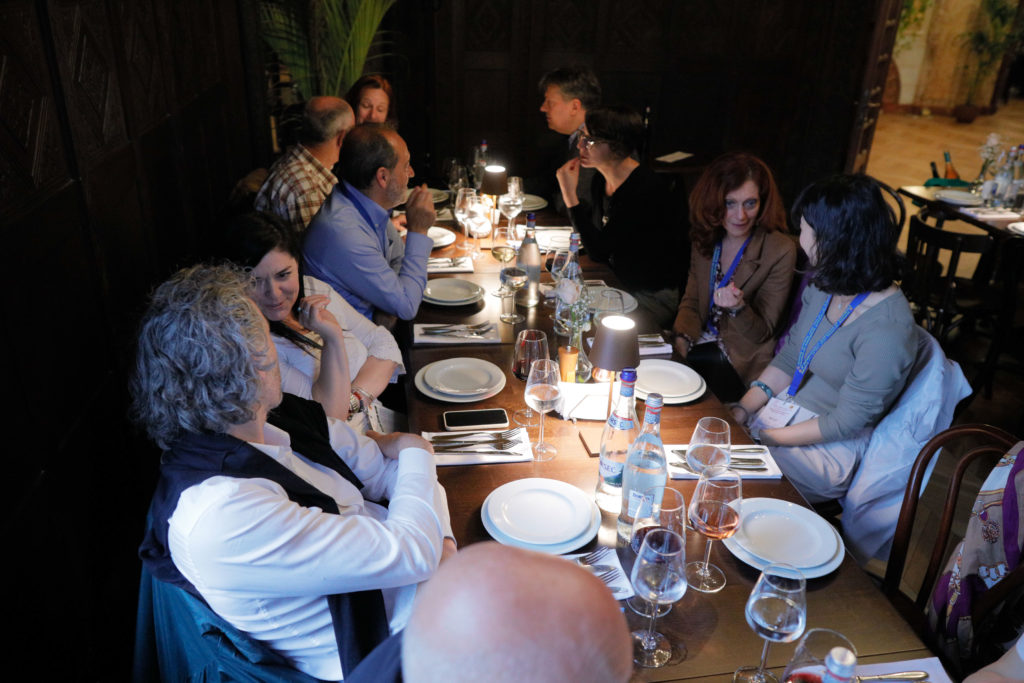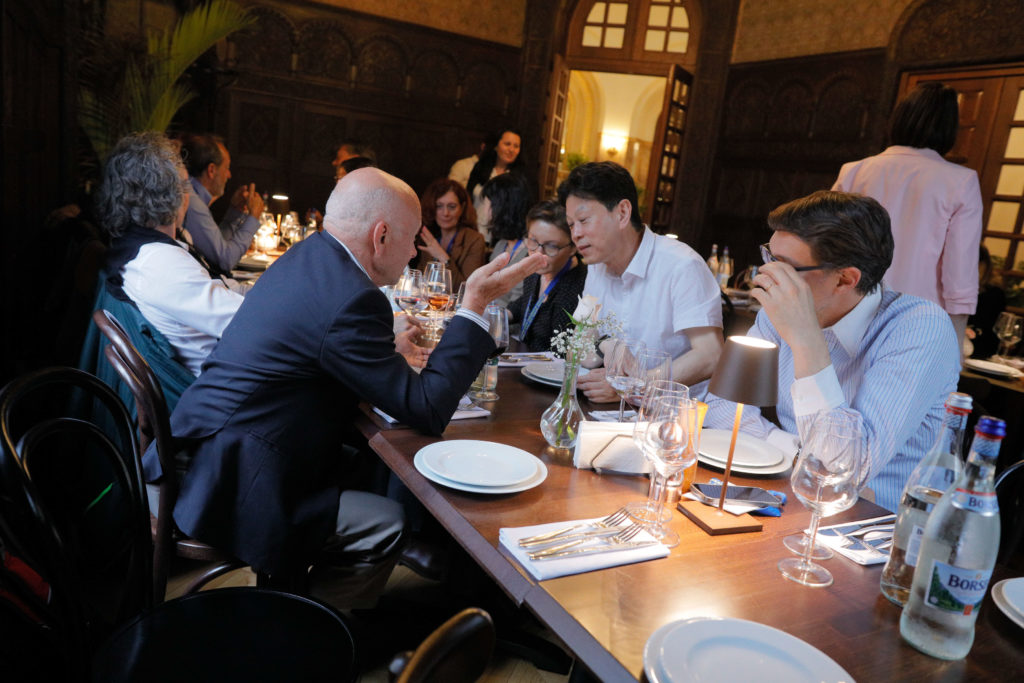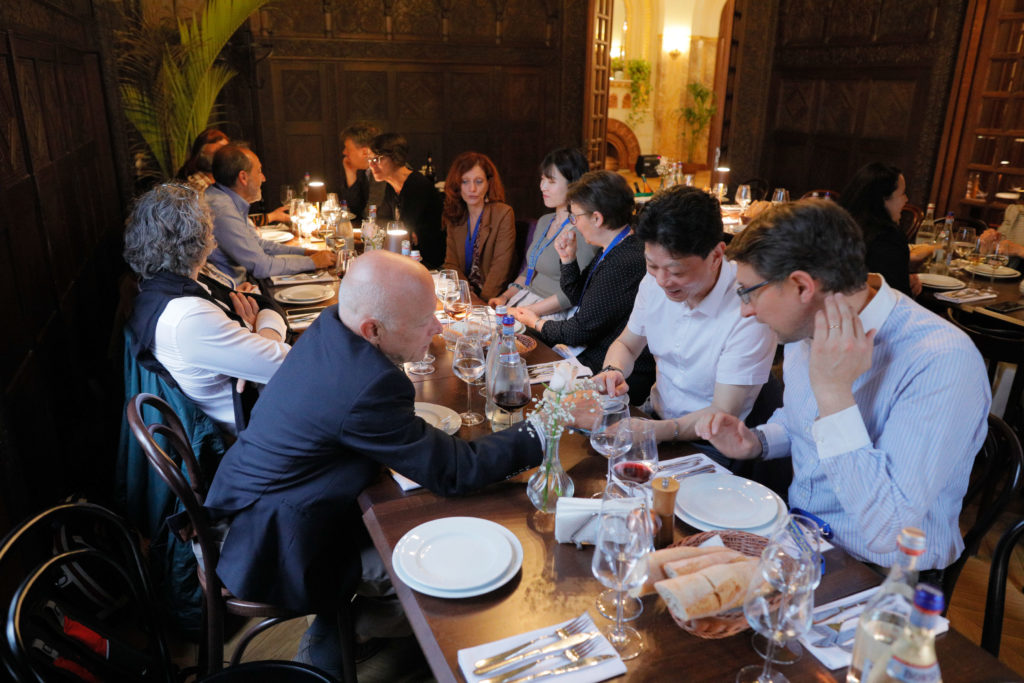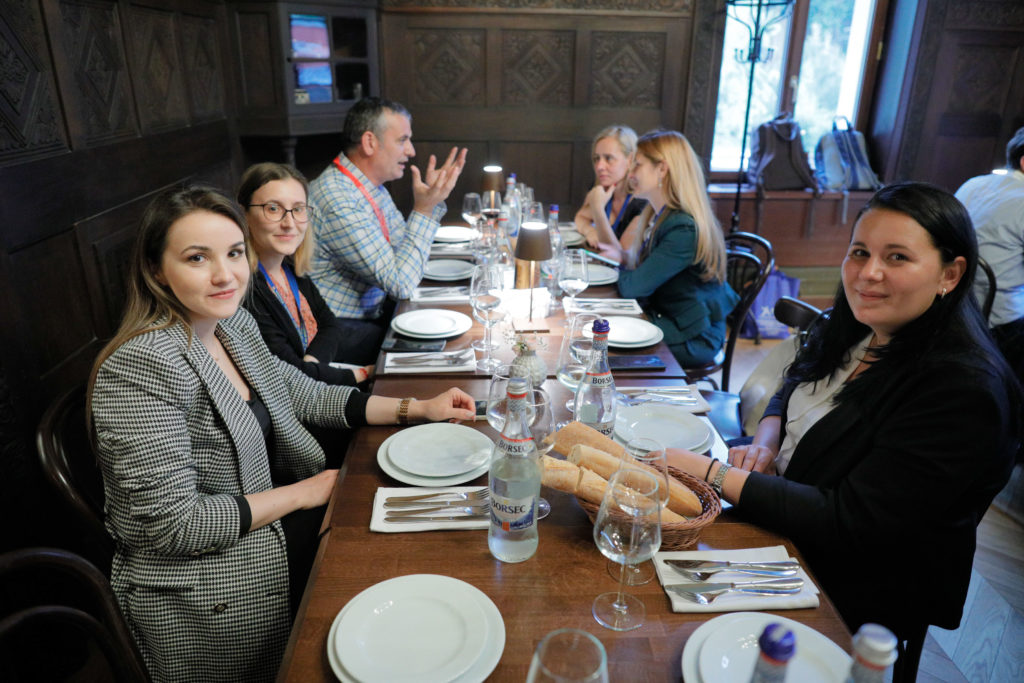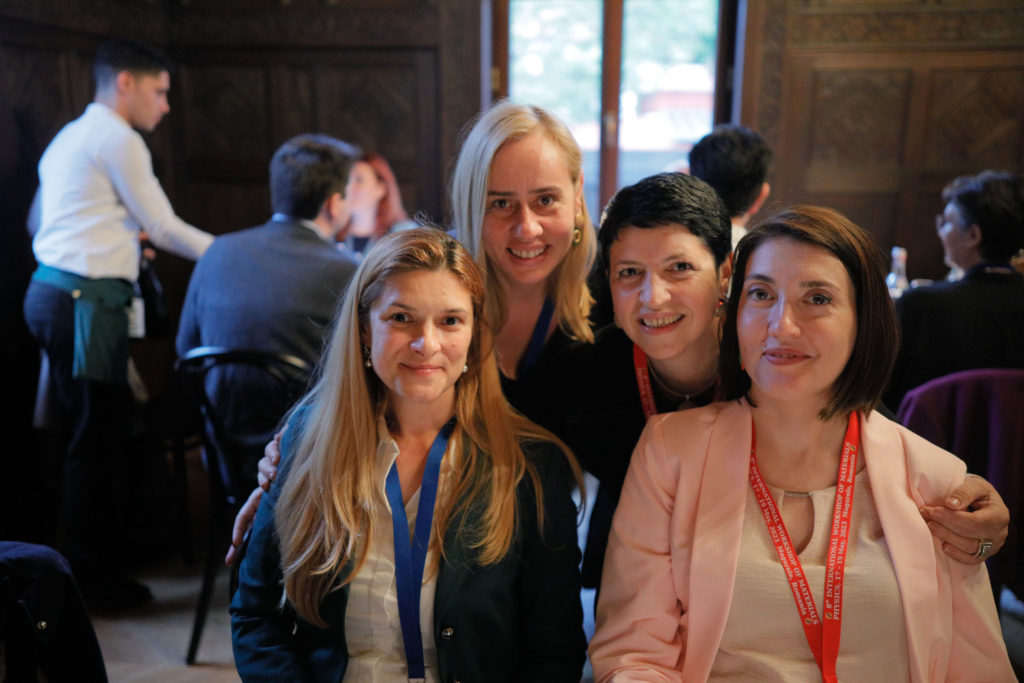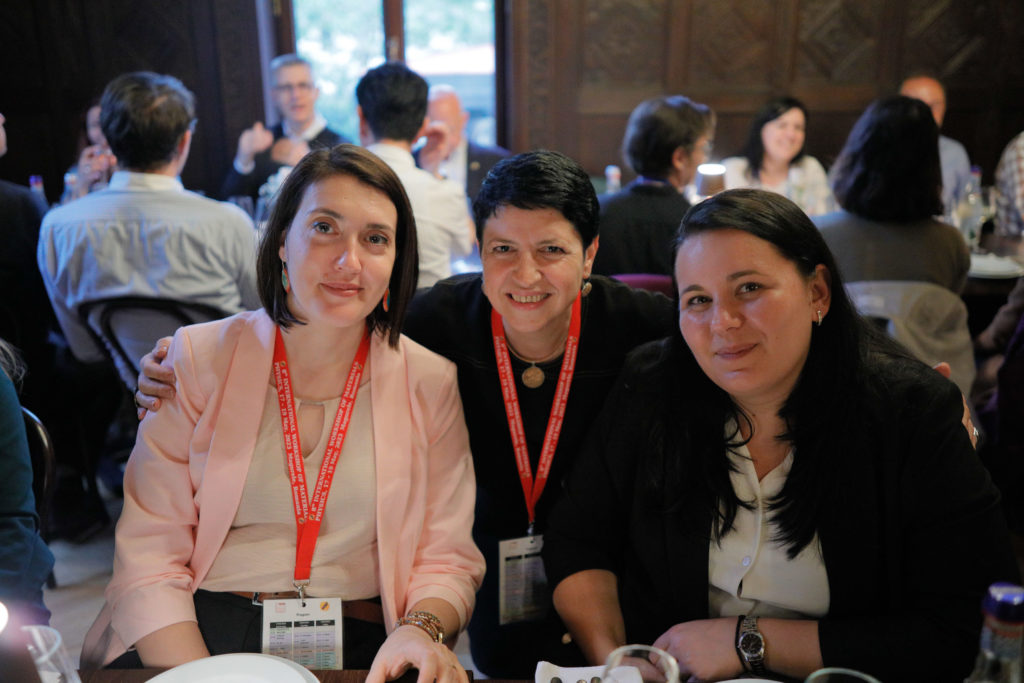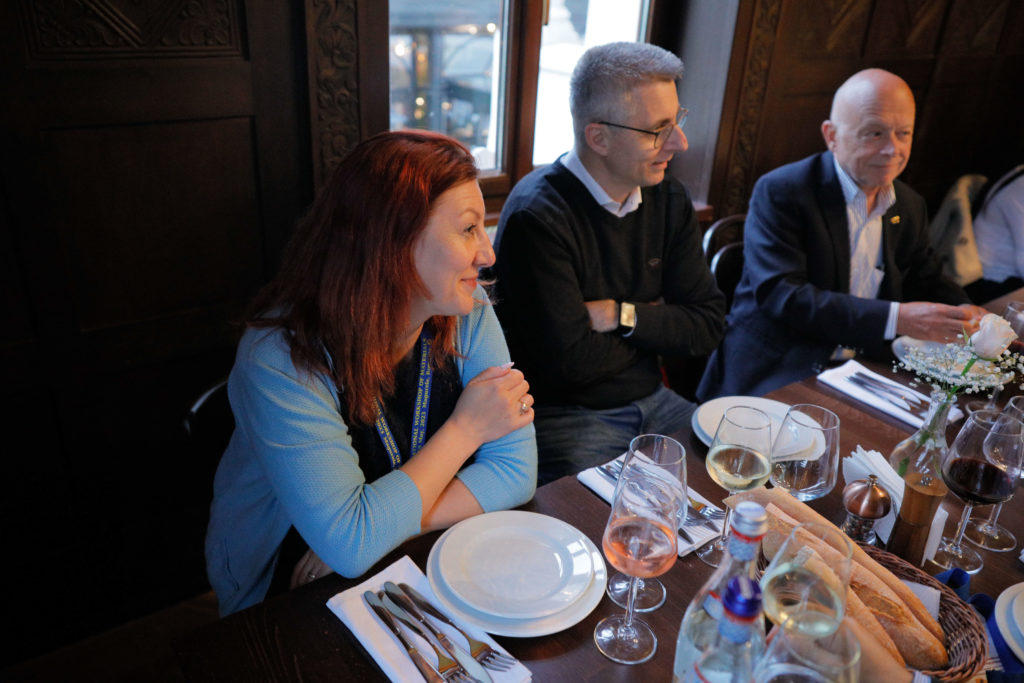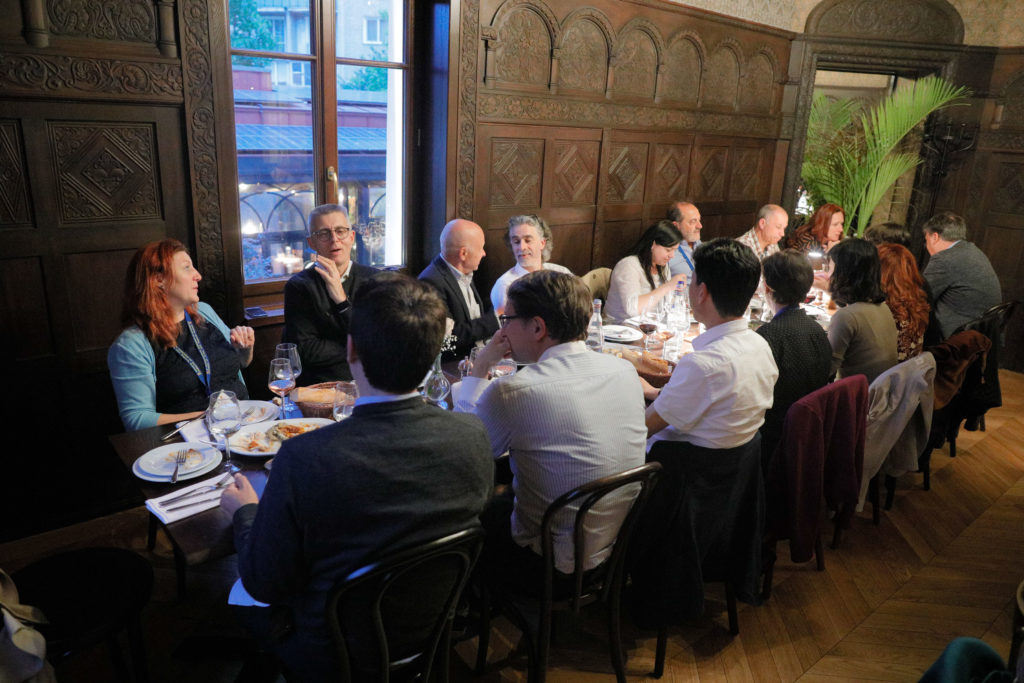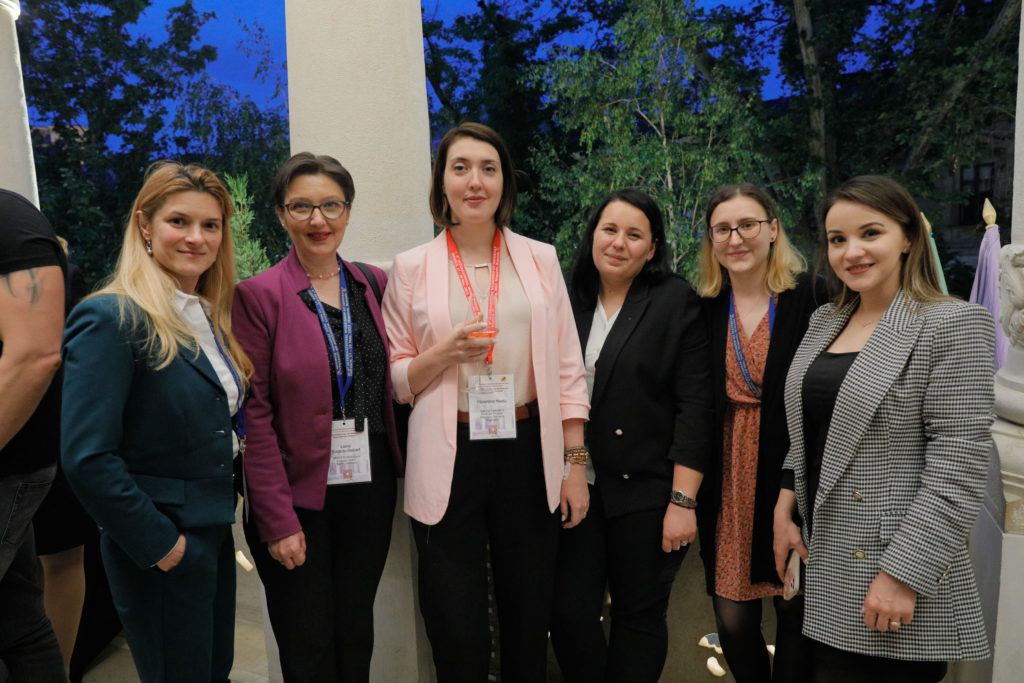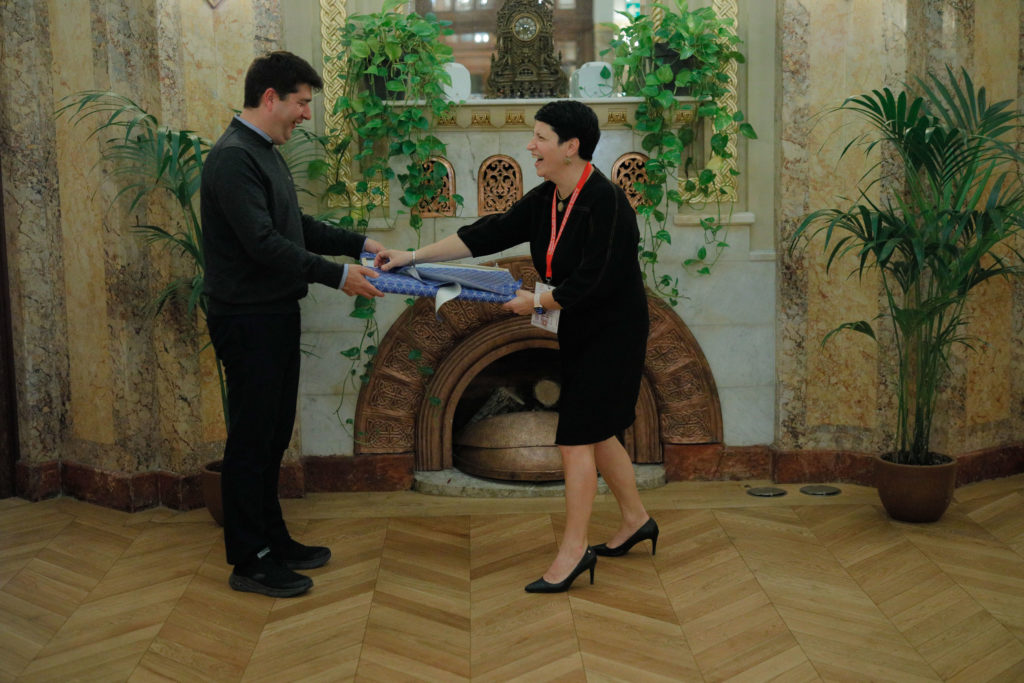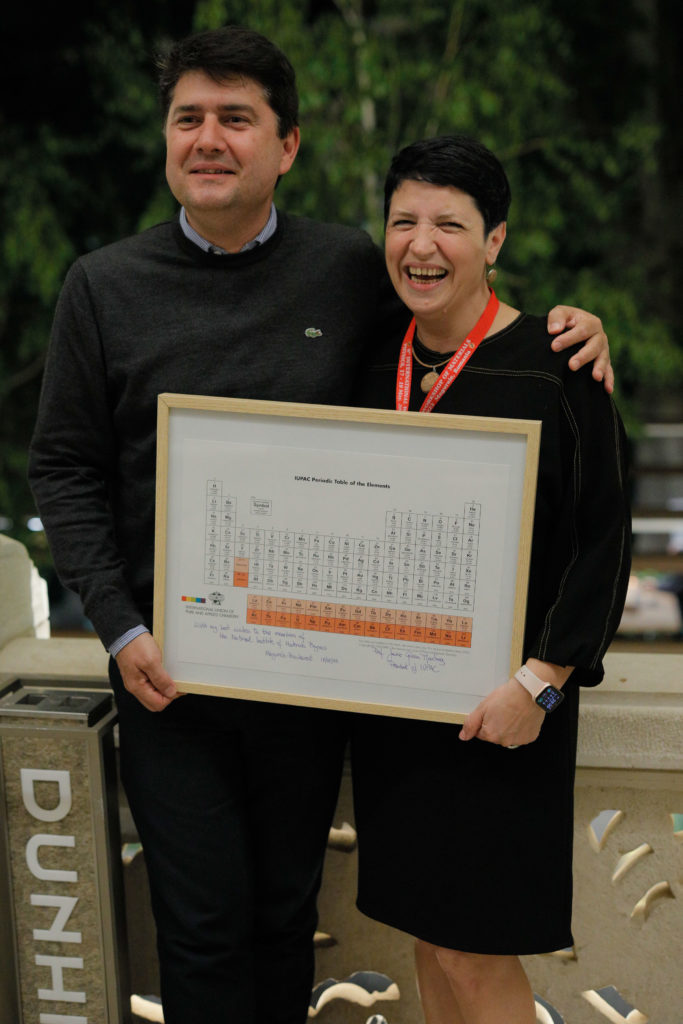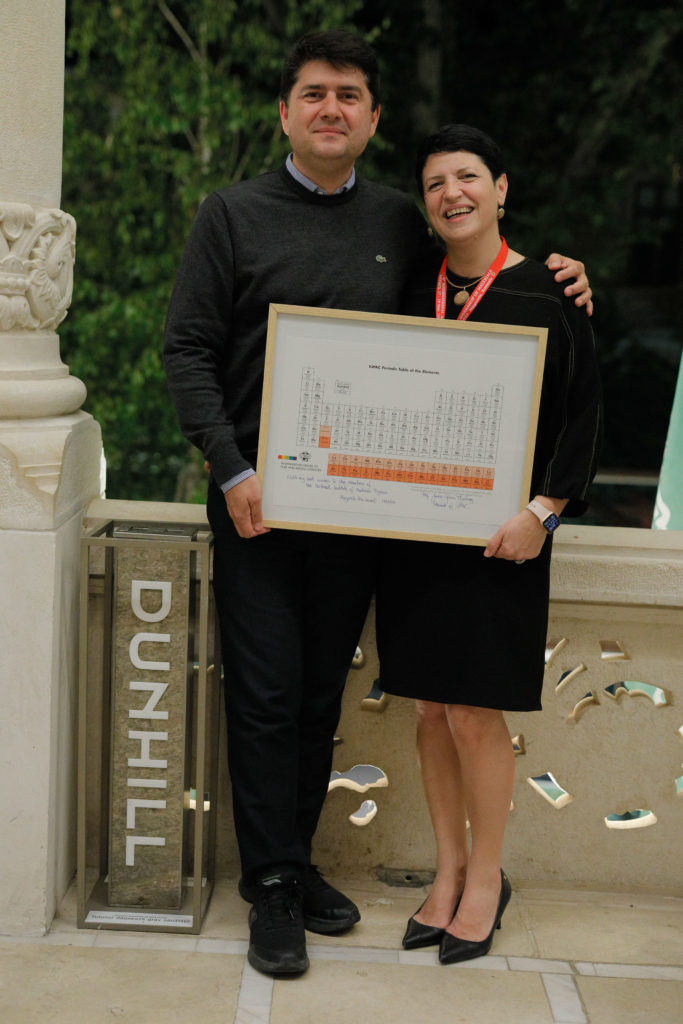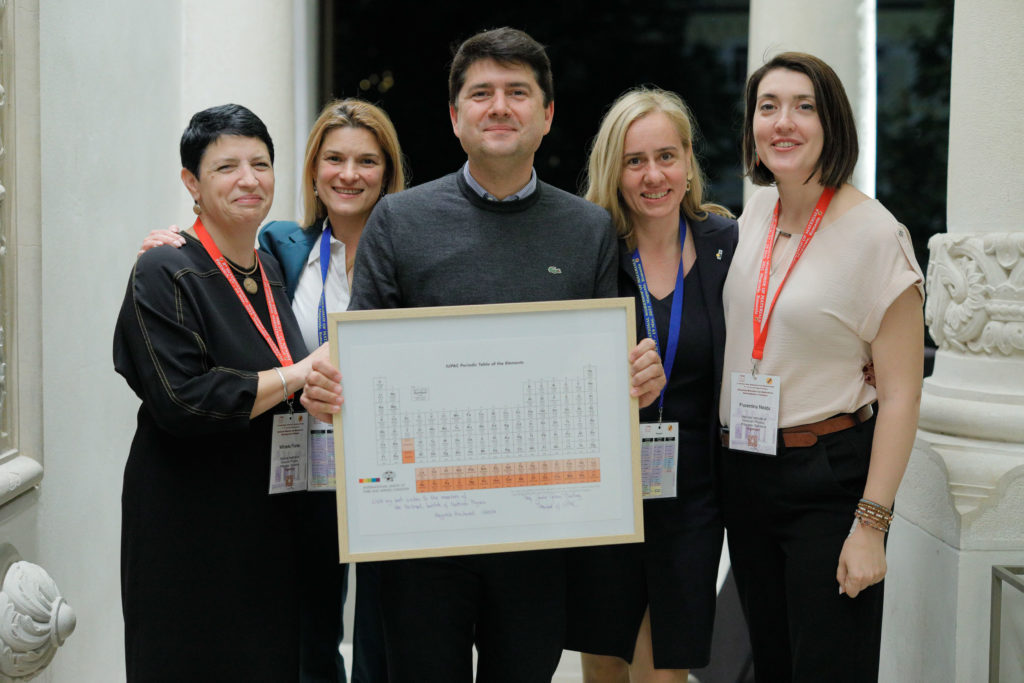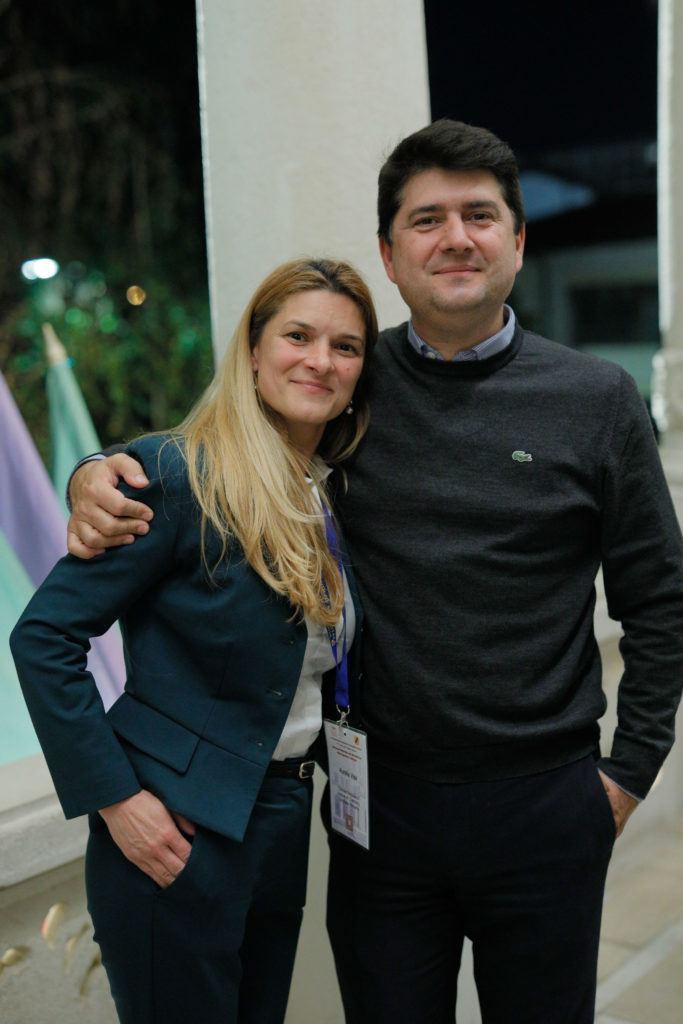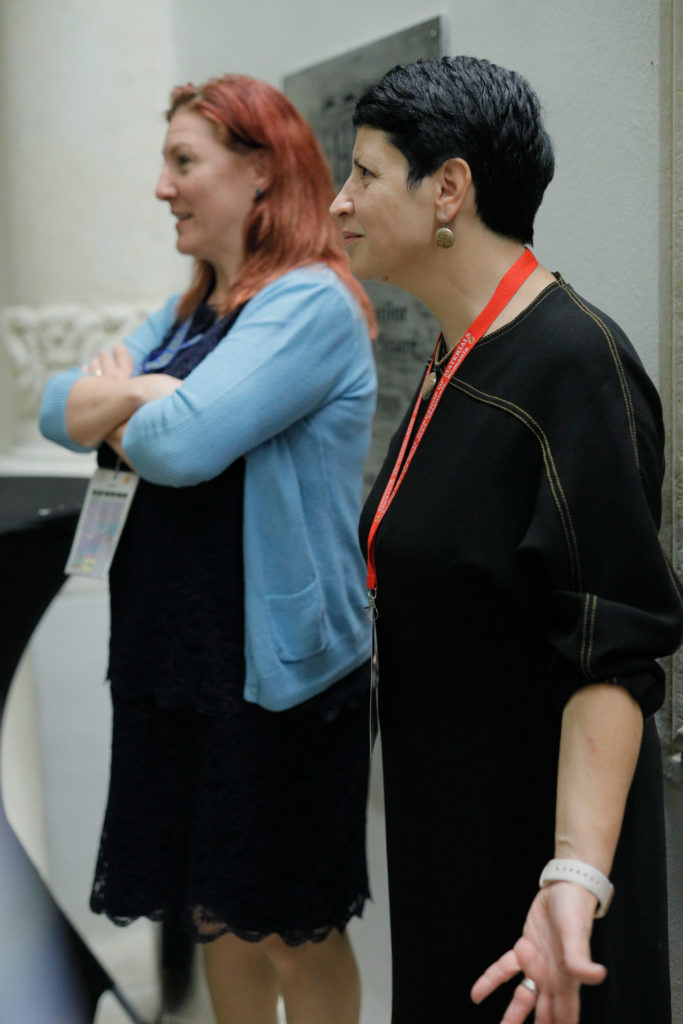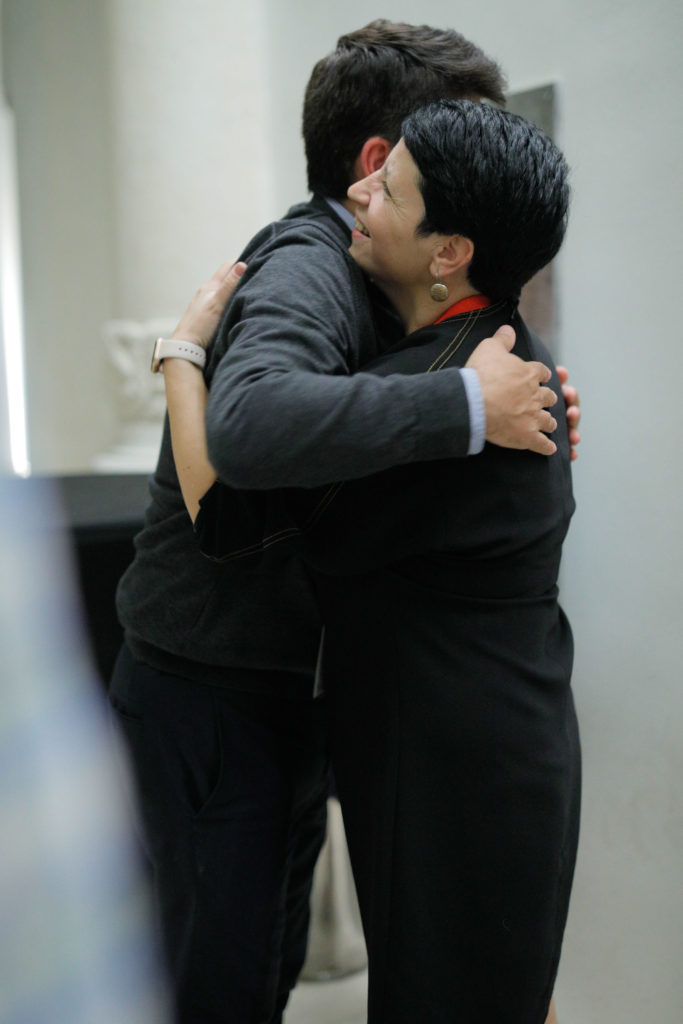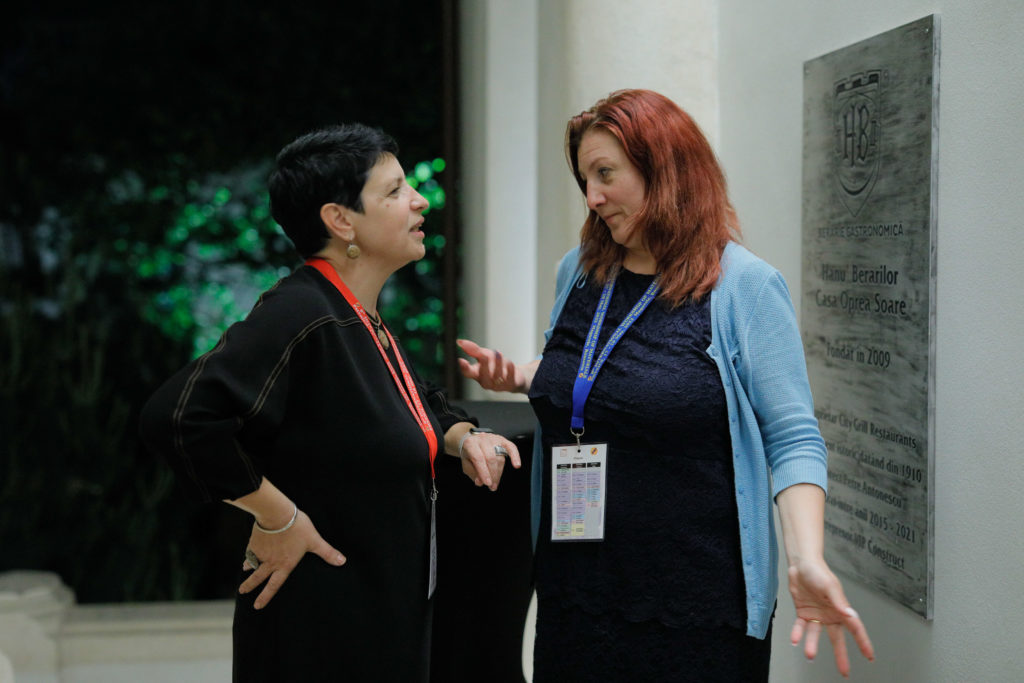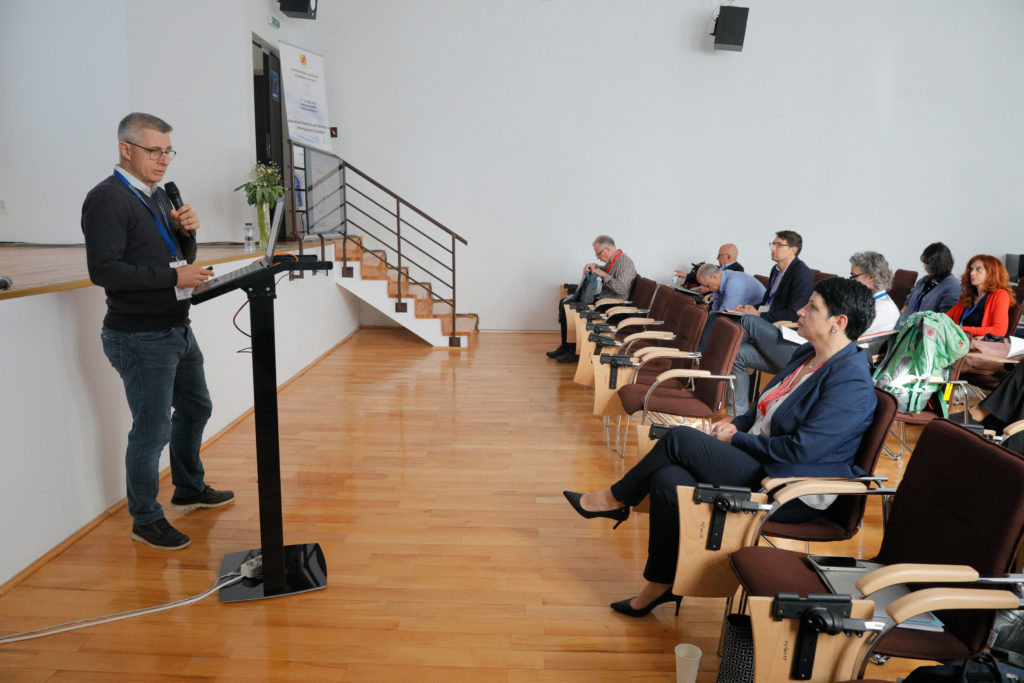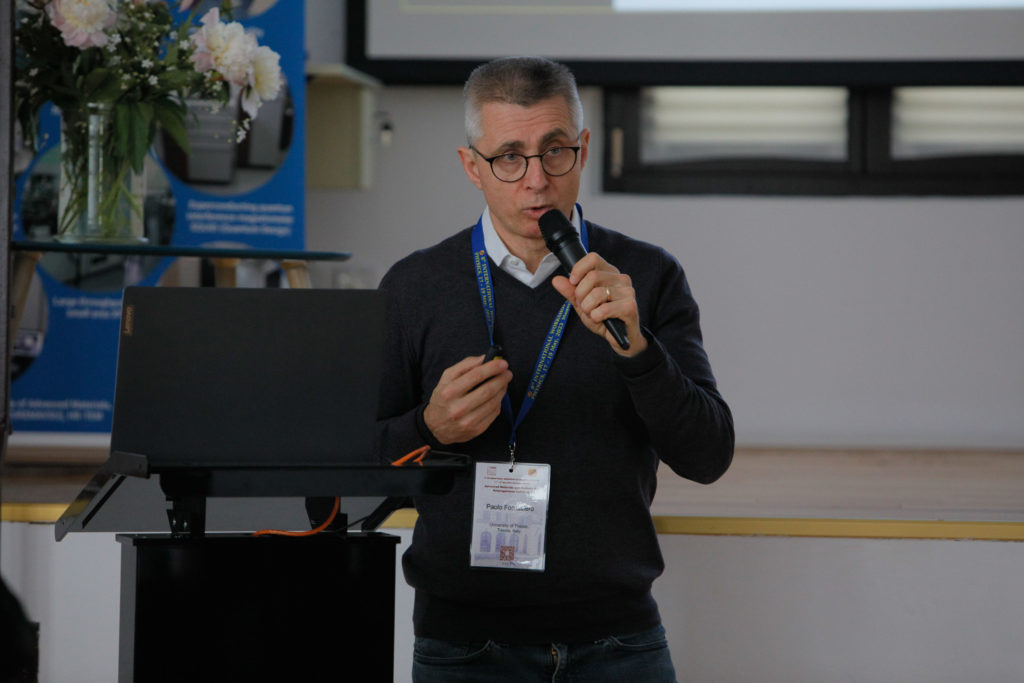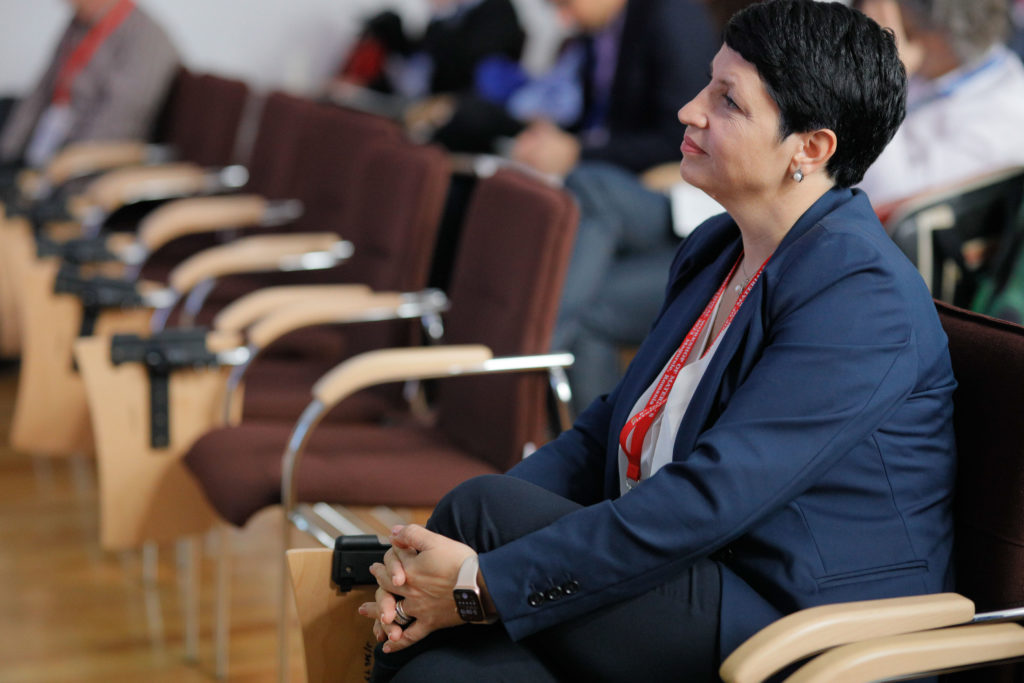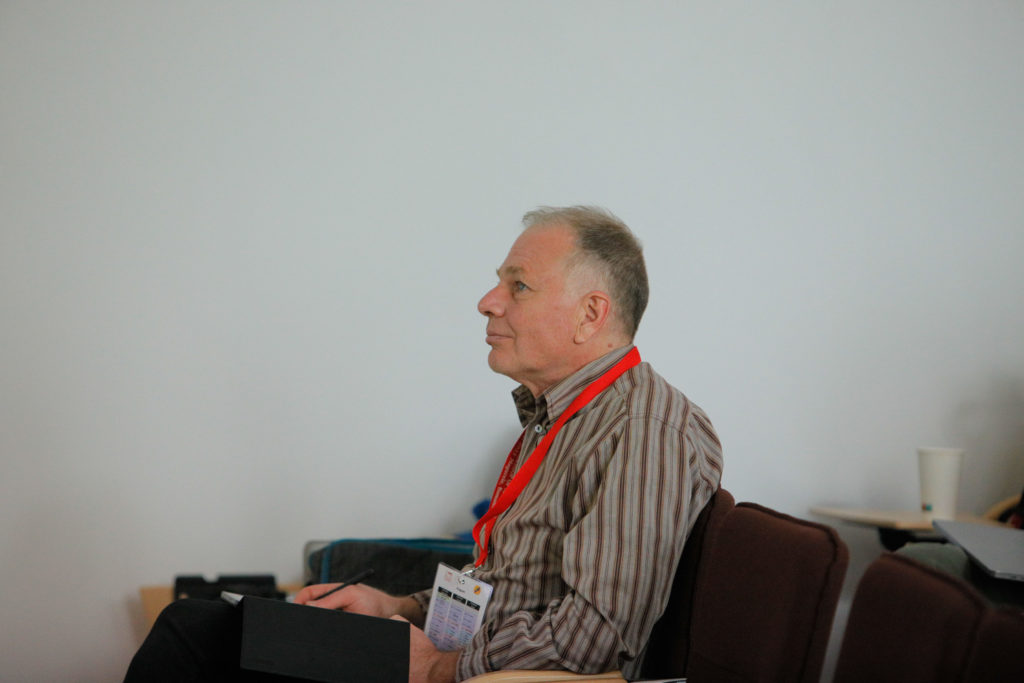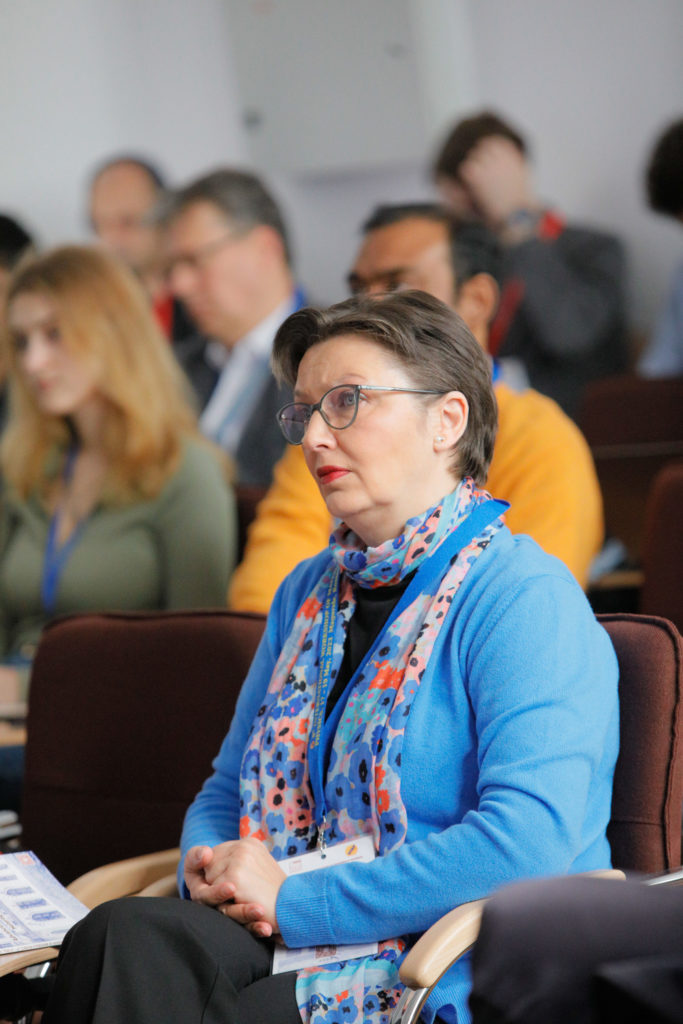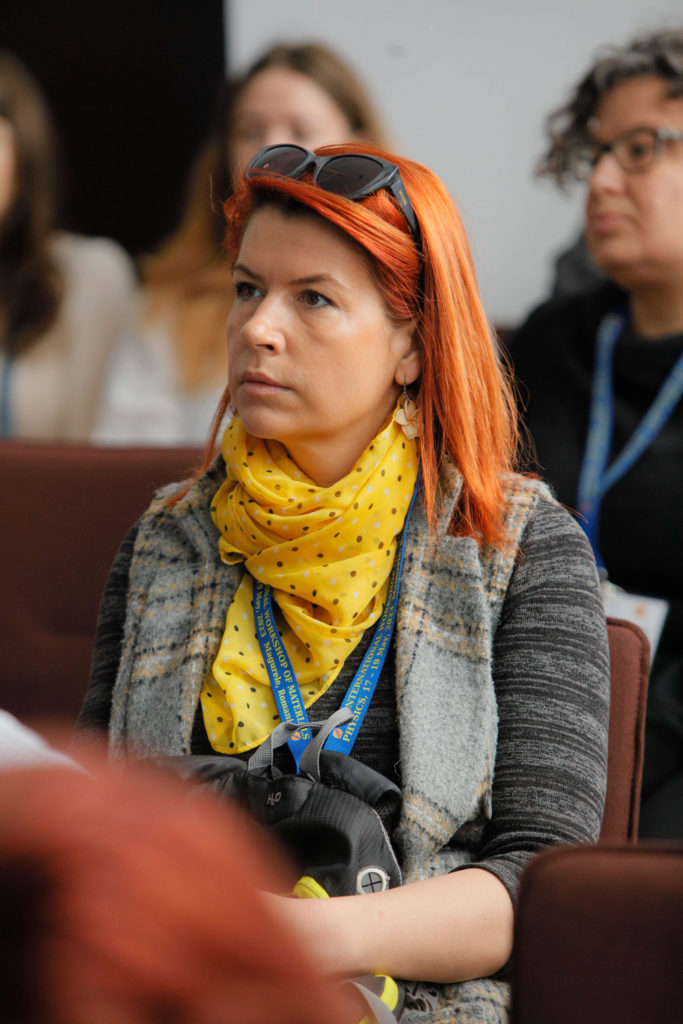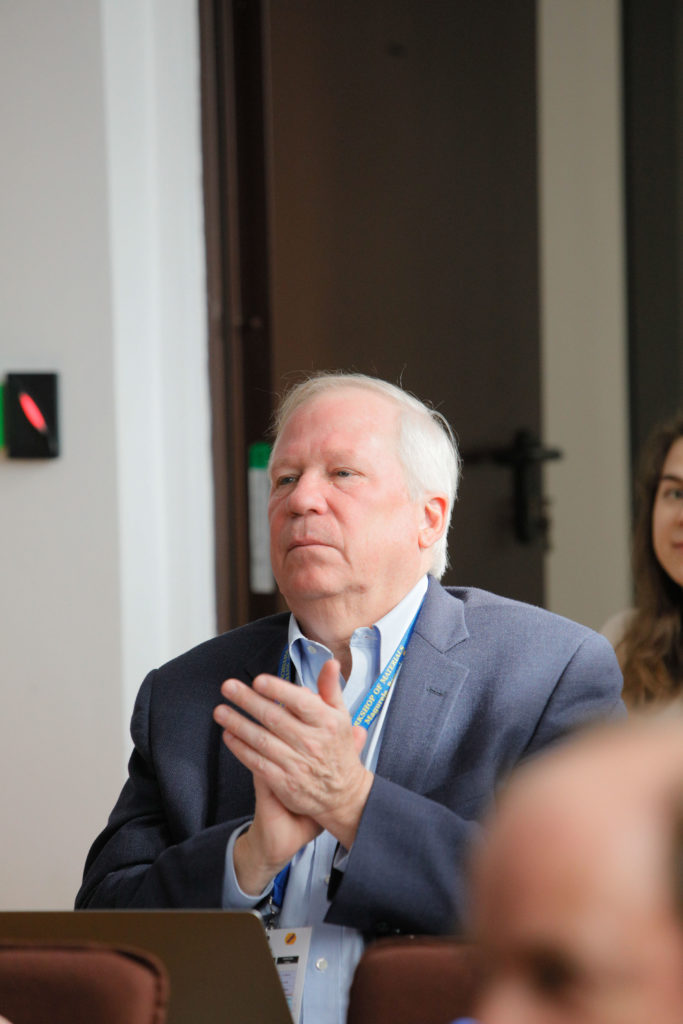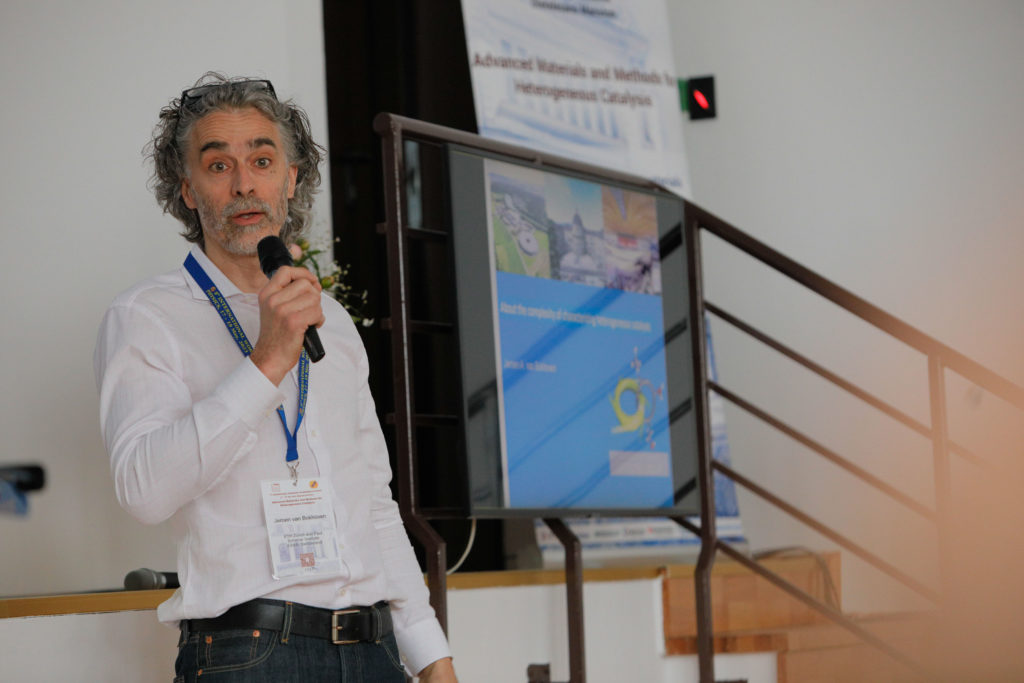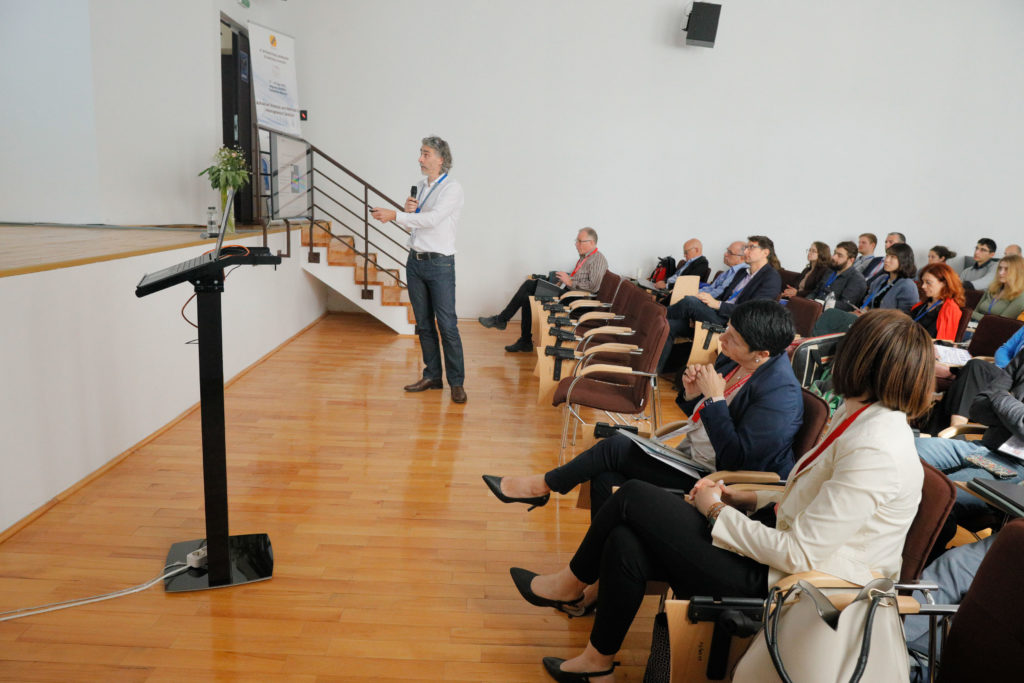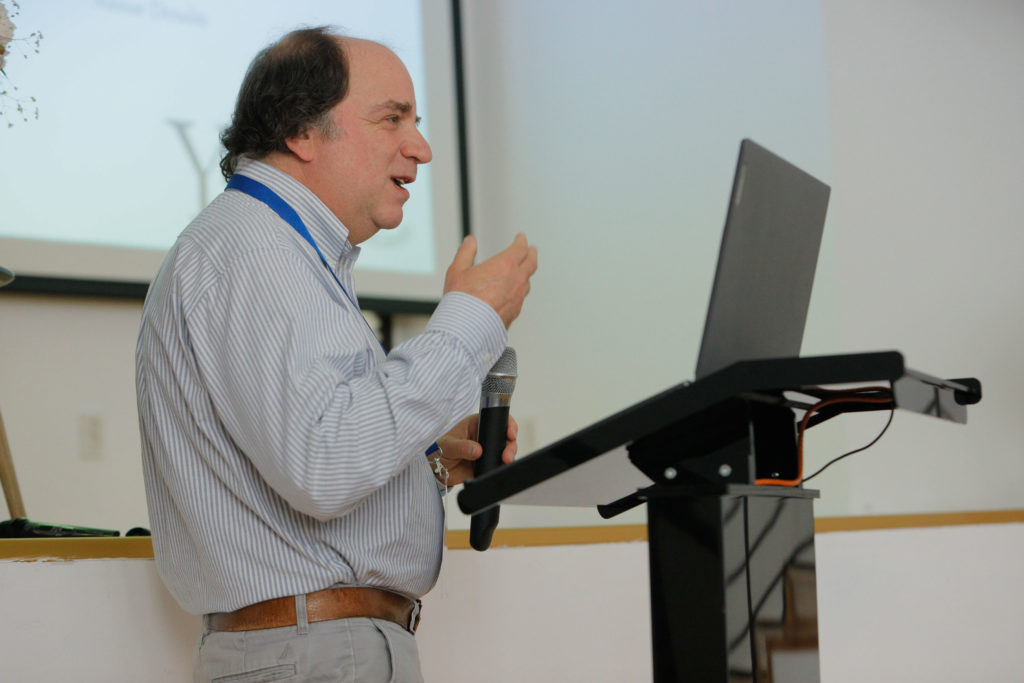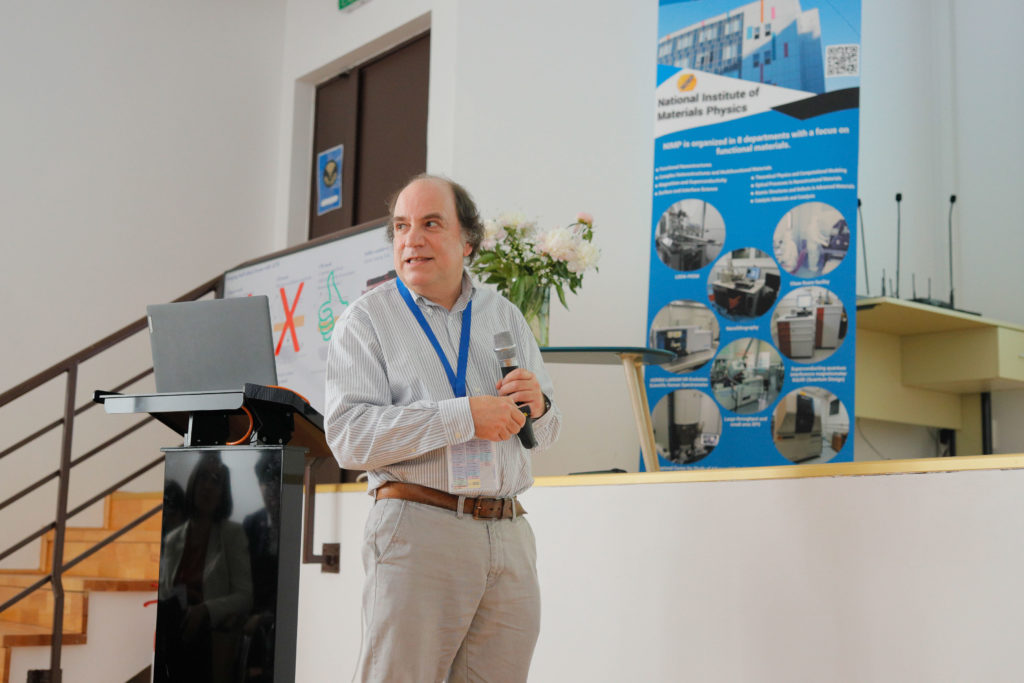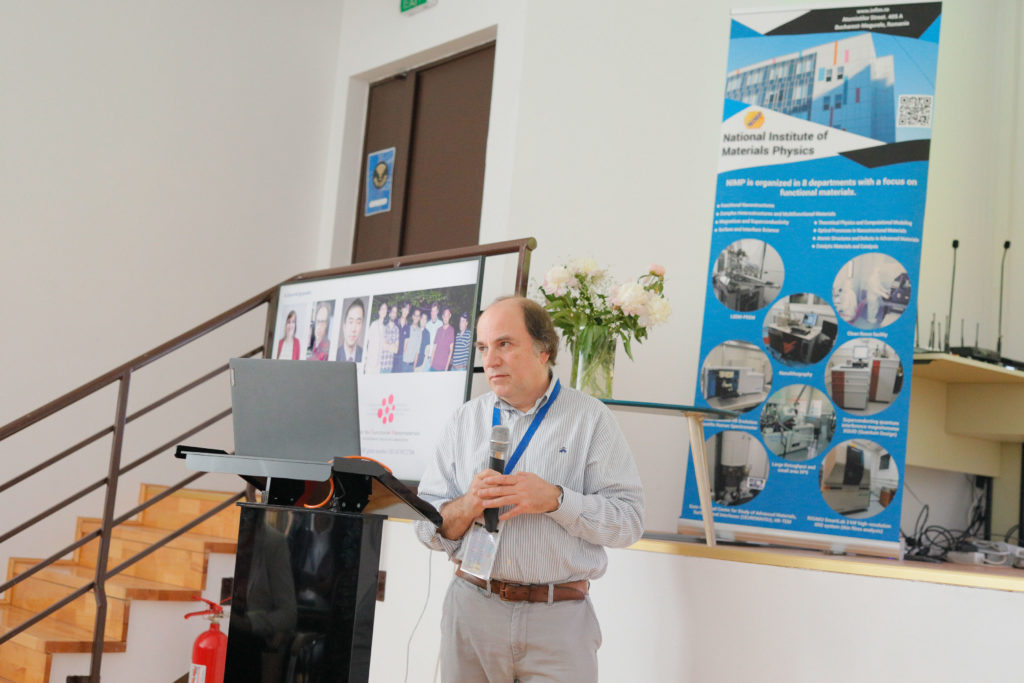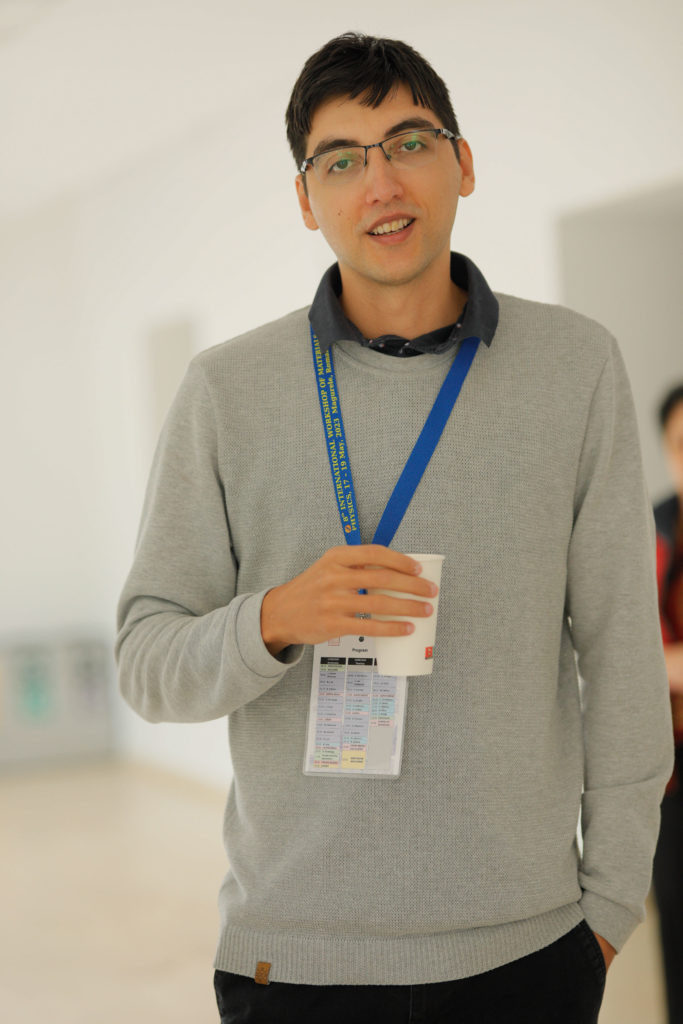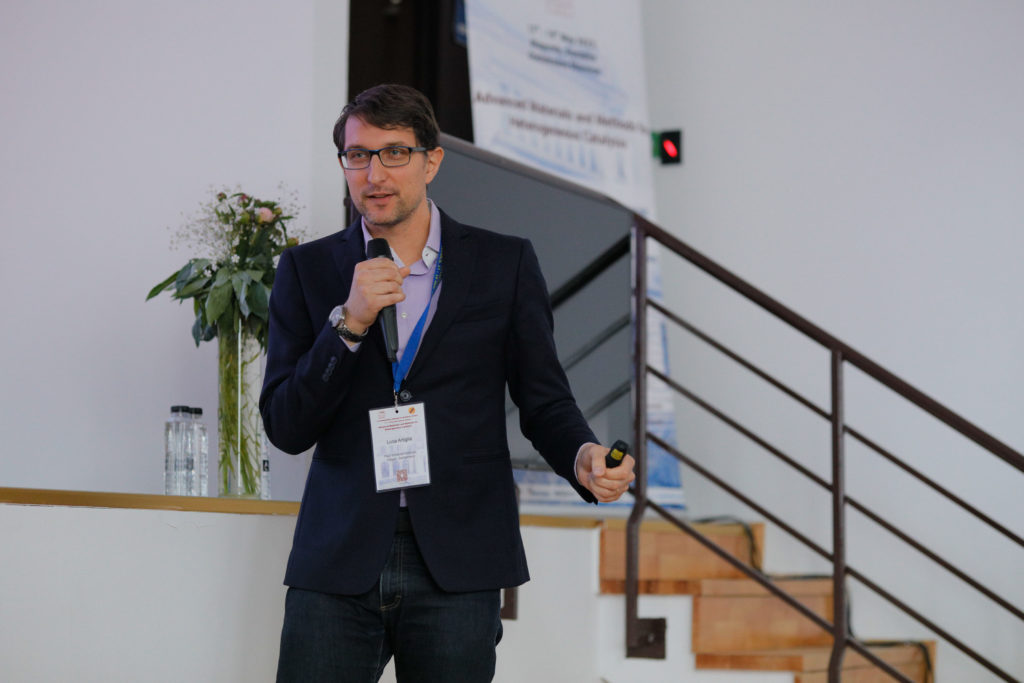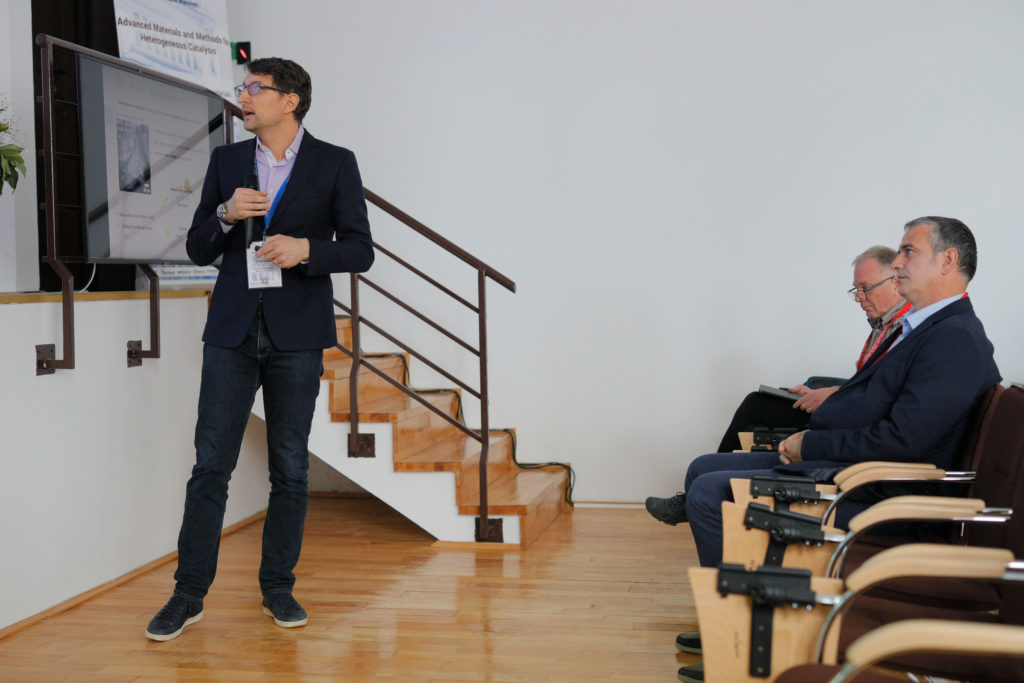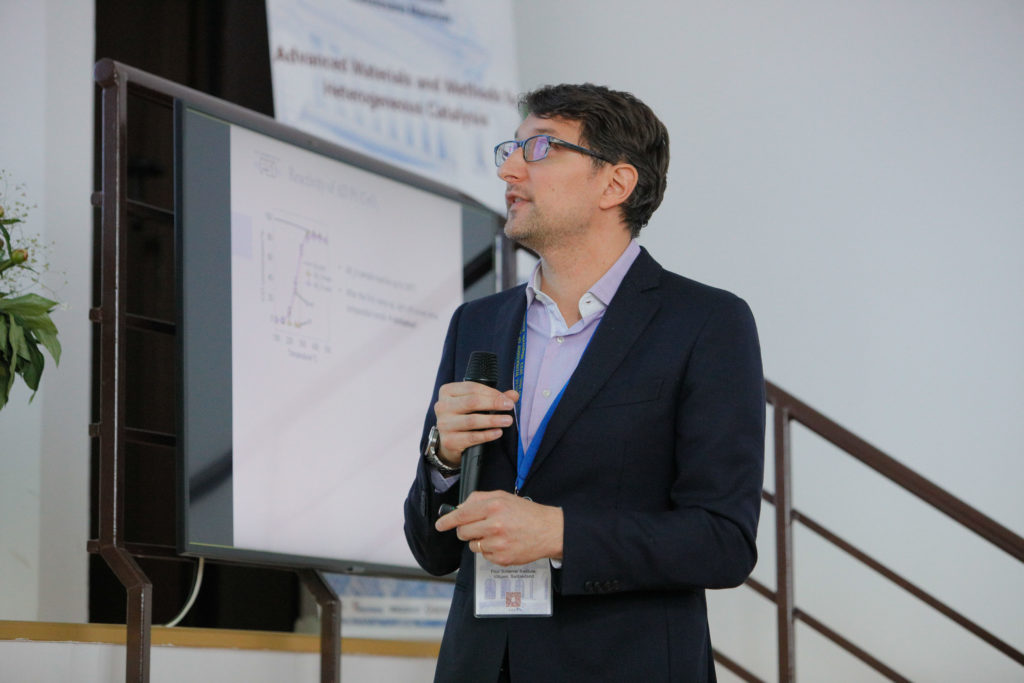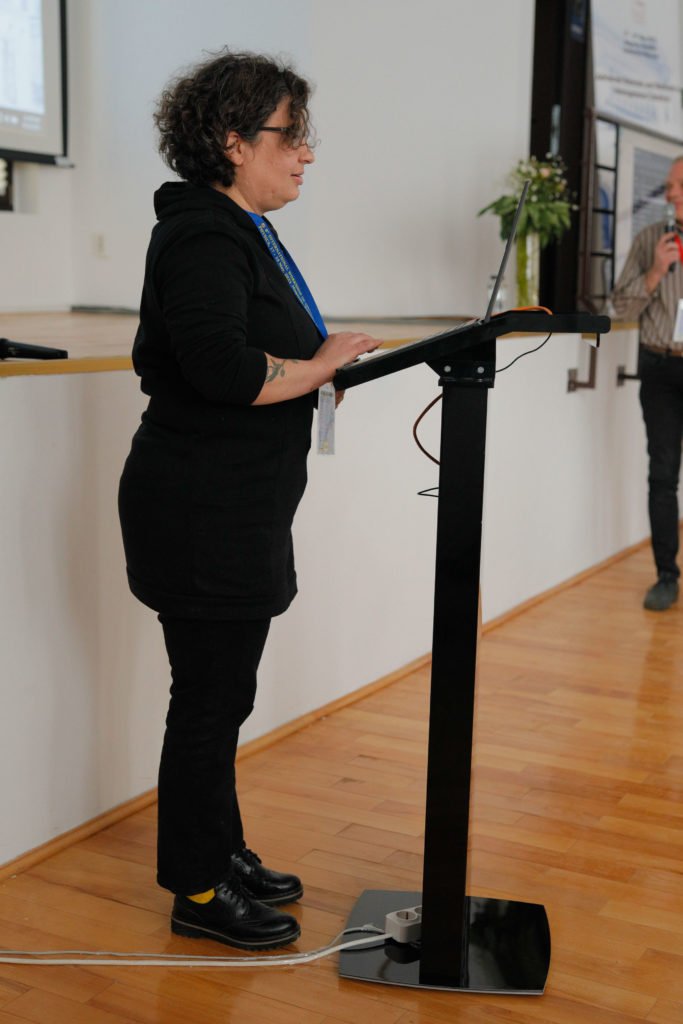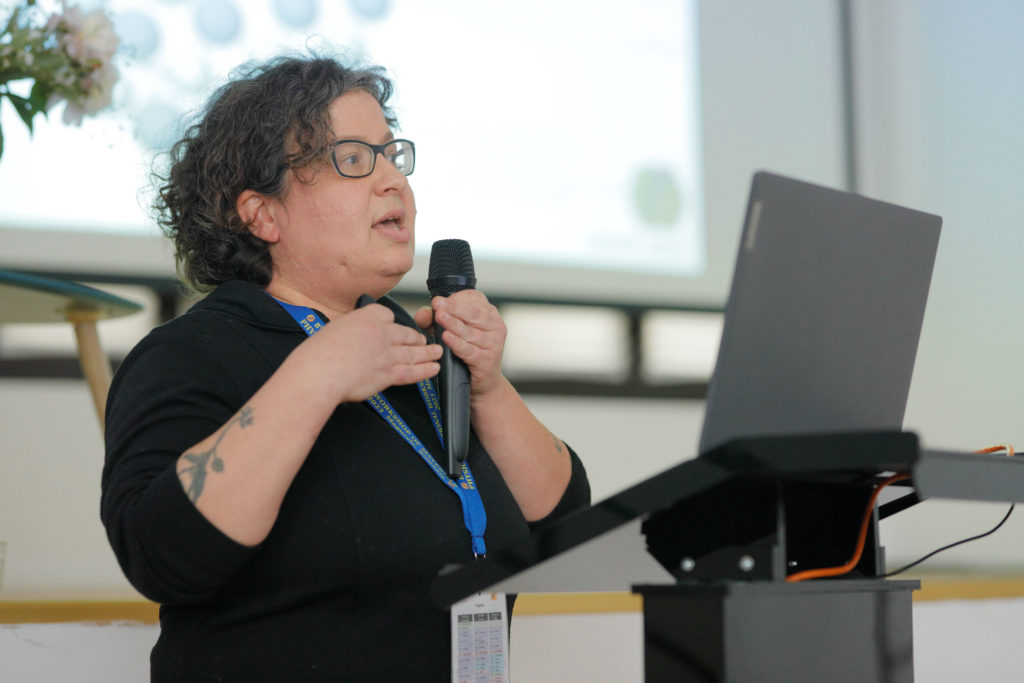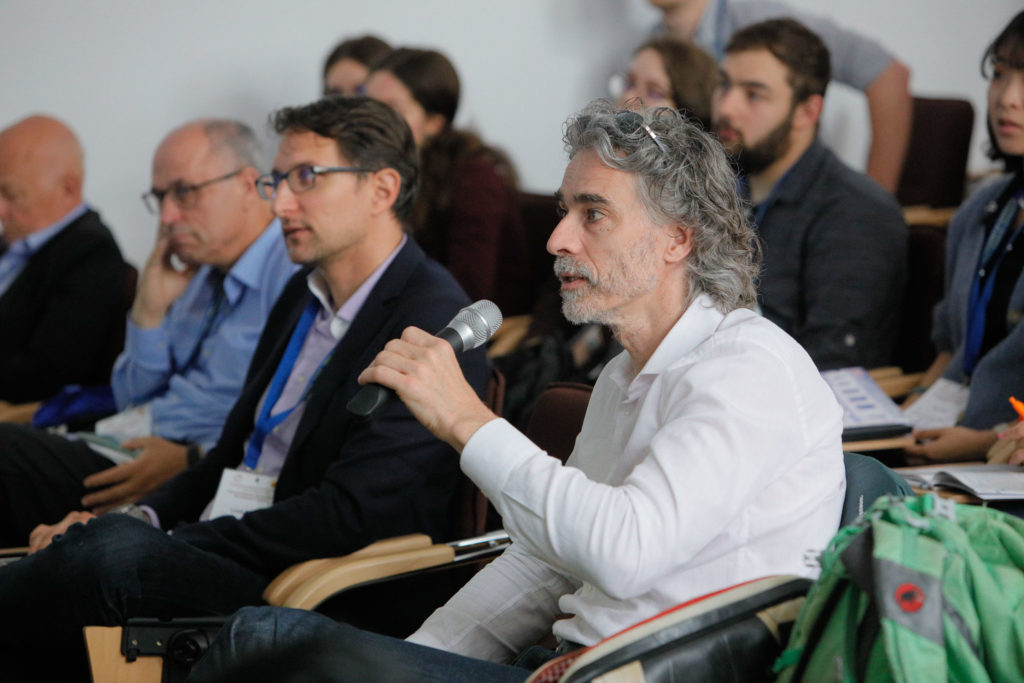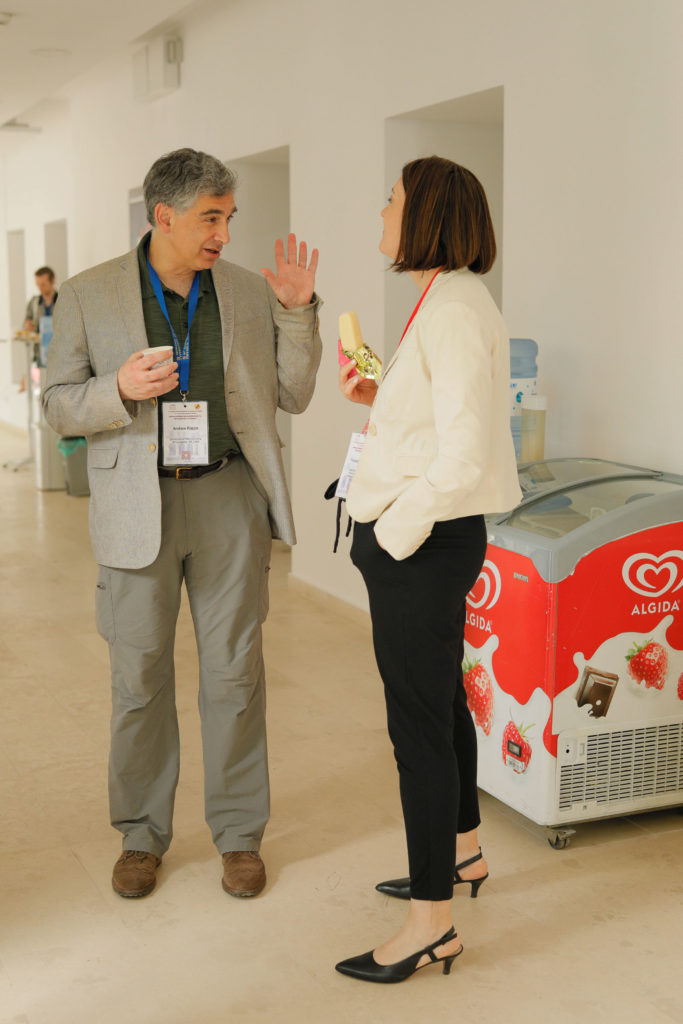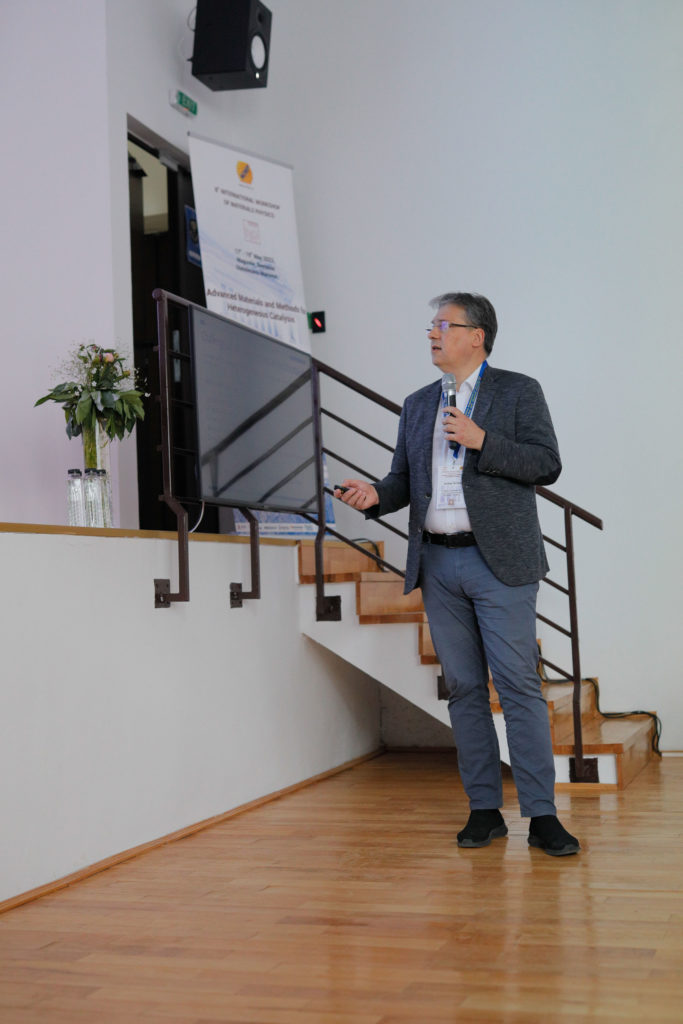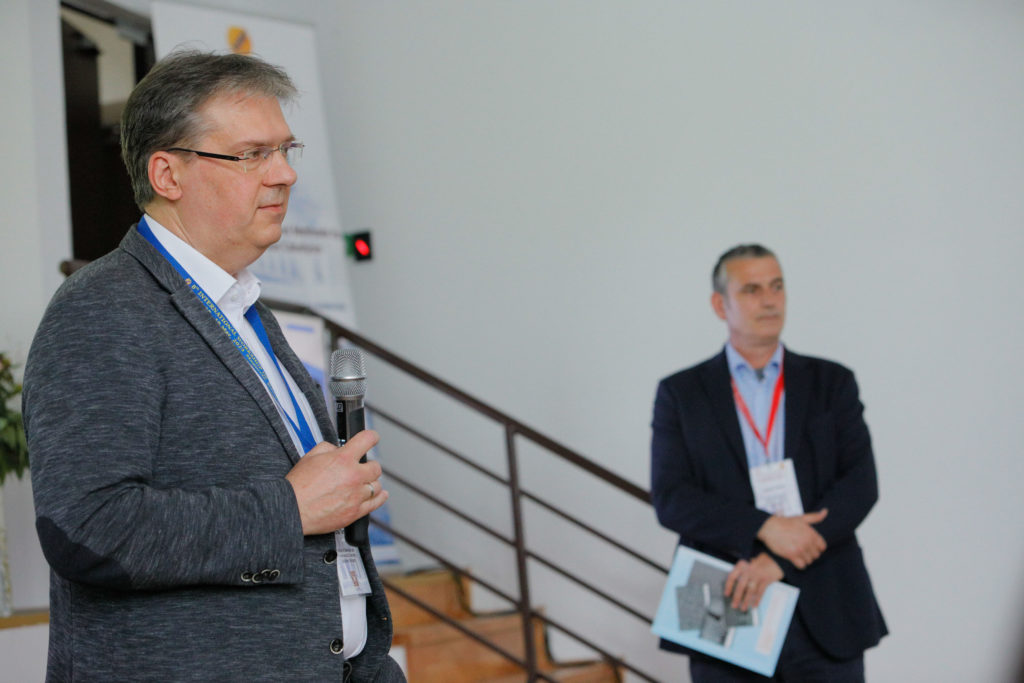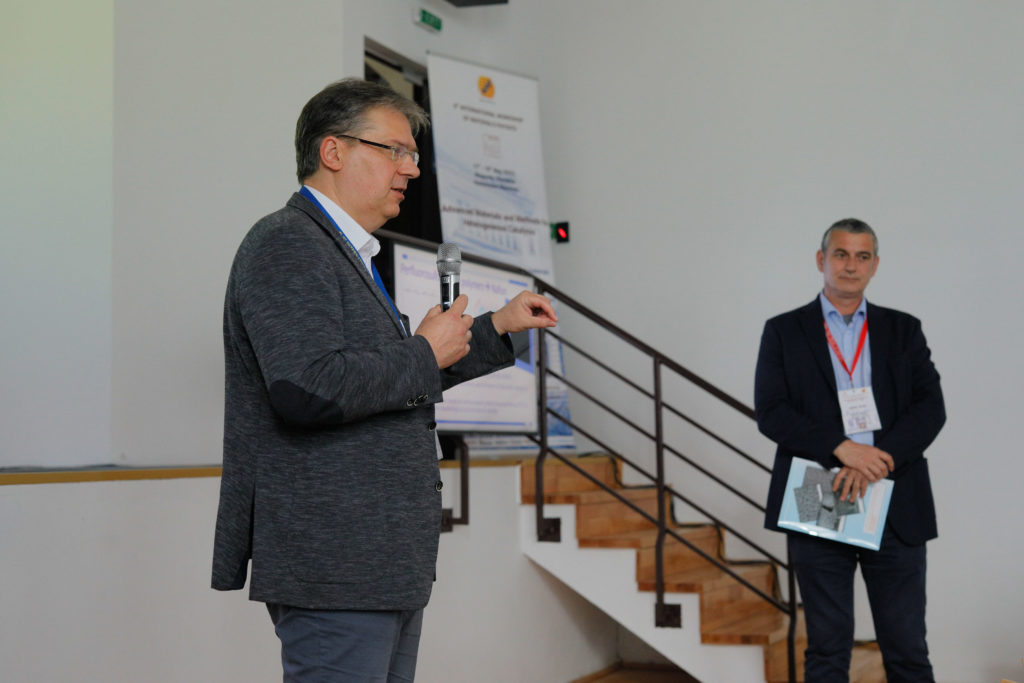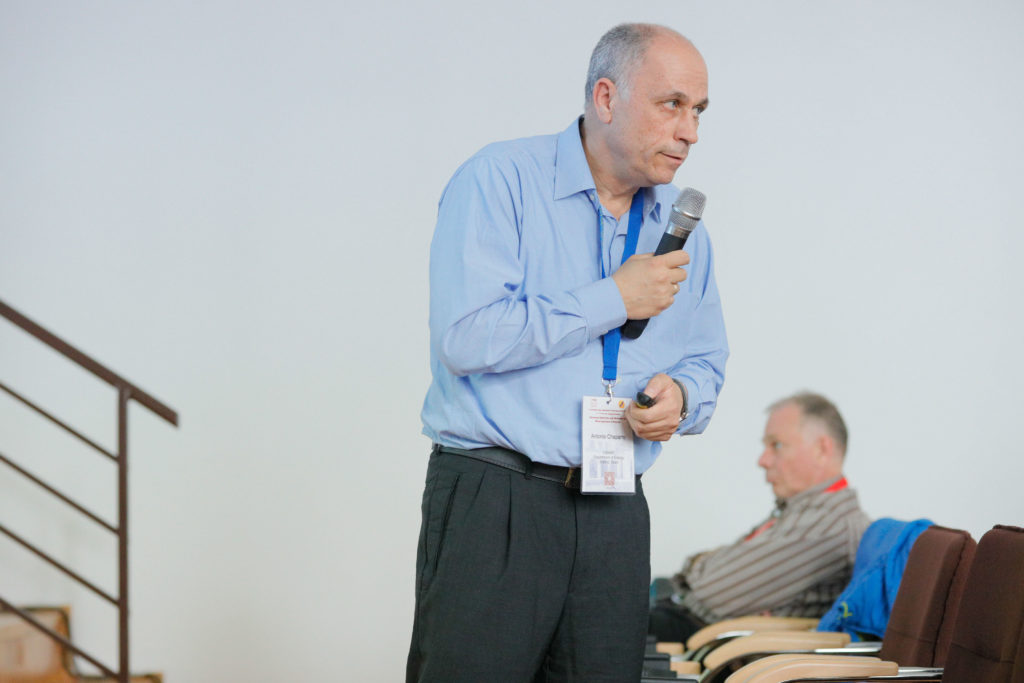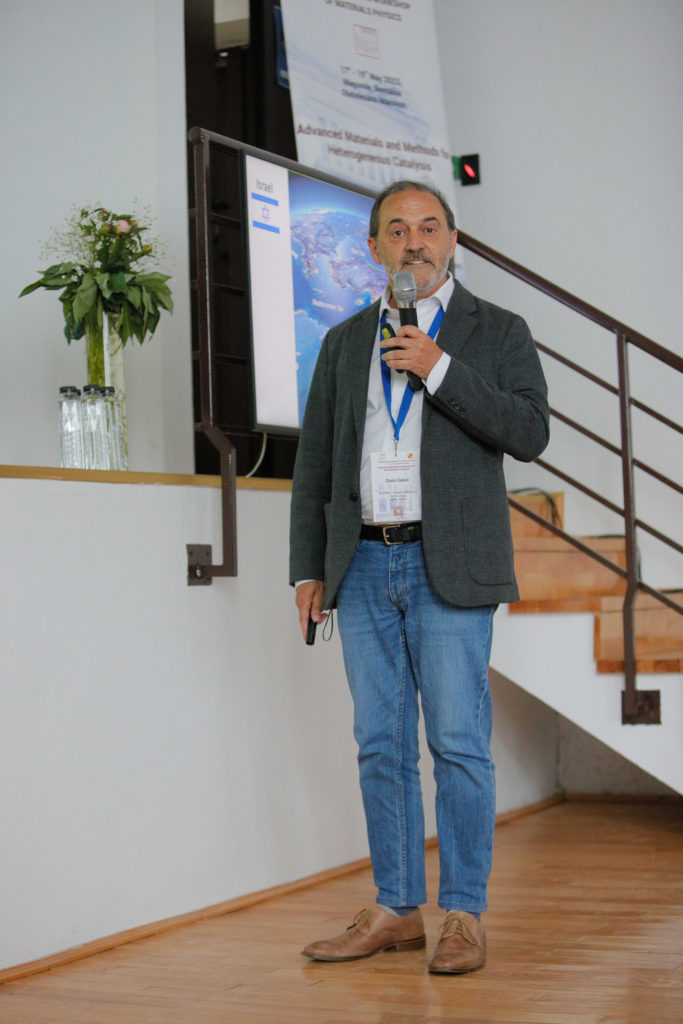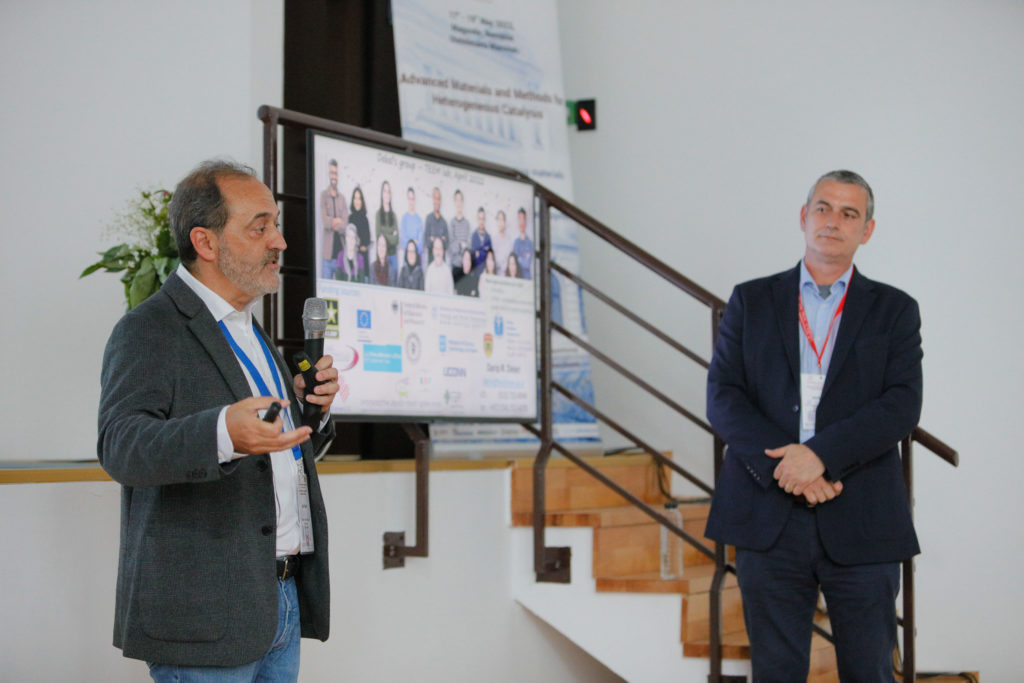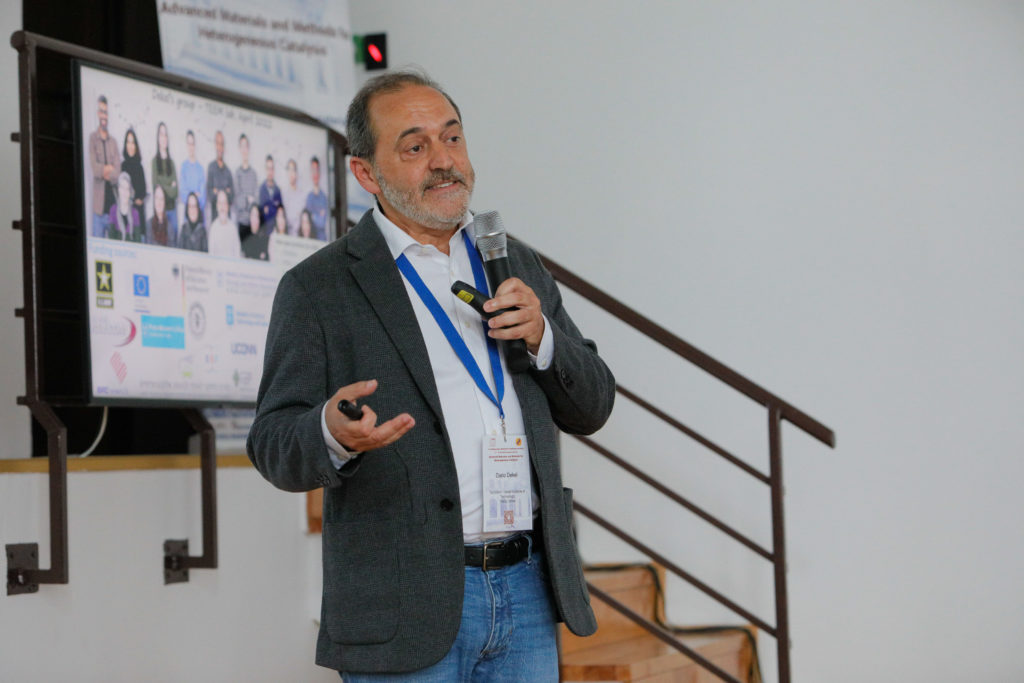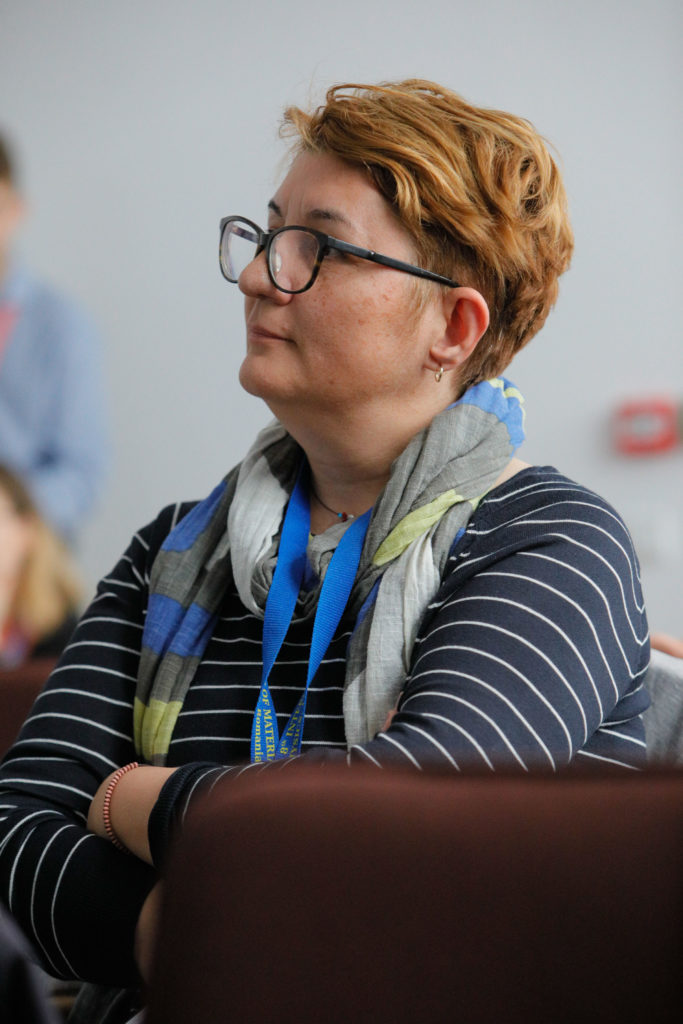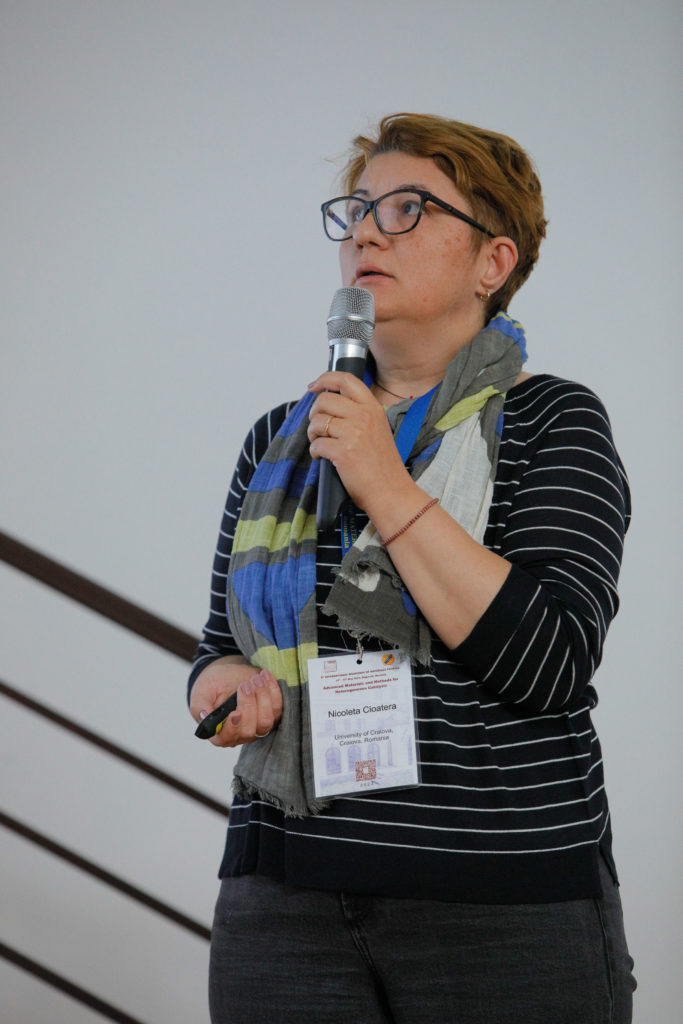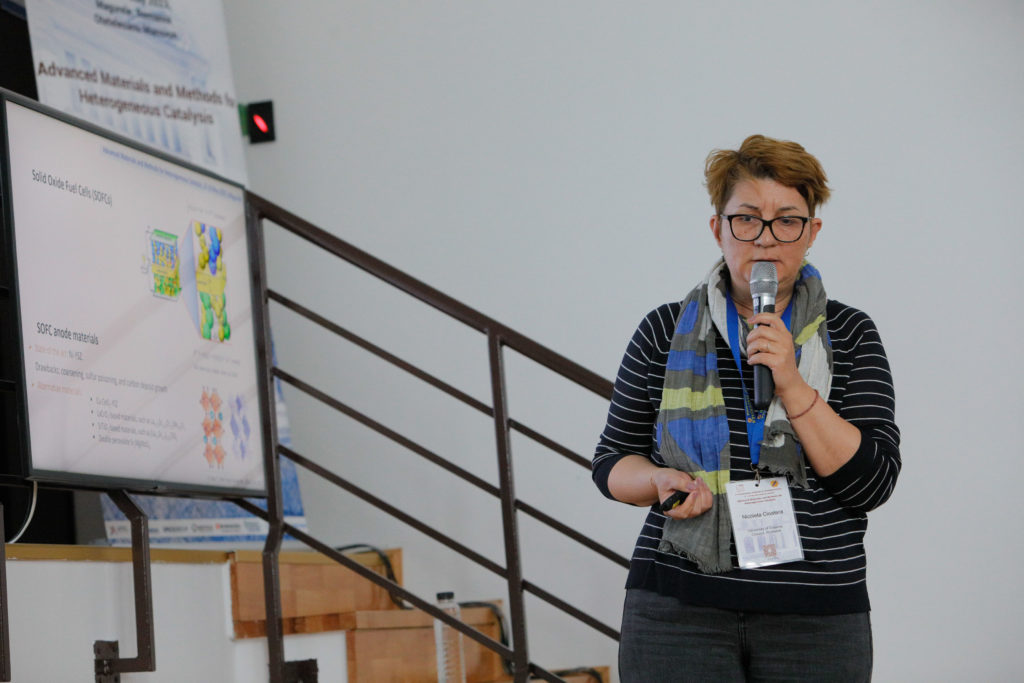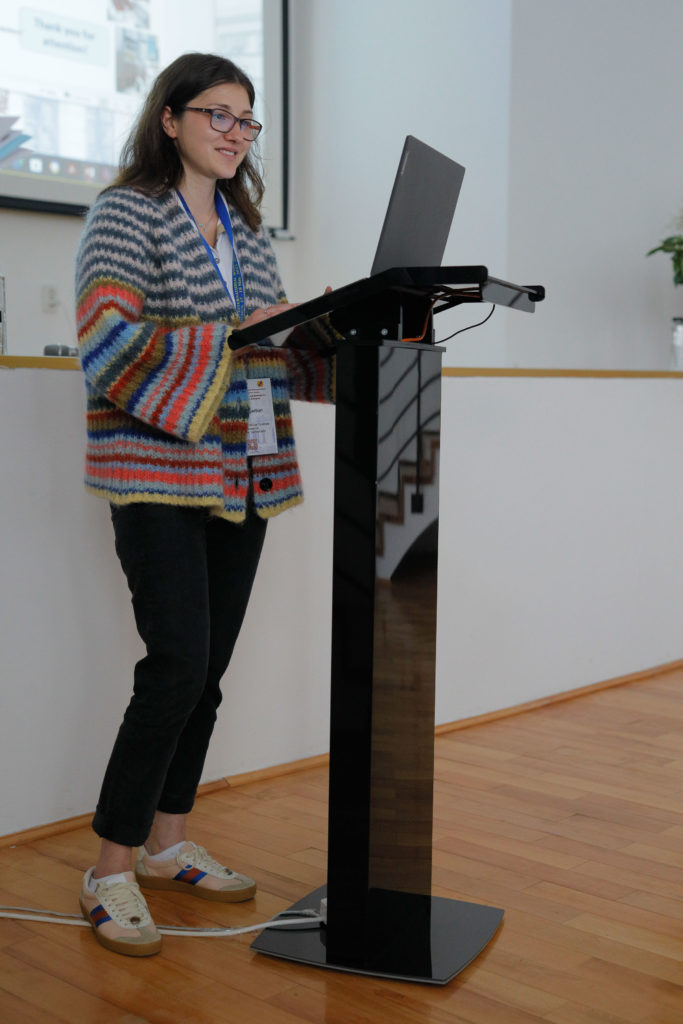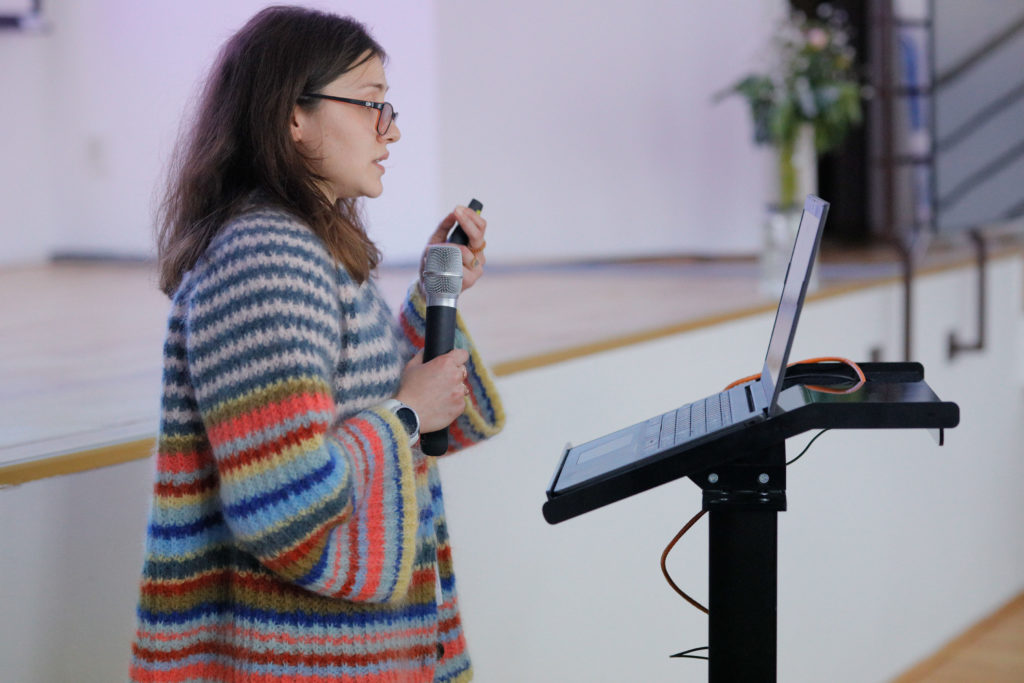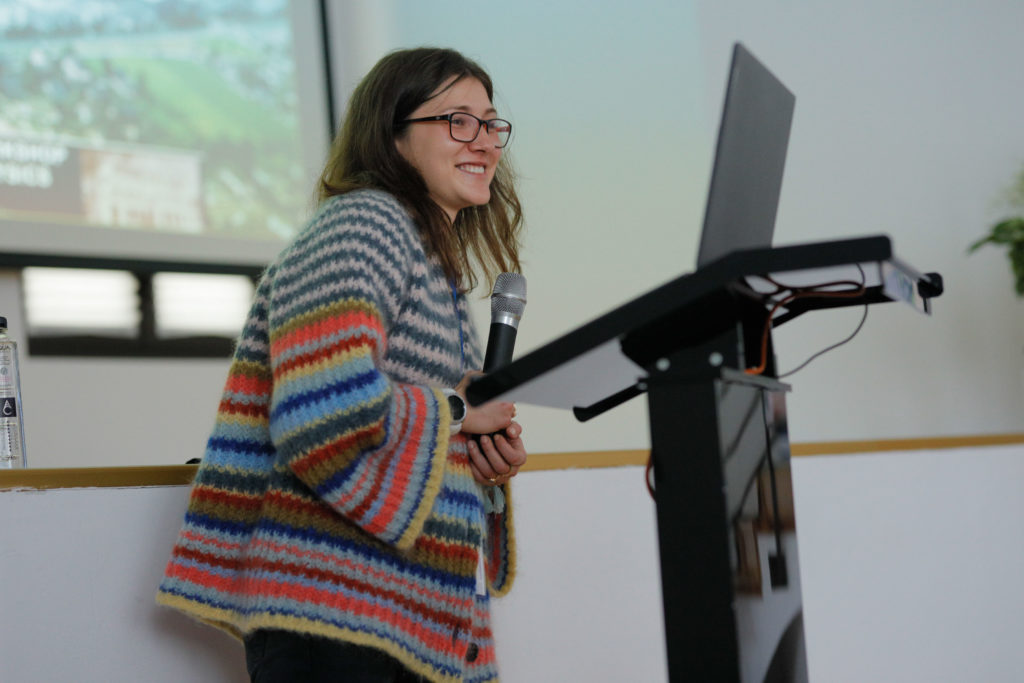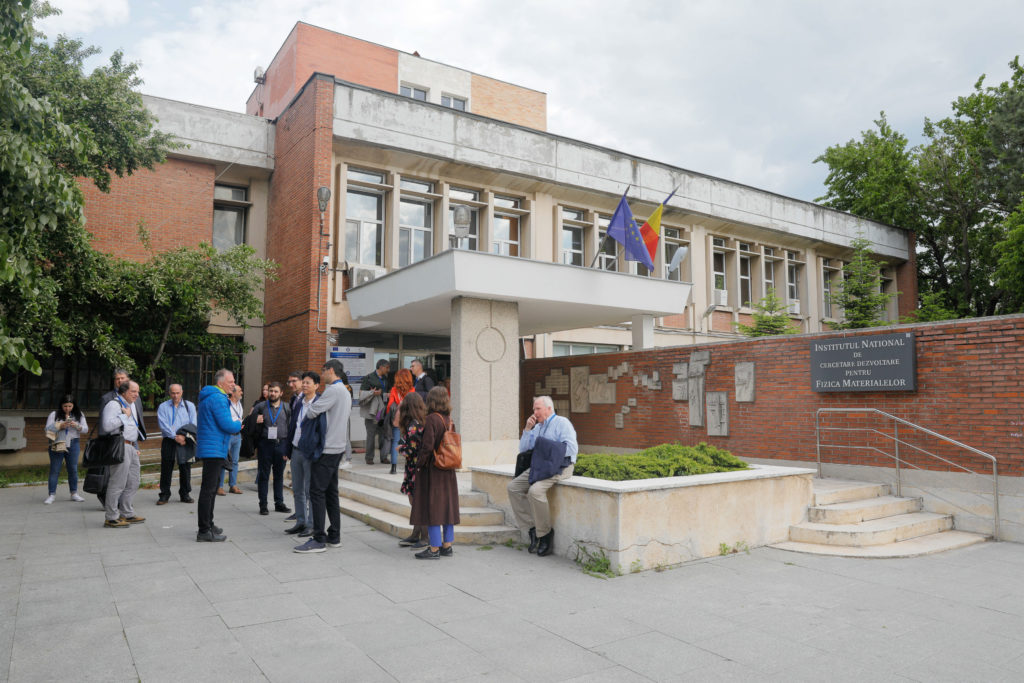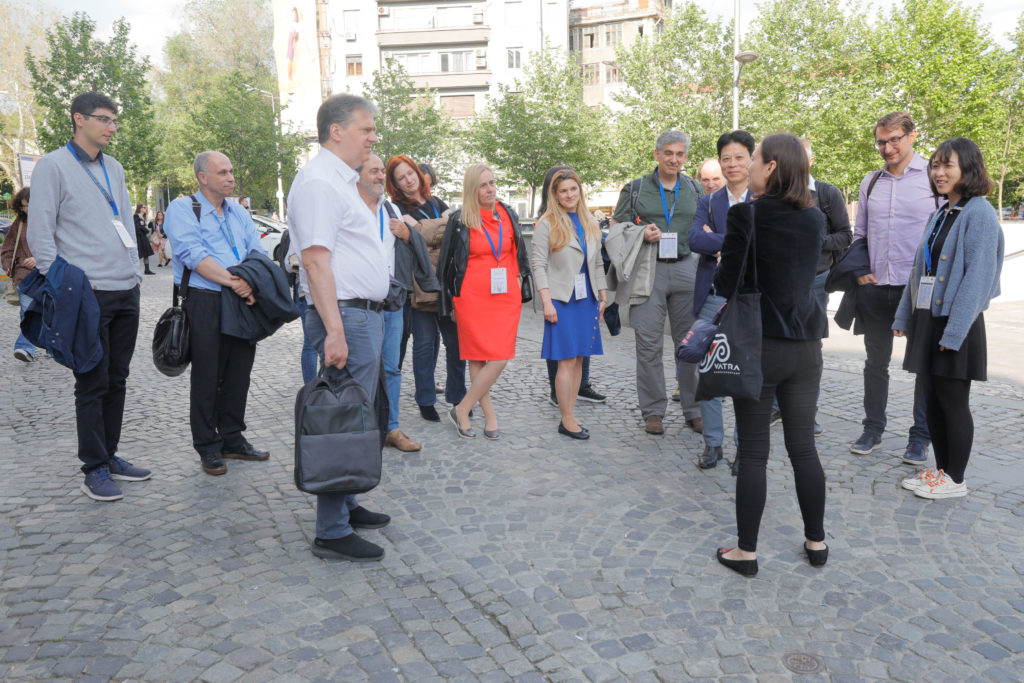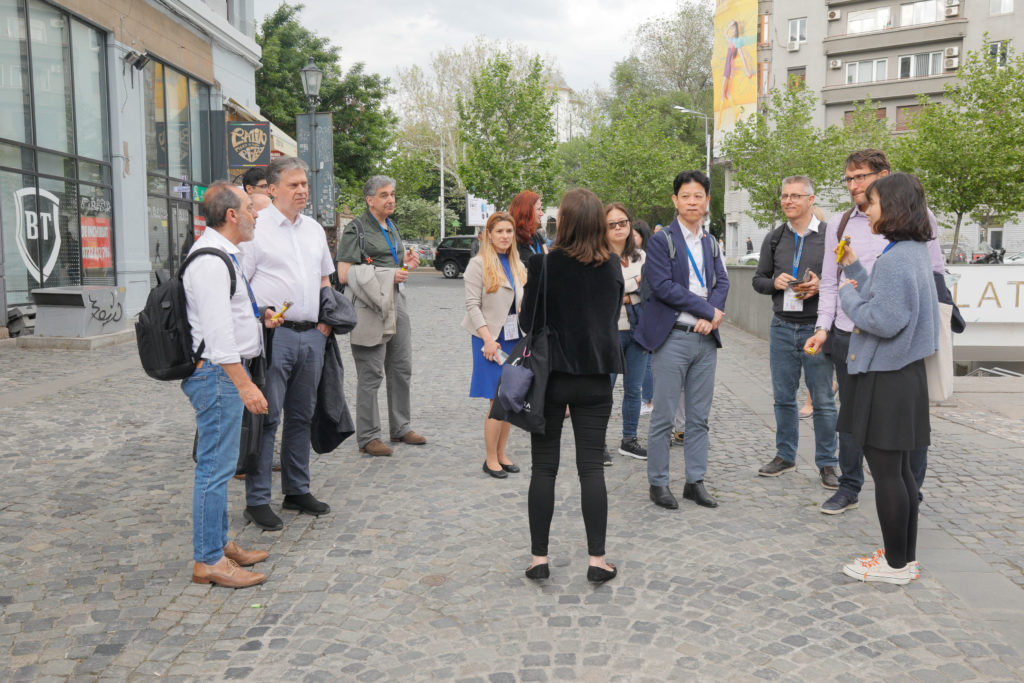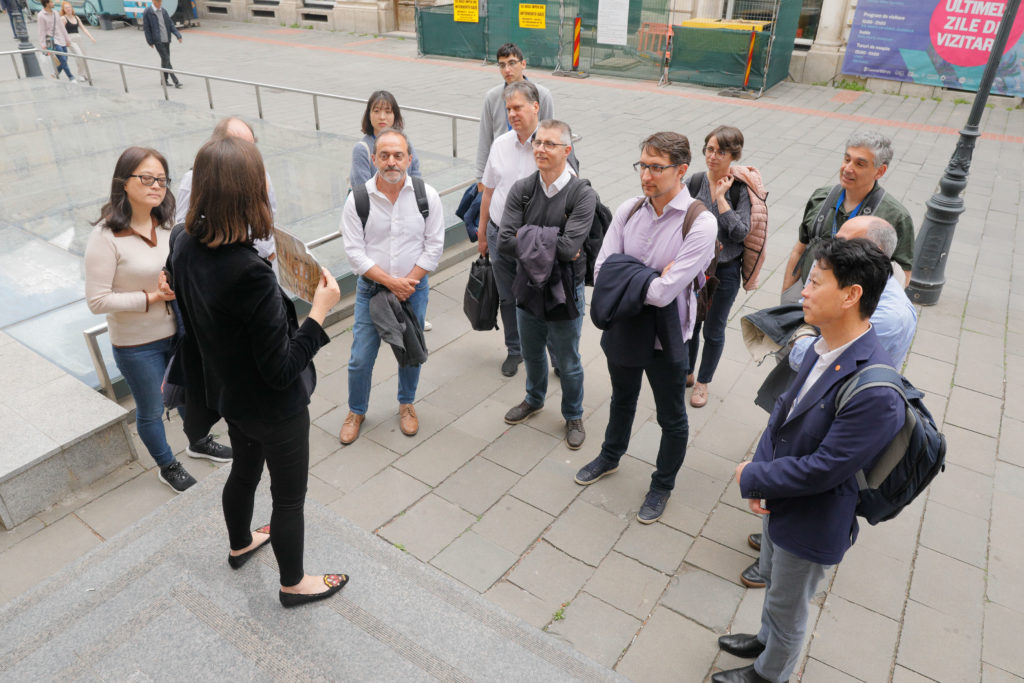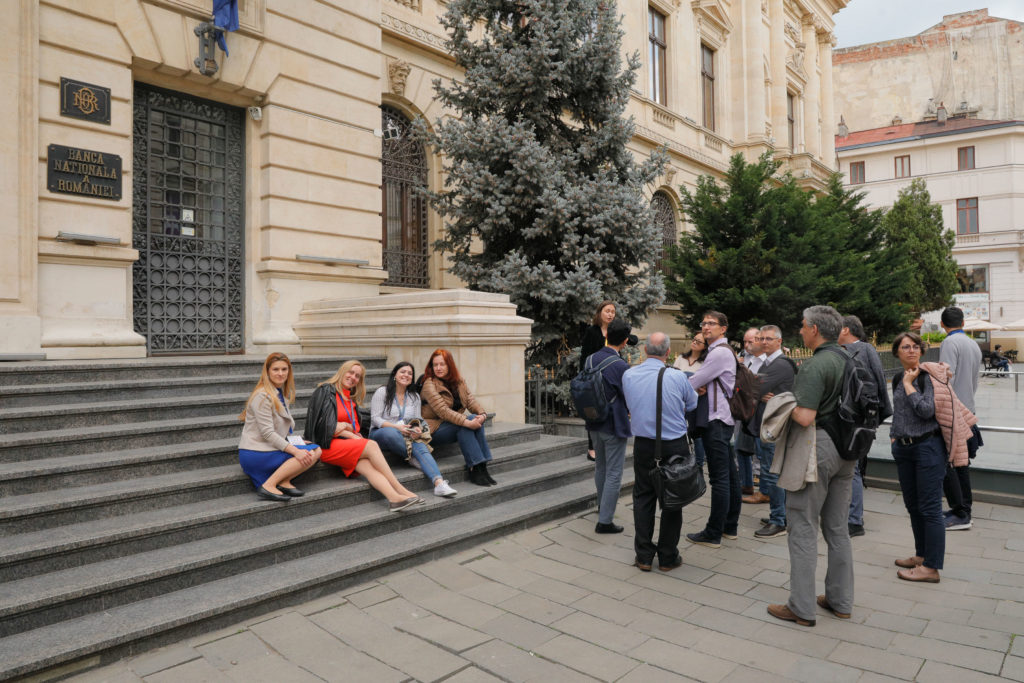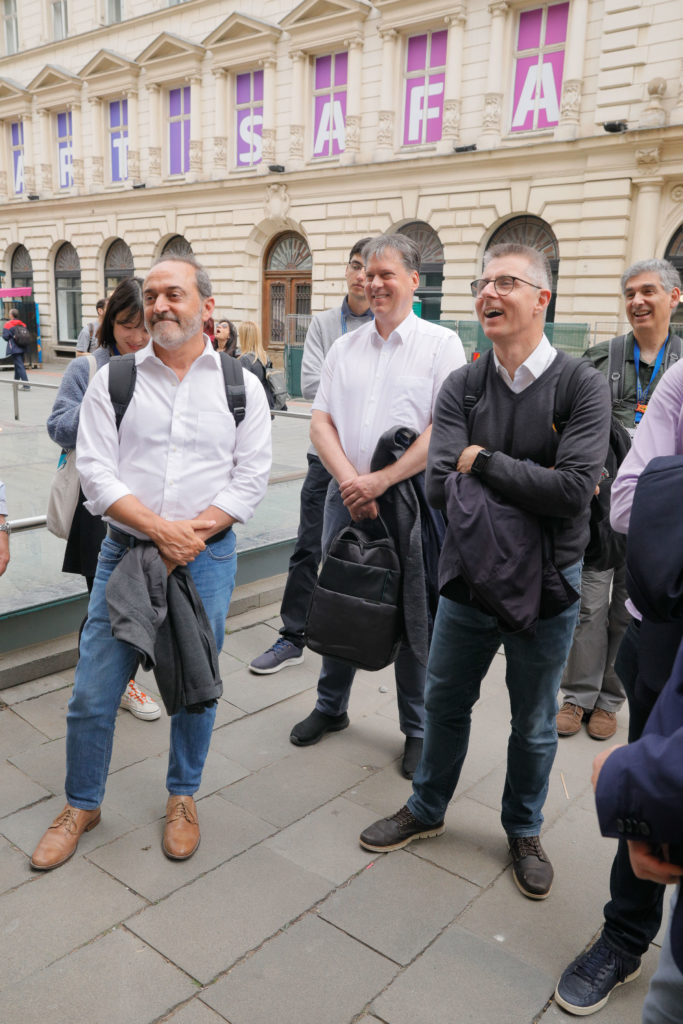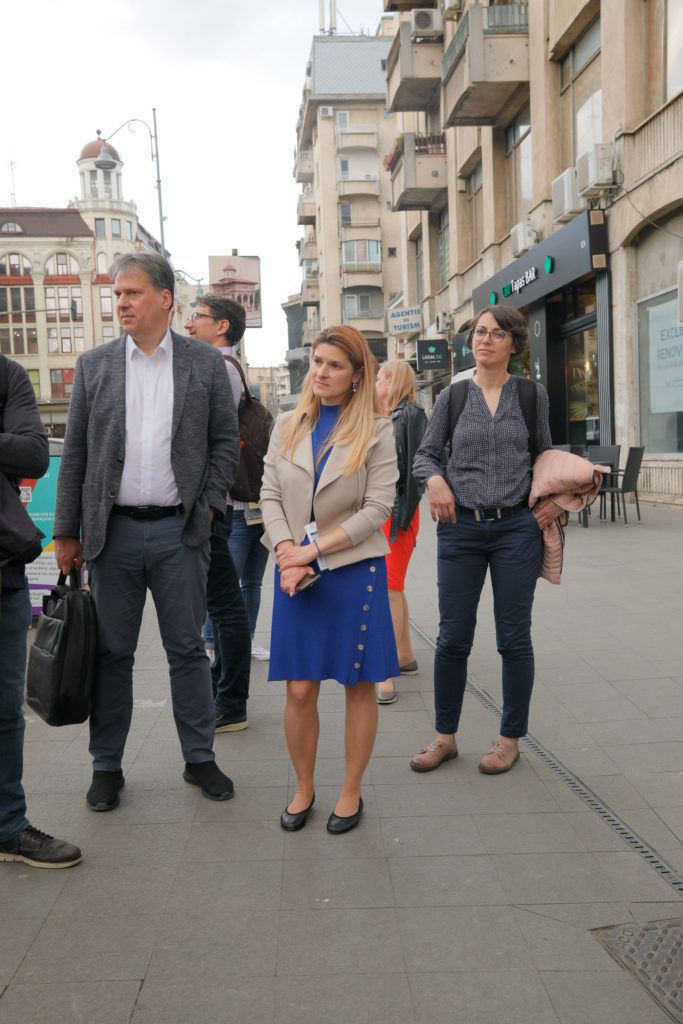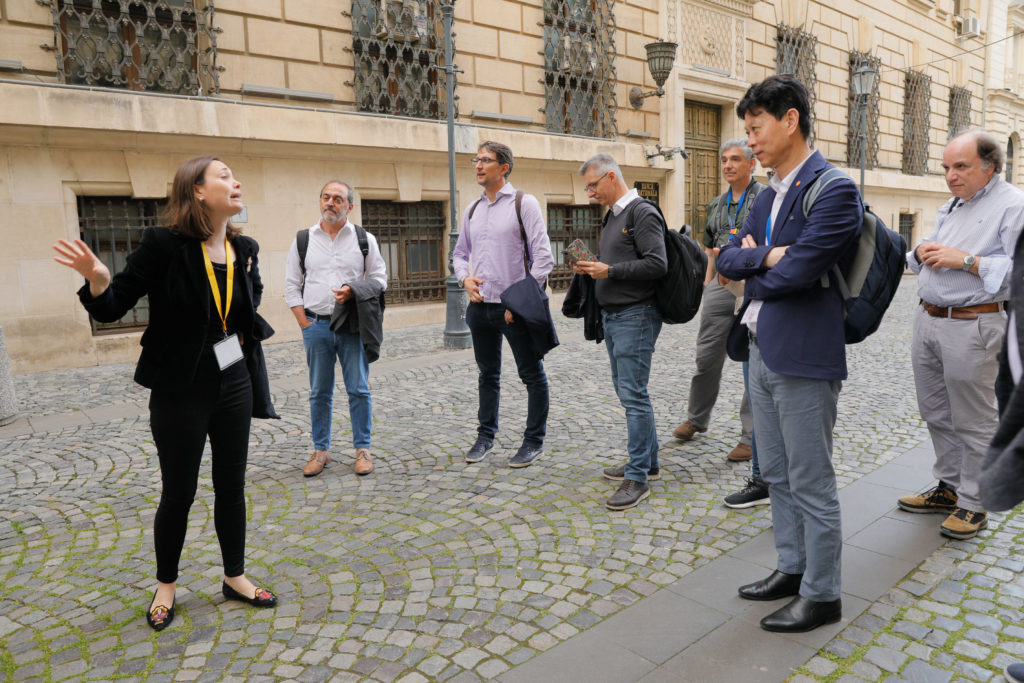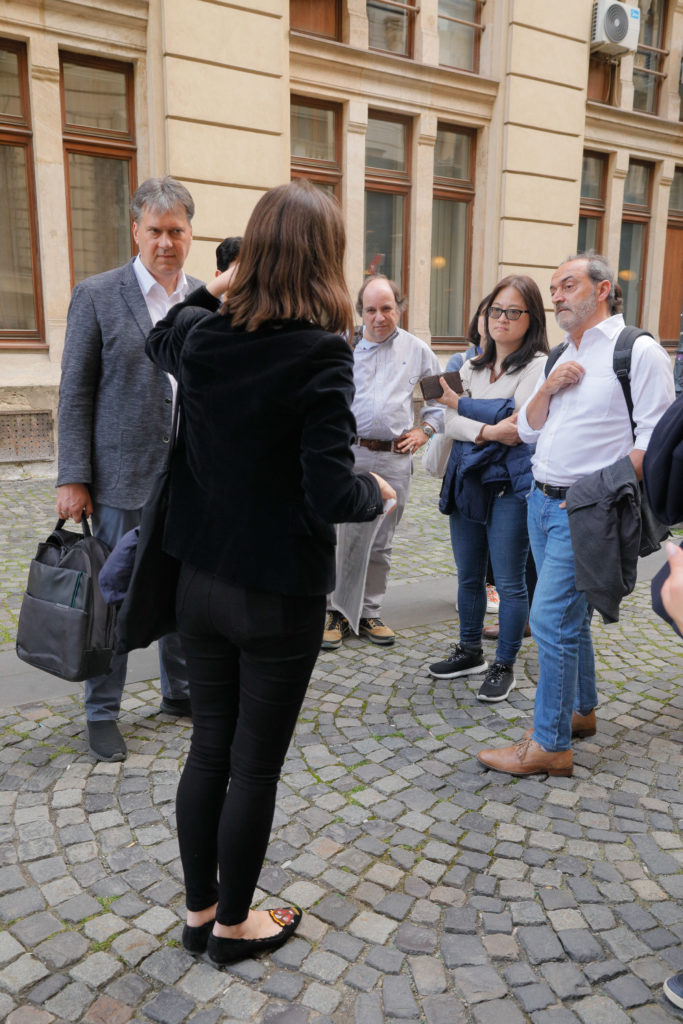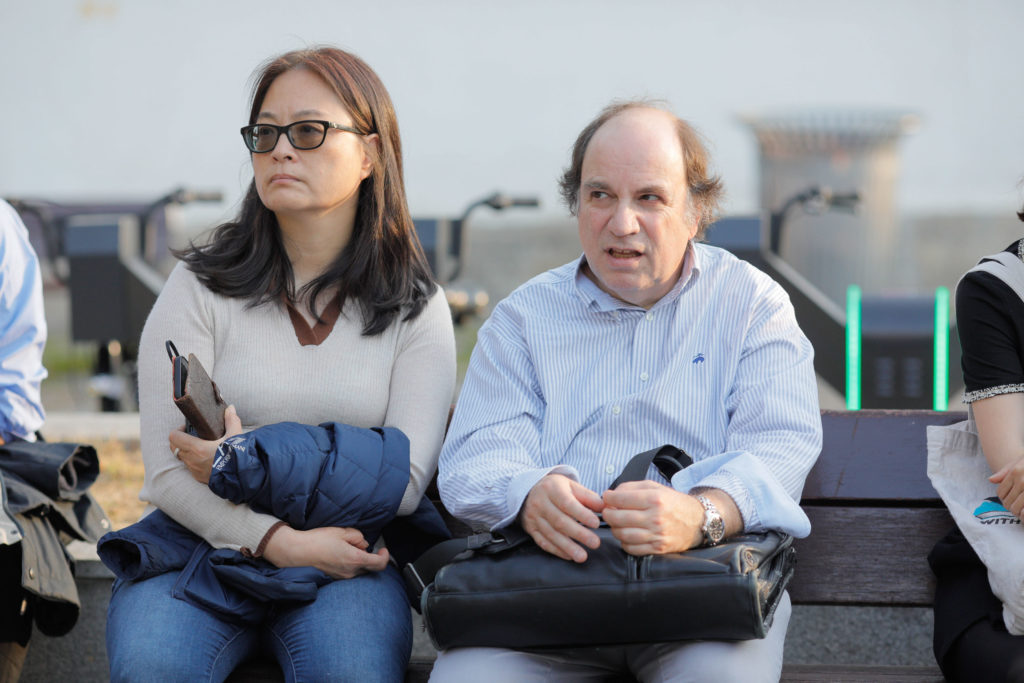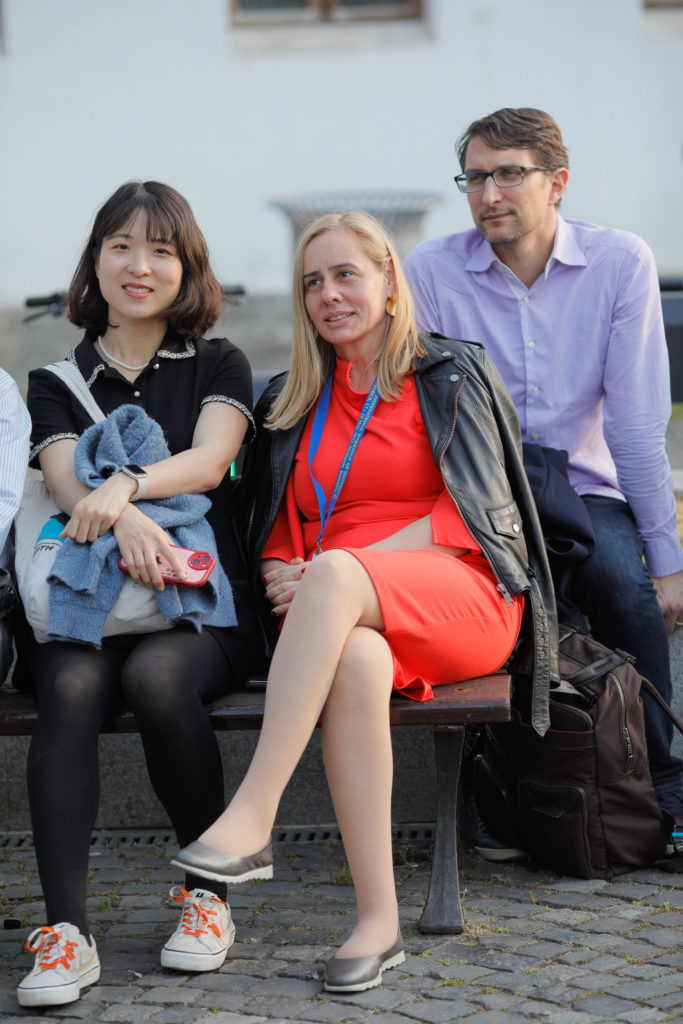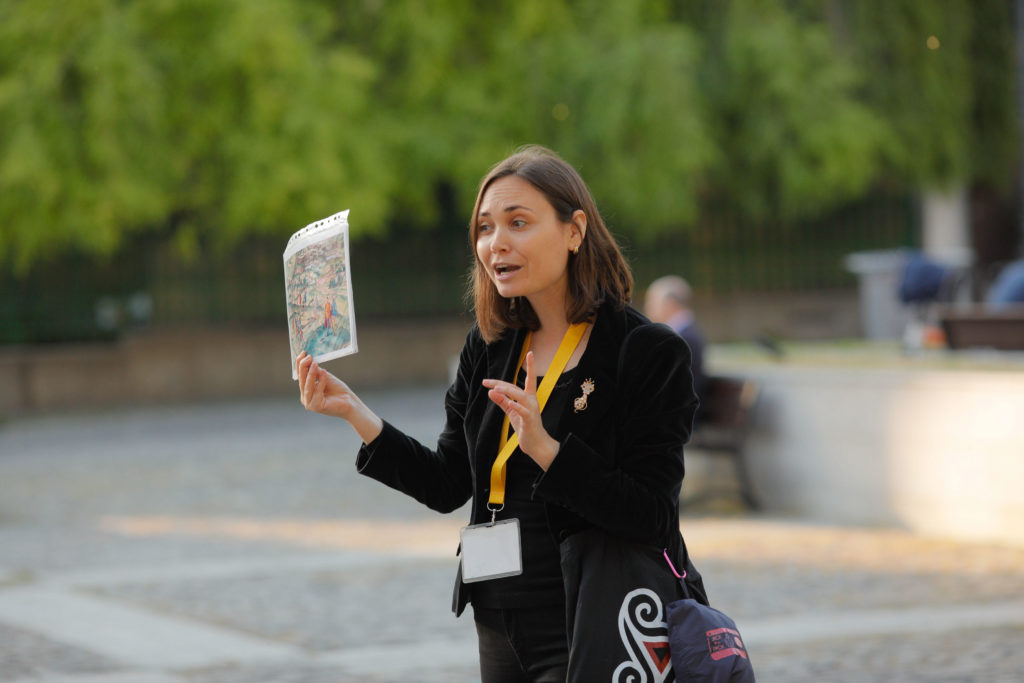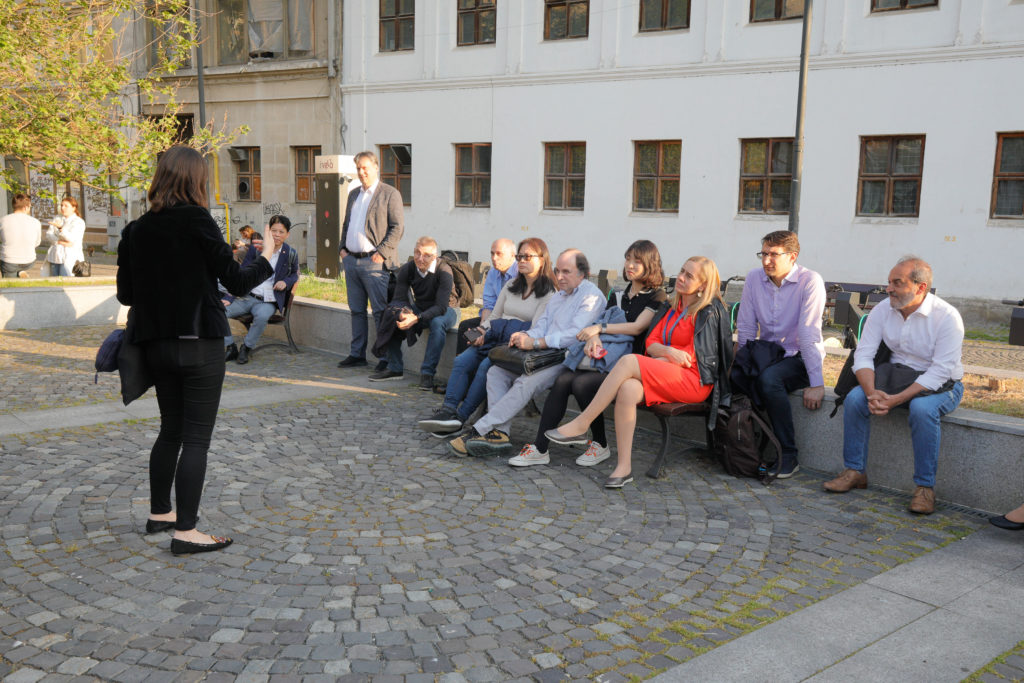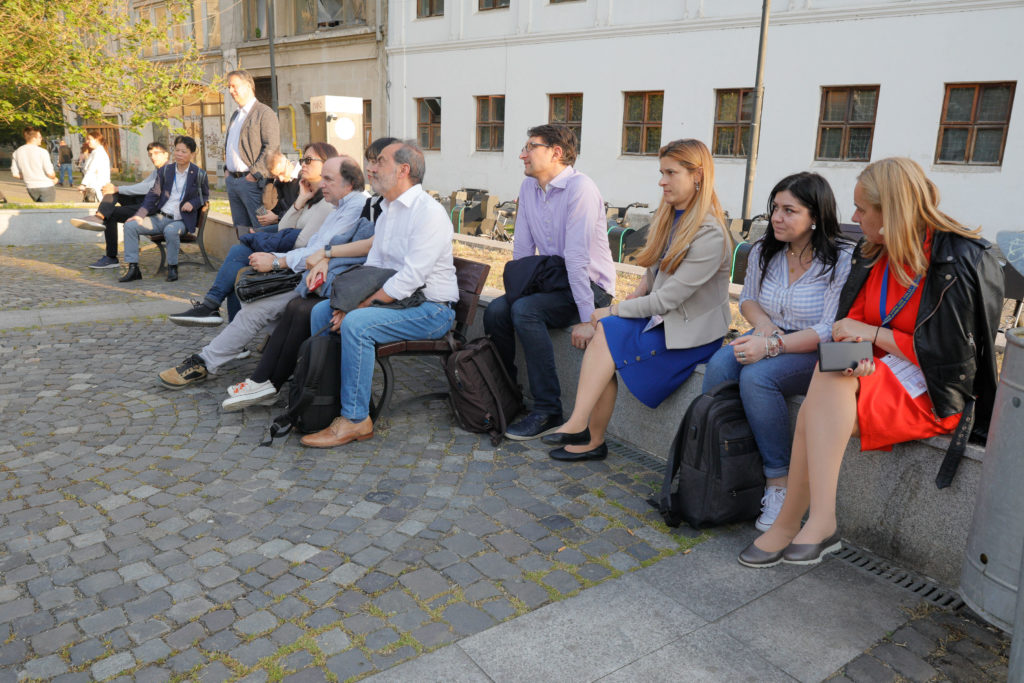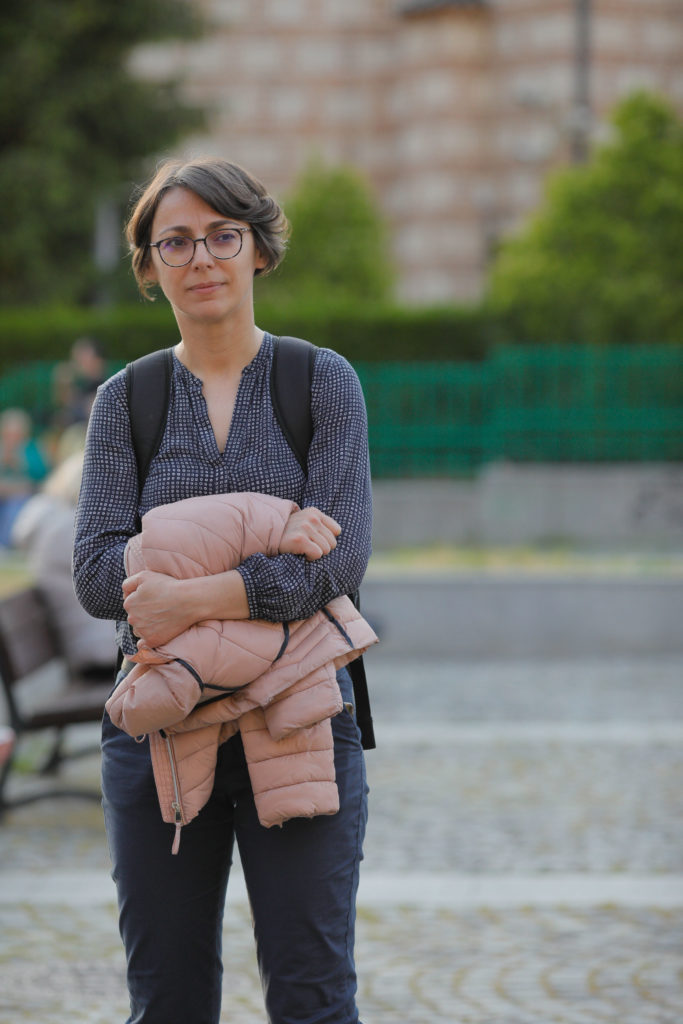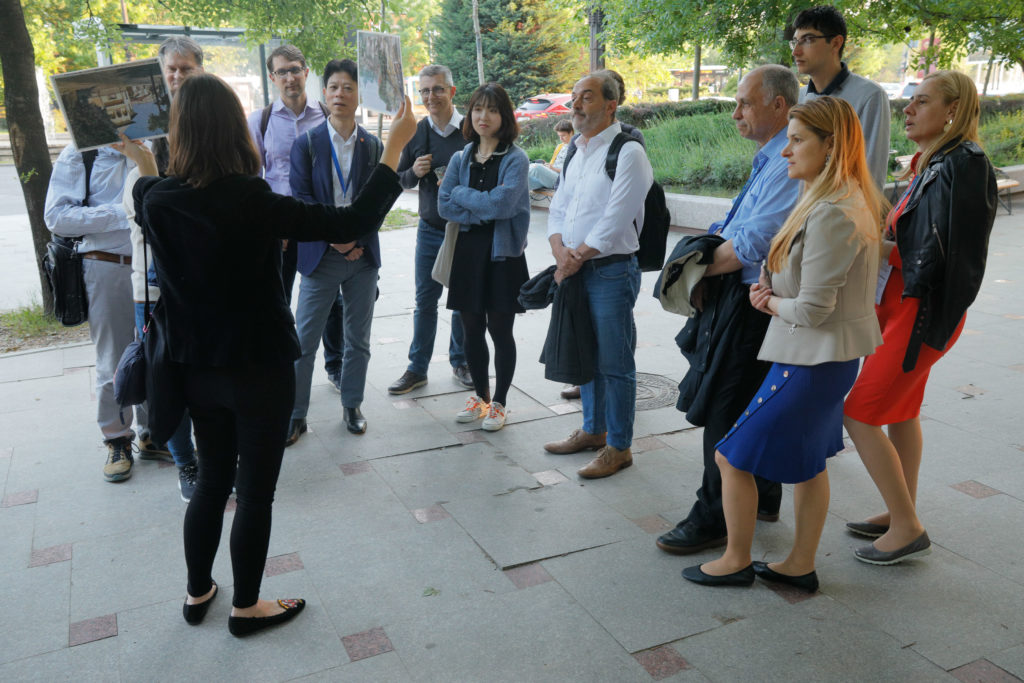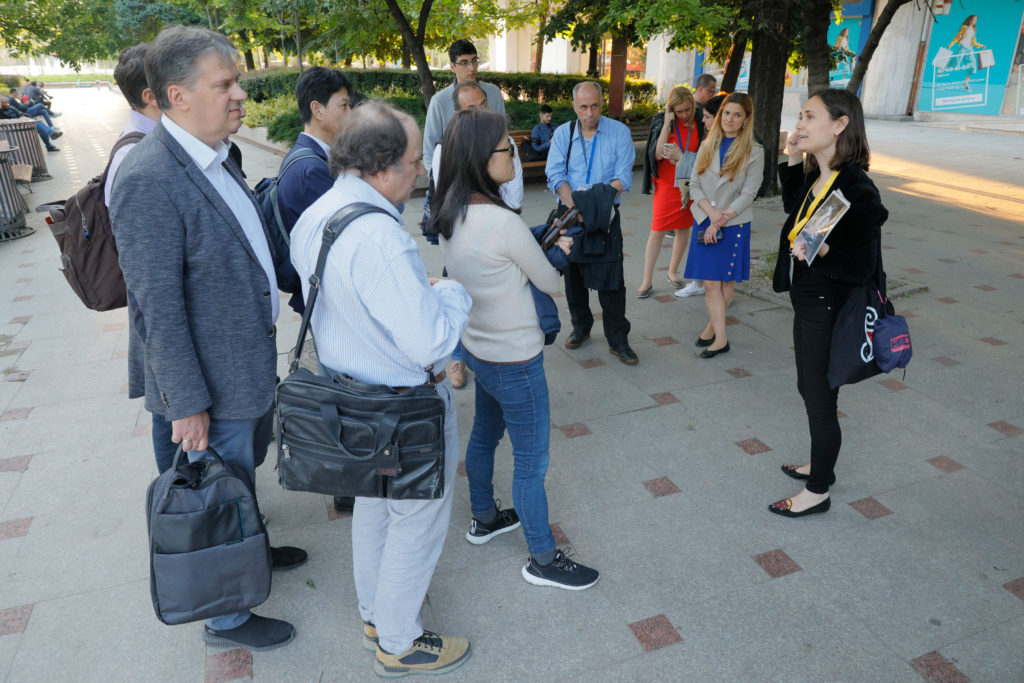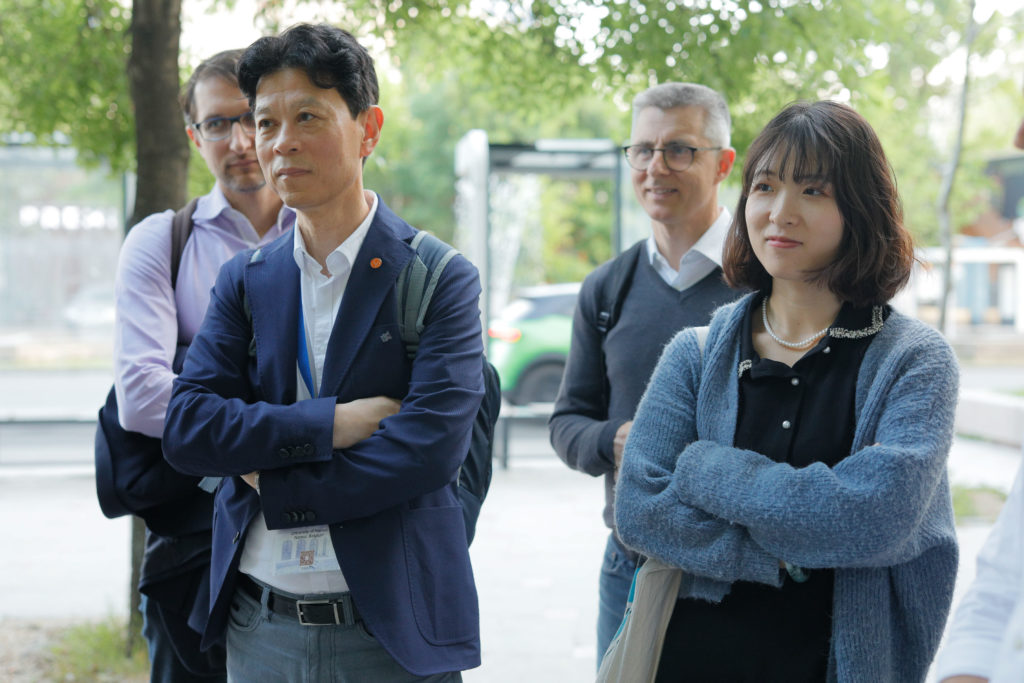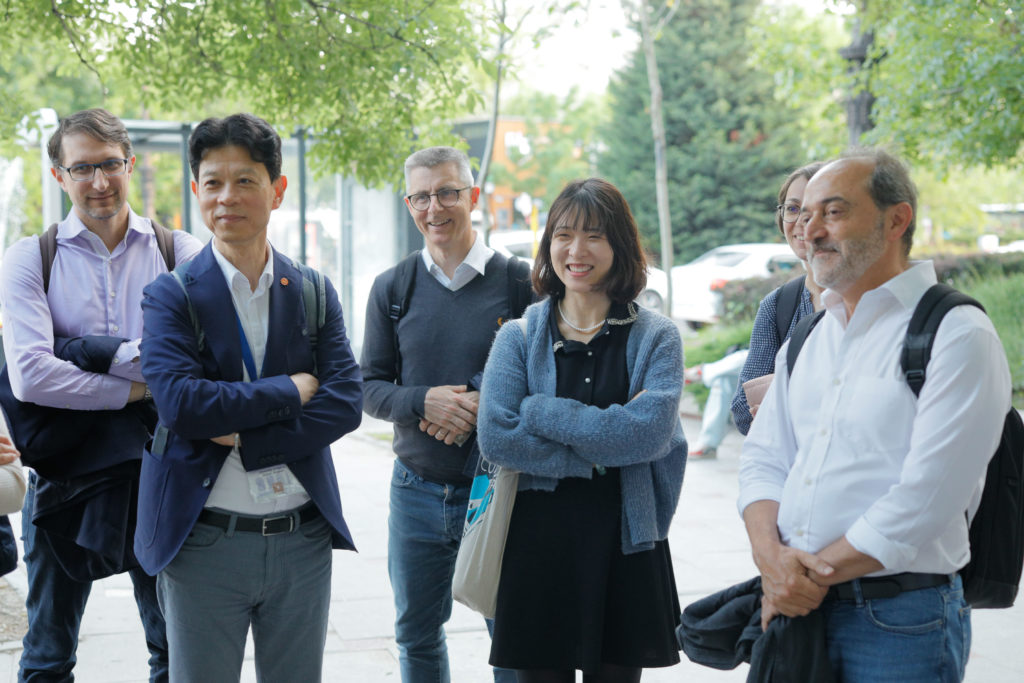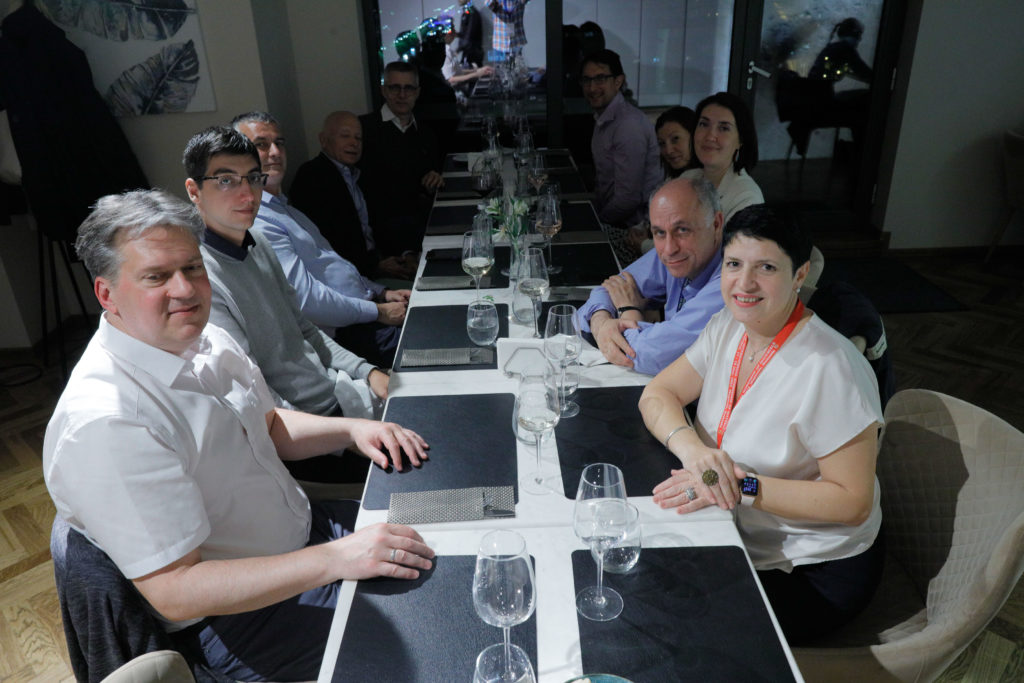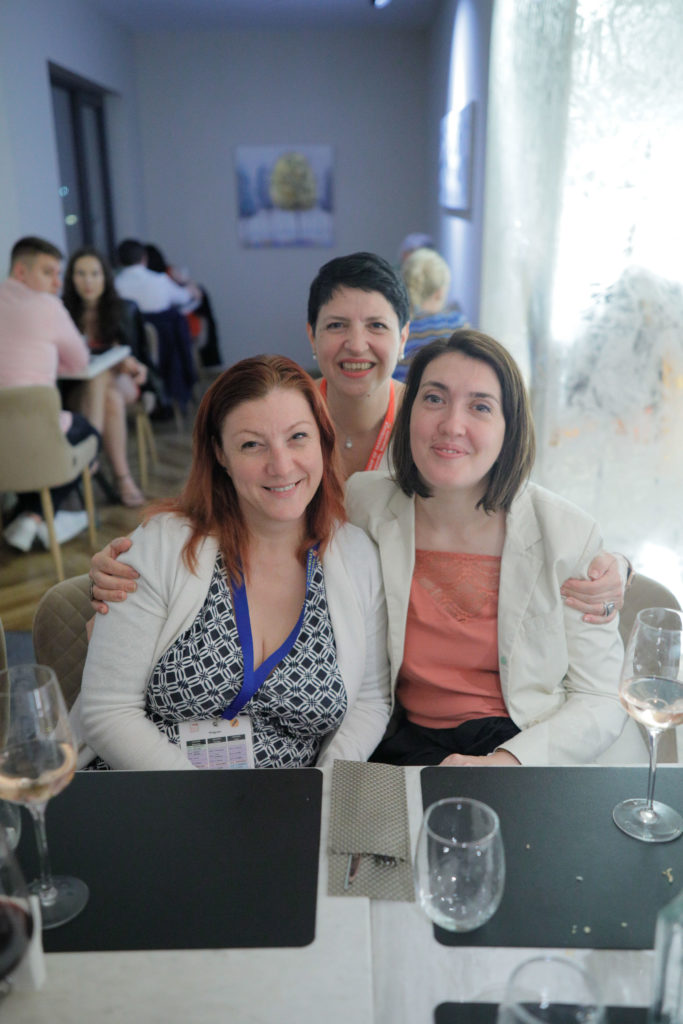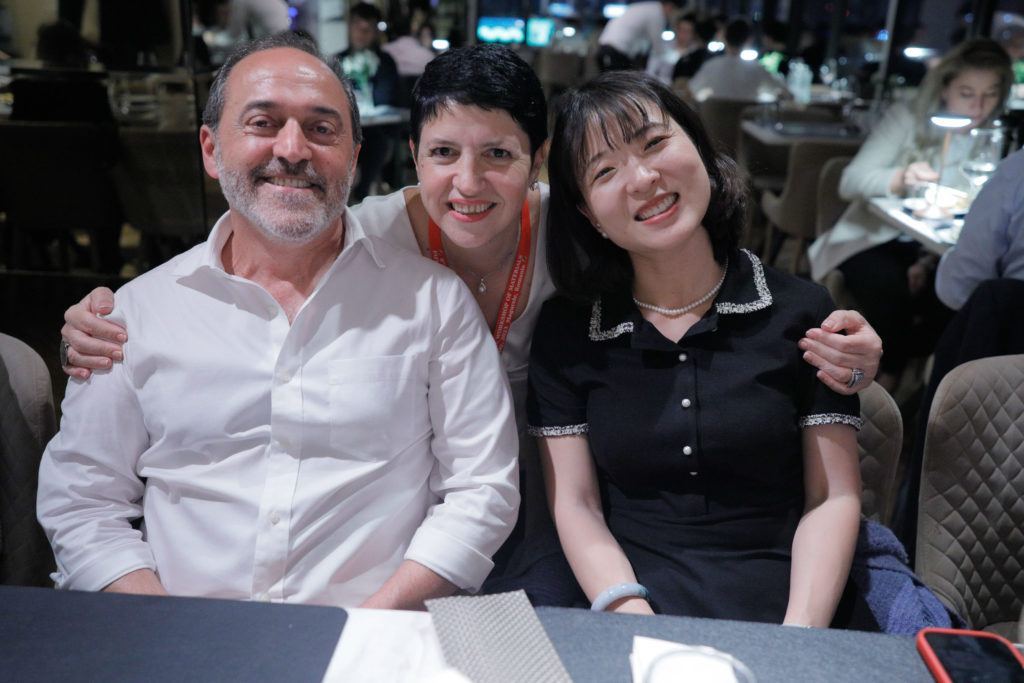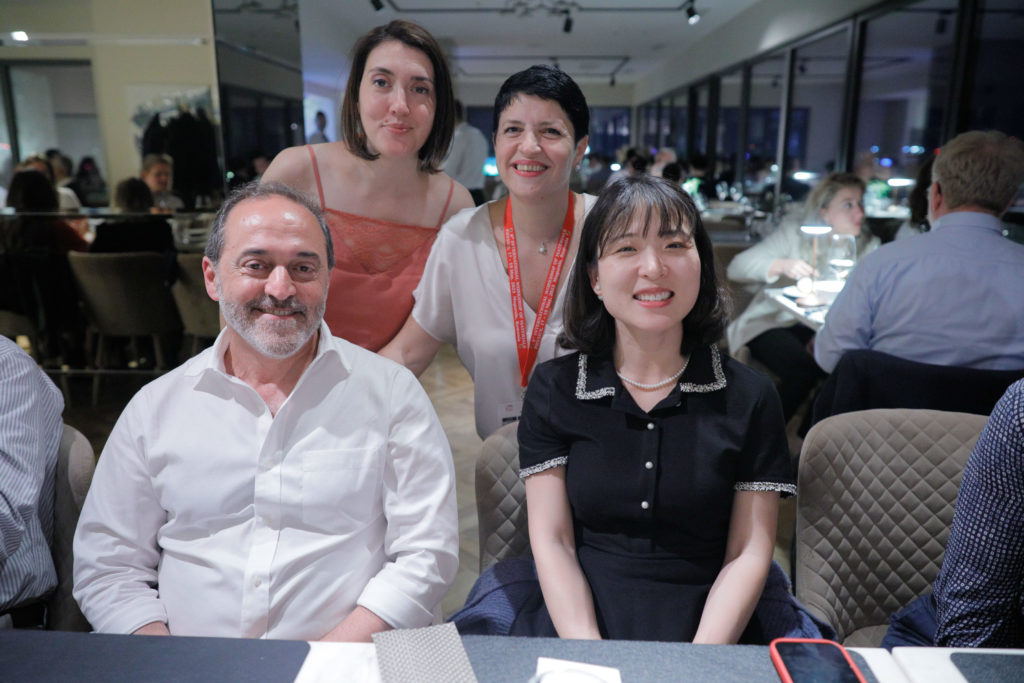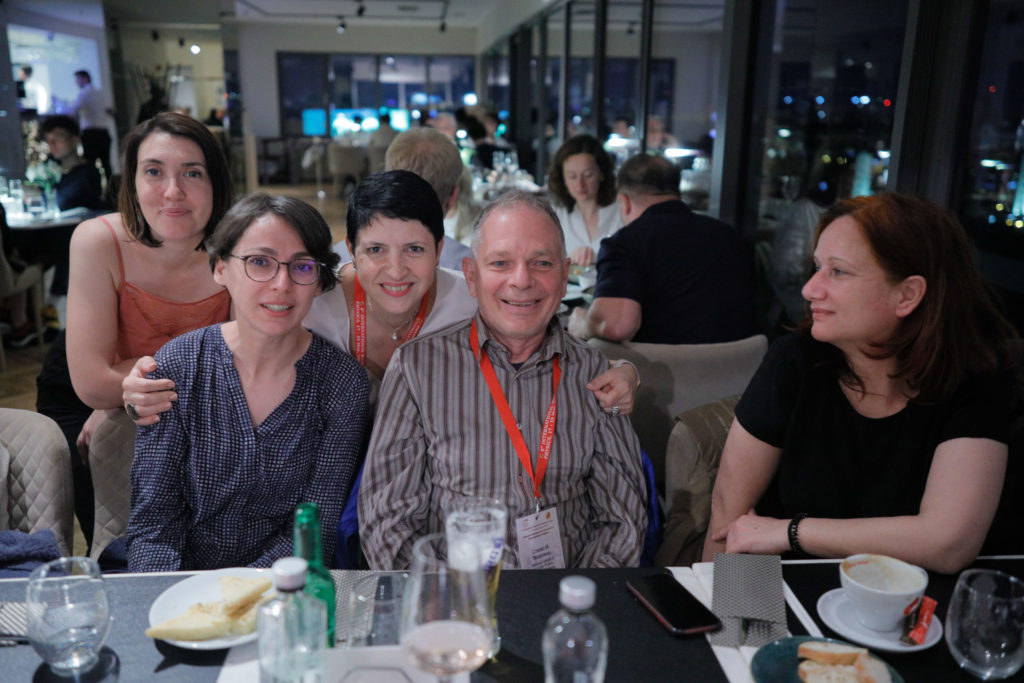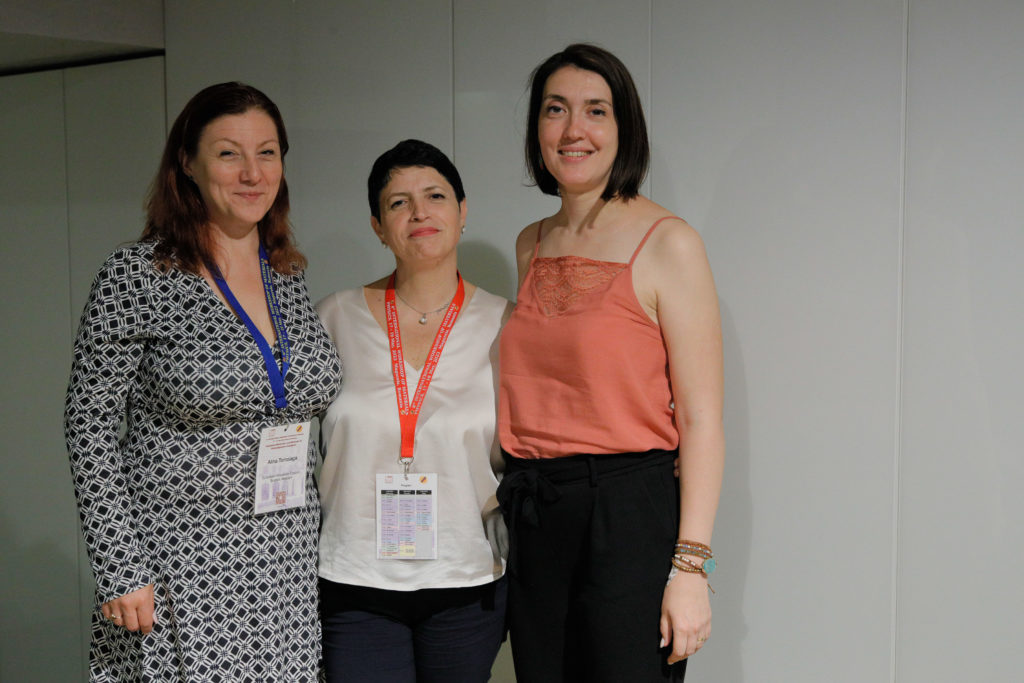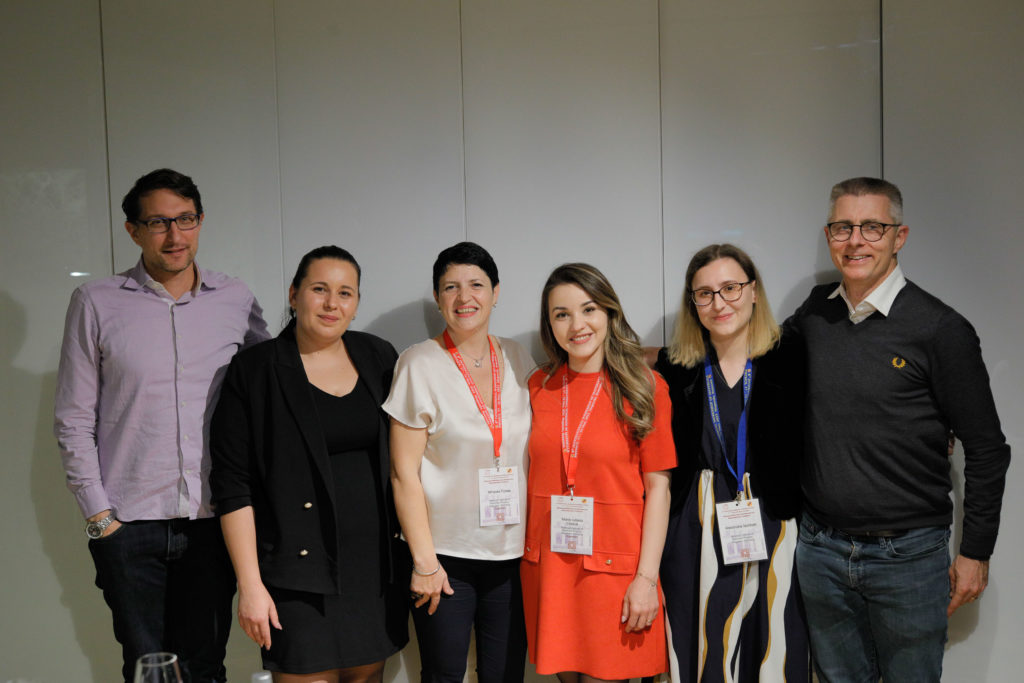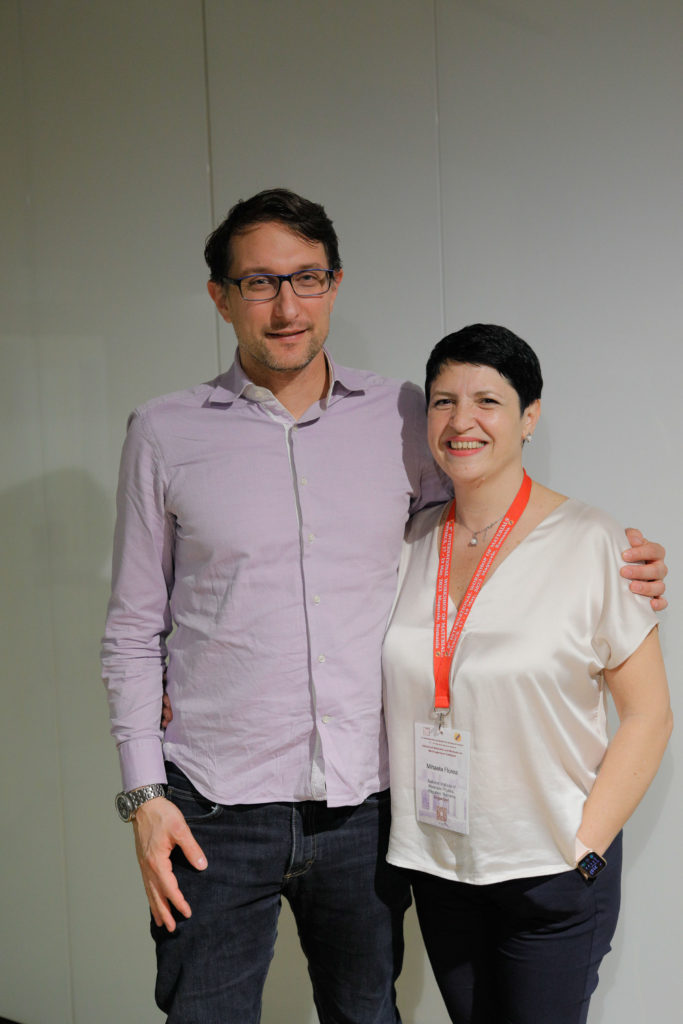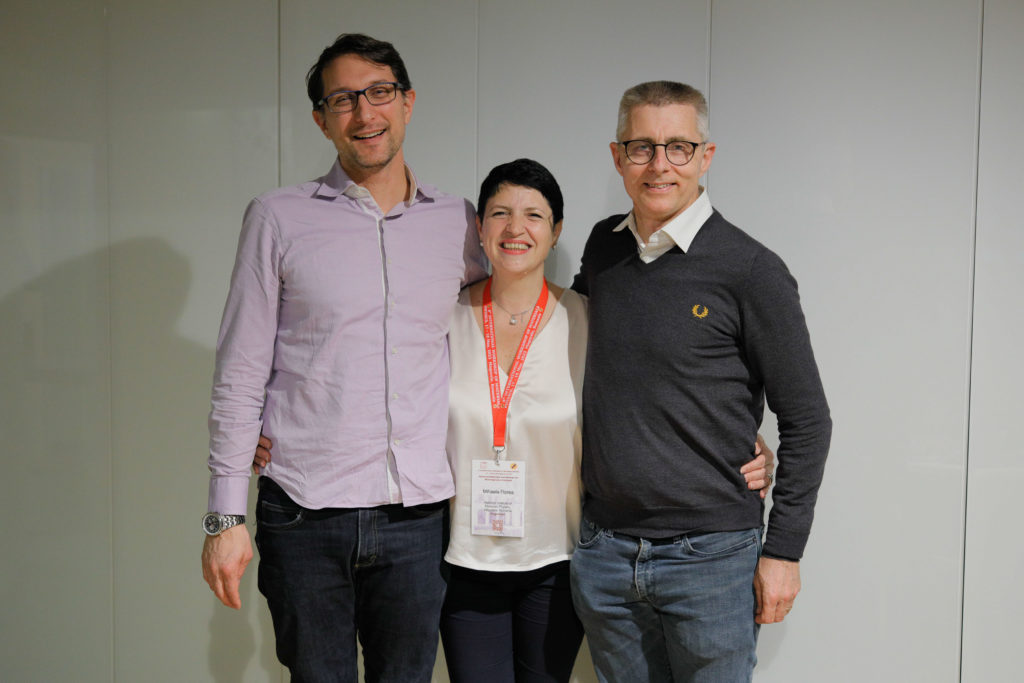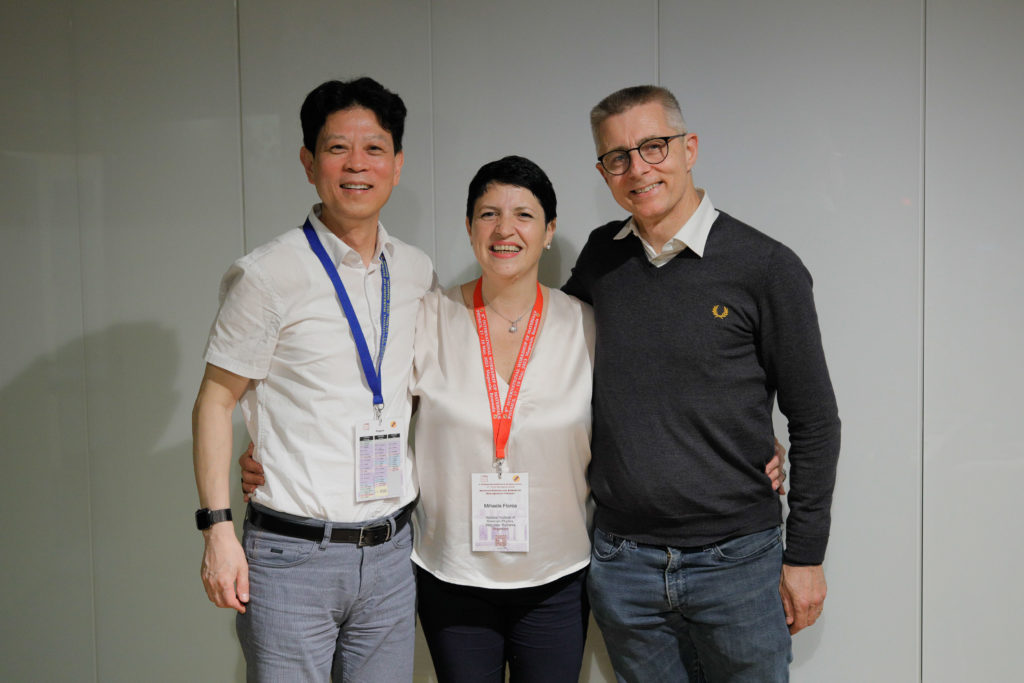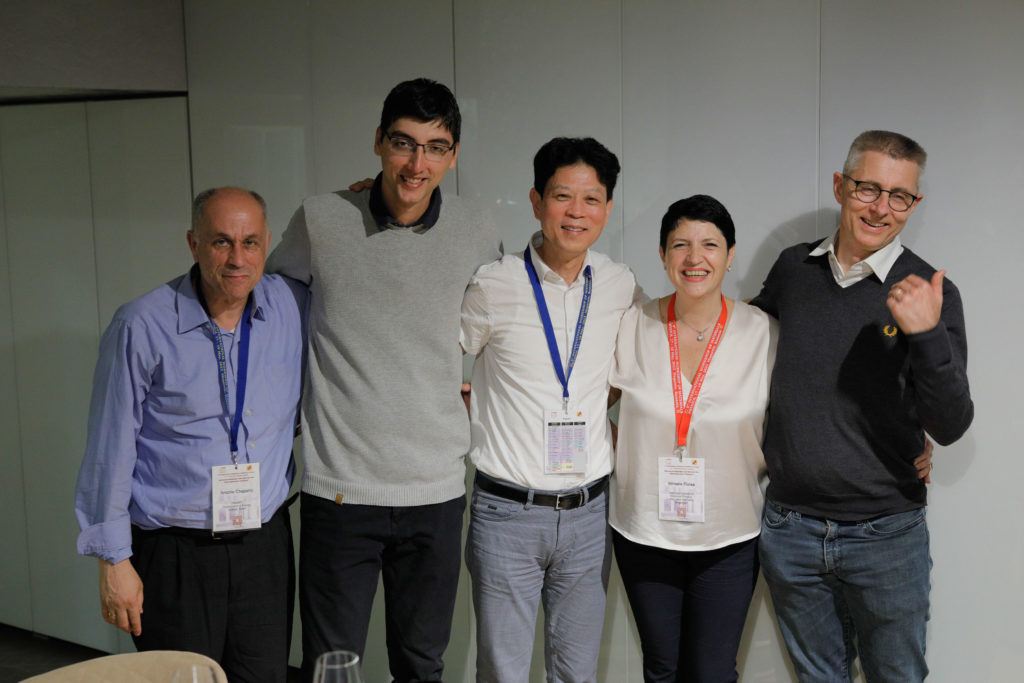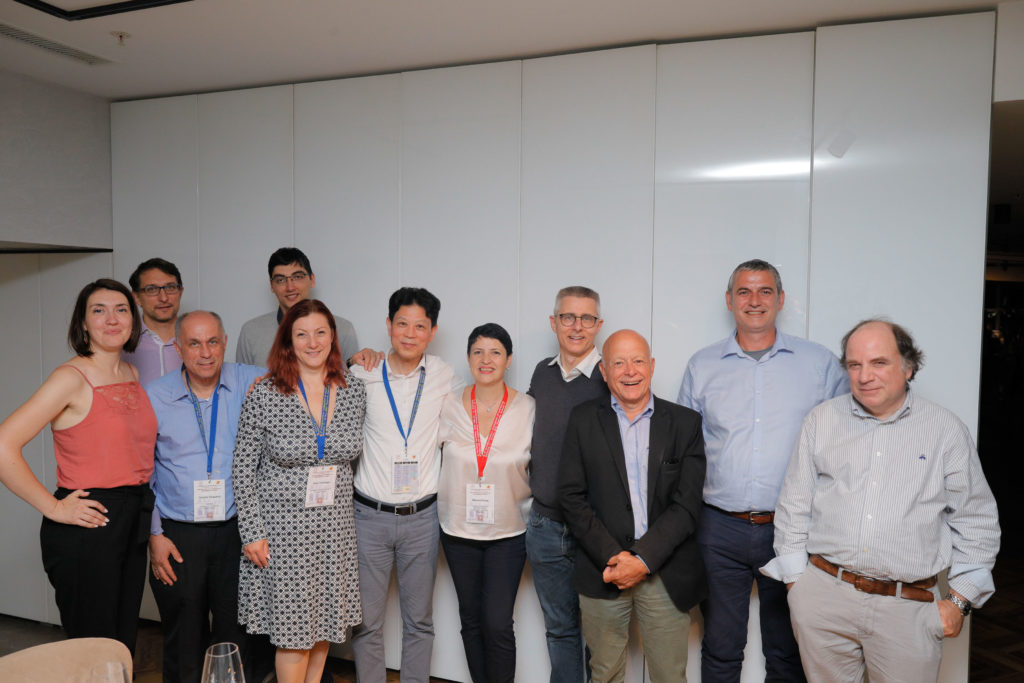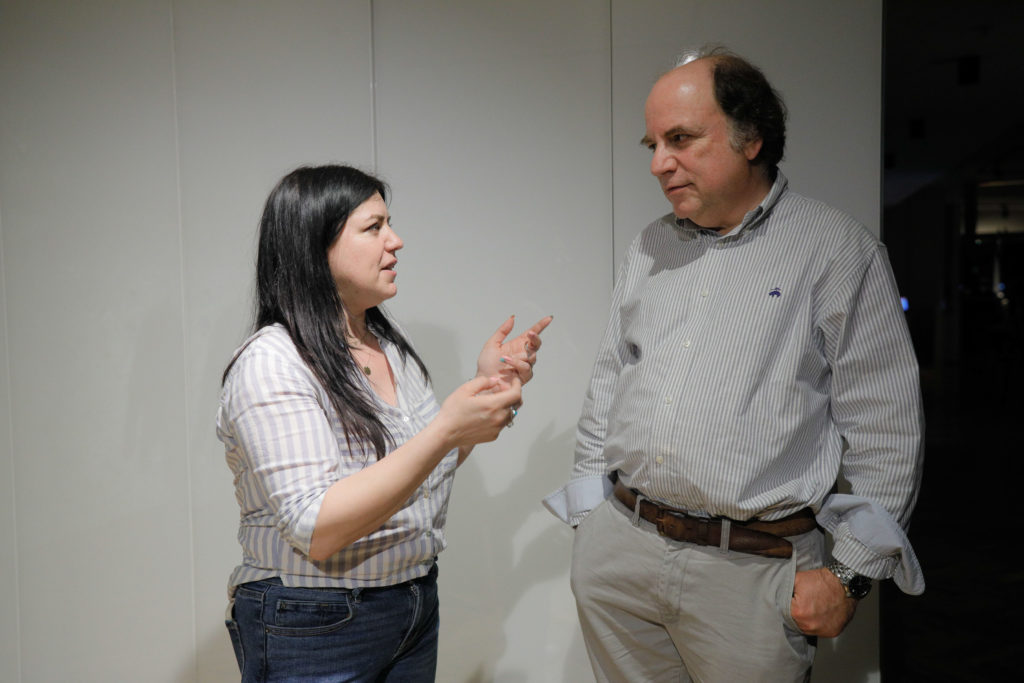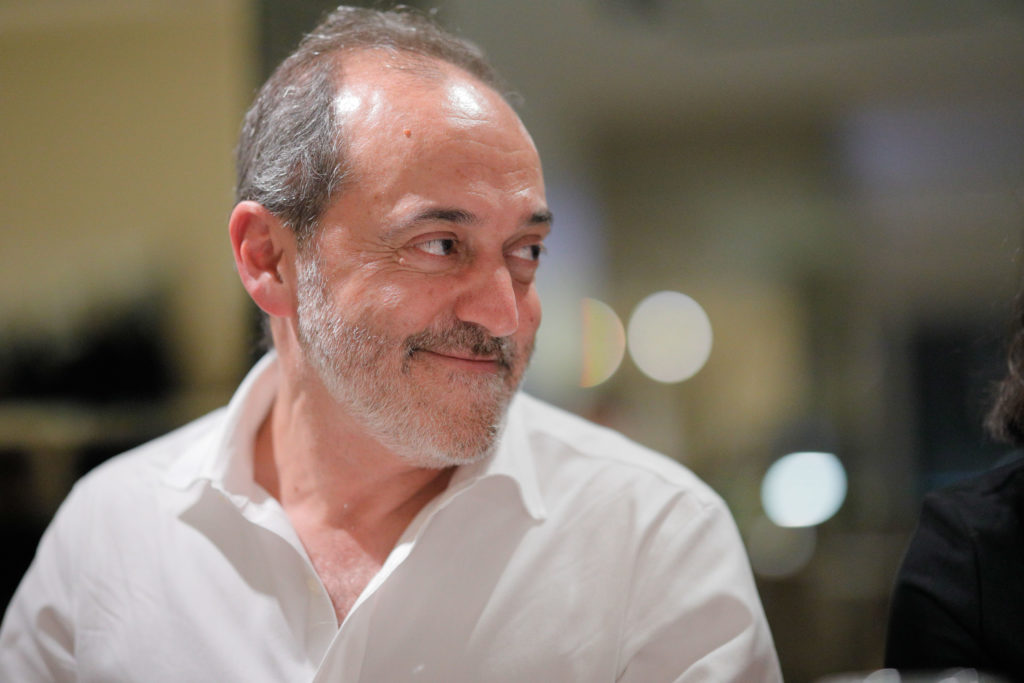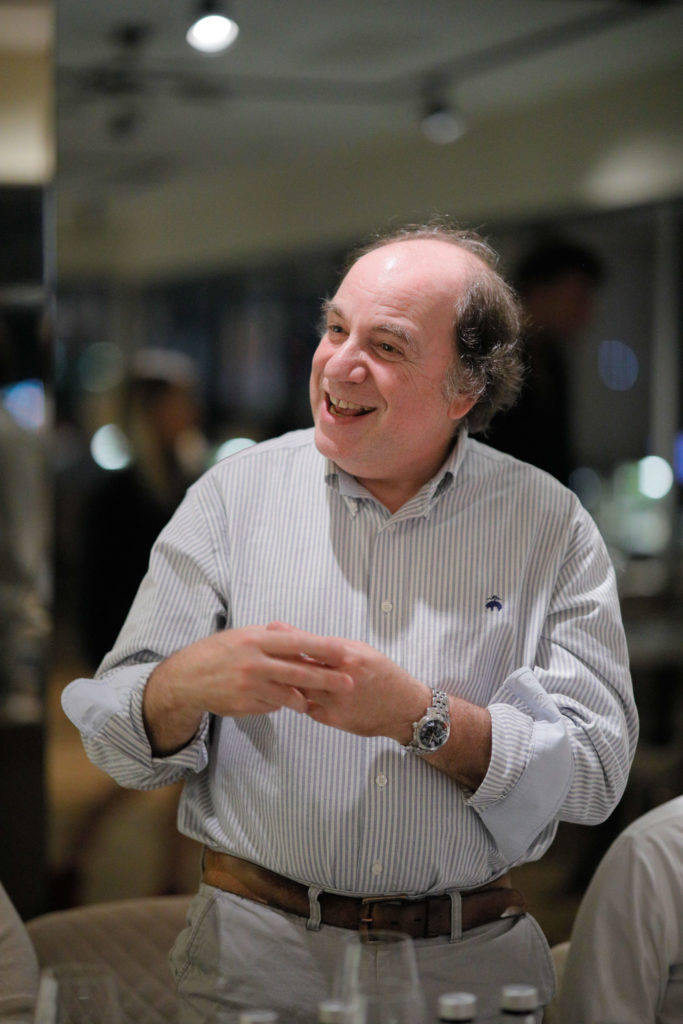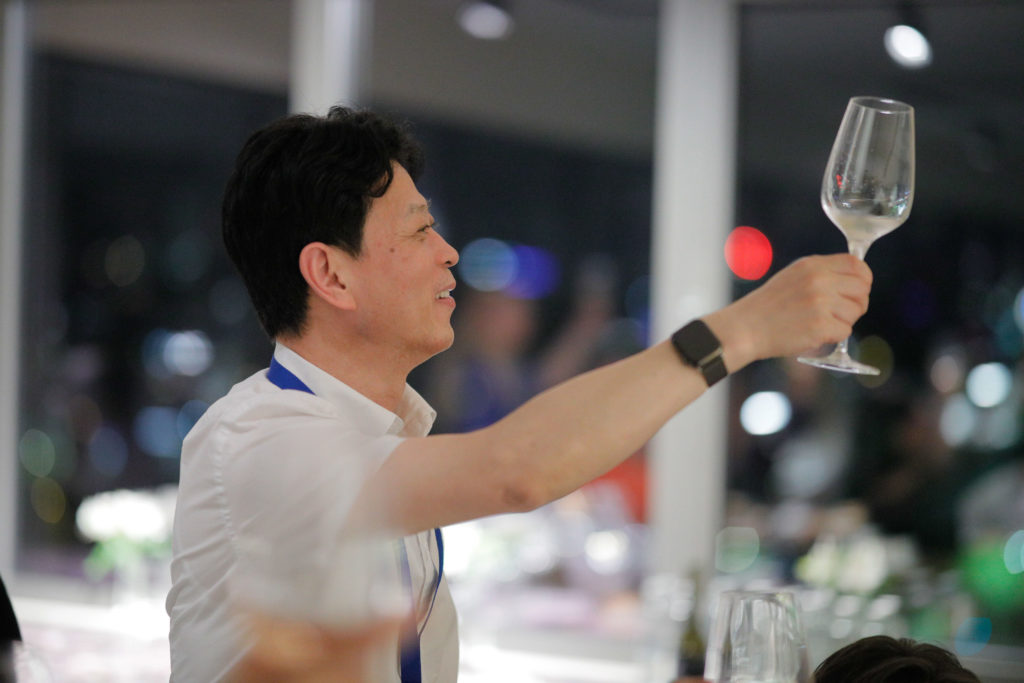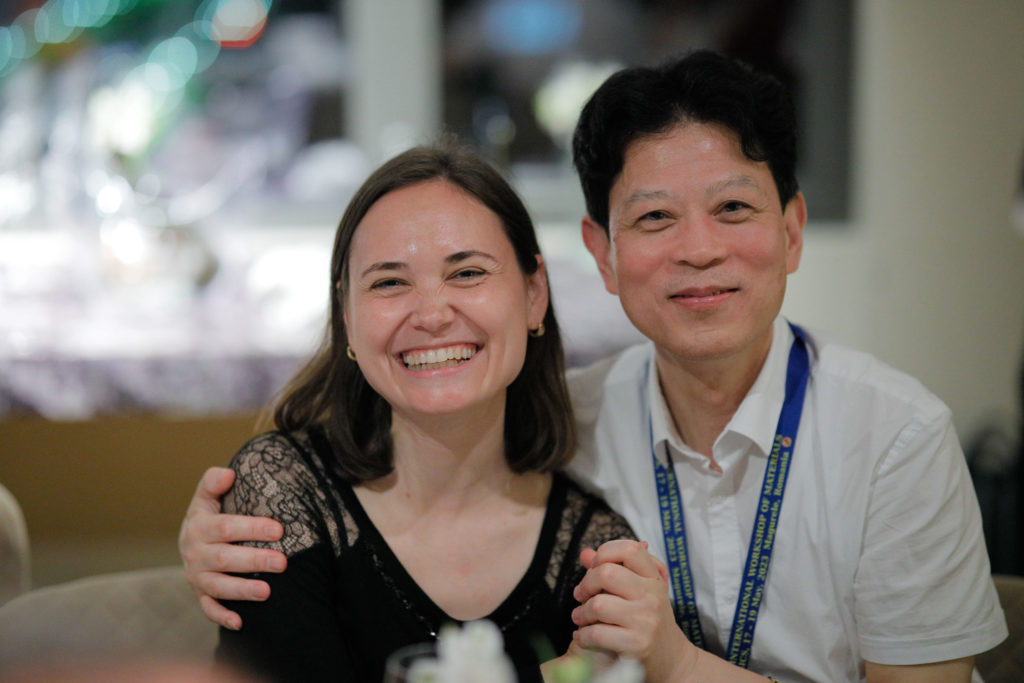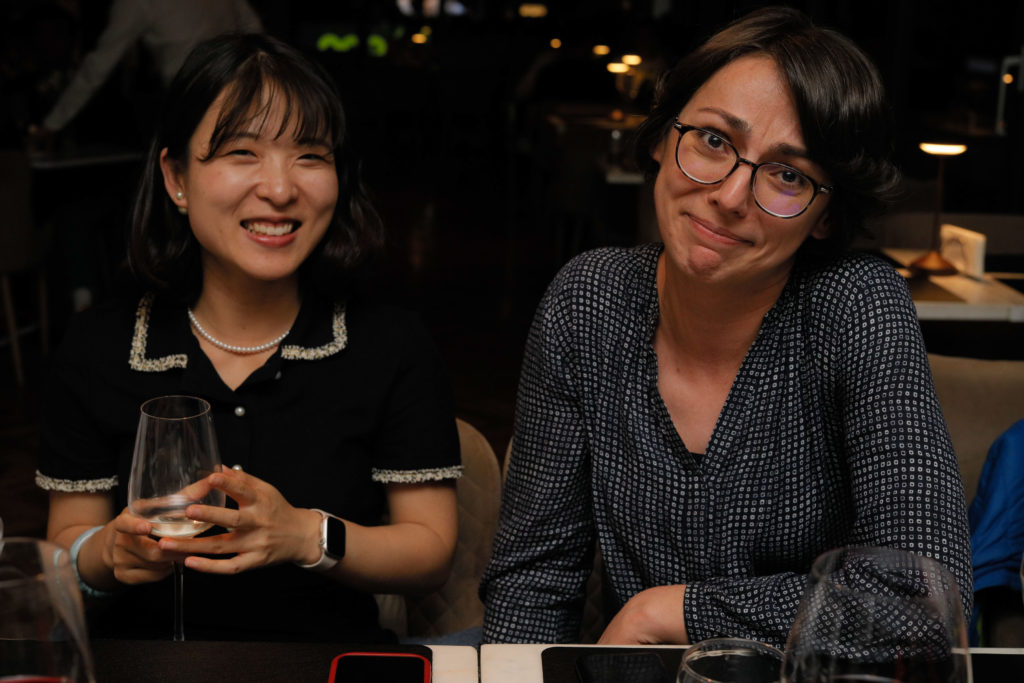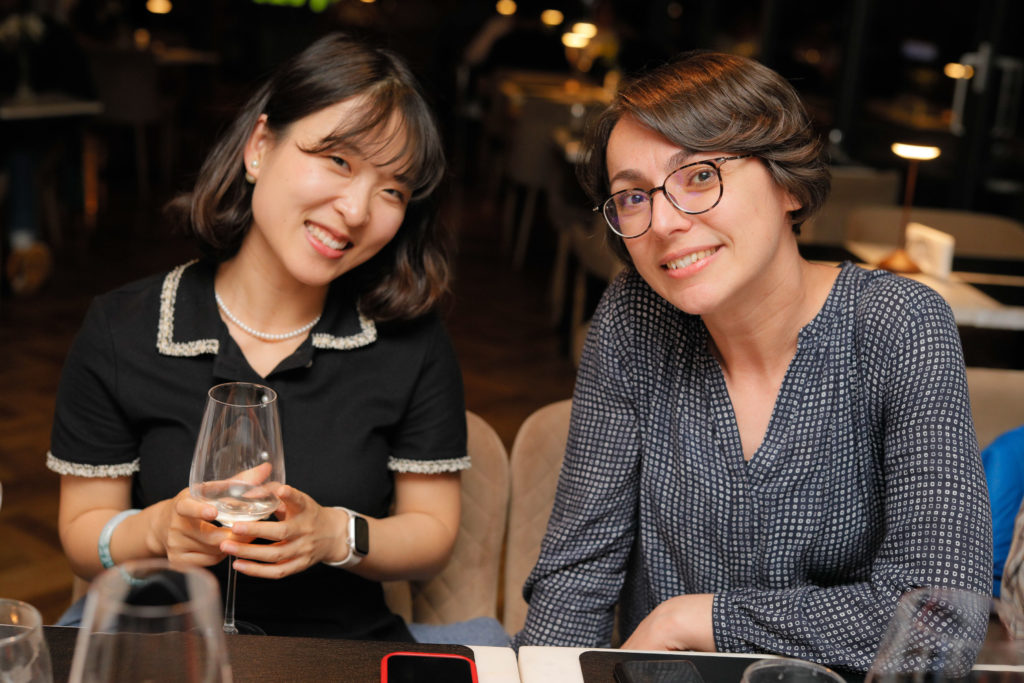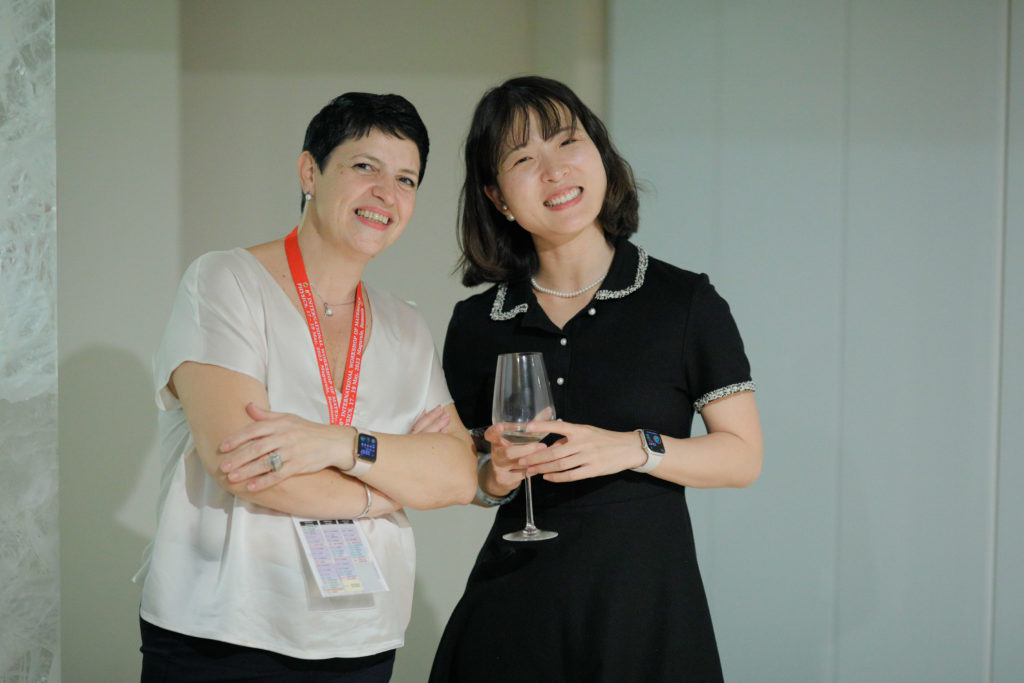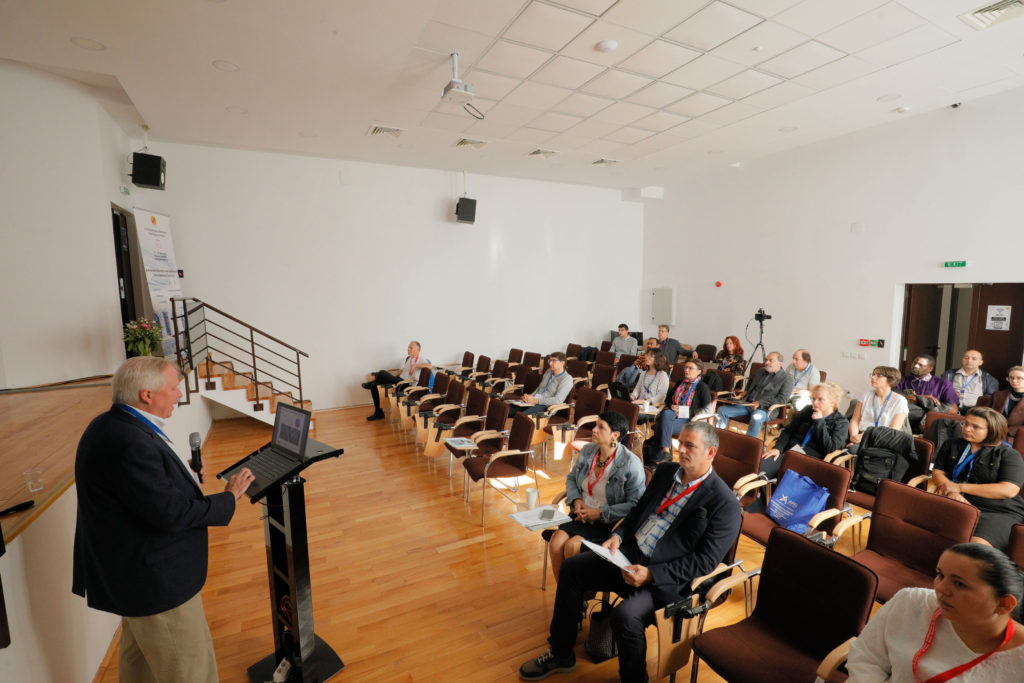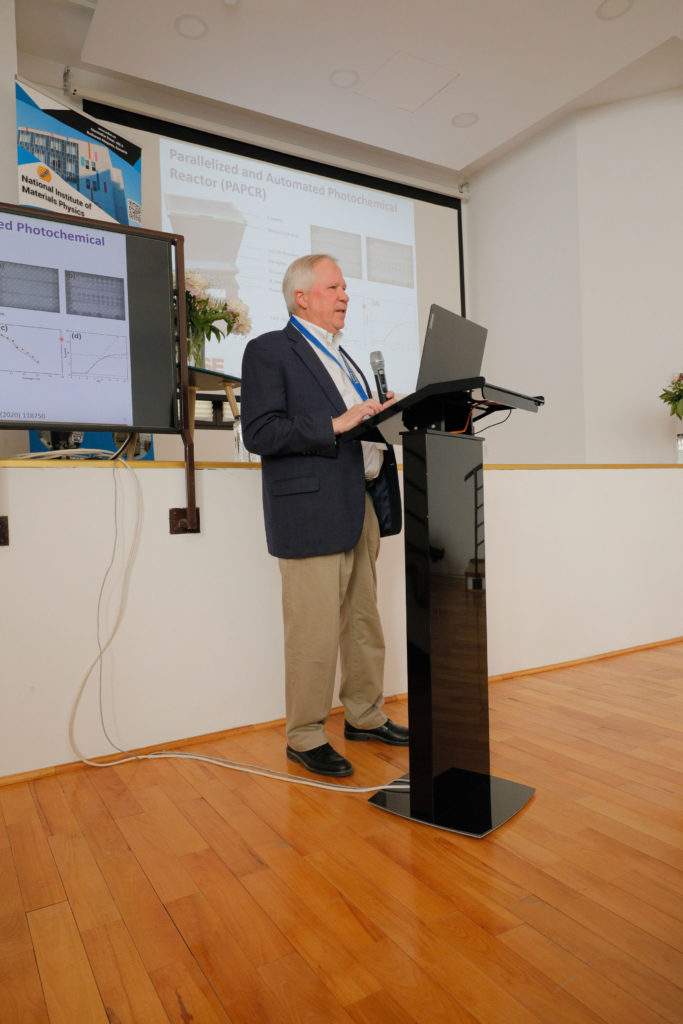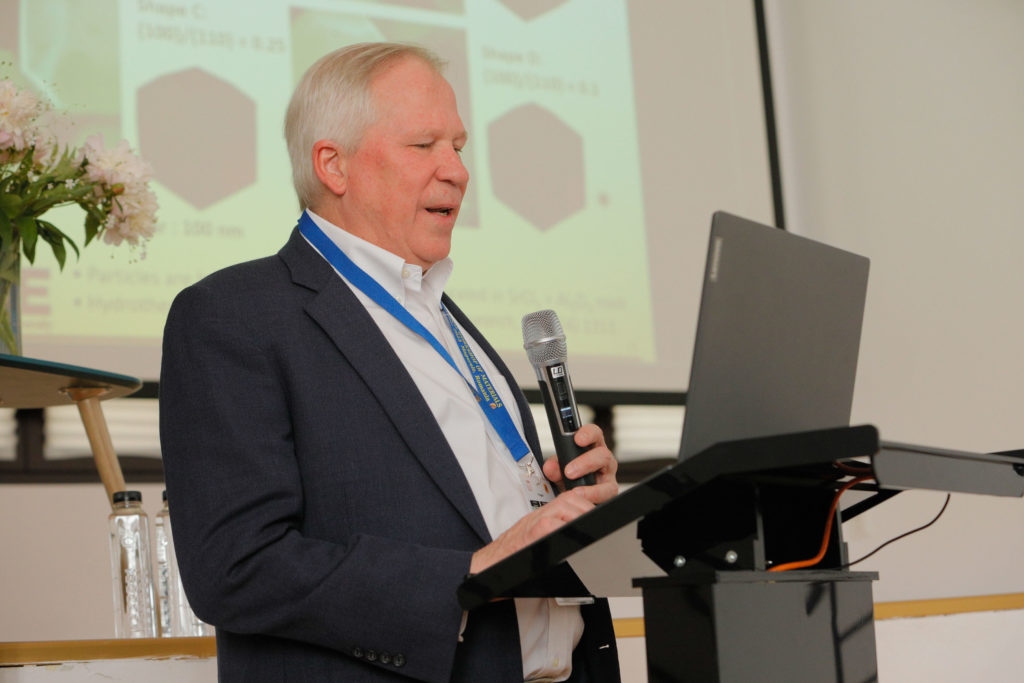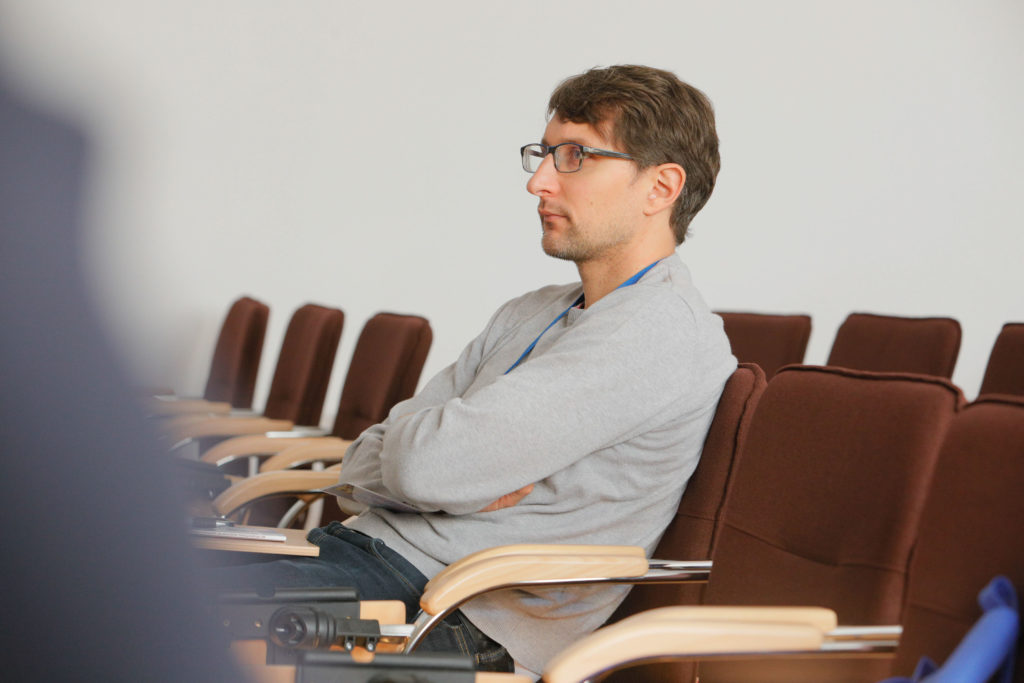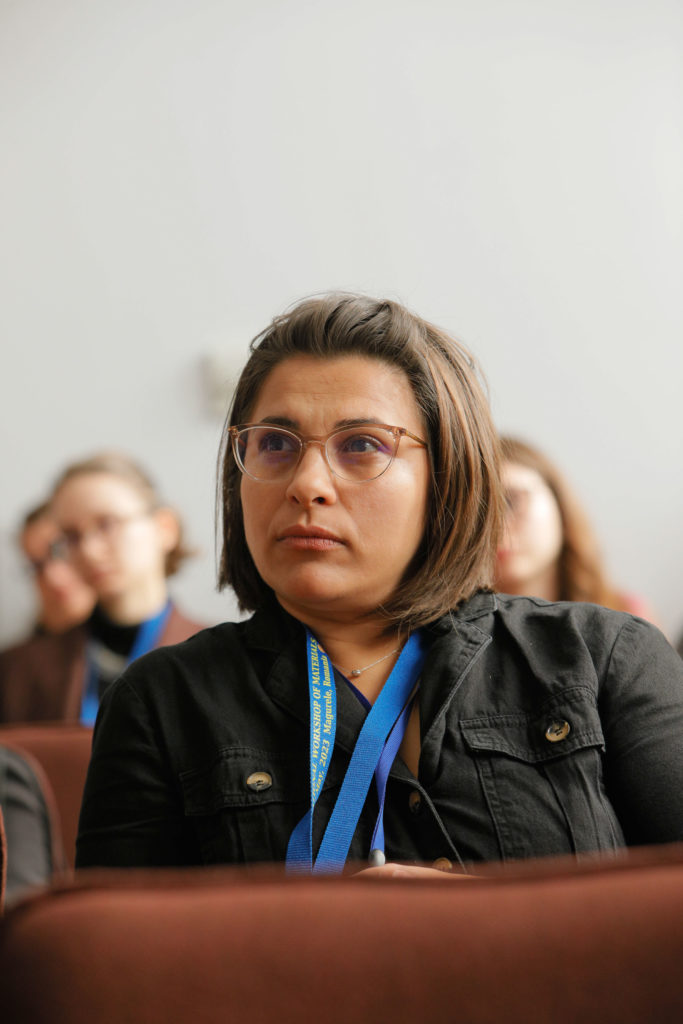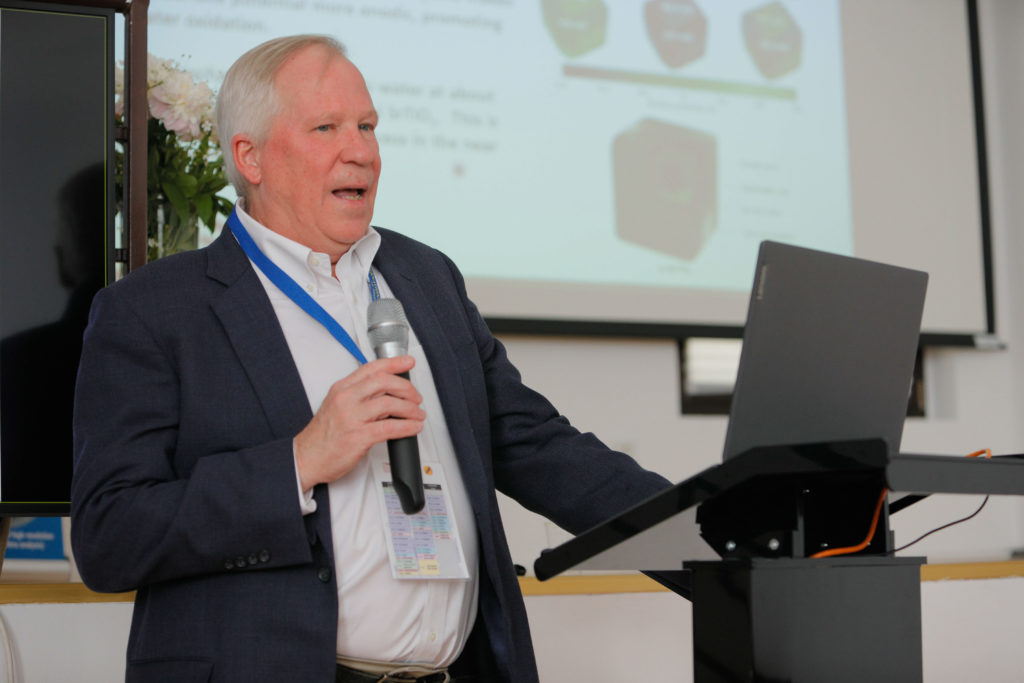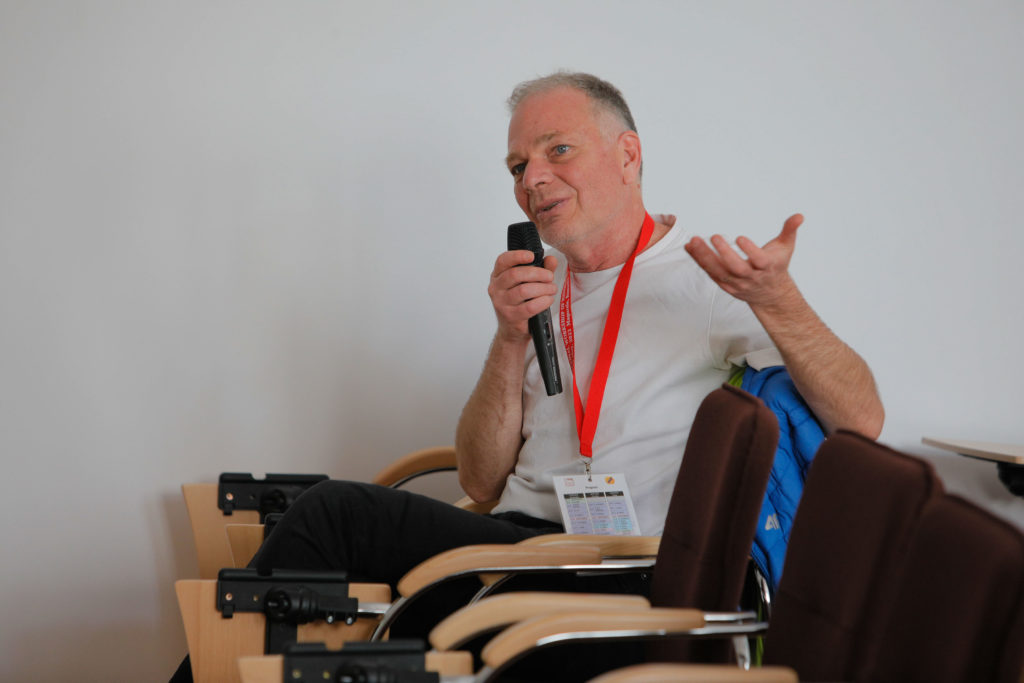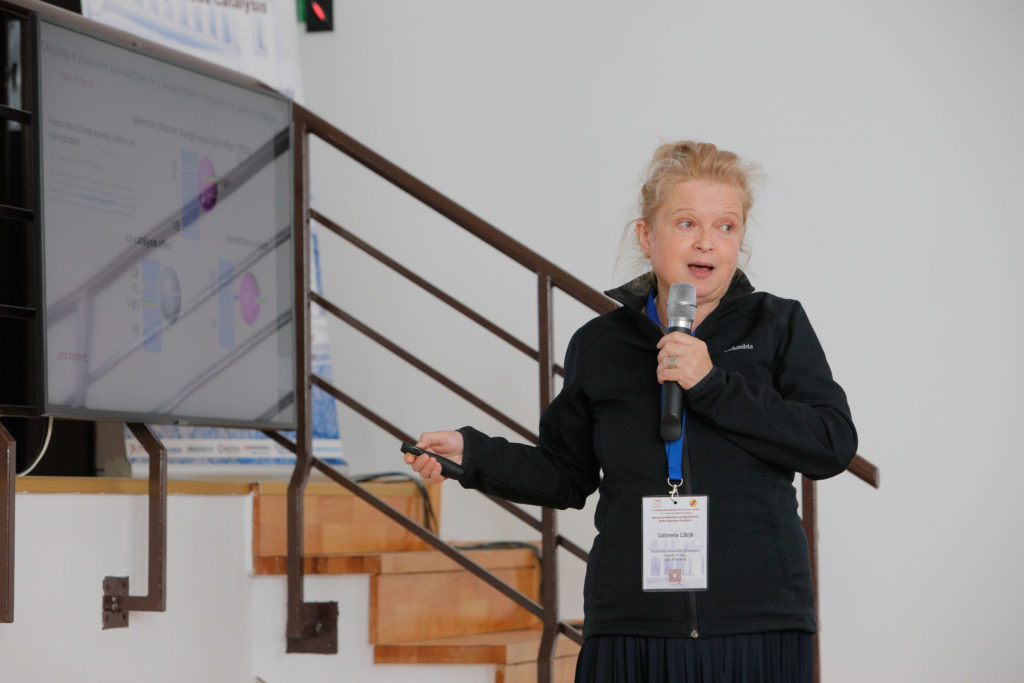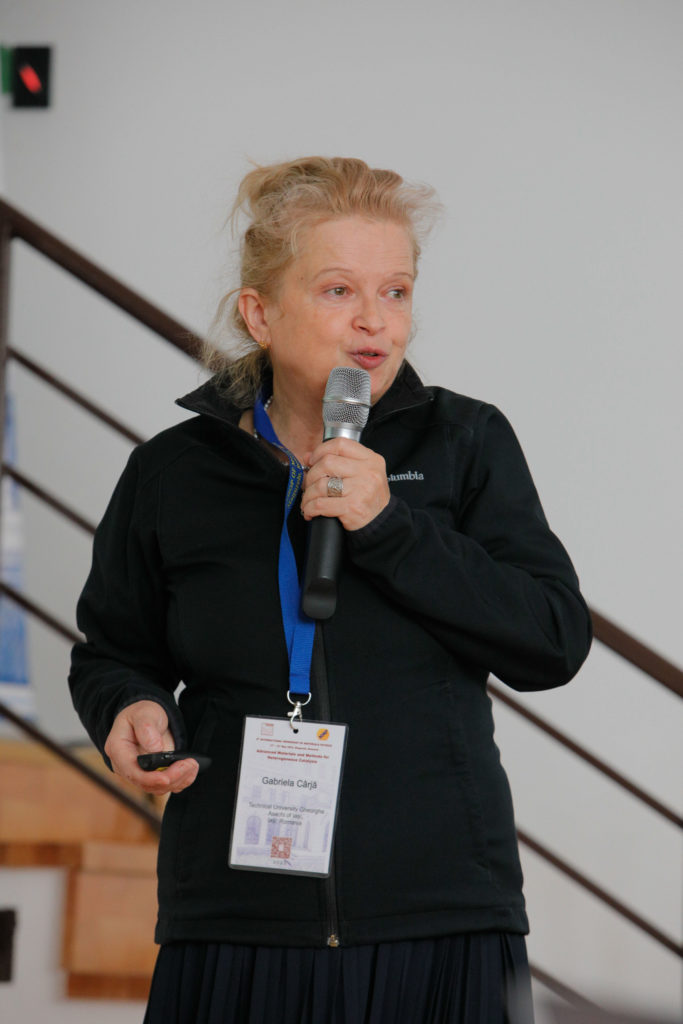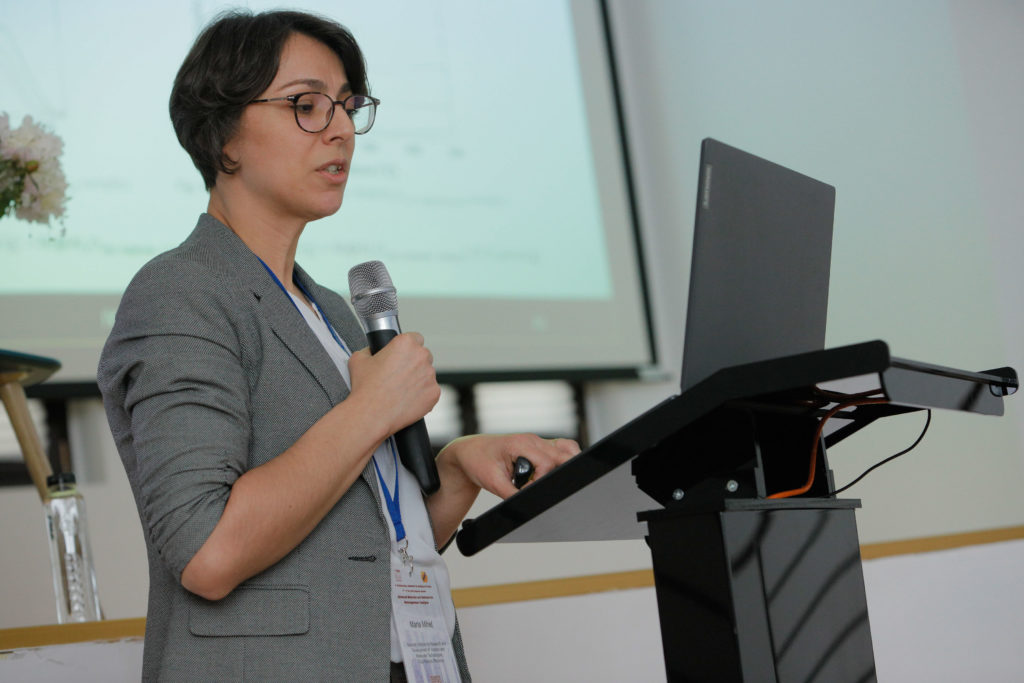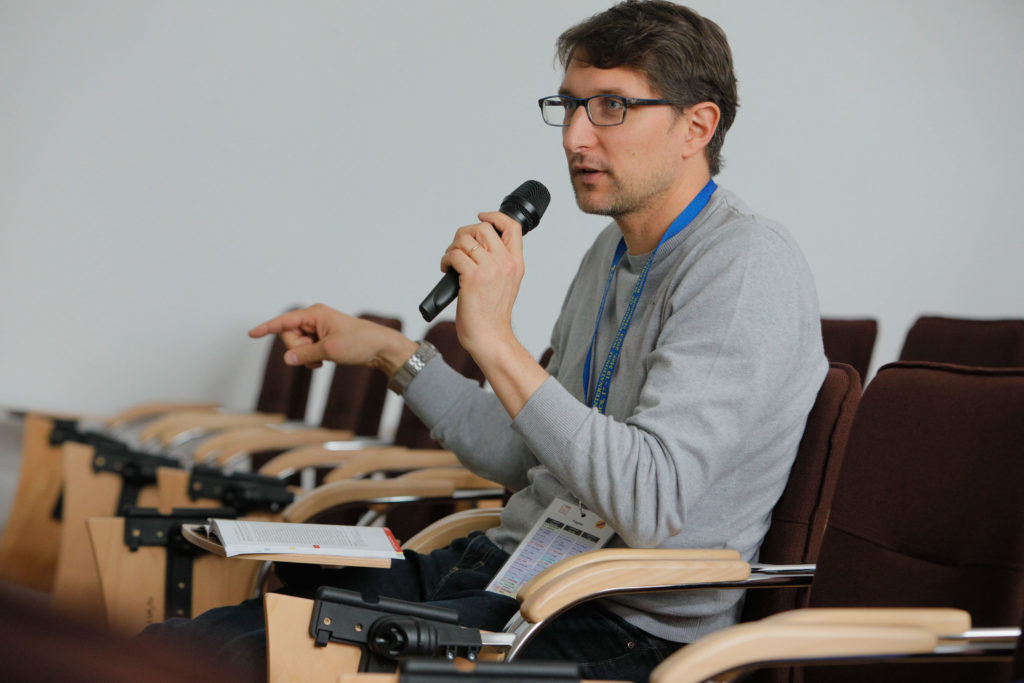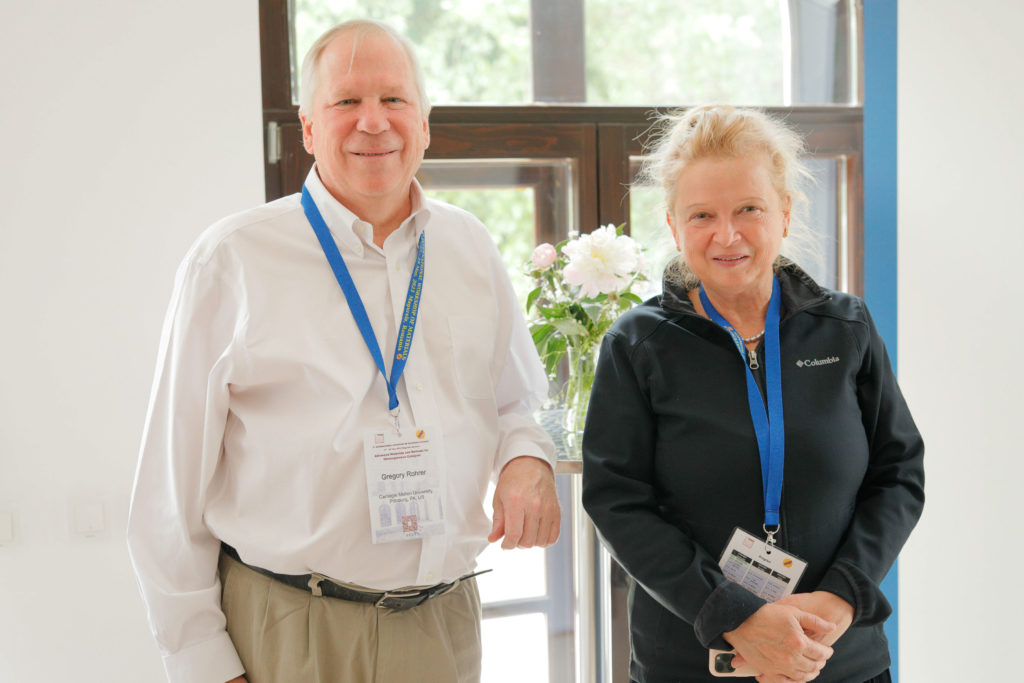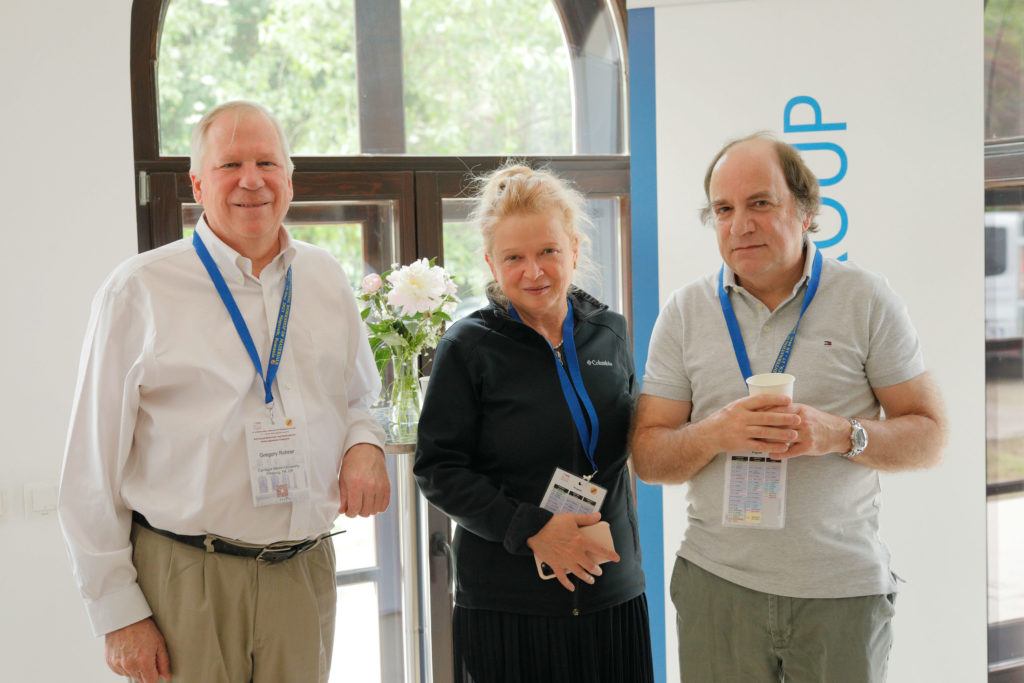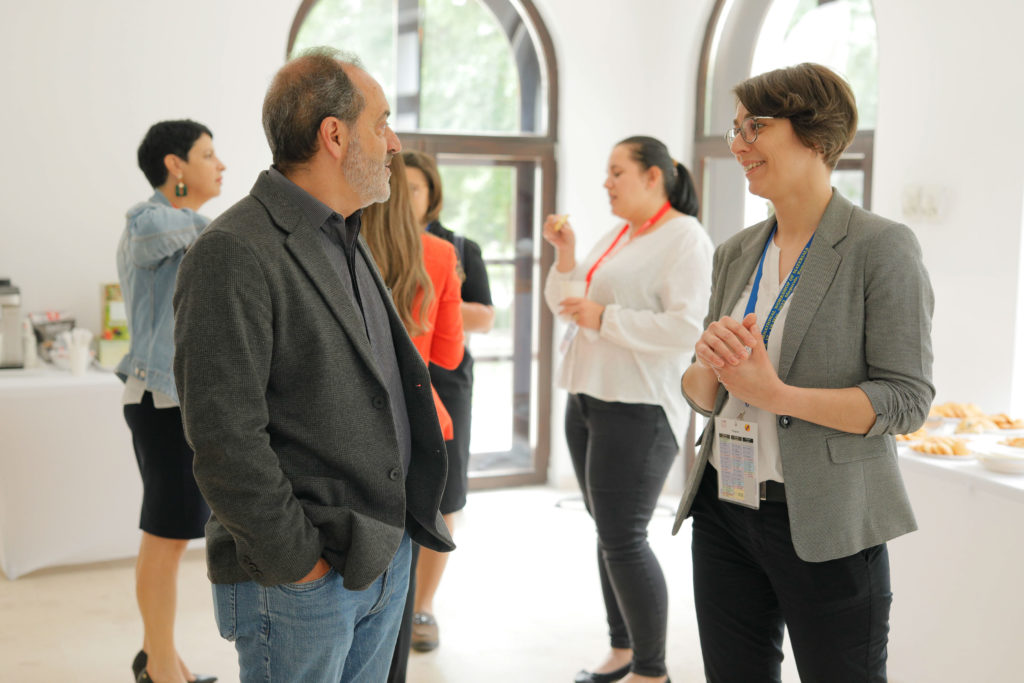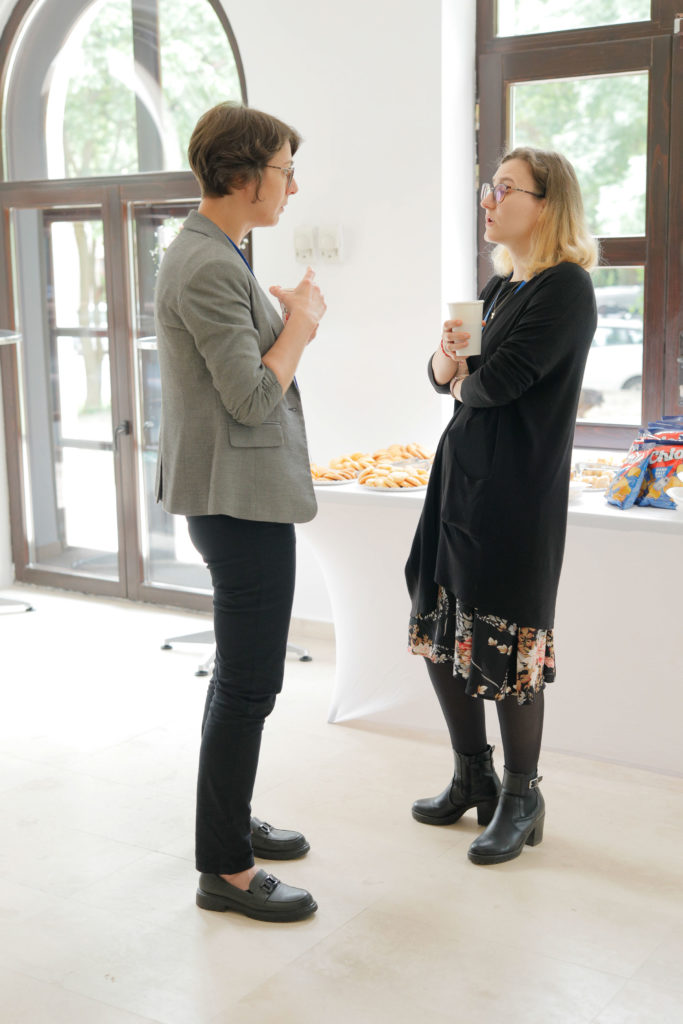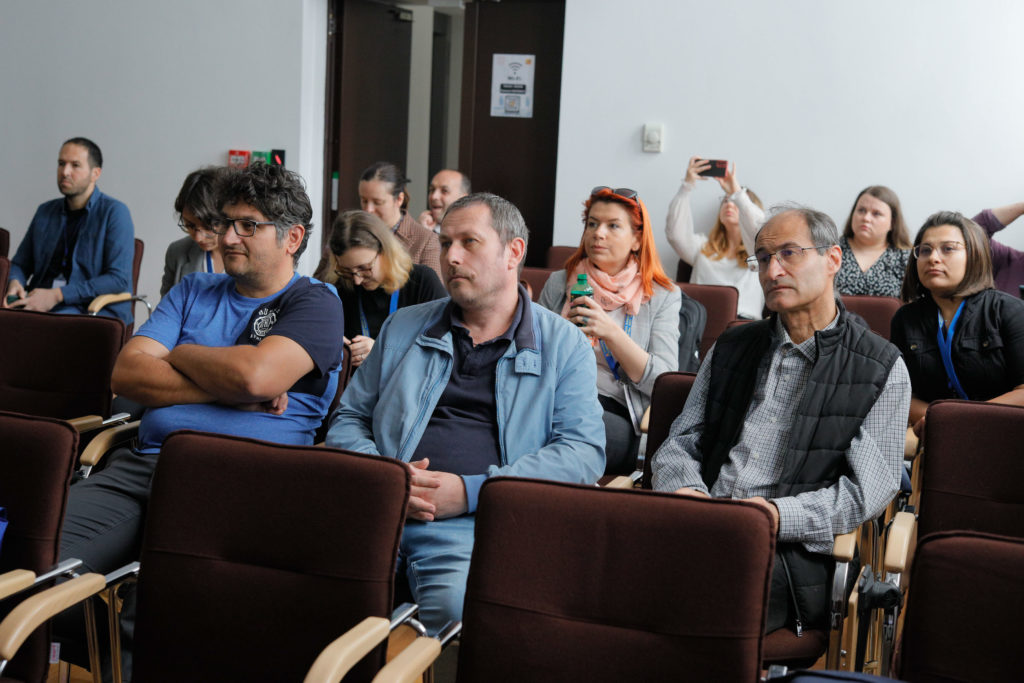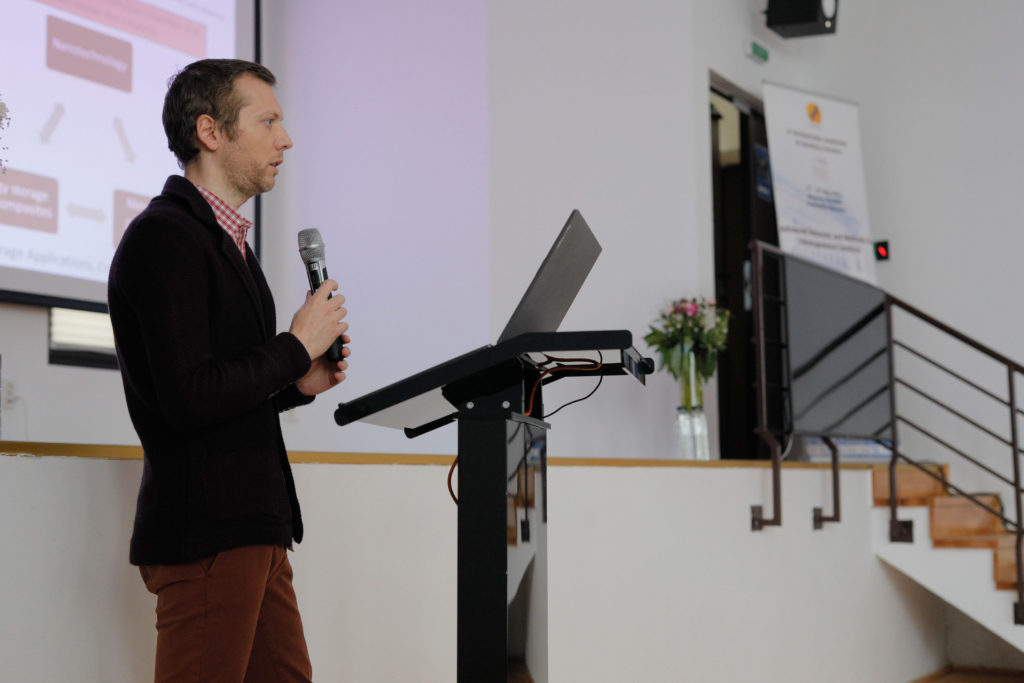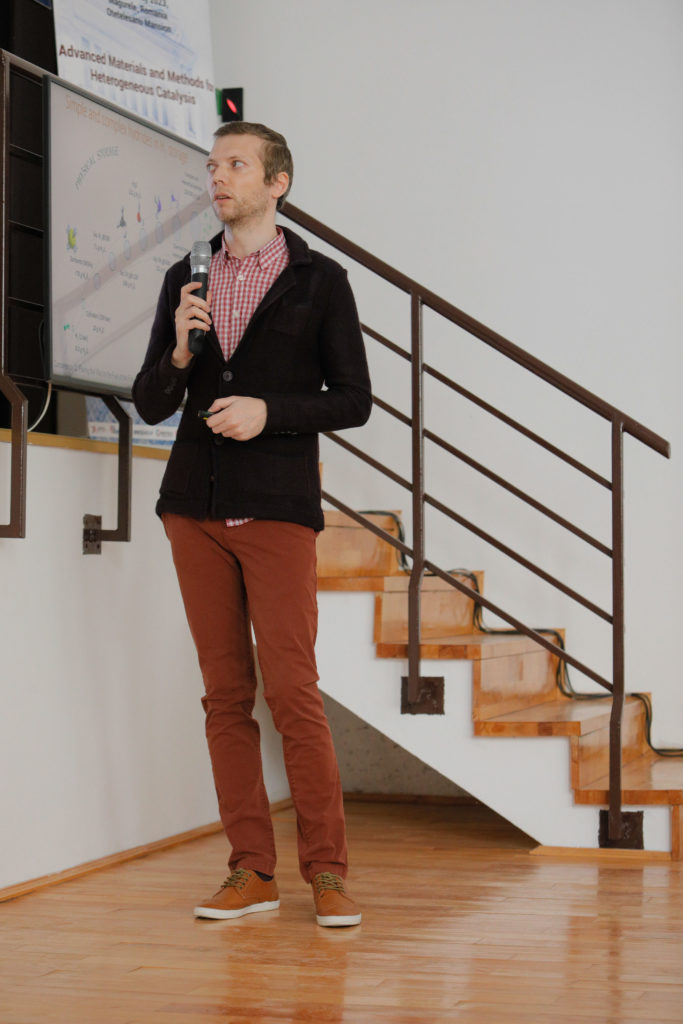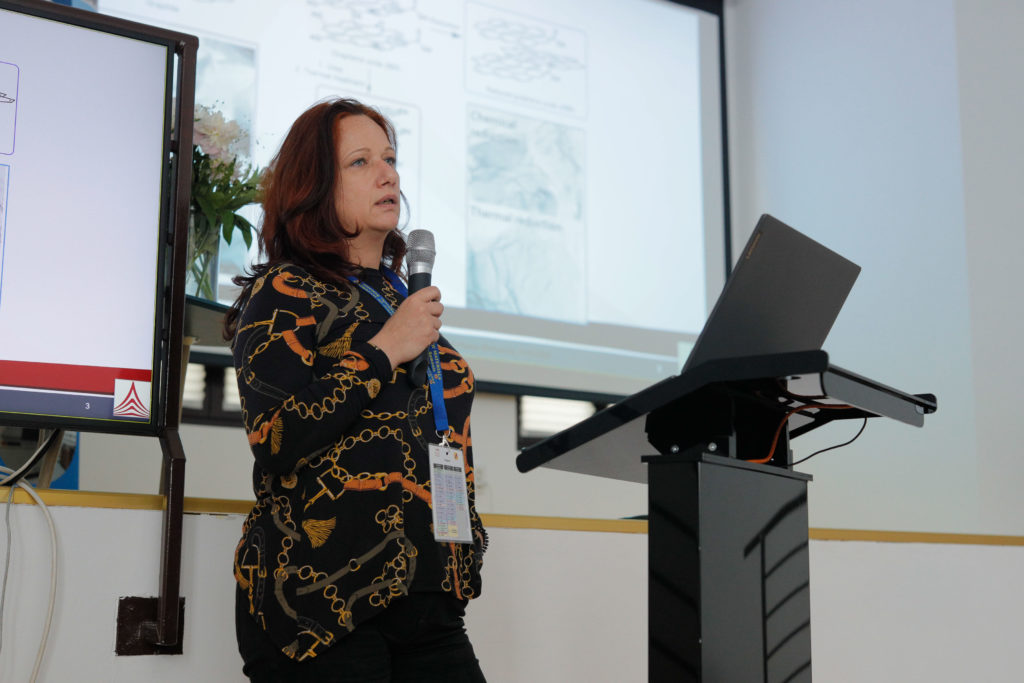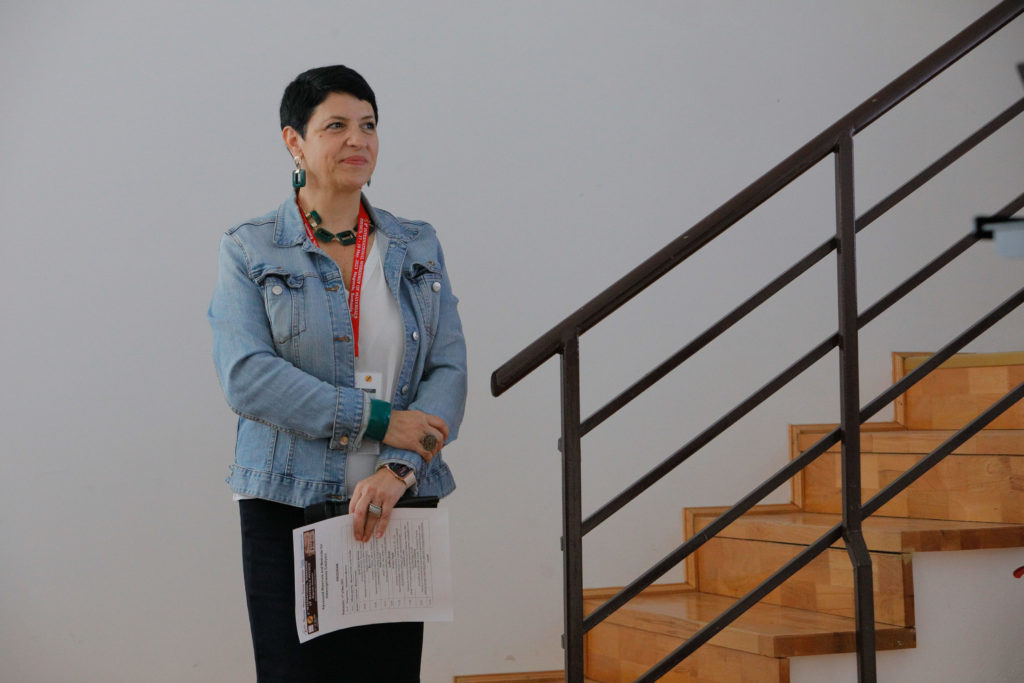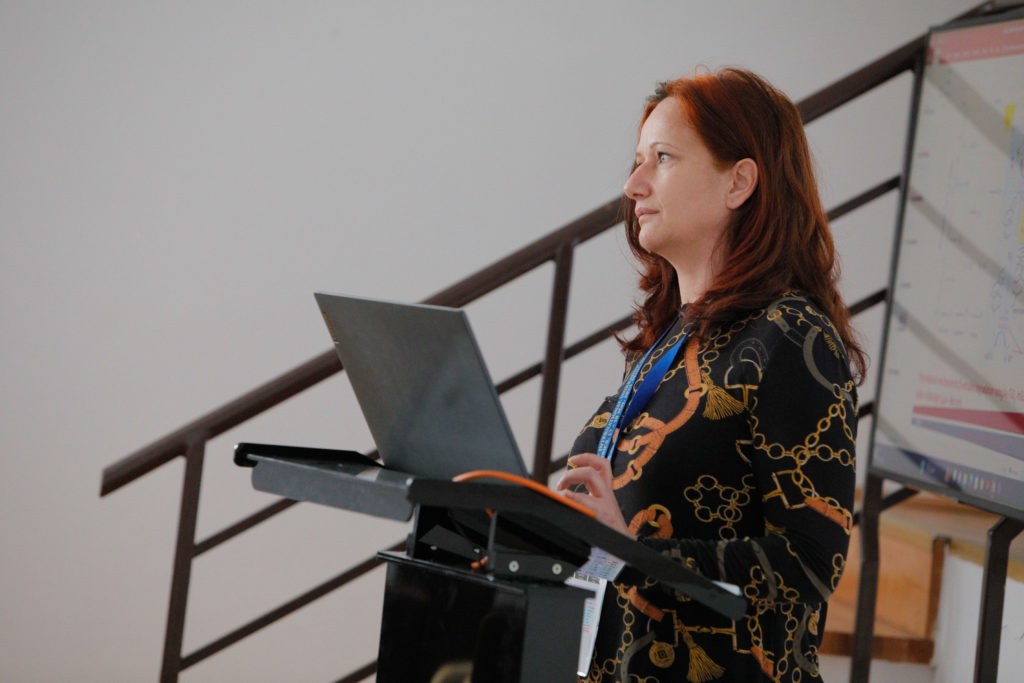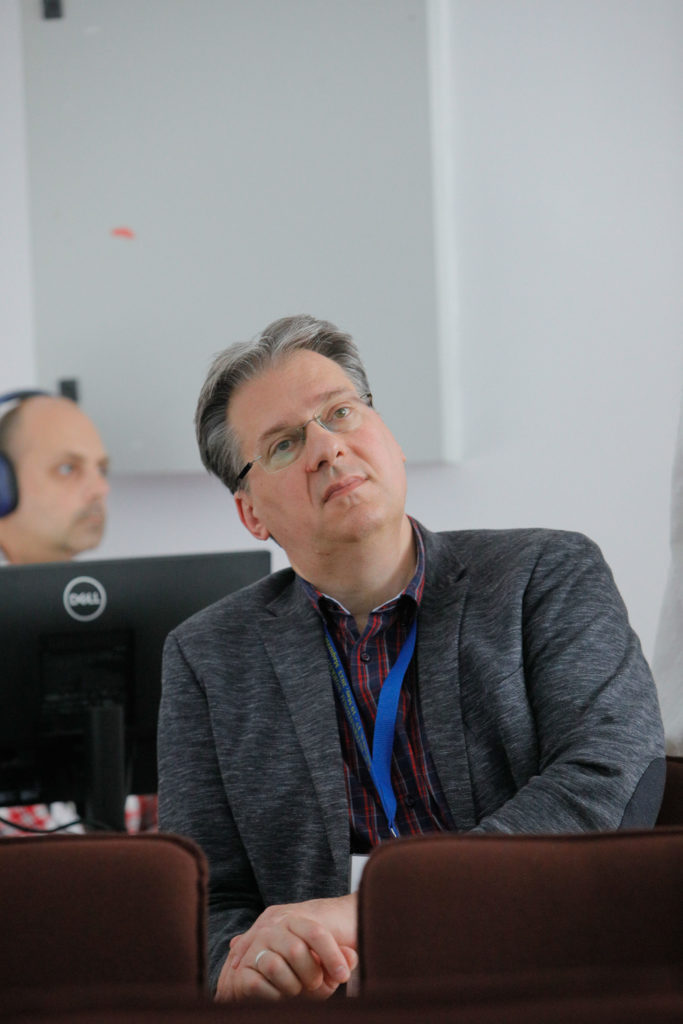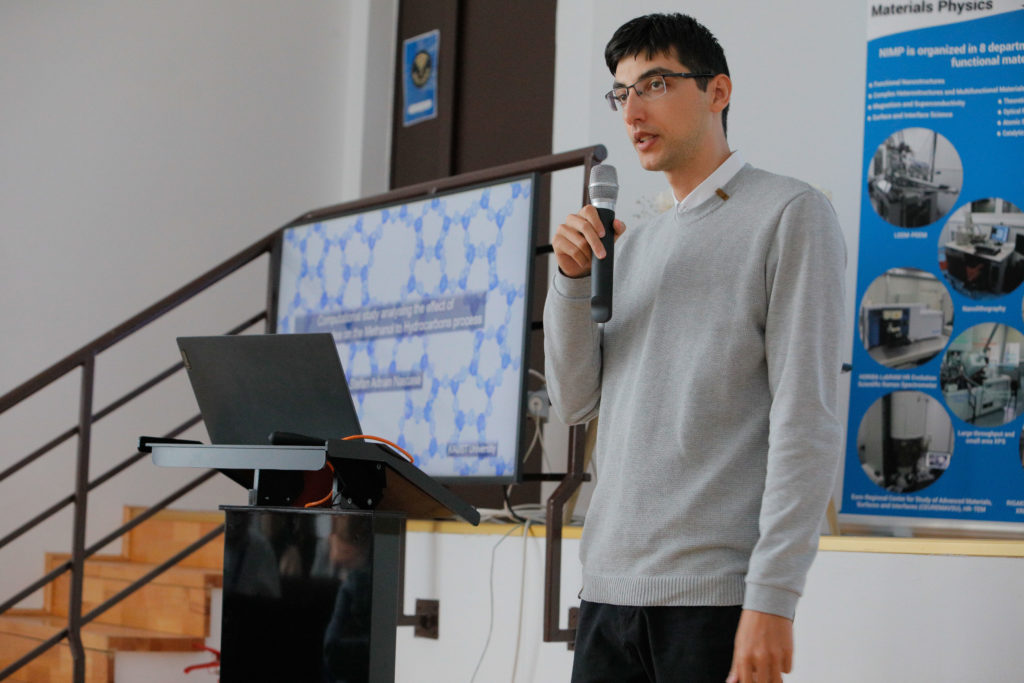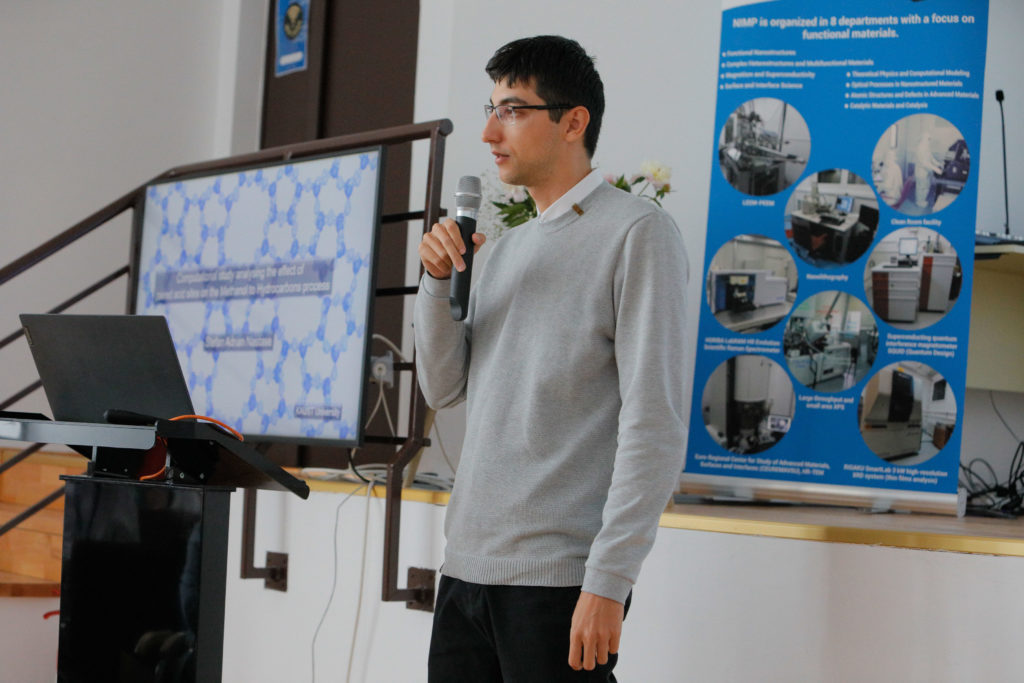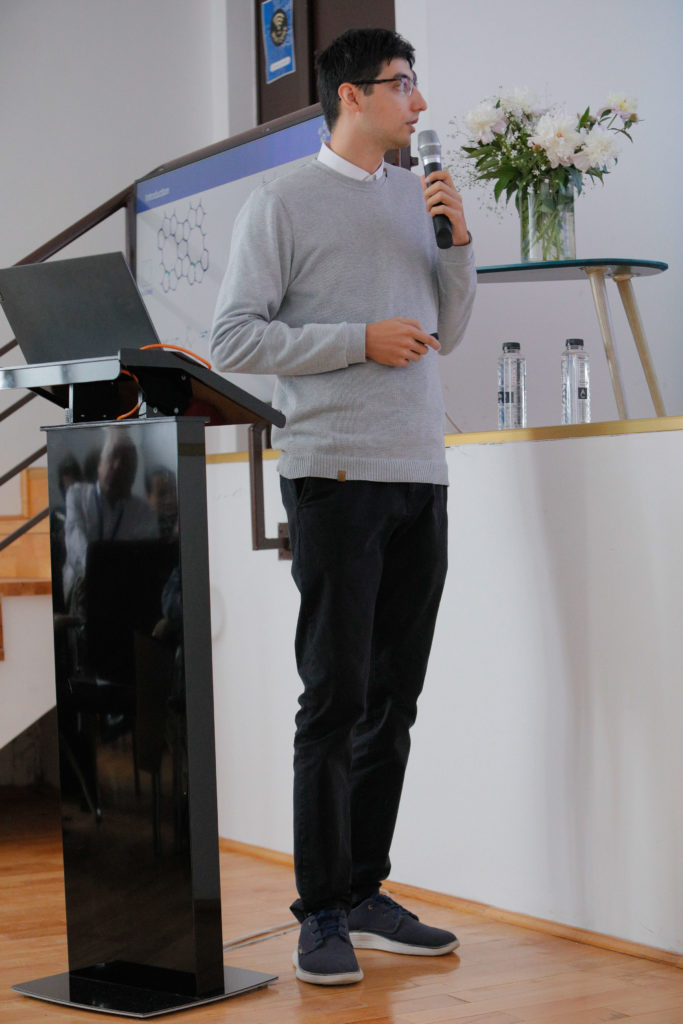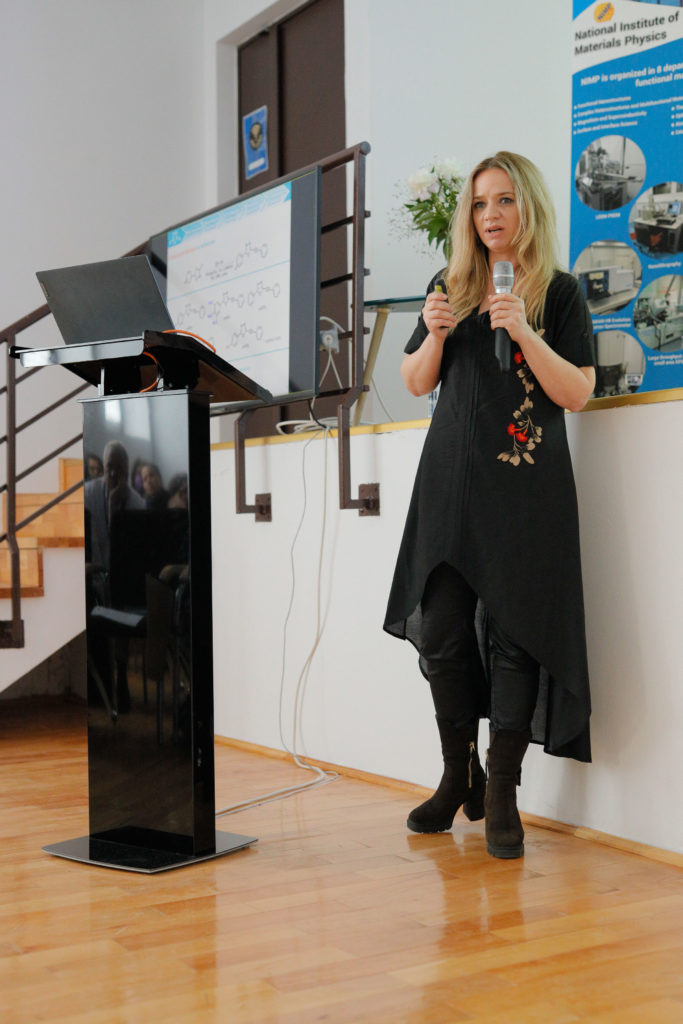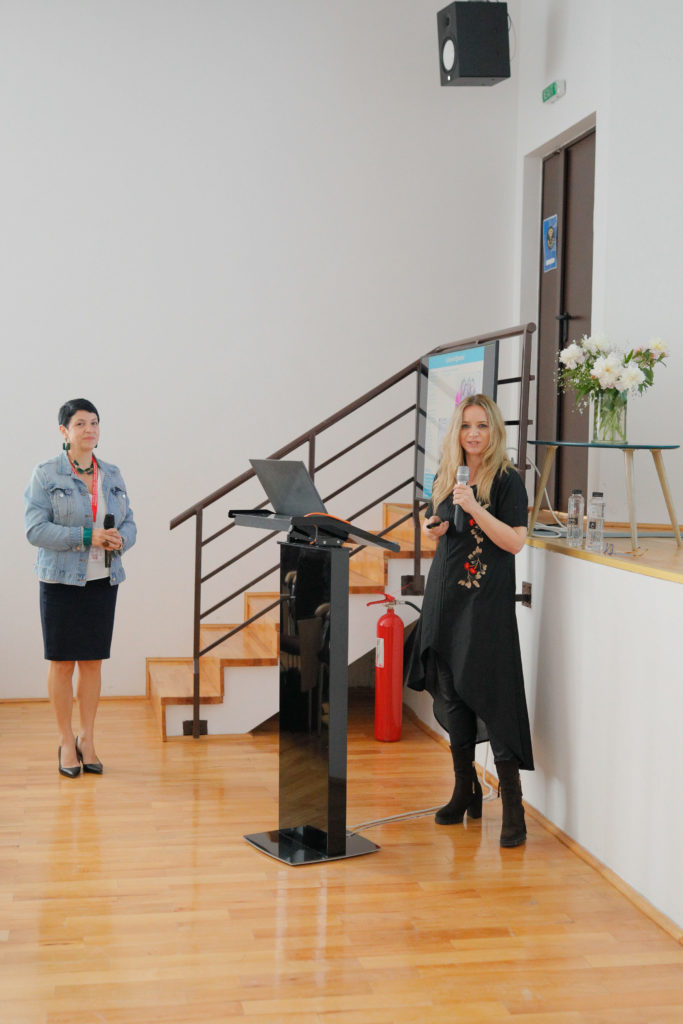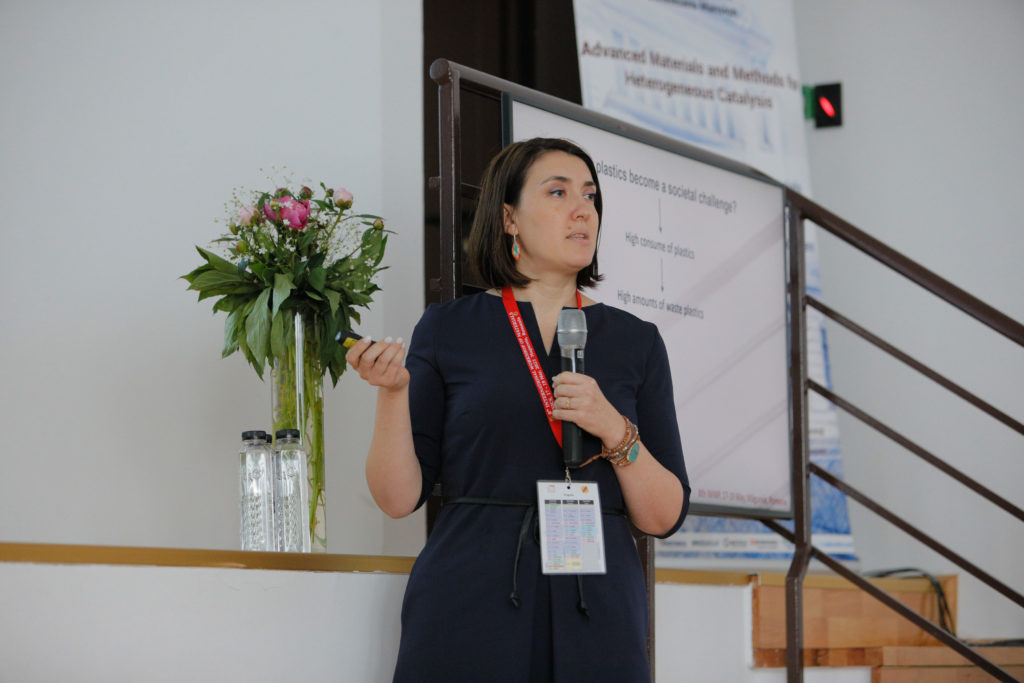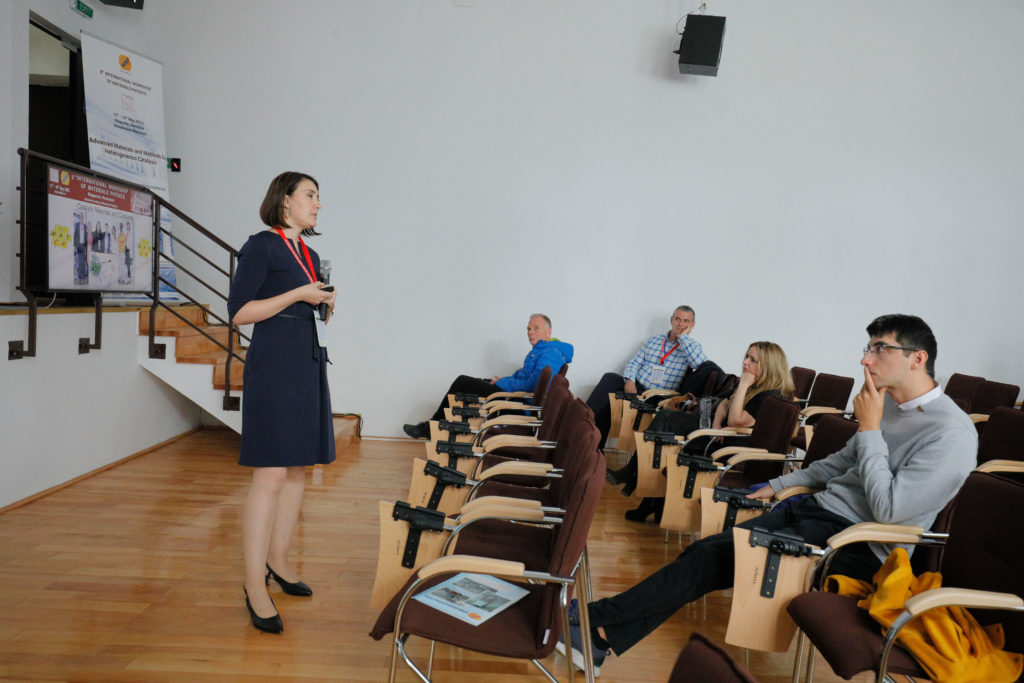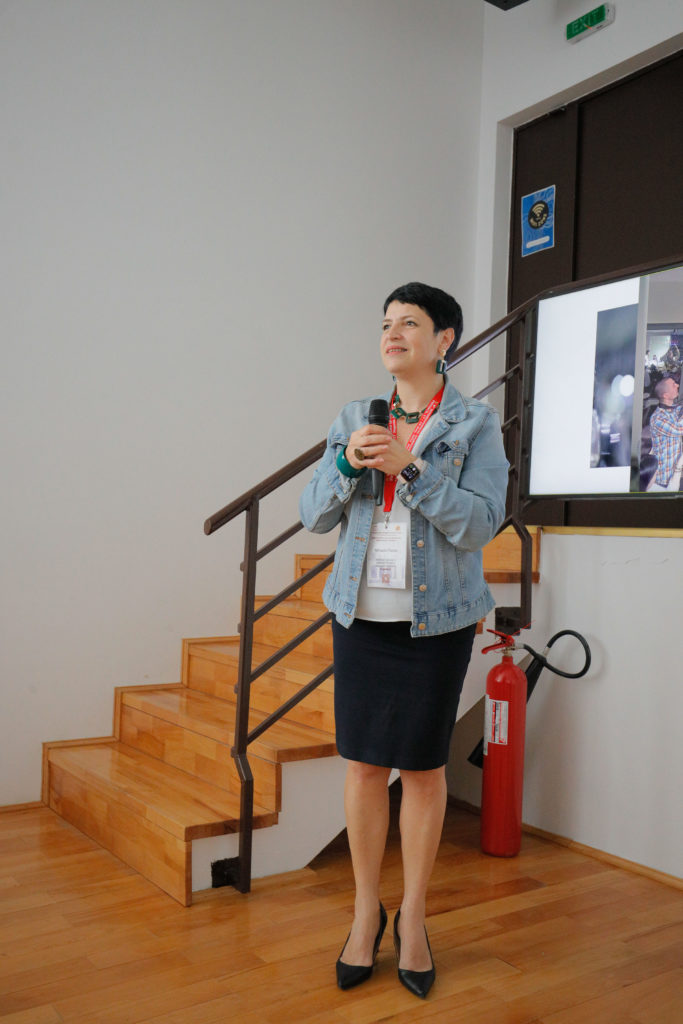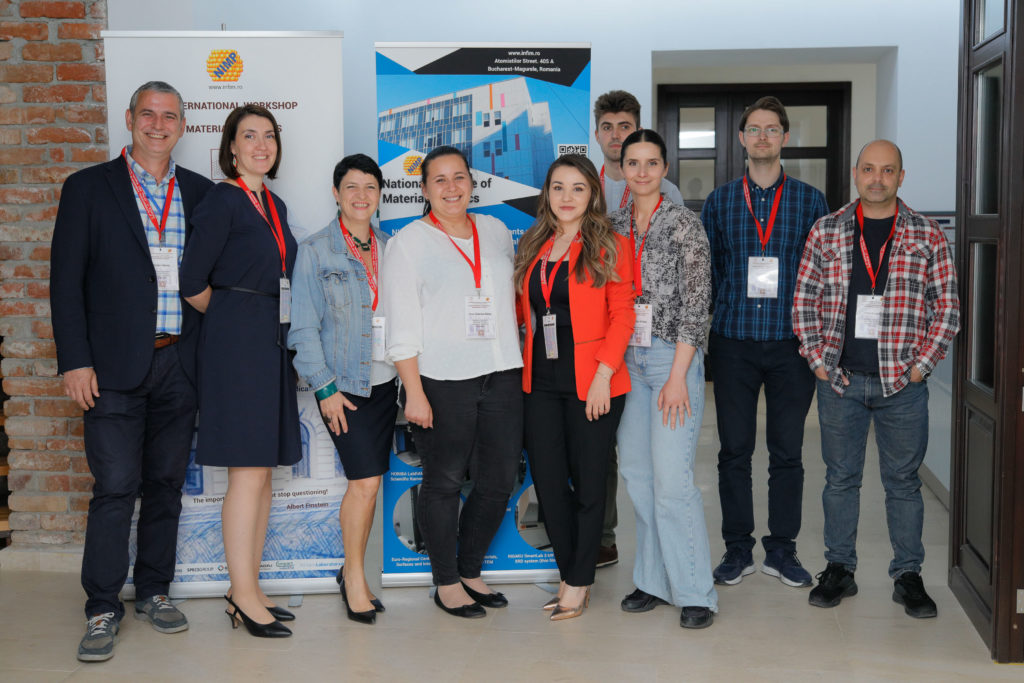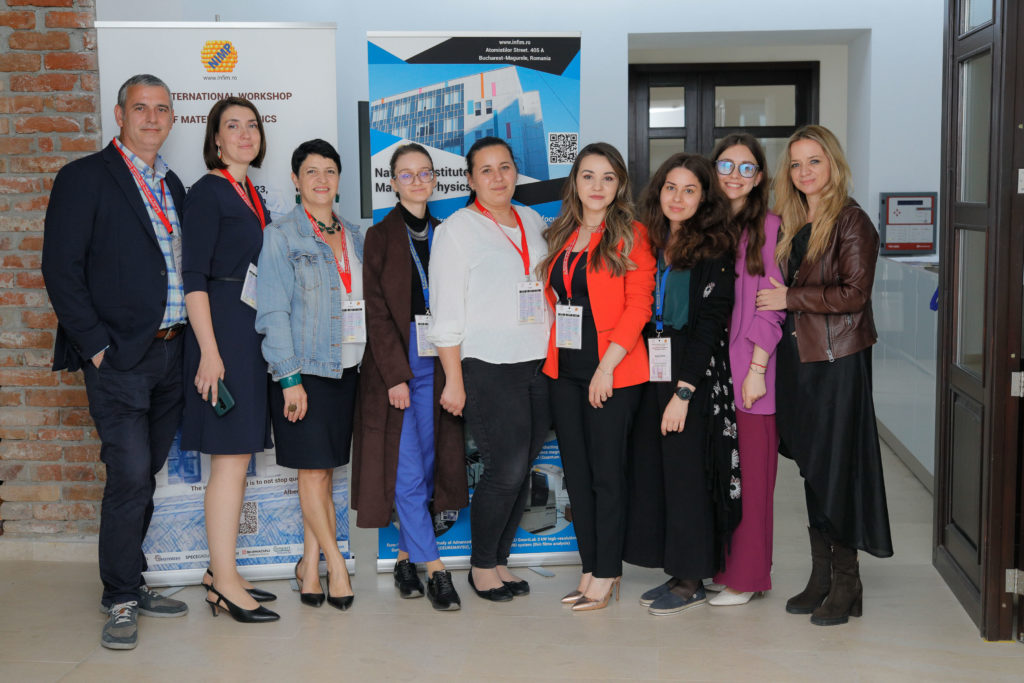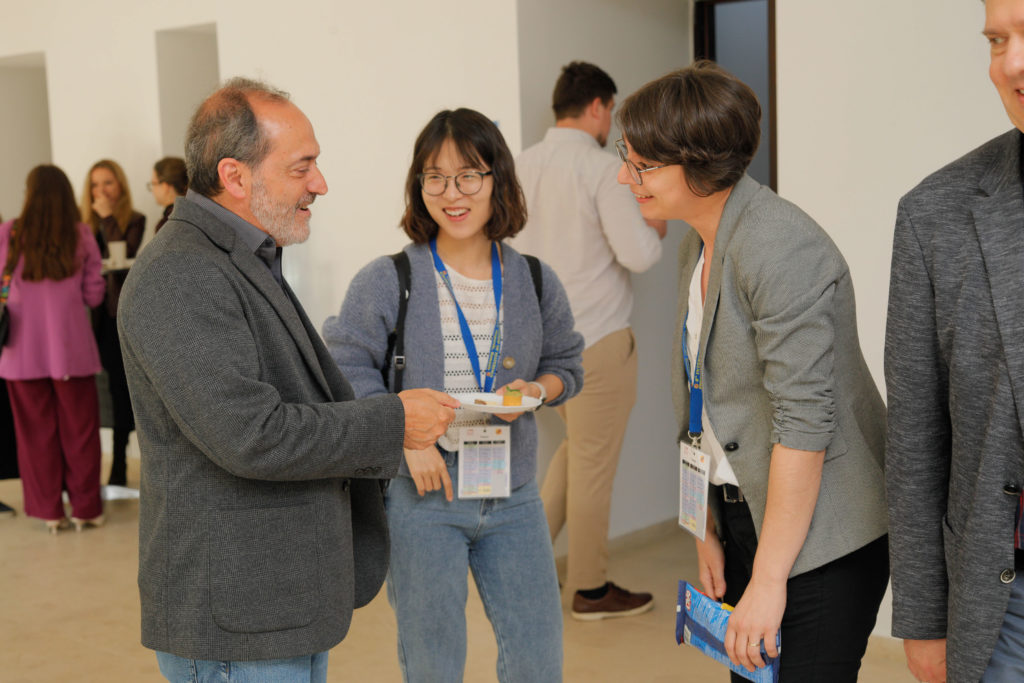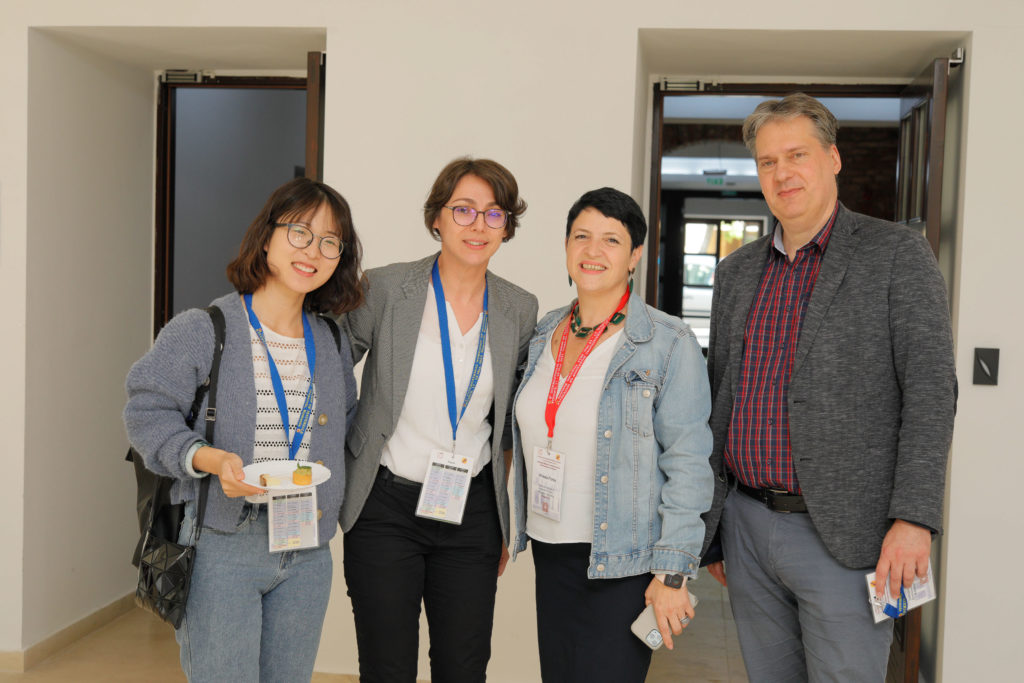
Advanced Materials and Methods for Heterogeneous Catalysis
Announcement
The National Institute of Materials Physics (NIMP) announces the organization of the 8th International Workshop of Materials Physics (IWMP).
The aim of the workshop is to share the latest scientific results related to advanced materials and characterization techniques with an emphasis on heterogeneous catalysis. The most exciting recent experimental and theoretical developments in materials synthesis, characterization, and potential applications will be presented and discussed.
The workshop is organized as a 3-days event, from 17 to 19th of May 2023, and features only invited contributions and poster sessions. The goal is to attract well-known researchers, the final purpose being to establish new collaborations concretized in common publications, projects, and exchanges of personnel.
The first list of confirmed invited speakers will be announced by the end of January and will be periodically updated.
Young researchers are invited to submit before the 15th of March 2023 a one-page abstract to present as poster their most recent findings on subjects connected to the workshop’s topic. (A4, Times New Roman 12, single spacing, 2 cm margins, including figures and references) to the organizers (mihaela.florea@infim.ro; florentina.neatu@infim.ro ). The best abstracts will be selected by the Scientific Committee for oral presentations during the workshop.
The workshop will take place at NIMP premises located in Magurele, Romania. We hope every participant can enjoy the workshop and benefit from the speaker’s experience.
Invited speakers
| Andruh Marius | Academia Romana – abstract |
| Altman Eric | Yale School and Engineering & Applied Science, United States – abstract |
| Artiglia Luca | Paul Scherrer Institute, Switzerland – abstract |
| Barsoum Michel | Drexel University, United States – abstract |
| Carja Gabriela | Gheorghe Asachi Technical University, Romania – abstract |
| Chaparro Antonio | The Centre for Energy, Environmental and Technological Research, Spain – abstract |
| Ciotonea Carmen | Université du Littoral Côte d’Opale, France – abstract |
| Crăciun Radu | BASF Corp., New Jersey, USA – abstract |
| Dekel Dario R | Technion – Israel Institute of Technology, Israel – abstract |
| Fornasiero Paolo | University of Trieste, Italy – abstract |
| Garcia Martinez Javier | University of Alicante, Alicante, Spain – abstract |
| Liotta Leonarda | ISMN Unity of Palermo, Italy – abstract |
| Luo Hui | Imperial College of London, United Kingdom – abstract |
| Mihet Maria | National Institute for Research and Development of Isotopic and Molecular Technologies, Romania – abstract |
| Rappe Andrew M. | University of Pennsylvania, United States – abstract |
| Rohrer Gregory | Carnegie Mellon University, Pittsburg, PA, US – abstract |
| Su Bao Lian | The University of Namur, Belgium – abstract |
| Tomoiaga Alina | European Innovation Council, Brussel, Belgium – abstract |
| Tompos Andras | Institute of Materials and Environmental Chemistry, Renewable Energy Research Group, Hungary – abstract |
| van Bokhoven Jeroen | ETH Zürich, Switzerland – abstract |
Otetelesanu Castle

The flourishing period of the current Oteteleșanu domain began in the period 1831-1834, when according to the legends surrounding it, the estate of Cristache Vrana came into the possession of Ioan Oteteleșanu, following a game of cards.
In the period 1834-1843, Oteteleșanu Castle was built. Between 1863 and 1868, the nobleman Oteteleșanu rebuilt the Măgurele Ensemble, transforming it into a leisure spa center according to the fashion of the times.
Taking advantage of the balneo-therapeutic importance given to the thermal springs, he tried to exploit the potential discovered in Măgurele since the 1930s and to reorient the Ensemble towards profit.
In 1869, having no heirs, Ioan (Iancu) Oteteleșanu left his entire fortune, by will, to establish an Institute for poor or orphaned girls: „My entire fortune will be used to create an institute for Romanian girls, which they will be given an upbringing and a good education”, leaving his wife, Elena, as the usufructuary, and then the entire fortune will enter the administration of Ioan Lazăr Kalinderu.
However, the inauguration of the Girls’ Institute took place only starting with the 1894-1895 school year, after the completion of all the donation documents. Respecting the wishes of the testament, Kalinderu together with the Romanian Academy appointed Slavici to choose a study model, he was named „director of studies”, and the director of the Institute between 1894 and 1908 was Eleonora Tănăsescu Slavici.
On October 18, 1894, the „Ioan Oteteleșanu Girls’ Institute”, under the patronage of the Romanian Academy, opened its doors to the first generation of students. The inauguration was attended by several personalities, including King Carol Ist.
This Institute was a unique experience in Romania, having as a model different institutes from Germany and Switzerland. It operated until the summer of 1947, when it was transferred to Bucharest, in the „Carmen Silva” High School.
Two years later, on September 1, 1949, the Academy continues the line of Iancu Oteteleşanu’s testament regarding the character of a unique educational institute at the national level and establishes in his place, under the leadership of acad. Horia Hulubei, on the site of the „Otetelişanu Ensemble”, the Institute of Physics of the RPR Academy or, in short, what will later become simply IFA. Immediately after the big earthquake of March 4, 1977, the Castle is prepared to receive researchers from the newly established Institute of Physics and Materials Technology IFTM; he opens the historical period „the IFM period”.
IFTM emerged through the reorganization of the Măgurele Platform, from the Bucharest Institute of Physics (IFB). In turn, the IFB resulted from the split of the Institute of Physics of the RPR Academy in 1956.
It received the name INCDFM in November 1996, when it was accredited as a National Research – Development Institute, a status also acquired by other institutes on the Măgurele Platform.
National Institute of Materials Physics
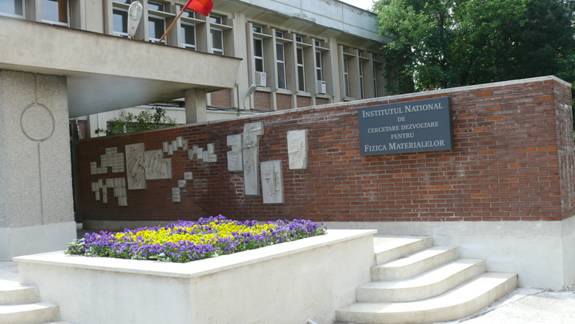

The Institute of Physics of the Romanian Academy was established in 1949. Its founding father, Horia Hulubei (PhD in Paris under Nobel Prize winners Pierre and Marie Curie) is a world famous scientist for his outstanding results in various areas of physics, including RAMAN, X rays, Compton, atomic and nuclear physics. In 1956, the Institute of Physics, of the Romanian Academy, splits according to a political decision into an Institute of Atomic Physics (IFA), located at Magurele and the Bucharest Institute of Physics (IFB), based initially at the Faculty of Physics in the old edifice of the Bucharest University, and later in a building at 114 Calea Victoriei Street.
The head of this Institute, Acad. Prof. E. Badarau, former Professor at Sankt Petersburg and Cernautzi Universities, was a promoter of Romanian school of physics, being actively implied in the electrical discharges in gases and plasma studies. In 1969 the Bucharest Institute of Physics has moved in a new and well equipped building in Bd. Pacii 222.
The Institute moved again in 1974, at the present location in Magurele, Atomistilor 405A. The Institute of Physics and Technology of Materials came into being in 1977 by the union of some laboratories belonging to the Bucharest Institute of Physics and the Institute of Atomic Physics (IFA-Bucharest). The actual name (National Institute of Materials Physics-NIMP) was given in 1996 after a national accreditation procedure (re-accreditation in 2008 and 2016). Among important personalities which have been active in the Institute during the last fifty years we must mention: Acad. Eugen Badarau, Acad. Radu Grigorovici, Acad. Ioan Iovitz Popescu, Acad. Margareta Giurgea, Acad. Rodica Manaila, Acad. Vladimir Topa and others.
A succession of directors, including Viorel Visarion, Pompiliu Nicolau, Andrei Mezincescu, Alexandru Glodeanu, Danila Barb, Mircea Morariu, Alexandru Aldea, Stefan Frunza, and Lucian Pintilie headed the Institute in the years from 1990 to 2013. Ionut Enculescu took over as general director of NIMP in February 2013.
NIMP developed during the years as one of the elite research institutions in Romania. Over 35 million of euro were invested in a new laboratory building, equipped with state-of-the-art equipment, and in rehabilitation of the Otetelesanu mansion, the headquarter of the first Institute of Physics of the Romanian Academy.
NIMP is among the founders of the Central European Research Infrastructure (C-ERIC, https://www.ceric-eric.eu/), it is associated member of the French Speaking Universities (AUF, https://www.auf.org/), and has under its umbrella a category 2 UNESCO center („Centre International de Formation et de Recherche Avancées en Physique”, http://cifra.infim.ro/).
Organizing committee
Chairs:
Dr. Mihaela Florea
Dr. Lucian Pintilie
Dr. Cristian Mihail Teodorescu
Scientific committee:
Dr. Ionuț Enculescu
Dr. Florentina Neațu
Dr. Ștefan Neațu
Dr. Anca Mirea
Drd. Maria-Iuliana Chirică
Workshop secretary:
Cristina Militaru
Technical Support:
Ciprian Sulu
Cosmin Stoian
Victor Gergely
Photos
